History of Paris
Origins and Ancient Beginnings
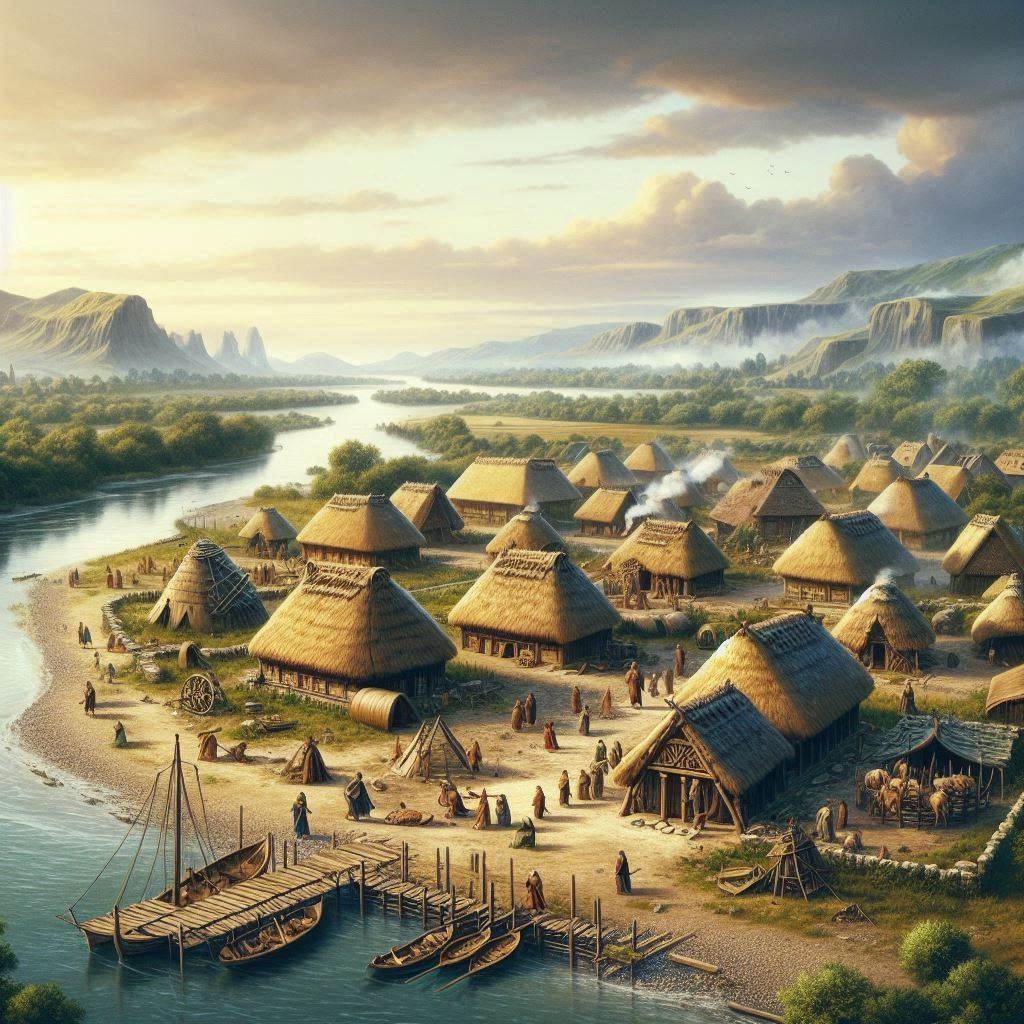
- The area now known as Paris has been inhabited since at least 8000BC.
- Around the 3rd century BC, the Celtic Parisii tribe settled on the banks of the Seine, establishing a fortified village and trading post on what is now the Île de la Cité123.
- In 52BC, the Romans—led by Julius Caesar—conquered the settlement, naming it Lutetia. Under Roman rule, the city expanded with forums, baths, and an amphitheatre, becoming a prosperous Gallo-Roman town14.
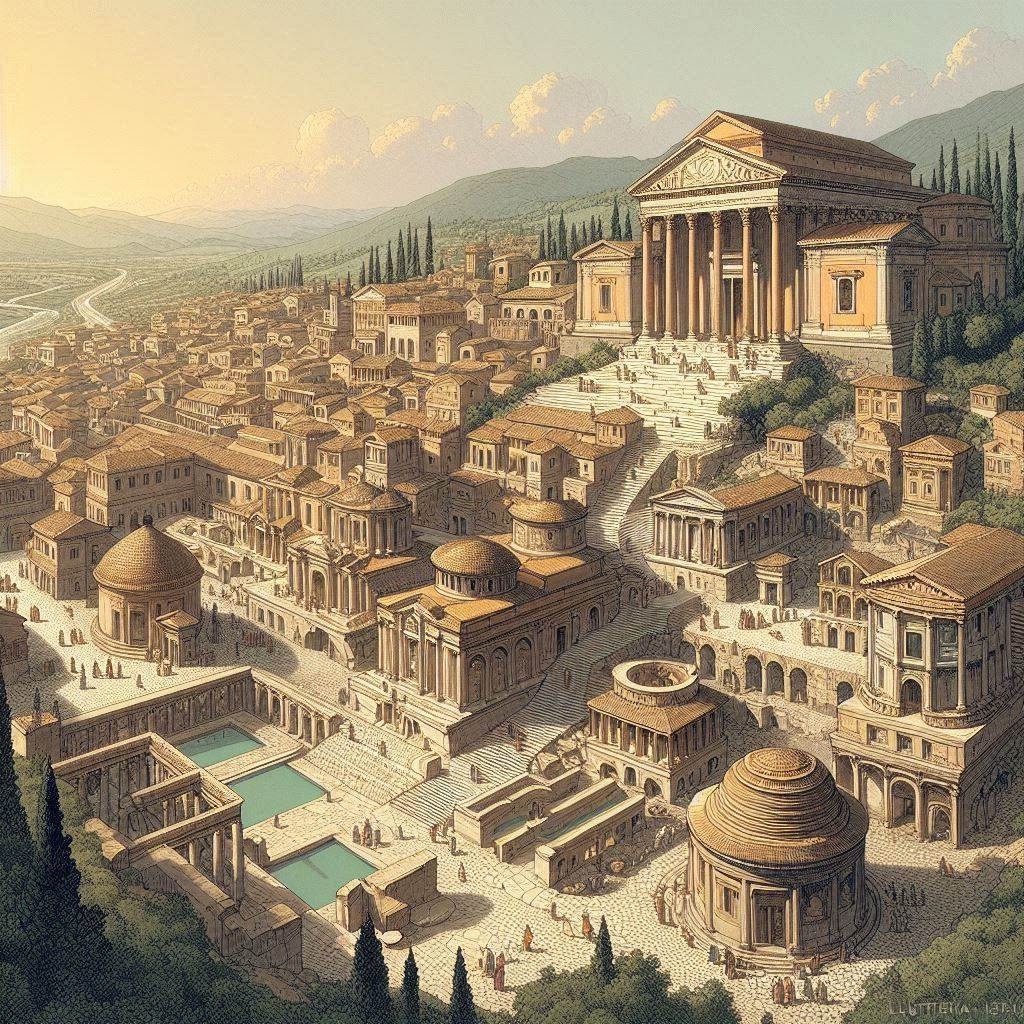
The Early Middle Ages
- In the 3rd century AD, the city converted to Christianity, with legends of Saint Denis, the first bishop, who was martyred at Montmartre.
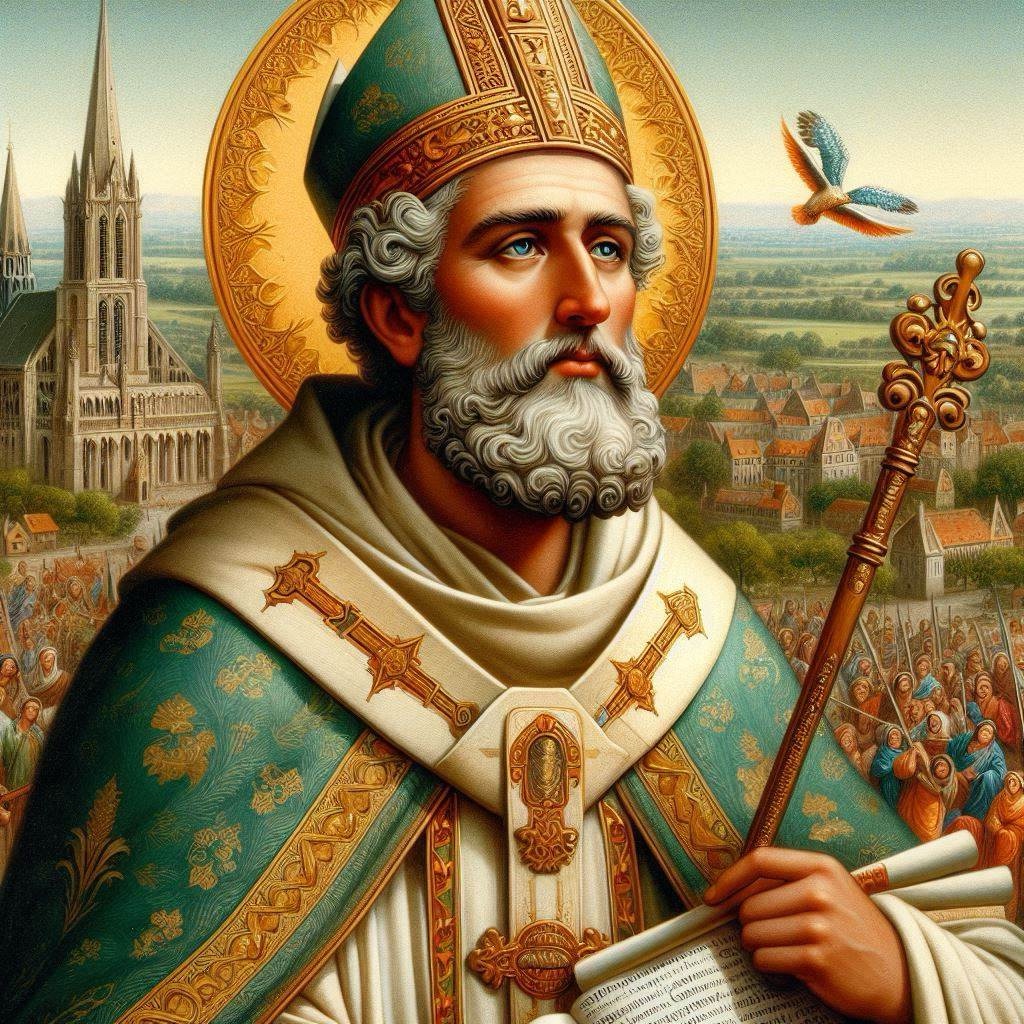
- After the fall of the Roman Empire, Clovis I, King of the Franks, made Paris his capital in 508, laying foundations for future French royal power124.
Paris withstood multiple Viking sieges in the 9th century, confirming its strategic and political importance to the region45.
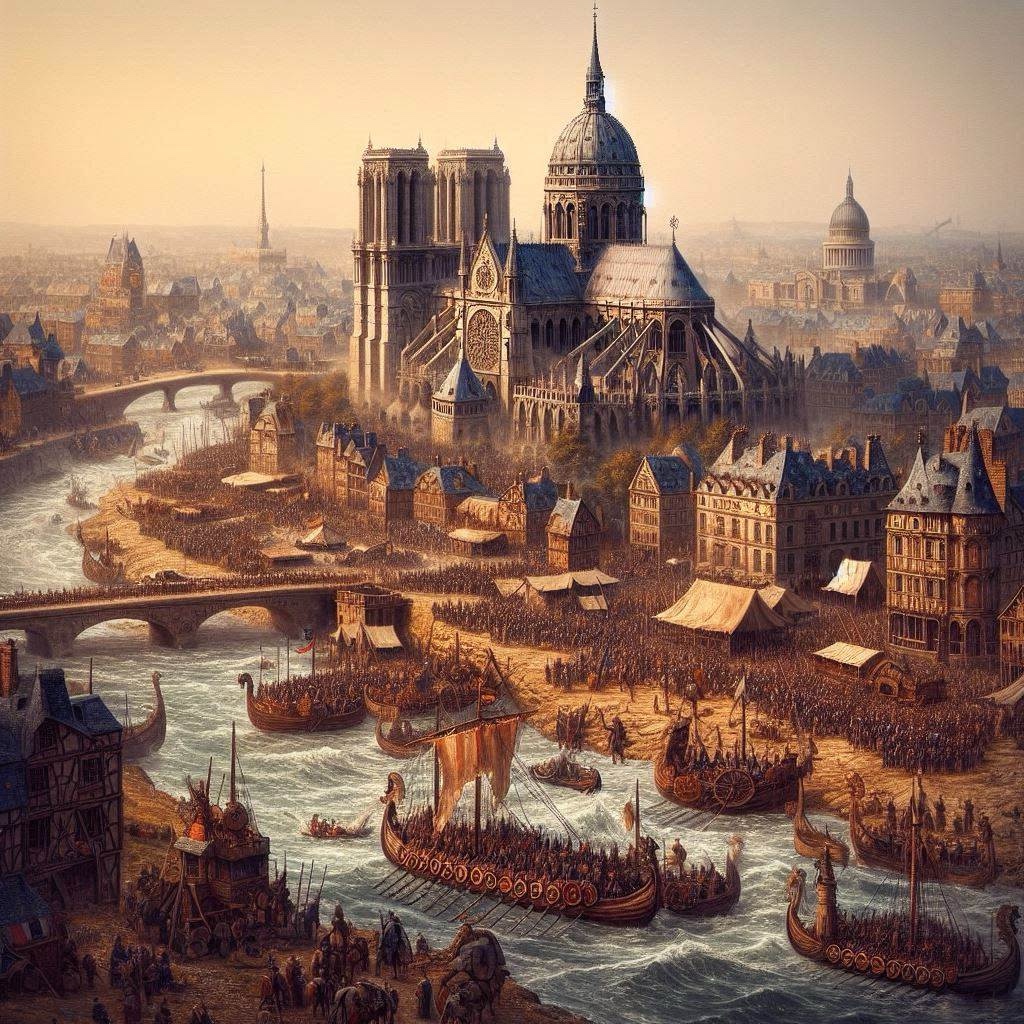
The Capetians and Medieval Growth
- In 987, Paris became the capital of France under Hugh Capet, ushering in the Capetian dynasty.
- During the Middle Ages, Paris blossomed as Europe’s largest city, a religious, commercial, and intellectual center. The University of Paris, founded in the 12th century, was among the first and most influential in Europe16.
- Major construction projects included Notre-Dame Cathedral (begun in 1163) and the expansion of city walls, fortresses, and marketplaces such as Les Halles64.
Renaissance to Revolution
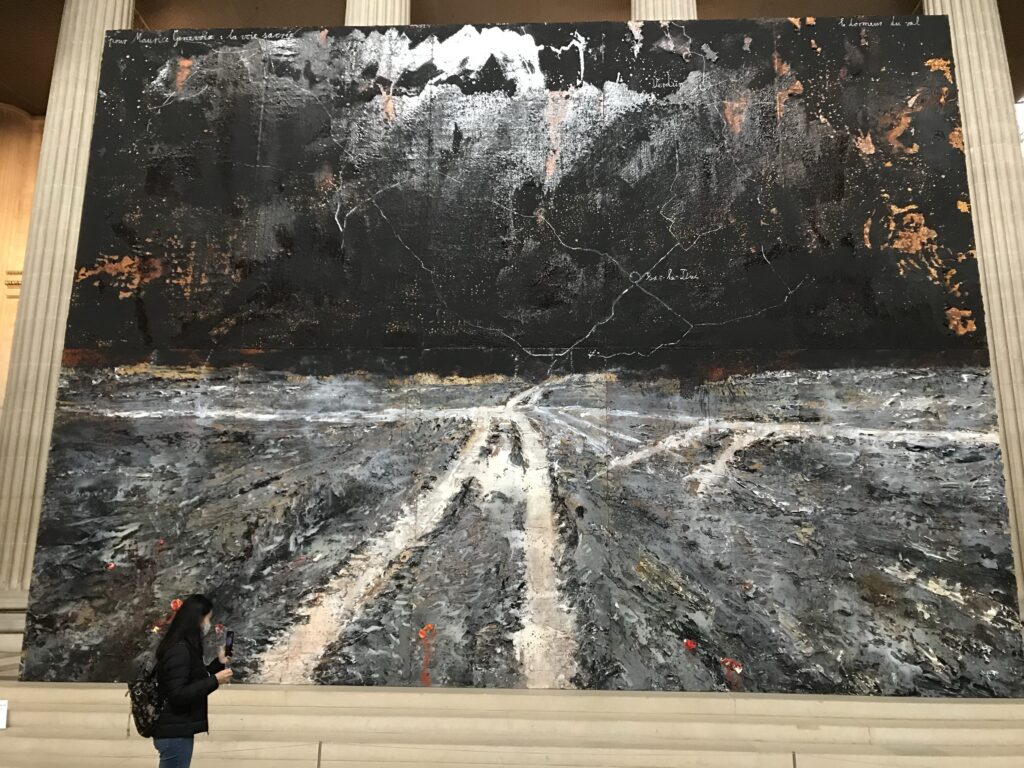
- The city endured turmoil during the Bubonic Plague, the Hundred Years’ War, and the French Wars of Religion, suffering occupation by Burgundian and English forces in the 15th century13.
- By the 16th century, Paris was renowned for book publishing and culture but experienced civil strife between Catholics and Protestants.
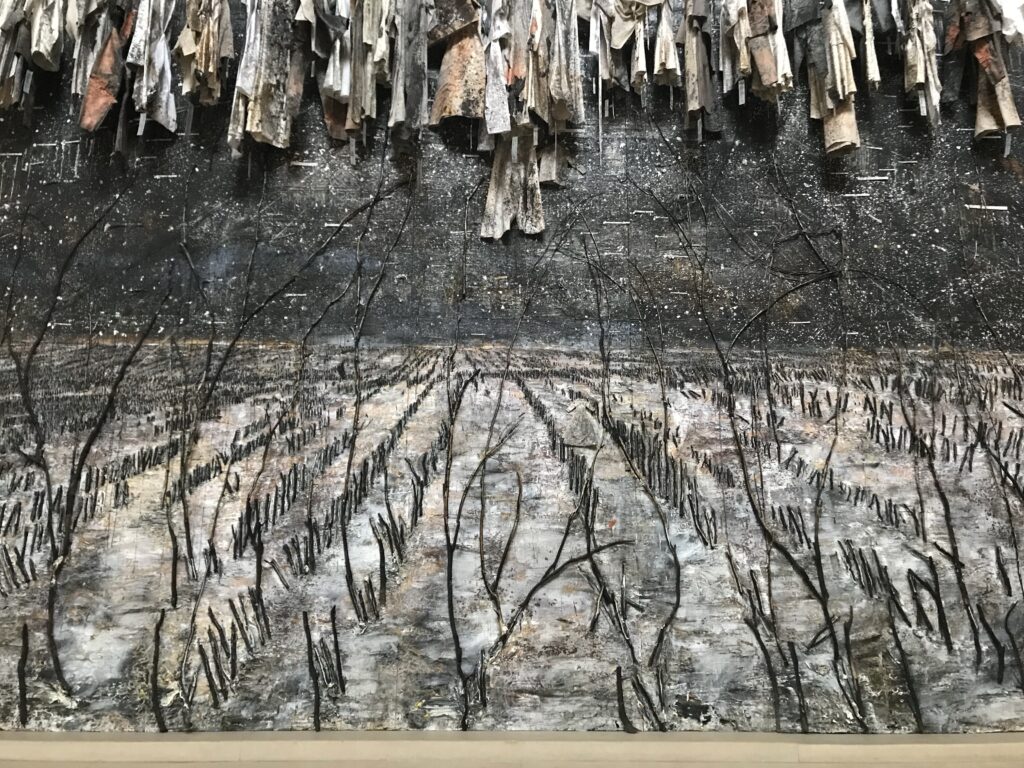
Paris as Enlightenment and Revolutionary Center
- The 18th century made Paris the epicenter of the Enlightenment, with philosophers, salons, and new ideas that shaped European thought.
- The French Revolution ignited in Paris in 1789 with the storming of the Bastille. The city witnessed radical social and political changes, leading to the rise and fall of successive governments and the ascent of Napoleon Bonaparte164.

19th Century: Modernization and Expansion
- Napoleon embellished Paris with grand monuments like the Arc de Triomphe.
- Haussmann’s extensive renovations between 1852 and 1870 transformed Paris: wide boulevards, parks (such as Bois de Boulogne), and modern infrastructure replaced the medieval city center.
- Paris hosted world expositions and became the heart of fashion and the arts. The Eiffel Tower, constructed for the 1889 World’s Fair, became the city’s enduring symbol16.
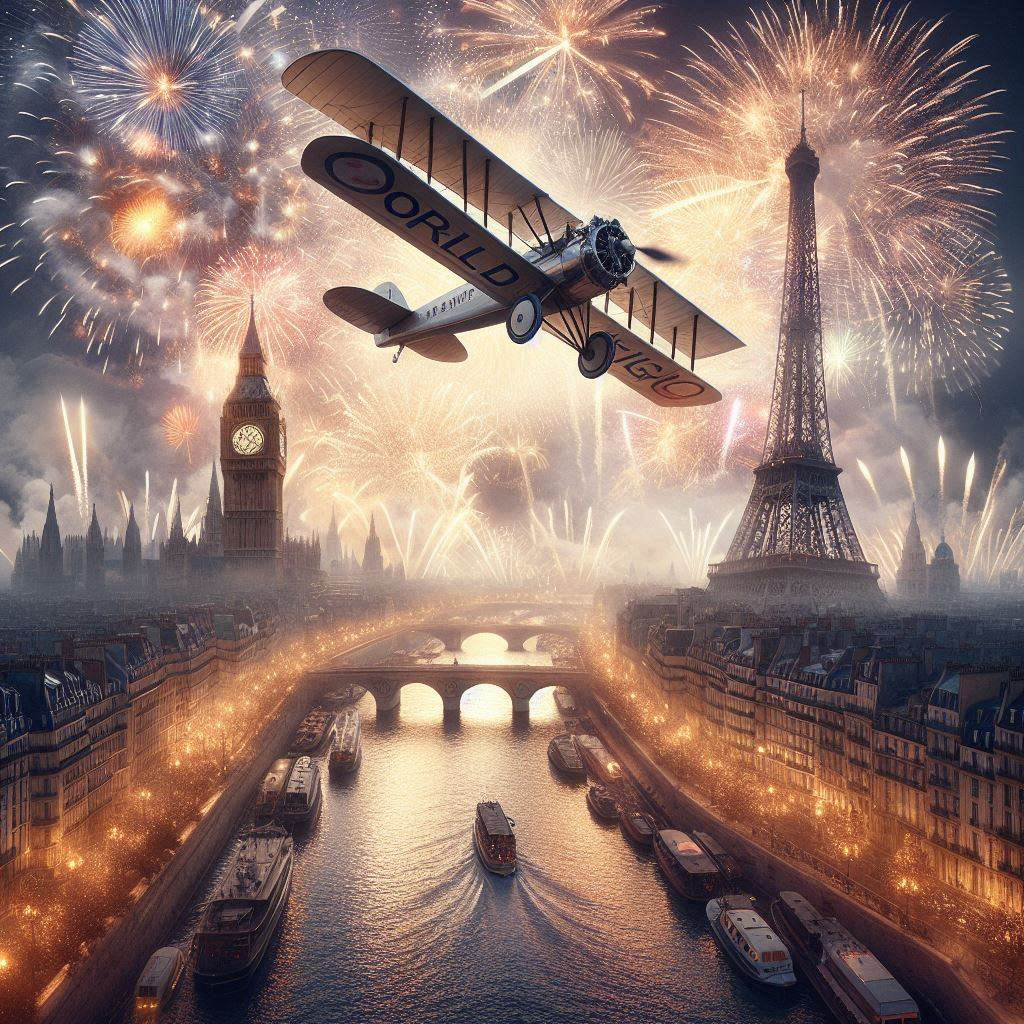
20th Century to Present
- Paris experienced relatively little destruction in the World Wars, though it endured occupation during WWII and dramatic liberation in 19446.
- The 1924 World Flight stoped in Paris, arriving on July 14, 1924, which coincided with Bastille Day. This timing allowed the aviators to participate in the celebrations, and they received a warm welcome from French citizens and dignitaries. See Seattle World Flight Day.
- The city continued to thrive as a cultural, diplomatic, and economic center, hosting major events like the 1968 student protests and the 2024 Summer Olympics.
- Today, Paris is recognized worldwide as a capital of art, fashion, cuisine, and heritage, boasting a layered history visible in its streets, monuments, and neighborhoods4.
Paris’s evolution—from Celtic settlement, to Roman hub, medieval metropolis, Enlightenment beacon, and global icon—reflects the broader currents of European history and continues to shape its dynamic character today134.
Paris Boat Tour Landmarks
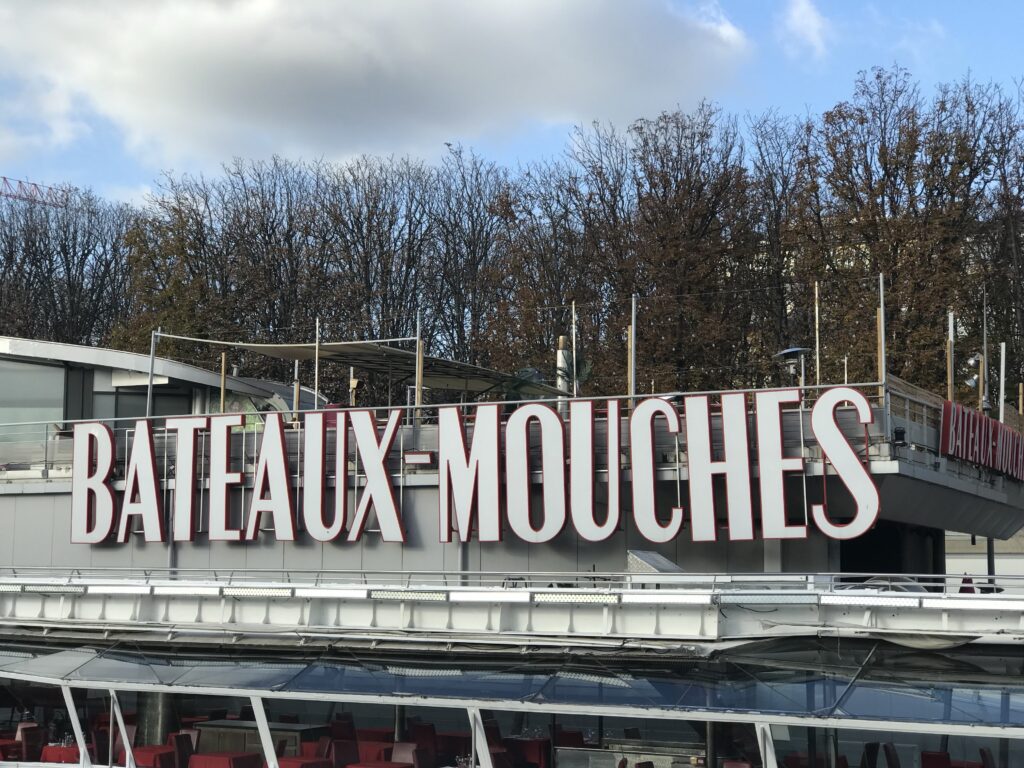
Key Paris Sites Seen on a Bateaux Mouches Boat Tour
Main Landmarks You See from the Boat
During a typical Bateaux Mouches tour on the Seine, you’ll witness many of Paris’s most famous monuments145:
- Eiffel Tower: The iconic iron structure dominating the Paris skyline, built in 1889 for the World’s Fair and now a symbol of the city.
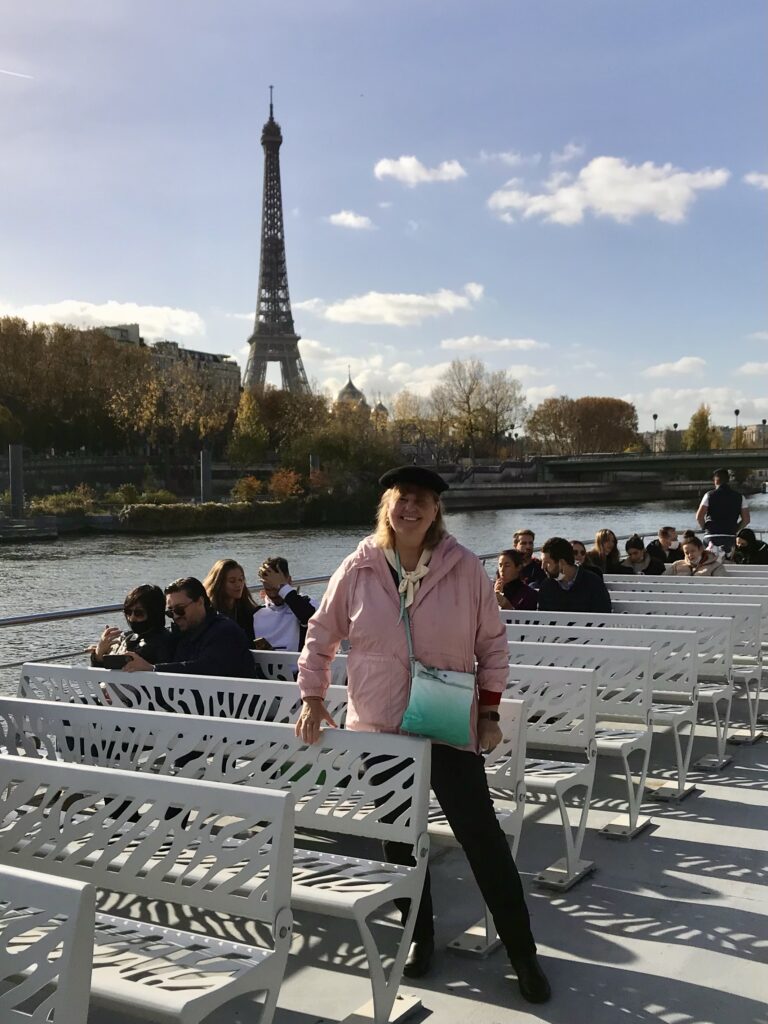
- Notre-Dame Cathedral: The renowned Gothic cathedral, recently damaged and under restoration, is visible from the river.
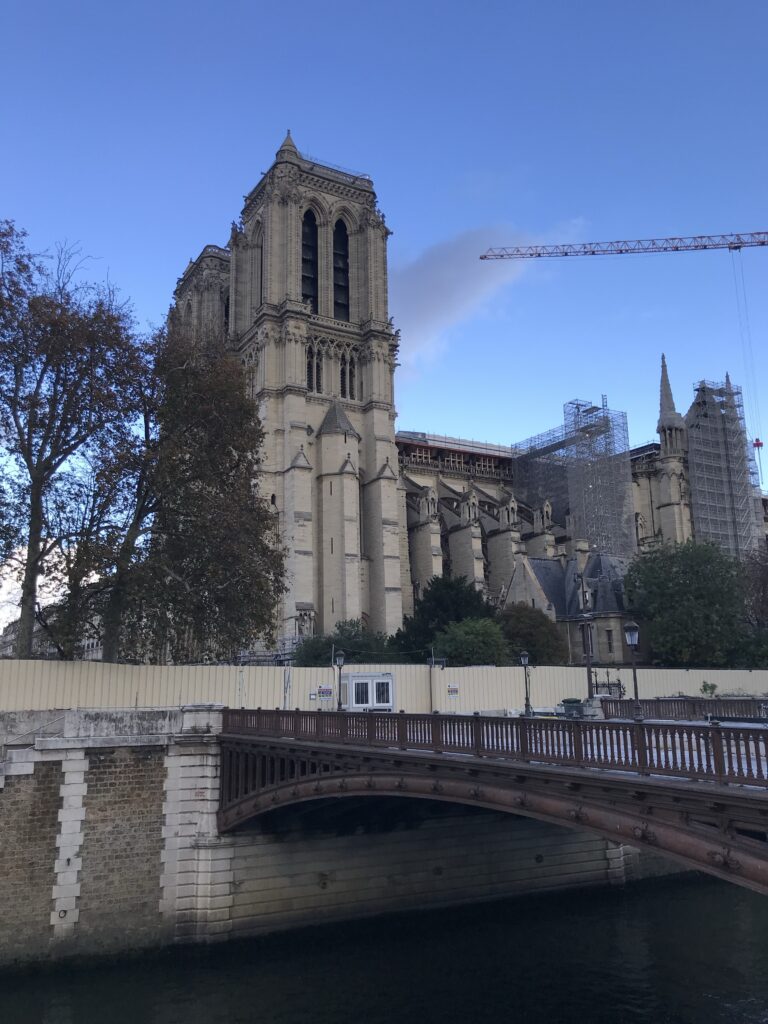
Louvre Museum: The world’s largest art museum, former royal palace, and home to masterpieces like the Mona Lisa.

Musée d’Orsay: A museum housed in a Beaux-Arts railway station, featuring a famous collection of Impressionist and post-Impressionist art.

Conciergerie: A former royal palace and prison, notably where Marie Antoinette was held during the Revolution.

Pont Alexandre III: The ornate bridge known for its golden statues and Art Nouveau lamps.
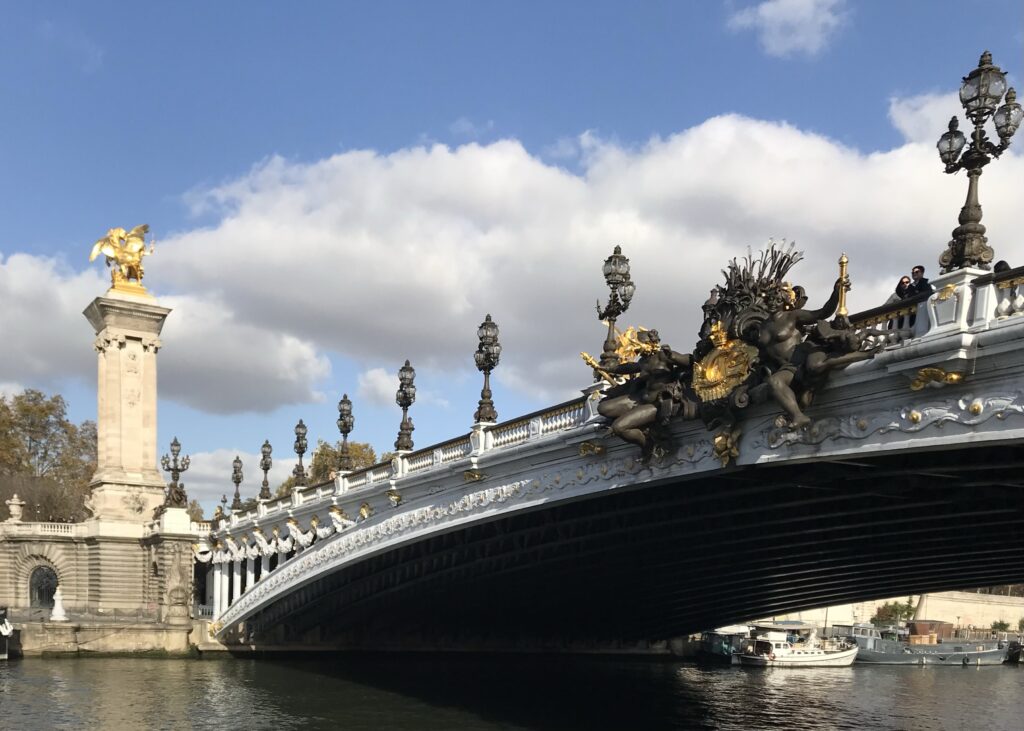
Pont Neuf: Paris’s oldest standing bridge, distinguished by its stone arches.
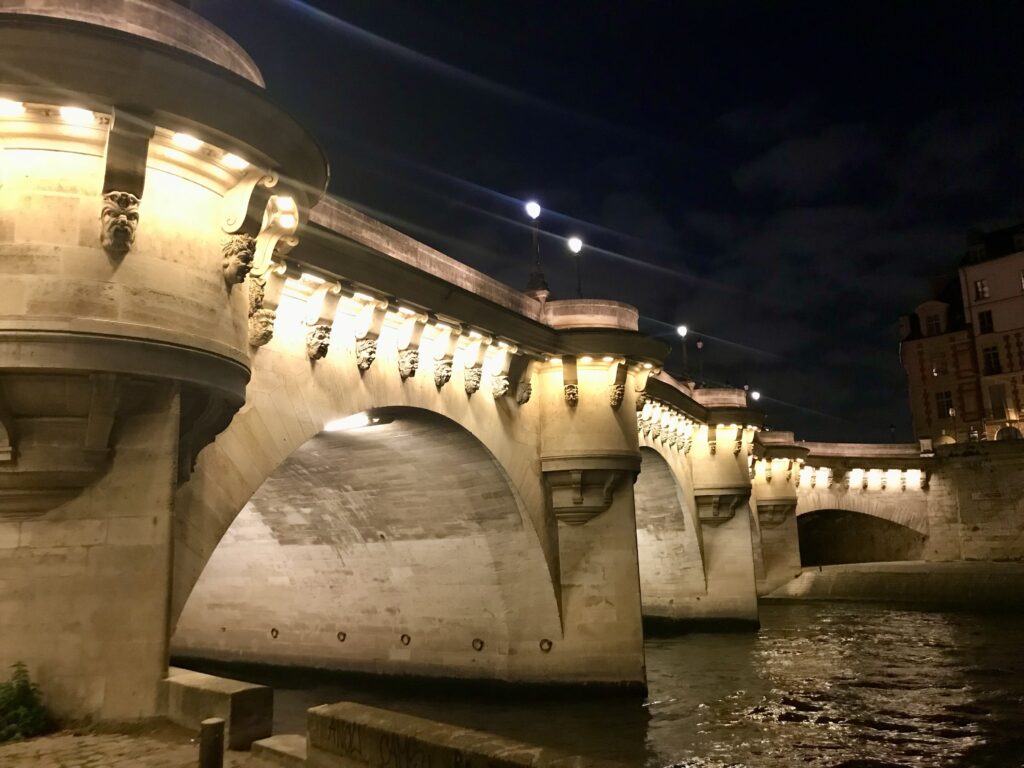
Les Invalides: Site of Napoleon’s tomb and a remarkable golden-domed building.

Grand Palais and Petit Palais: Architectural gems along the river, both built for the 1900 Exposition Universelle.

The cruise is a one-hour round trip, generally starting and ending near the Eiffel Tower and traveling eastward to near the Île Saint-Louis, turning back without leaving the central city stretch of the Seine154.
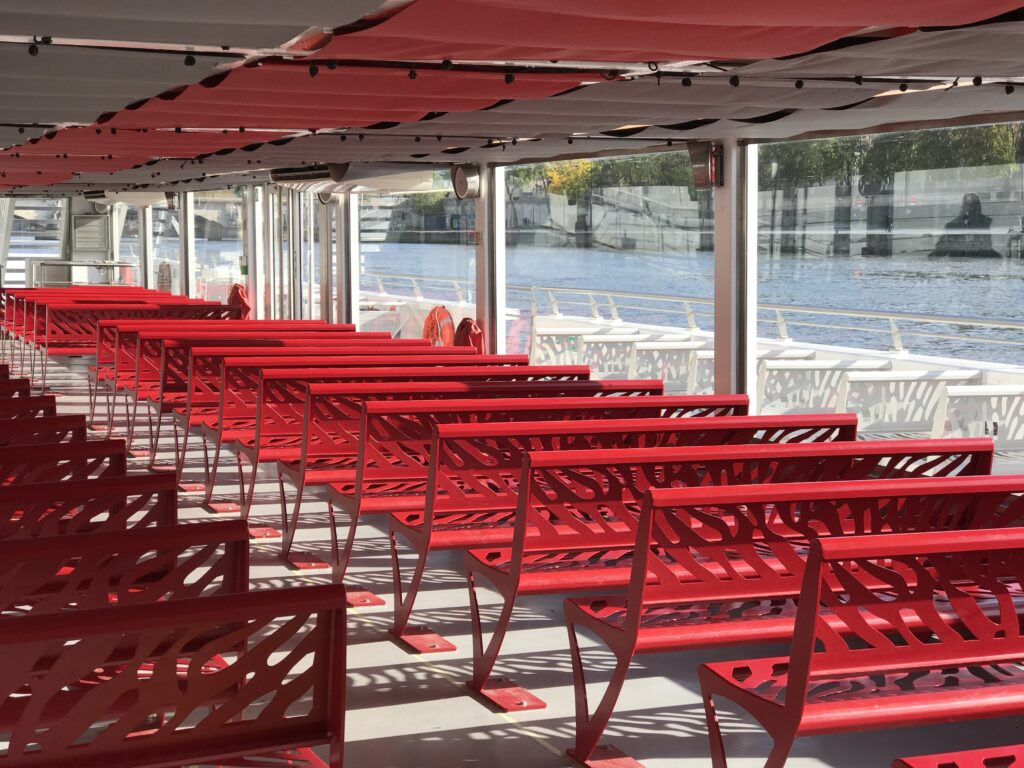
But you can’t see some venues from a boat tour such as but not limited to the following:
The Panthéon
A monumental neoclassical mausoleum in the Latin Quarter. Commissioned as a church to honor St. Geneviève, it became a secular resting place for notable French citizens.

Its monumental dome offers a panoramic view of Paris67.Many prominent French figures are buried here, and its architecture blends classical and Gothic elements.
The Bastille (Place de la Bastille)
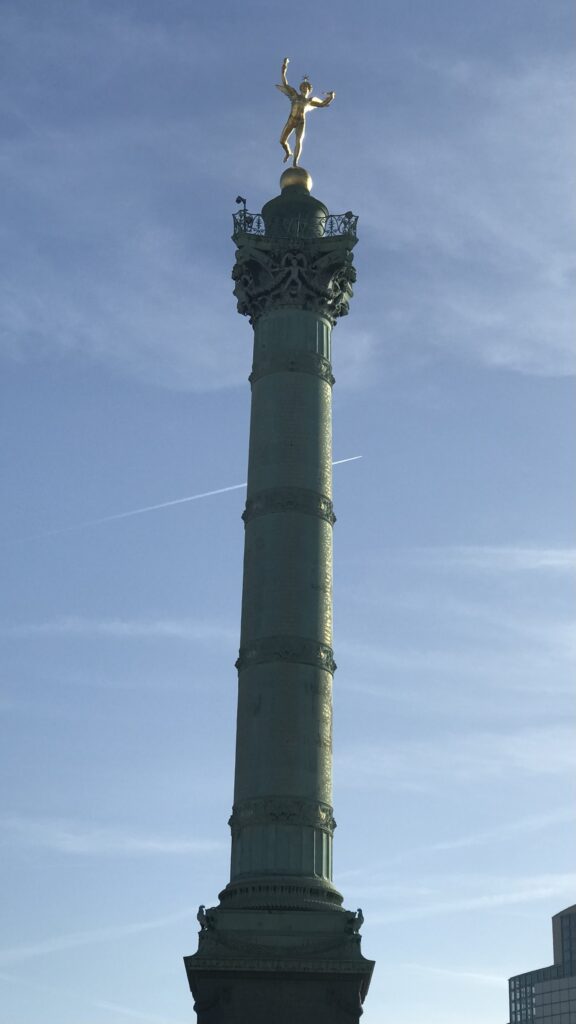
Originally a medieval fortress and prison, the Bastille’s storming on July 14, 1789, marked the French Revolution’s beginning. It remains one of the most potent symbols of liberty in France. The original structure no longer exists; the modern Place de la Bastille now marks its former location with the July Column commemorating the Revolution8910.
Cimetiere du Père-Lachaise
Paris’s largest and most famous cemetery, spanning 44 hectares, and noted for its peaceful greenery and illustrious residents, including Molière, Chopin, Oscar Wilde, and Jim Morrison. It is both a tranquil park and a testament to centuries of funerary art1112.
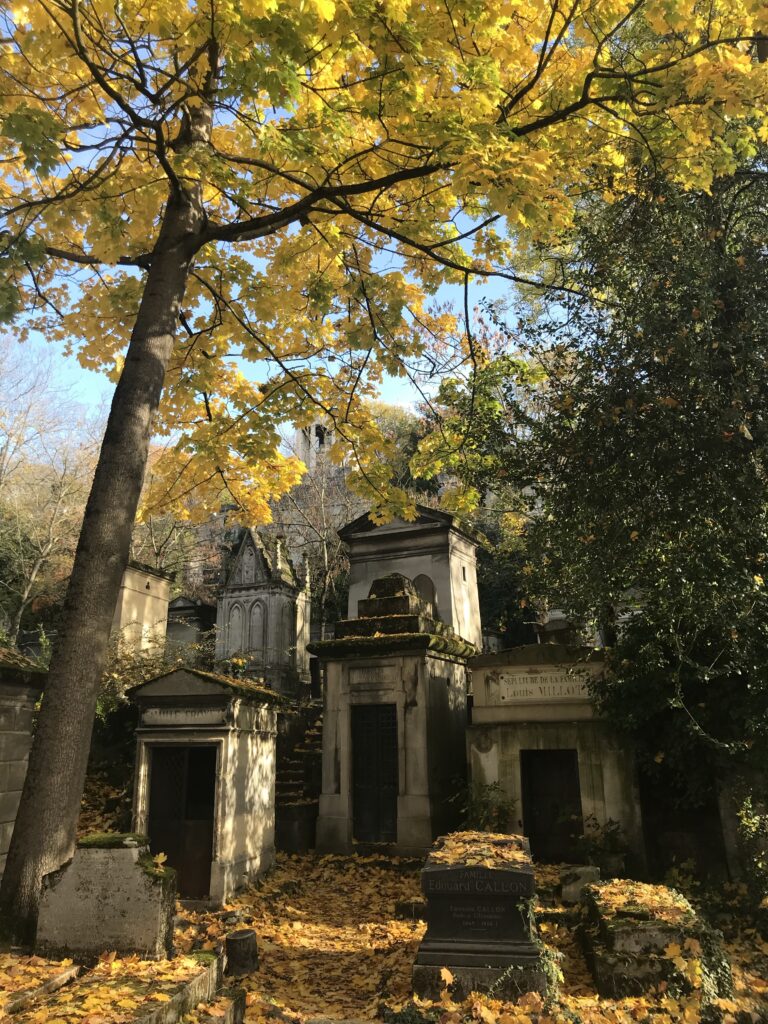
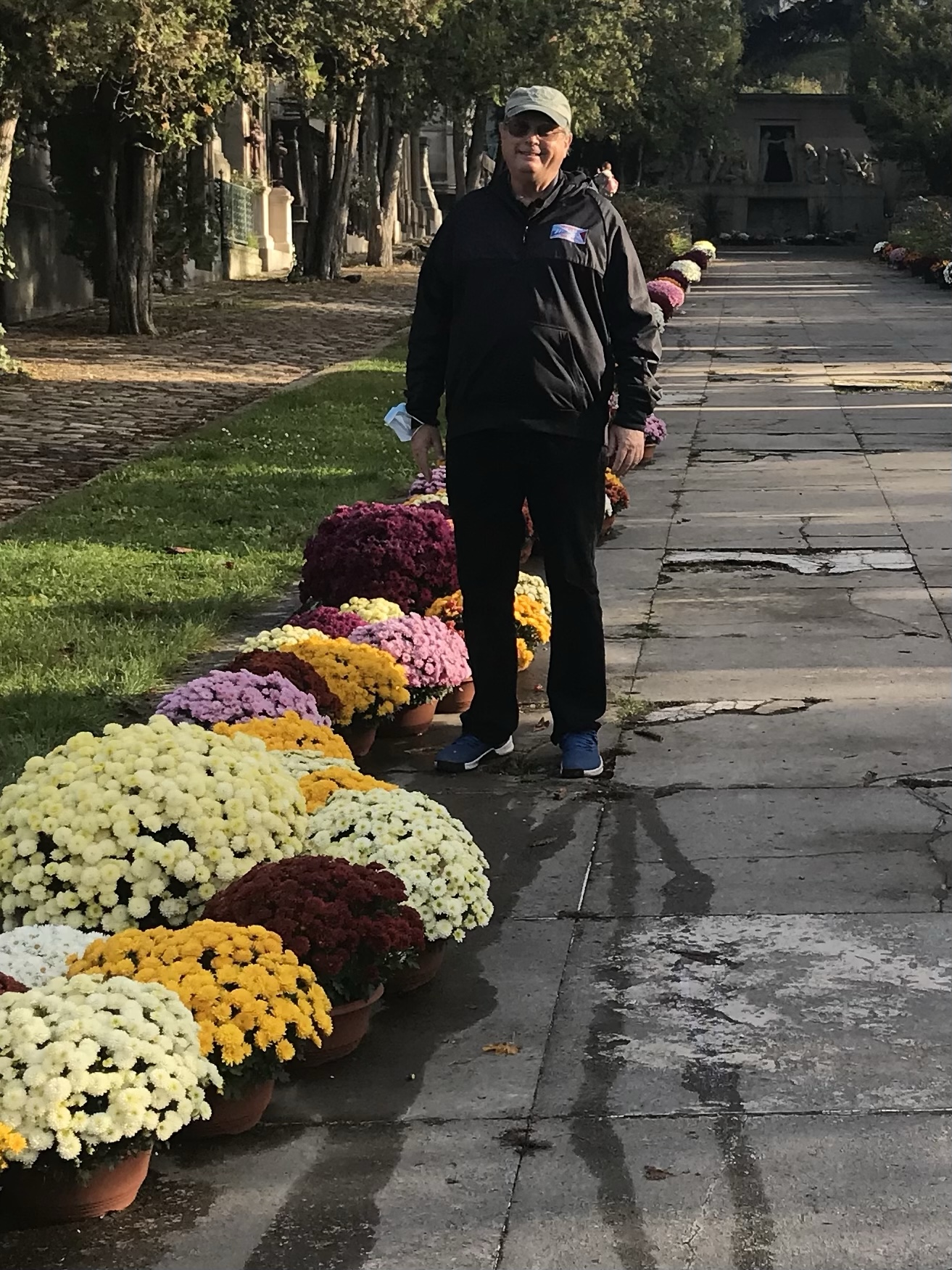
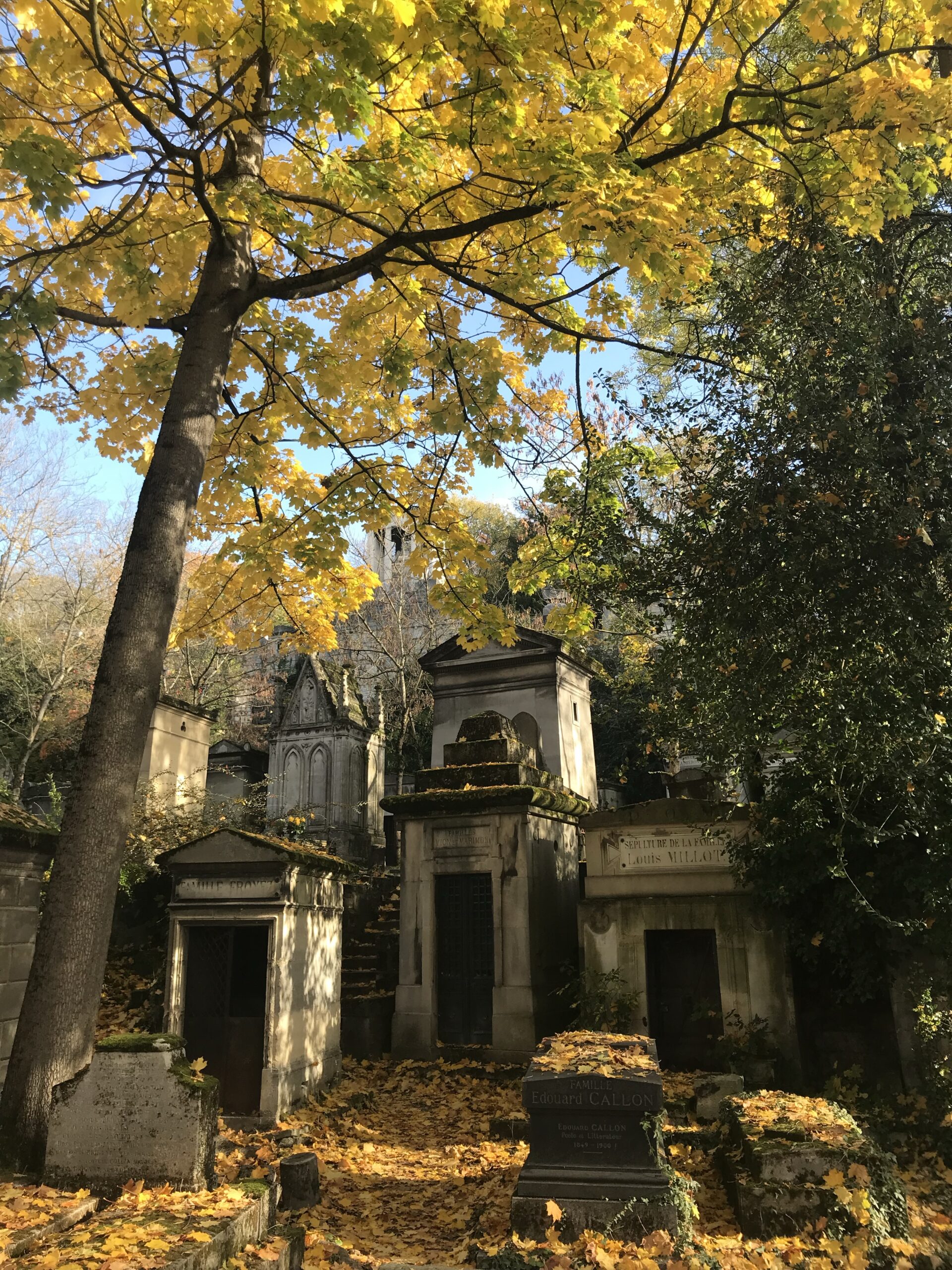
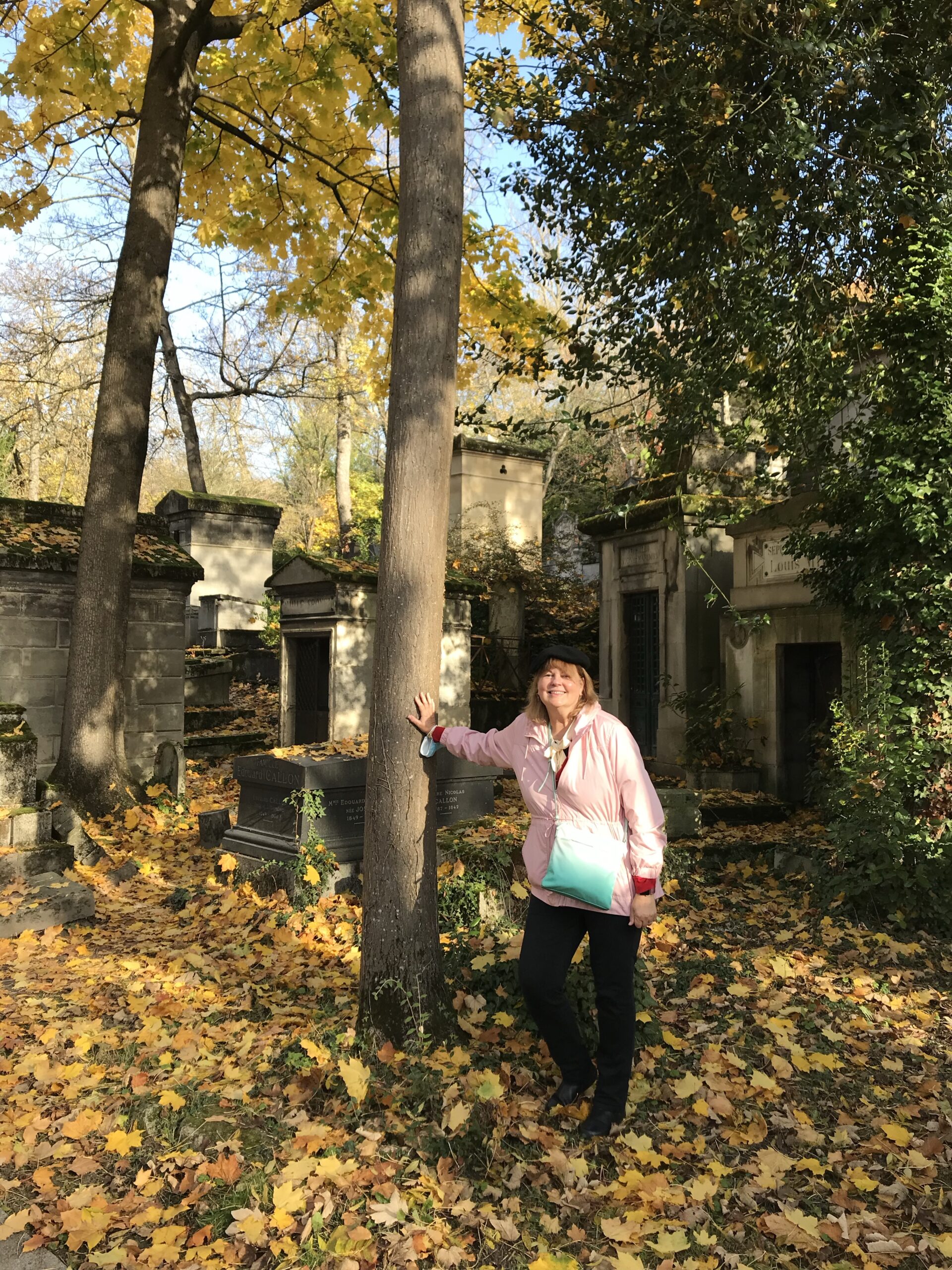
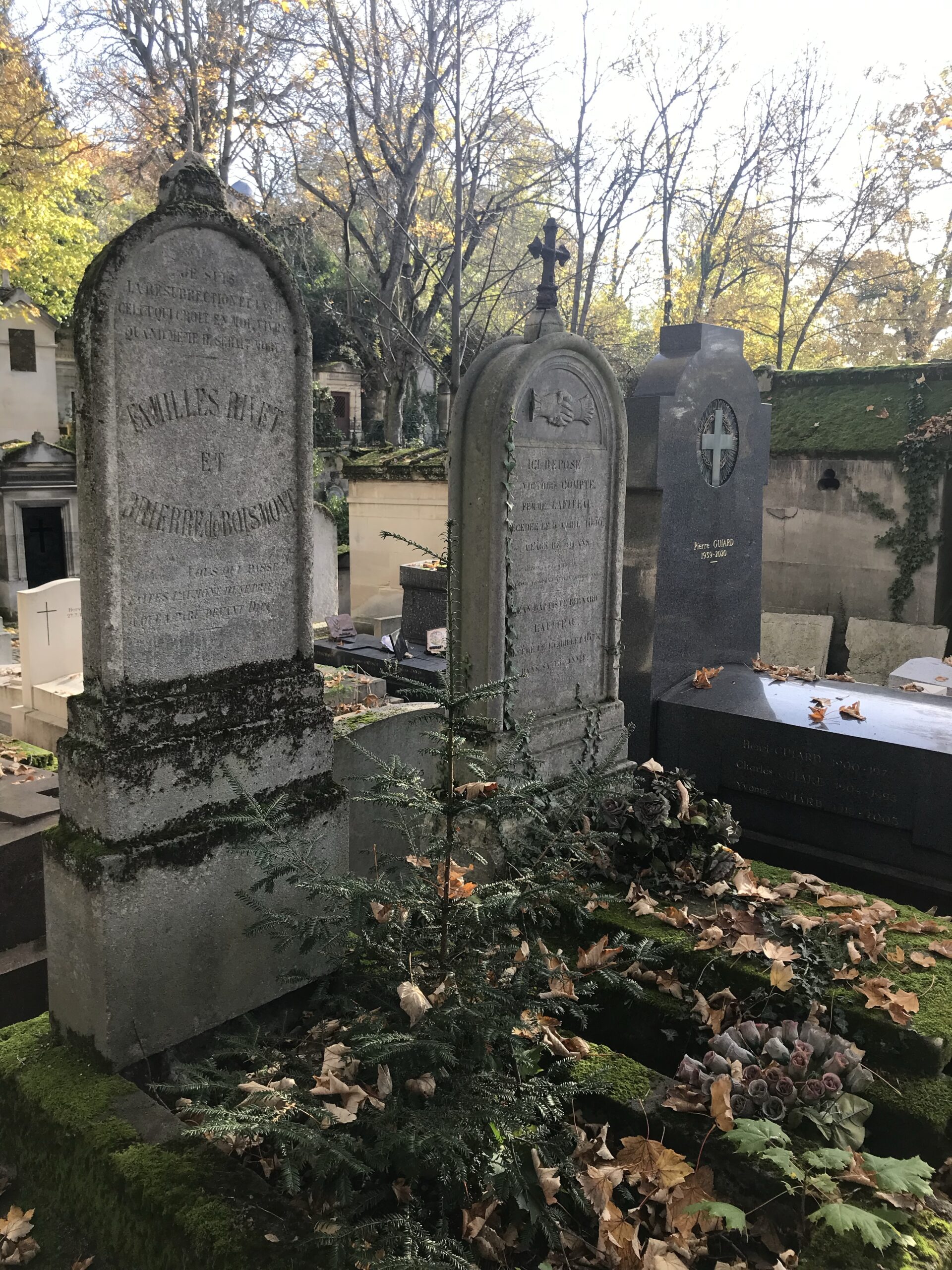
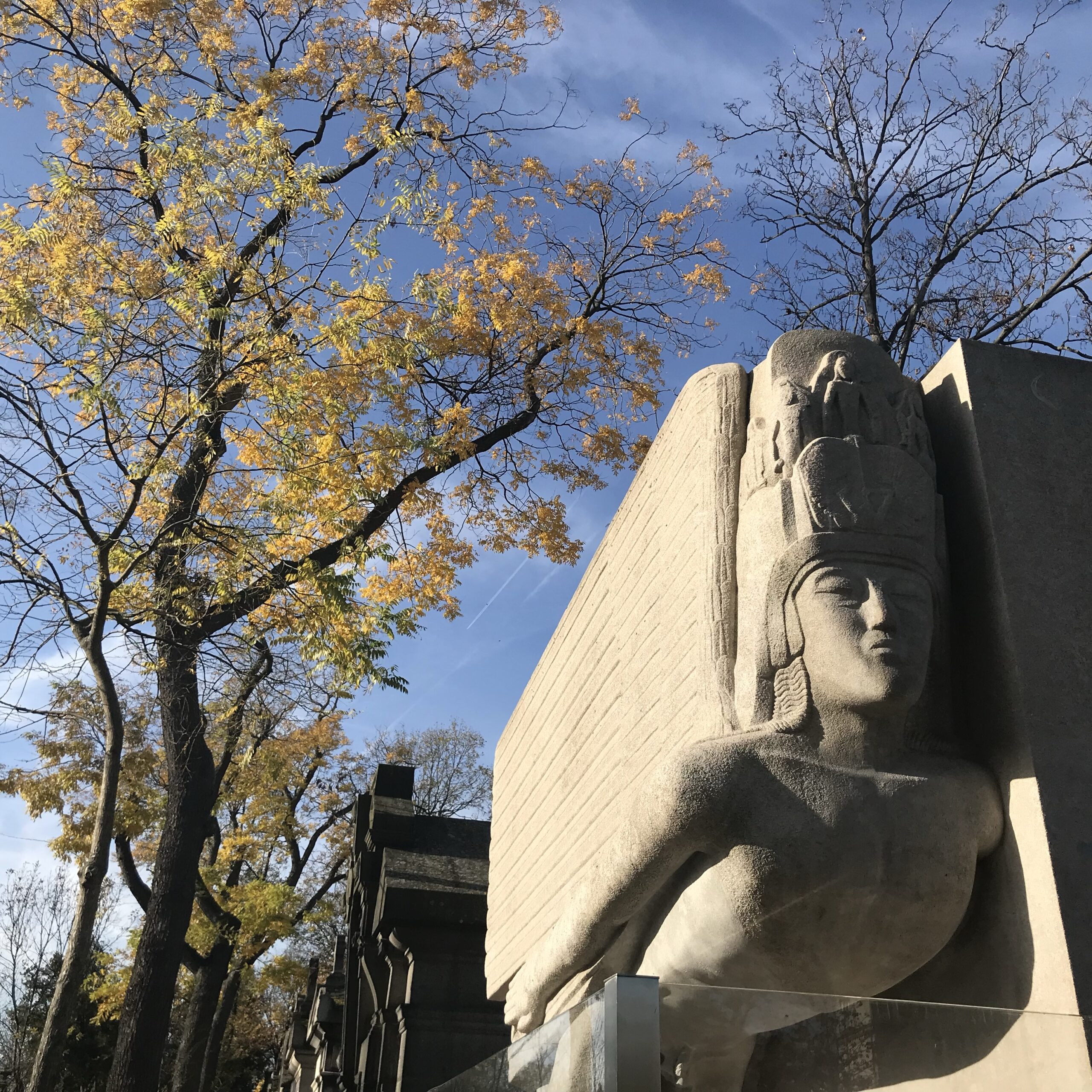
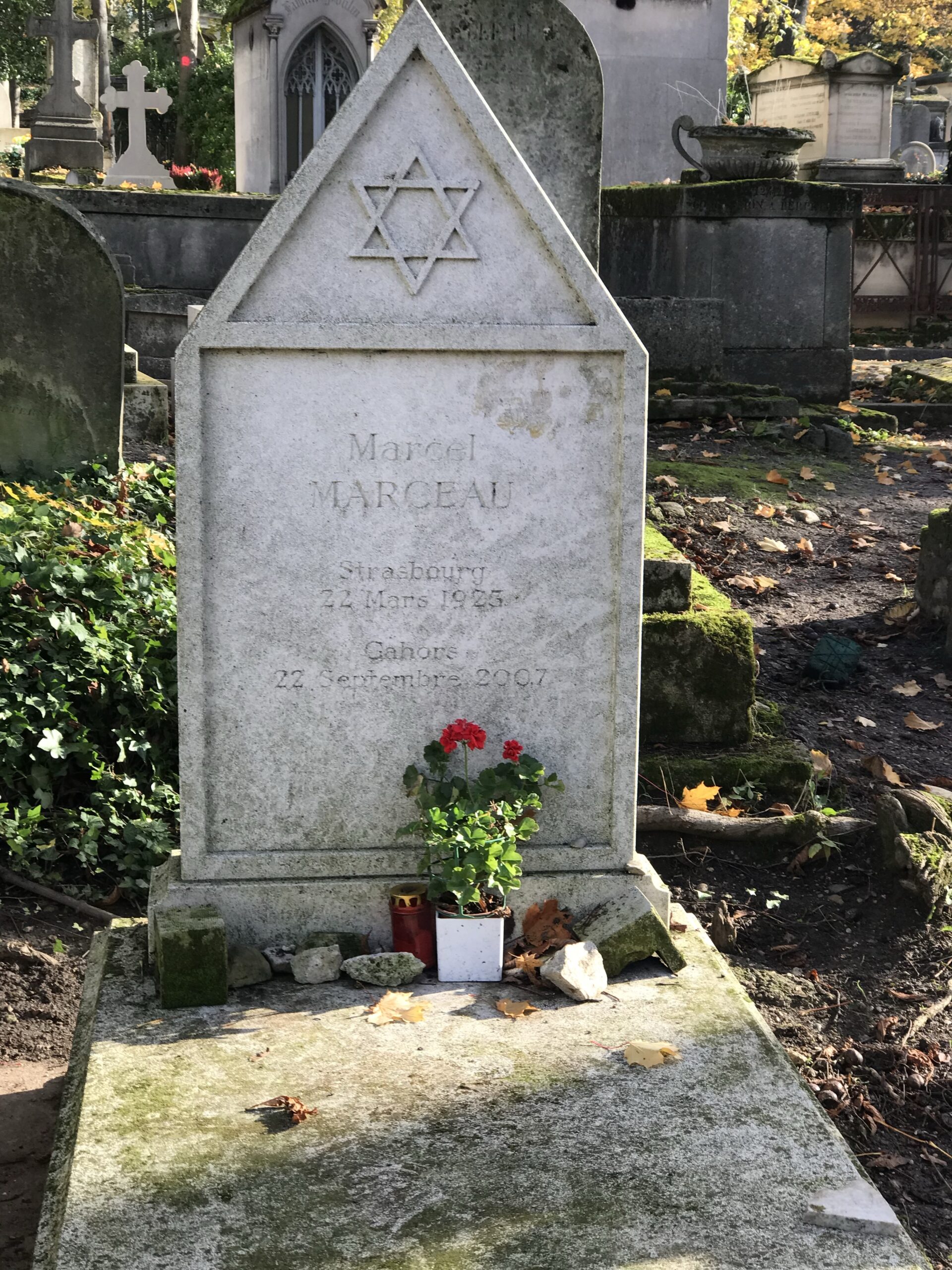

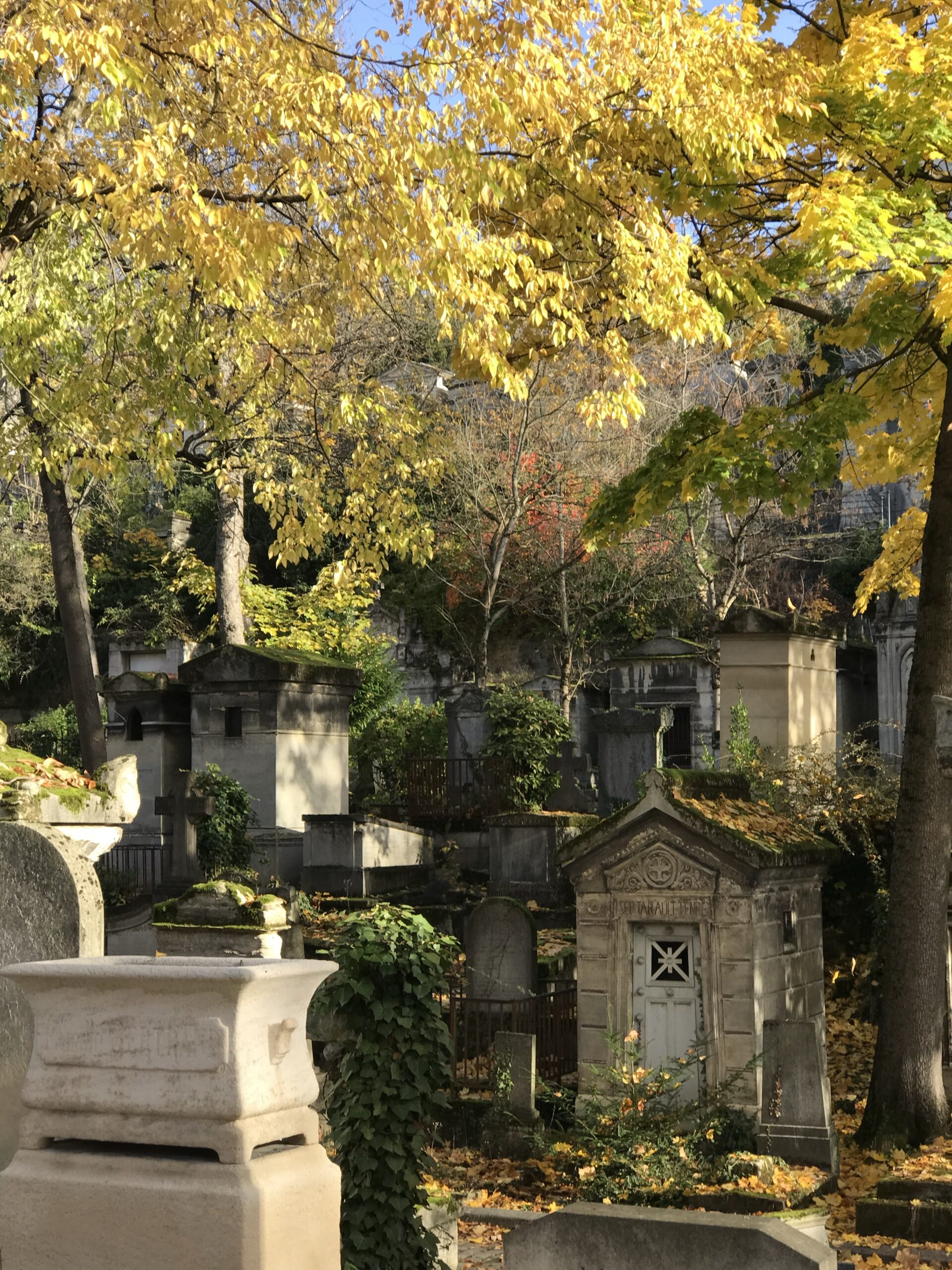
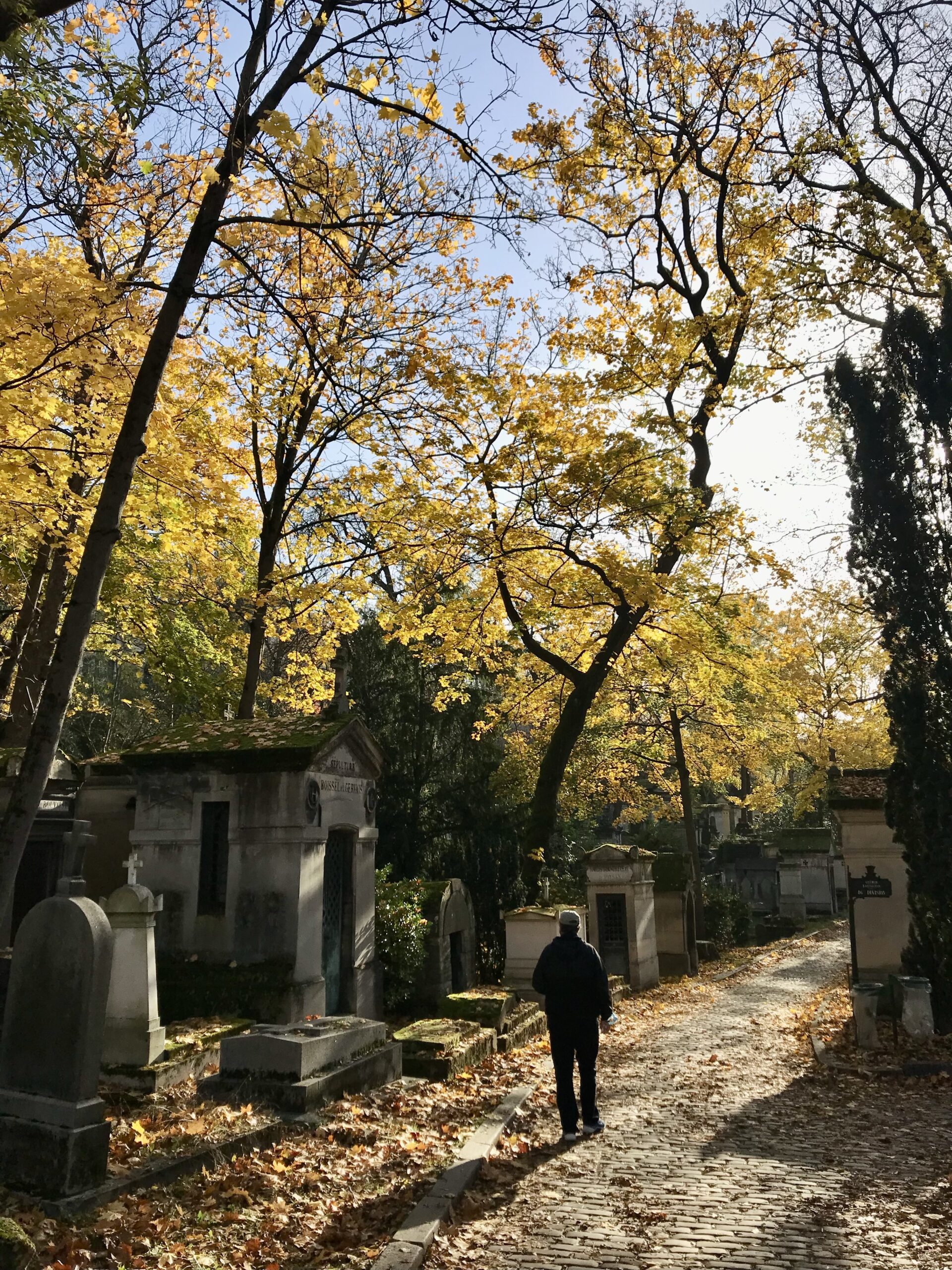
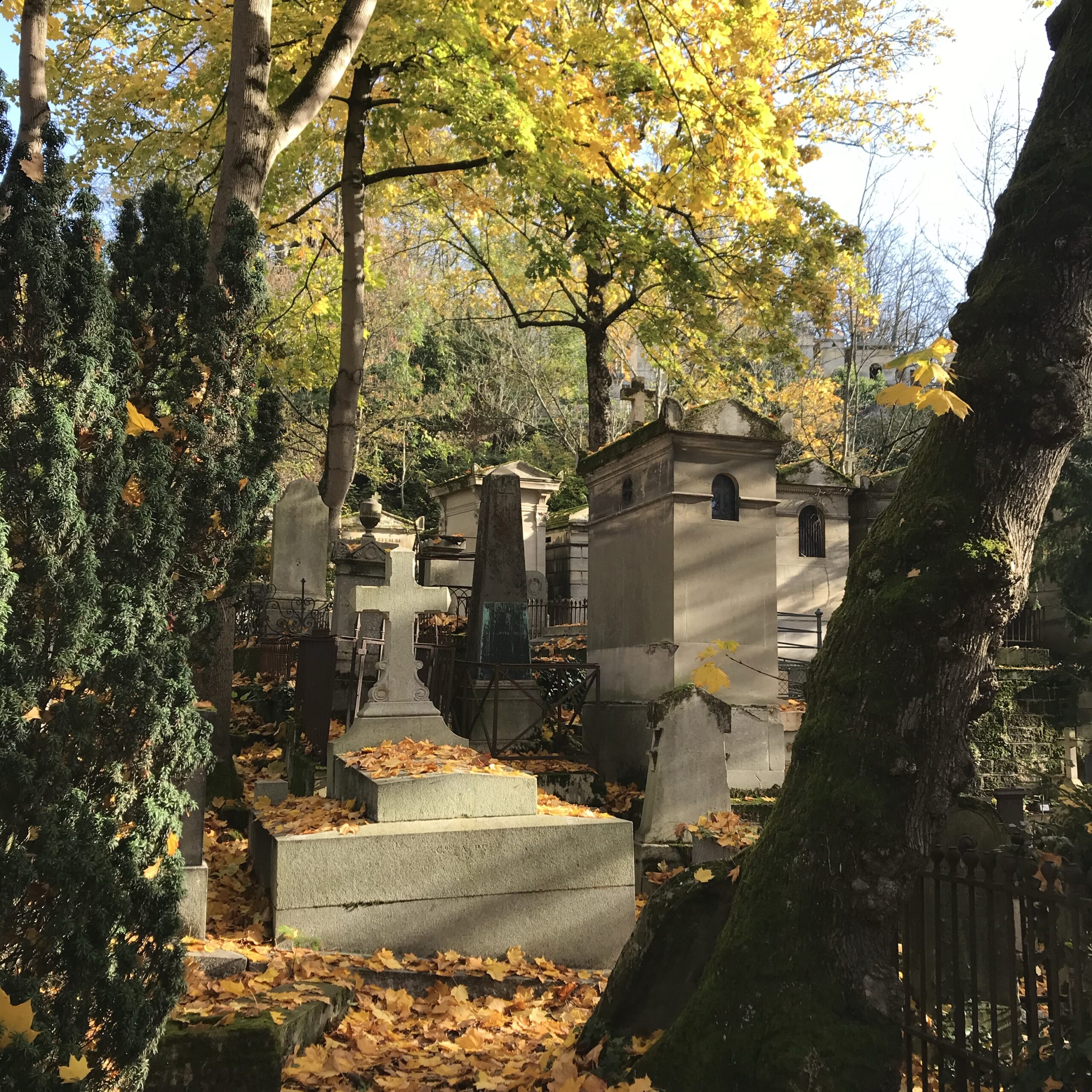
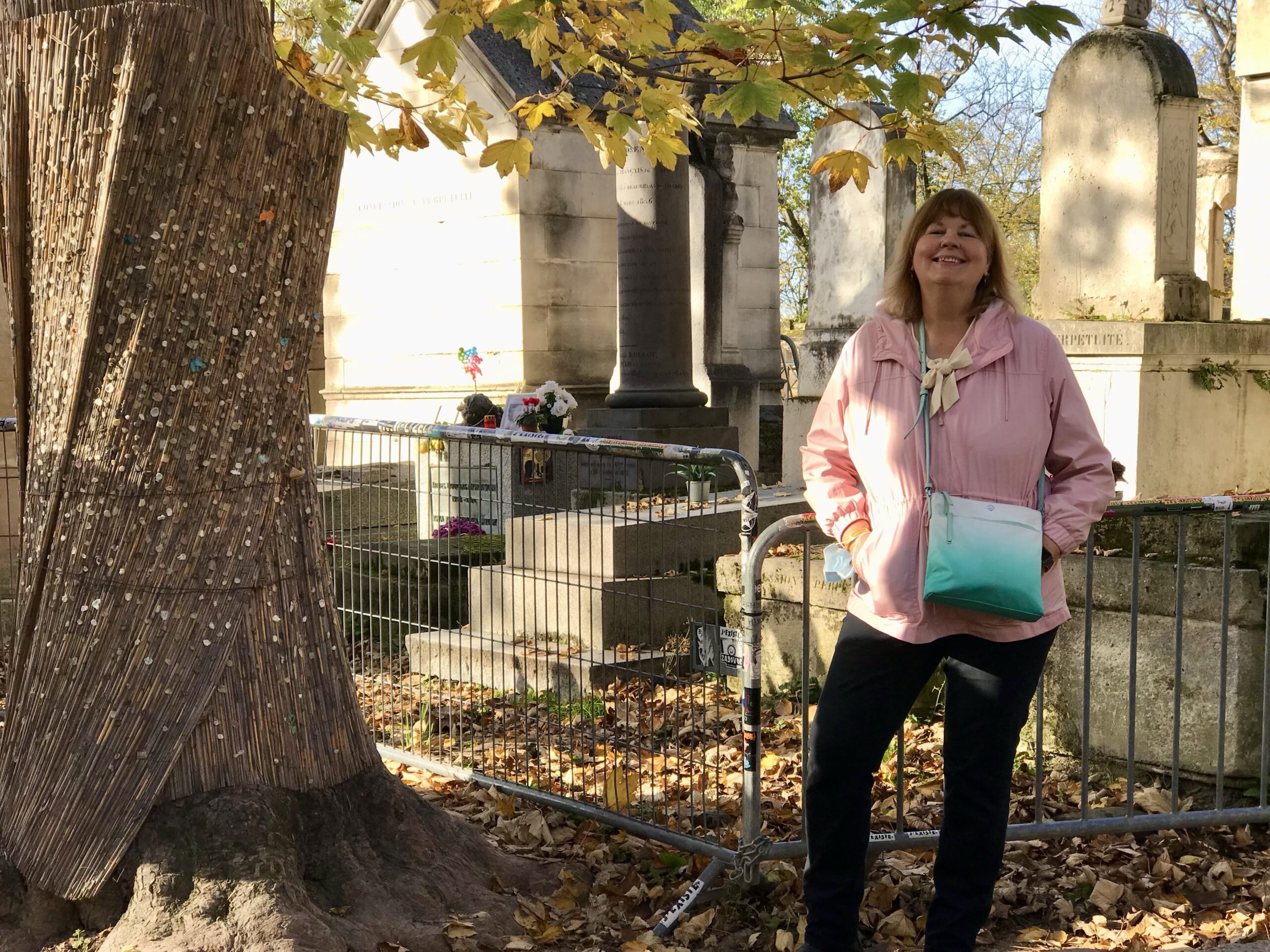
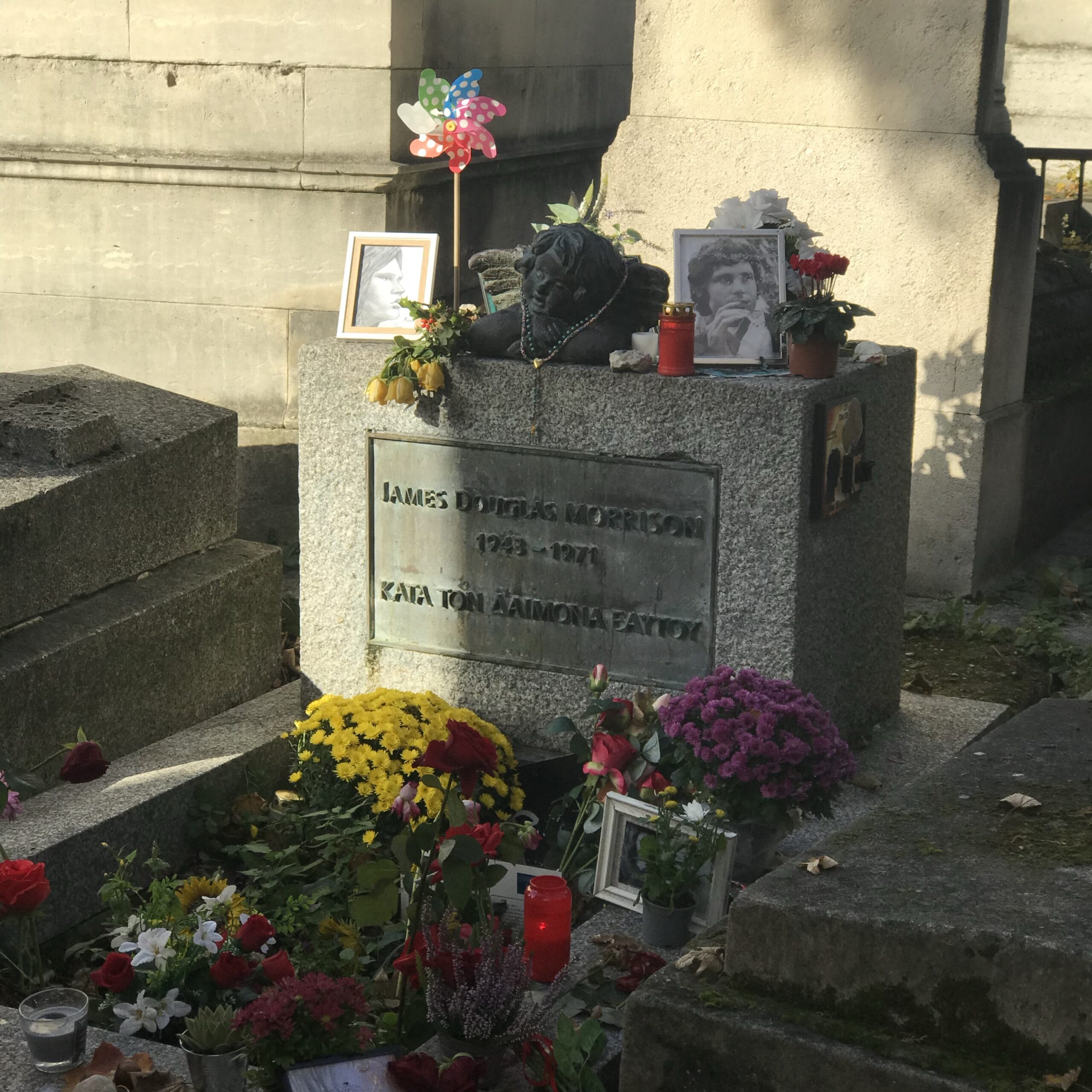
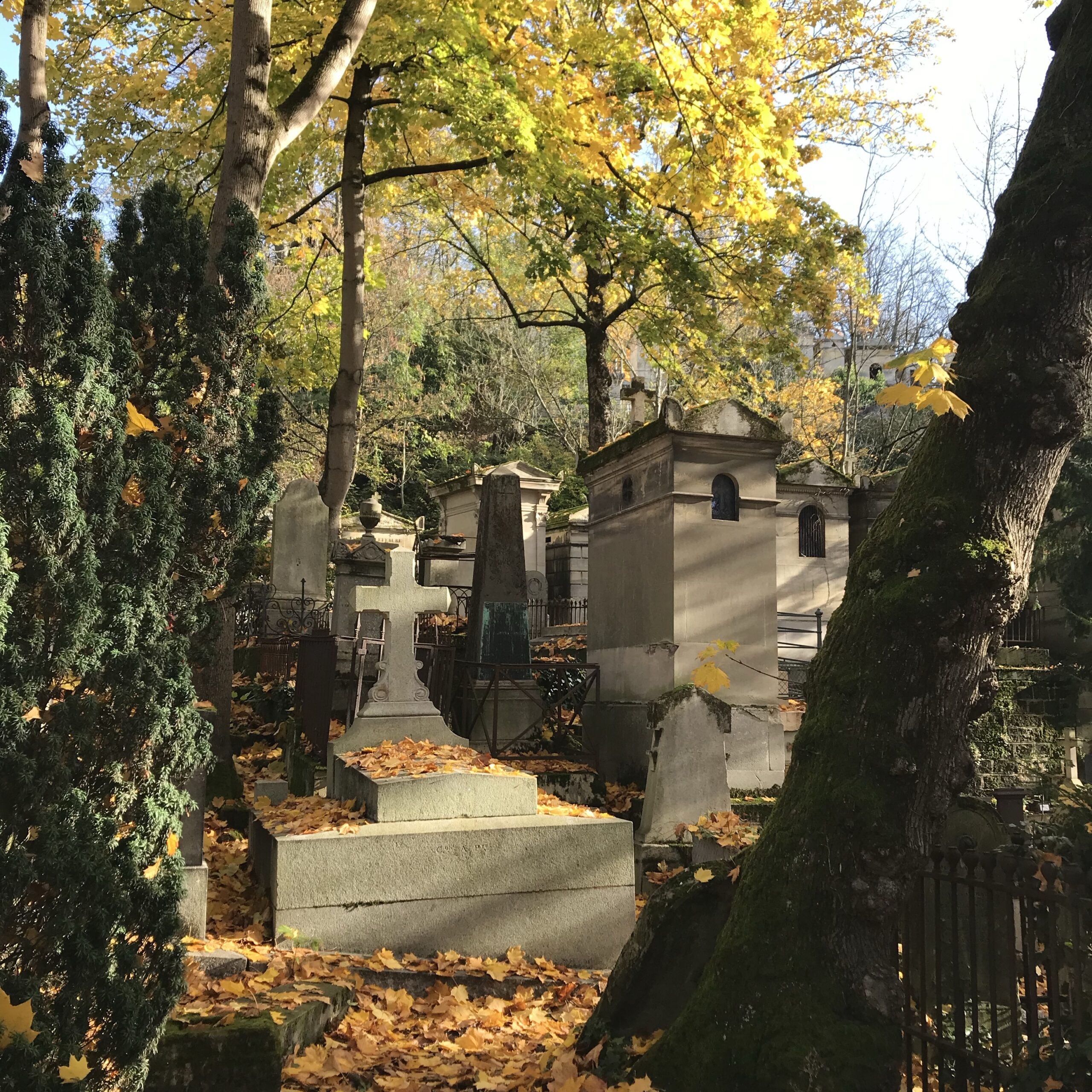
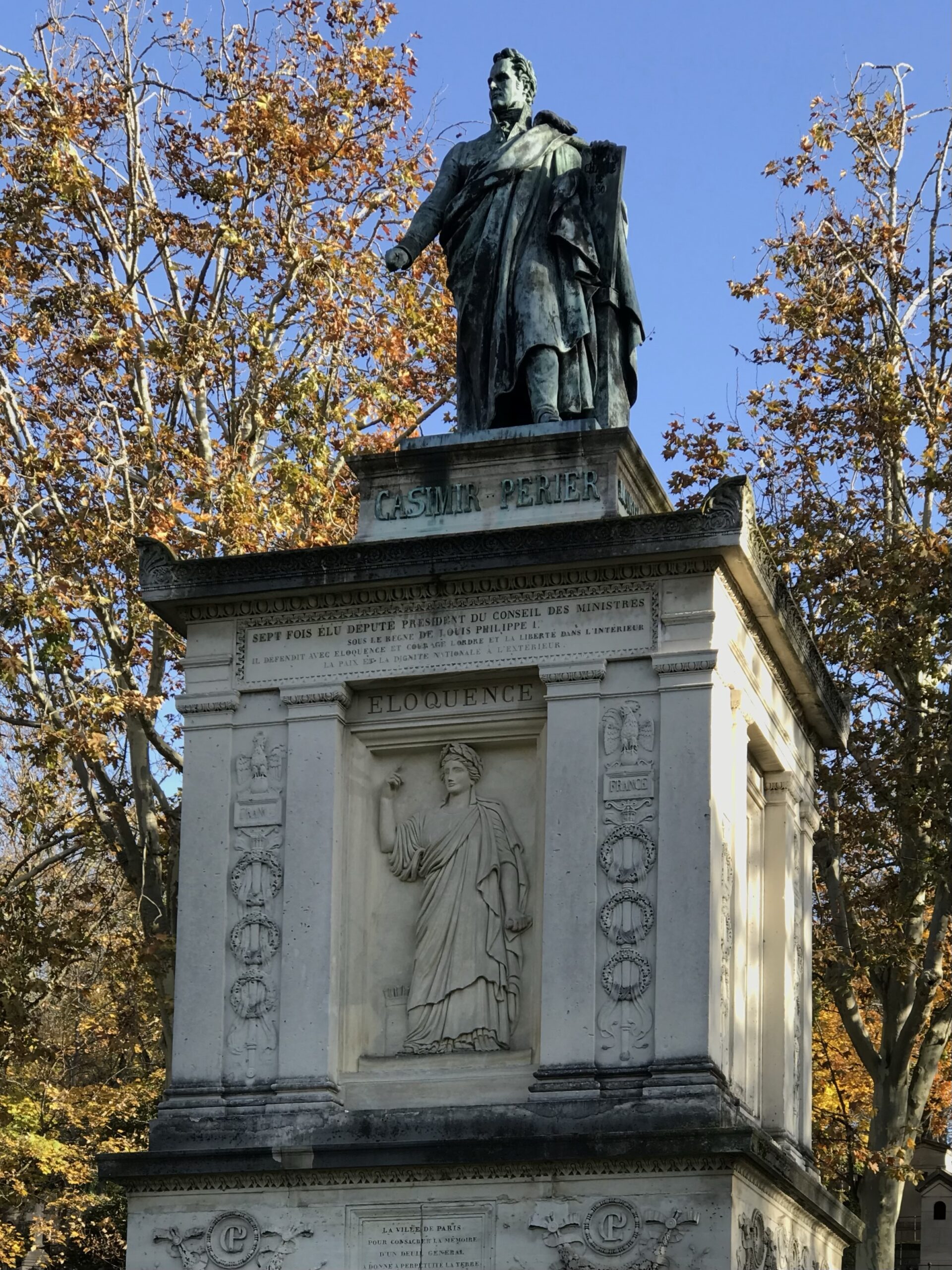
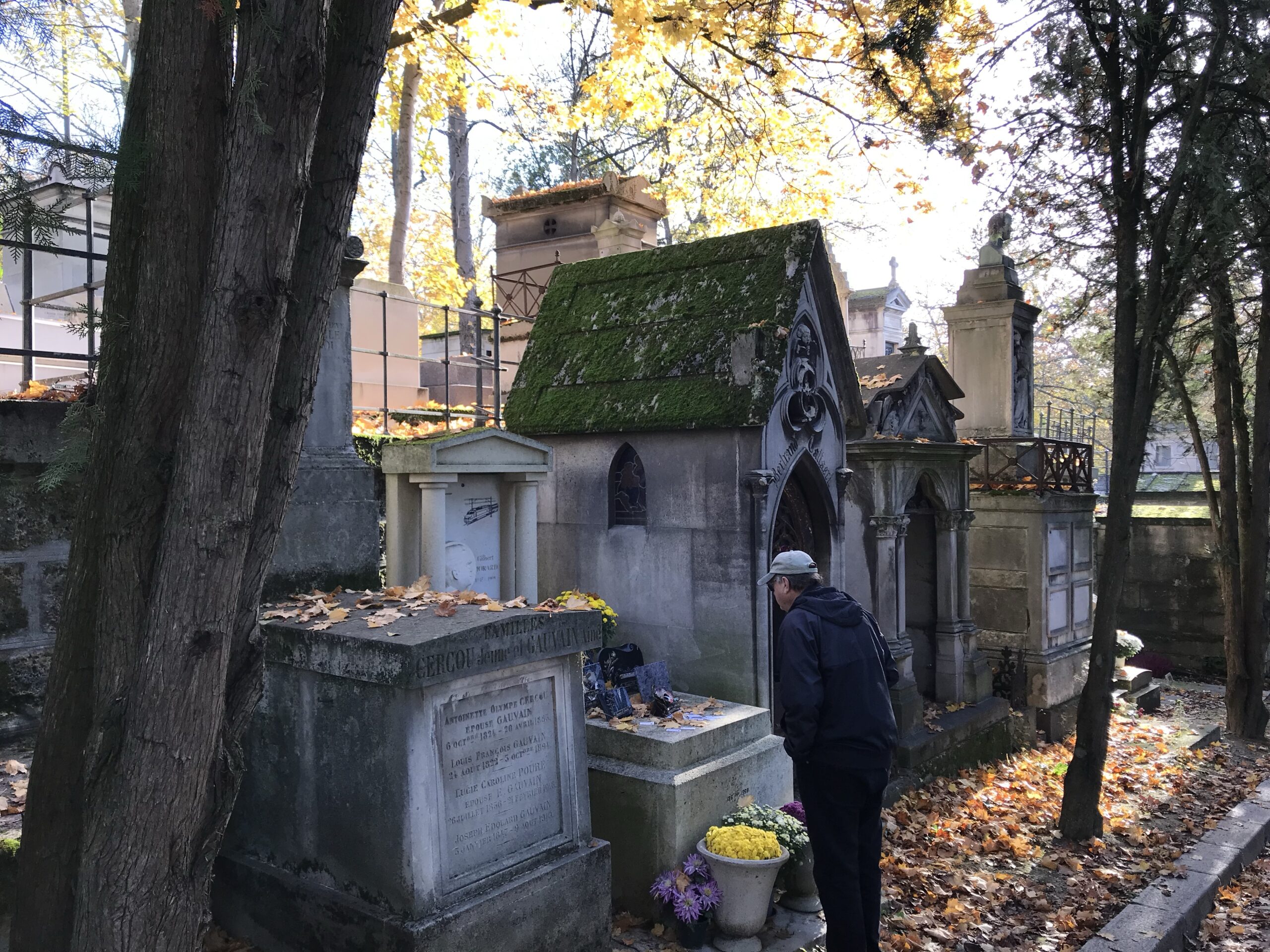
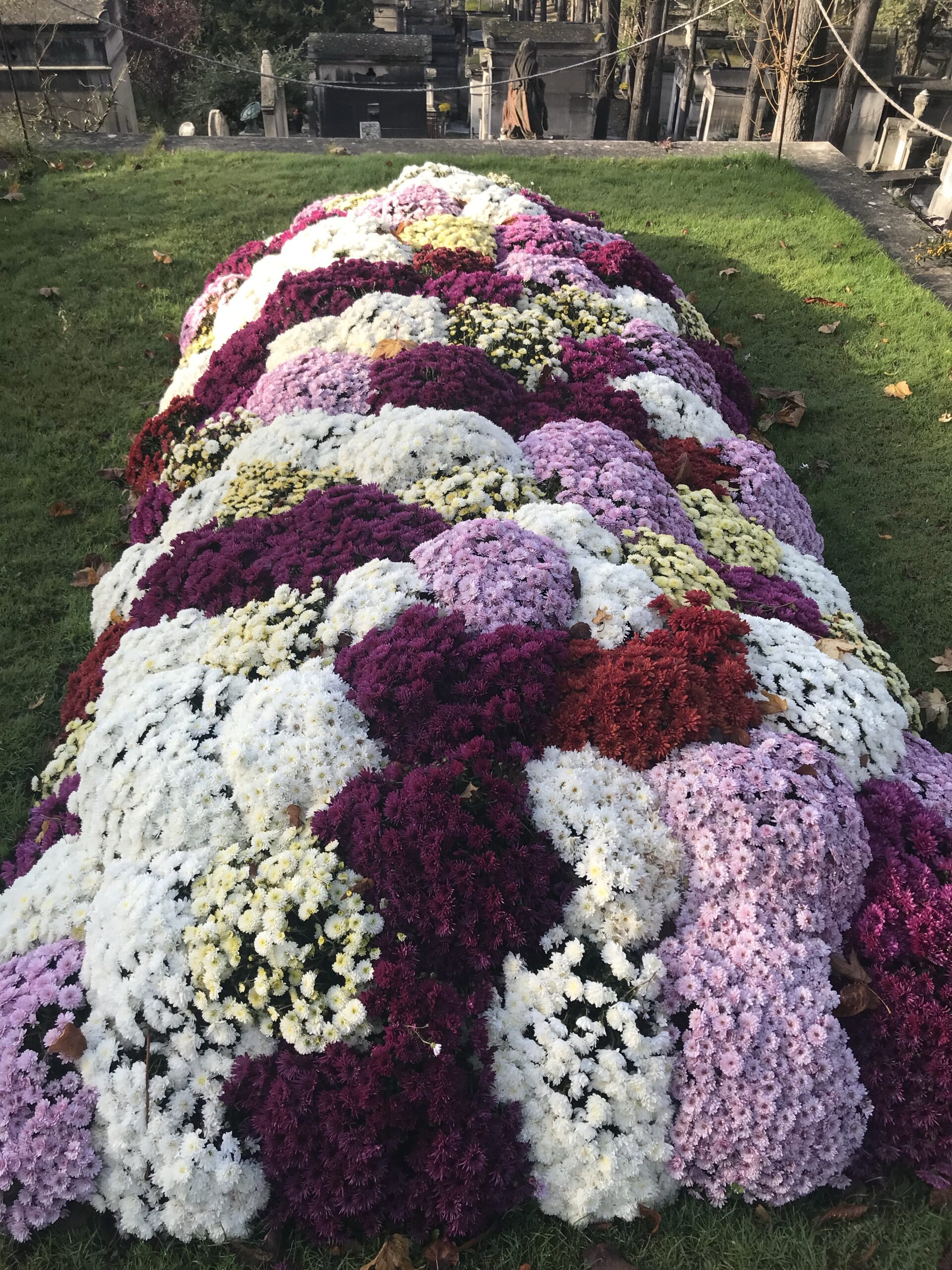
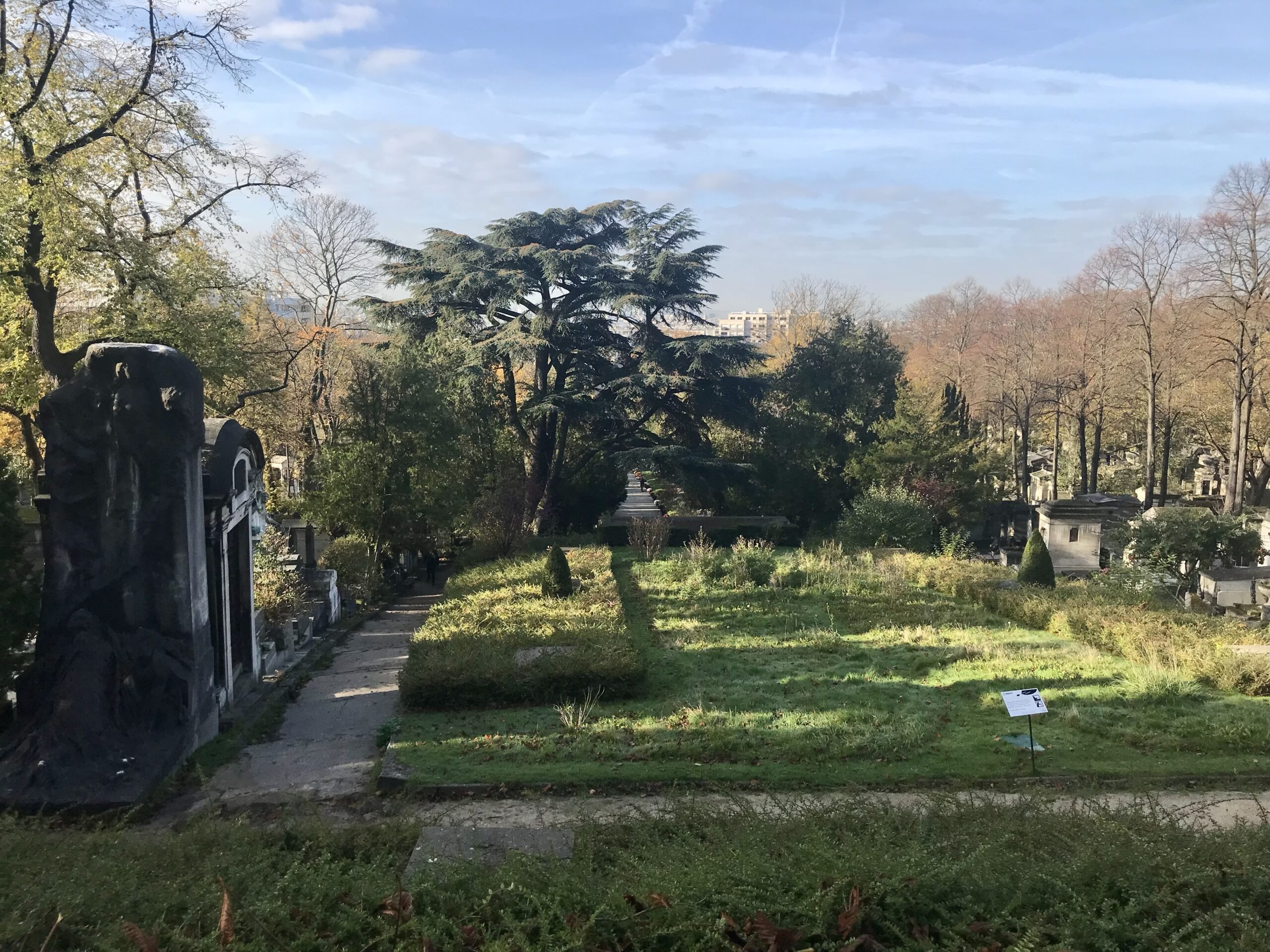
Place Sainte-Geneviève
A lively plaza in the Latin Quarter, surrounded by historic and academic buildings, notable for its proximity to the Panthéon.
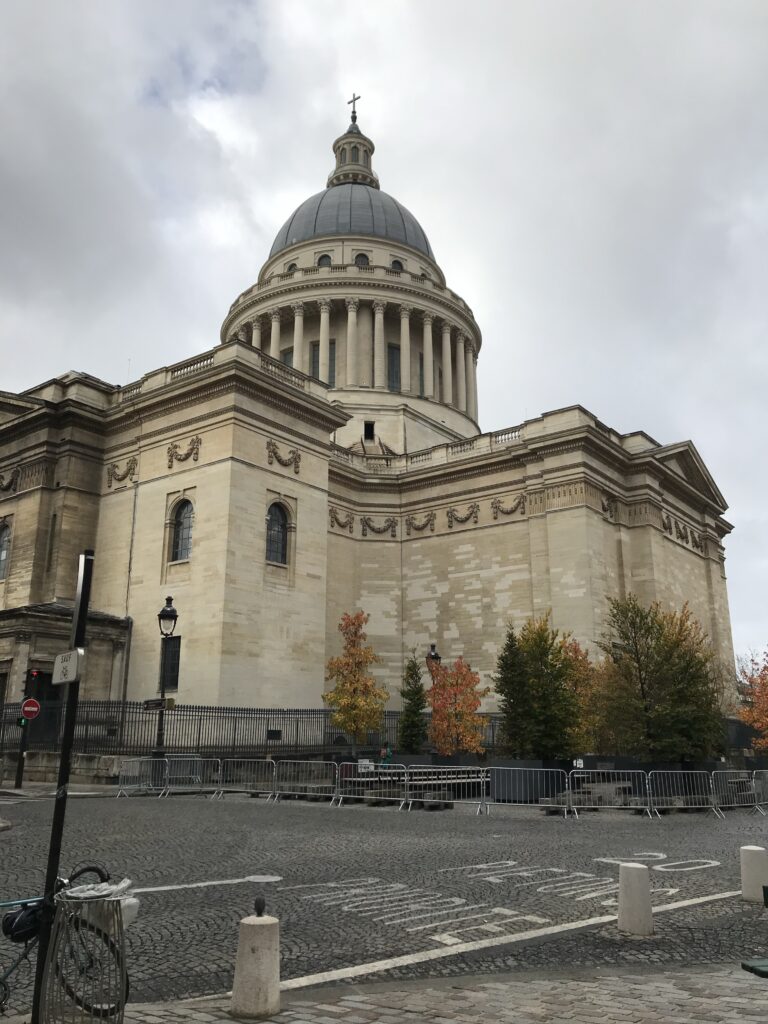
The square serves as a cultural gathering place and embodies the intellectual spirit of the area13.
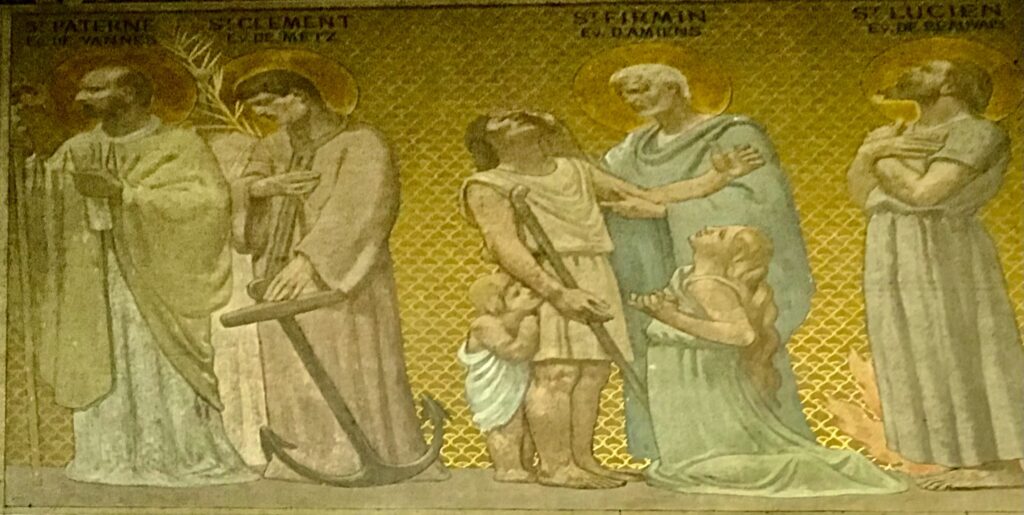
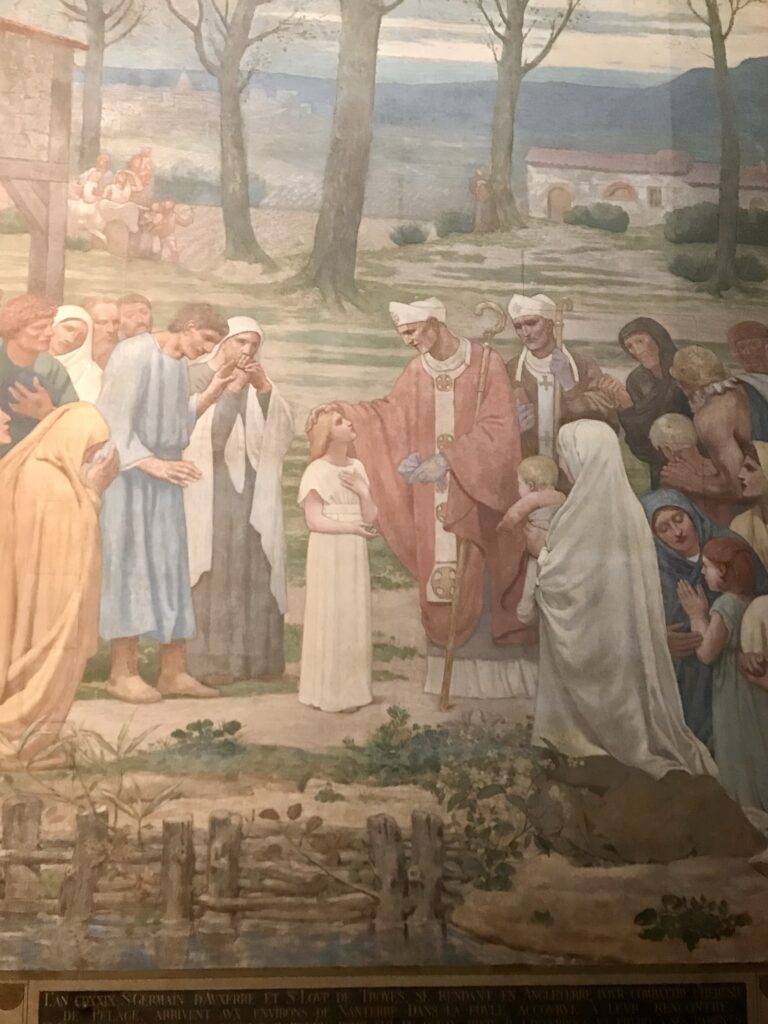

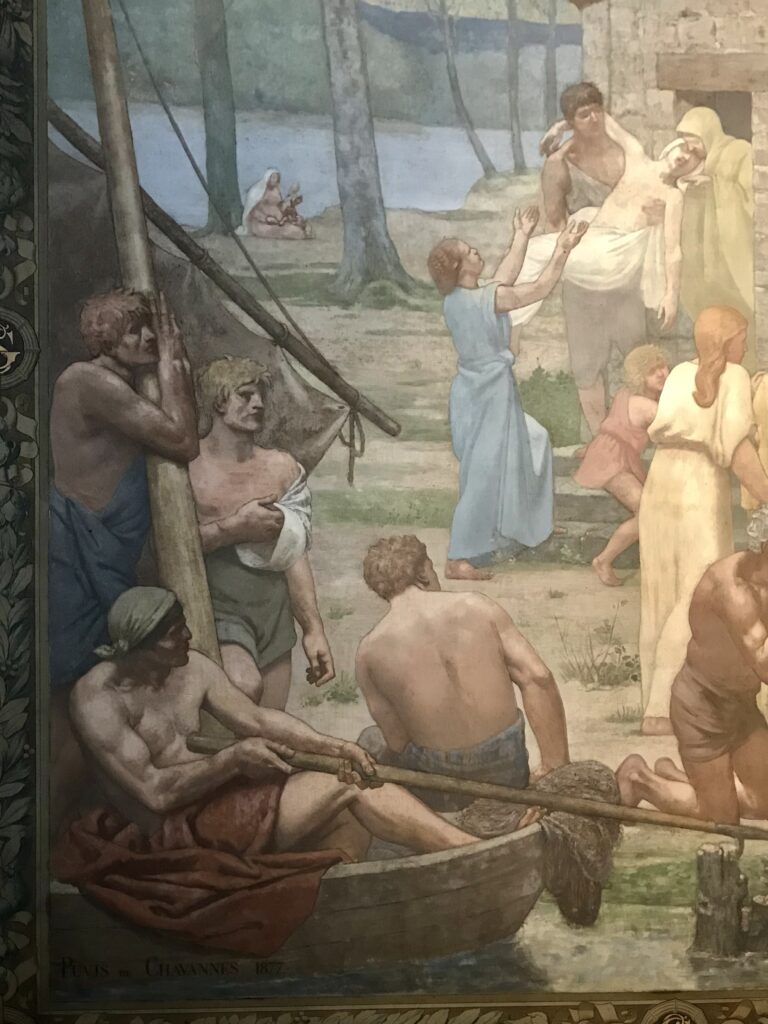
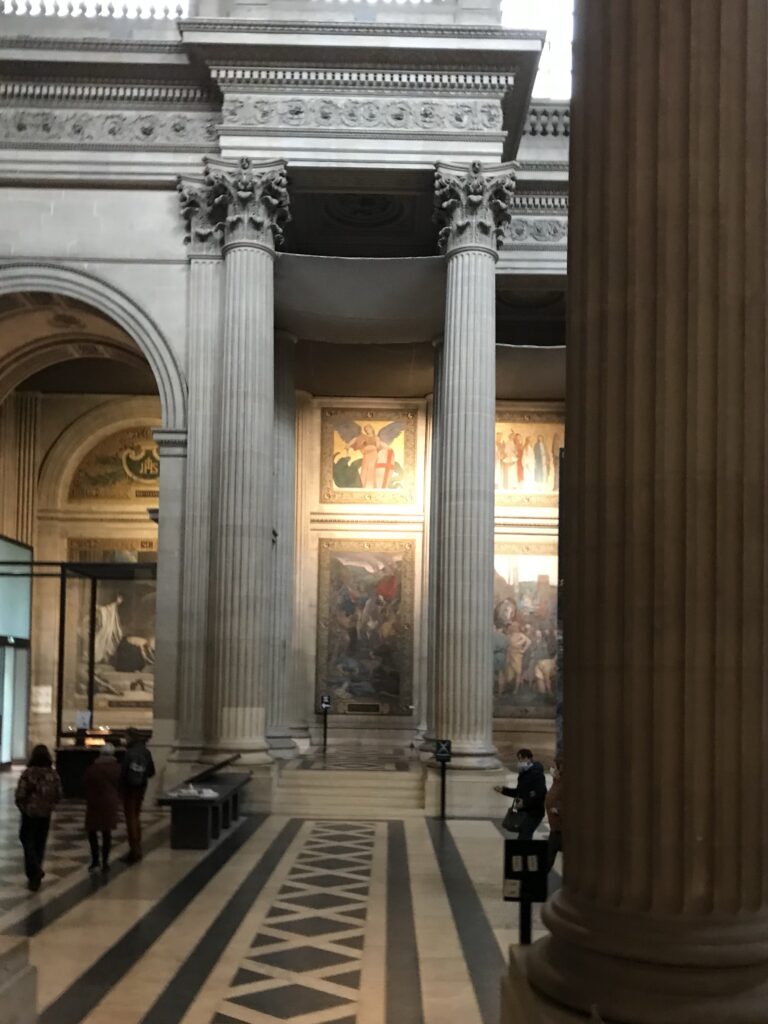
Notre Dame Cathedral: Fire, Reconstruction, and Funding
Date of the Fire
The major fire at Notre Dame occurred on the evening of April 15, 2019, and continued into the next morning1415.
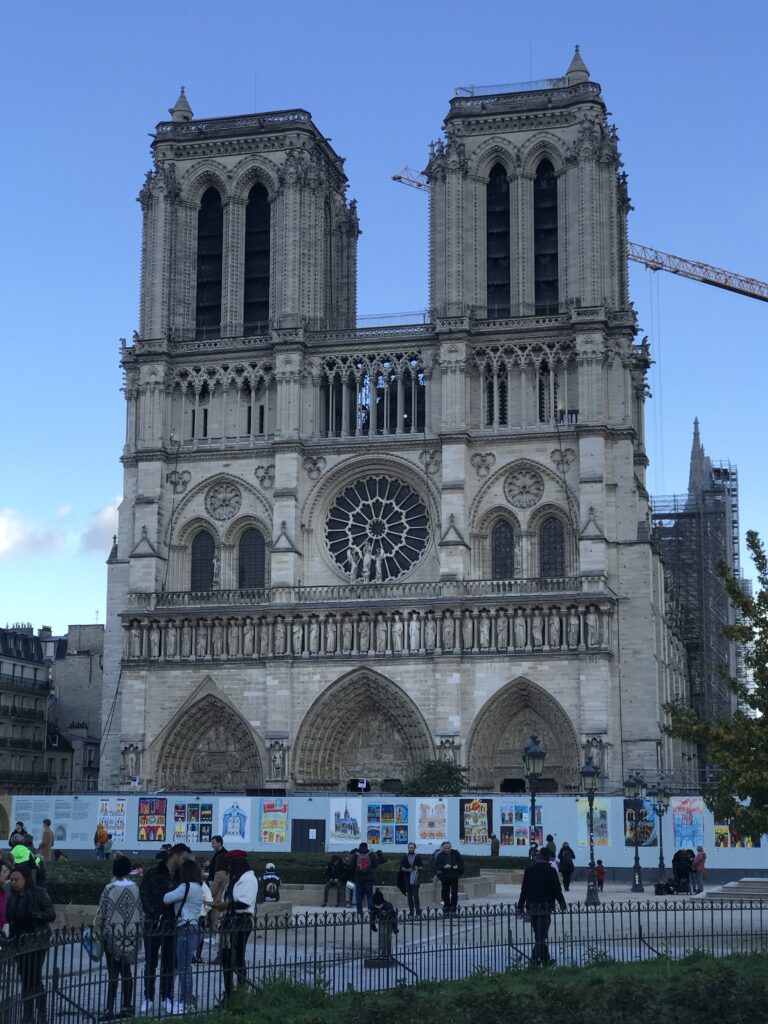
Reconstruction Efforts
Restoration uses traditional materials and techniques to rebuild the oak framework and lead roofing. Notably, efforts have focused on reconstructing the nave, choir, transept, and Viollet-le-Duc’s iconic 19th-century spire. The project reached major roof milestones in early 2024, and full restoration is expected by 20261617. Artisan teams employ ancient woodworking methods for authenticity, and restoration includes the grand organ, stained-glass windows, and decorative details.
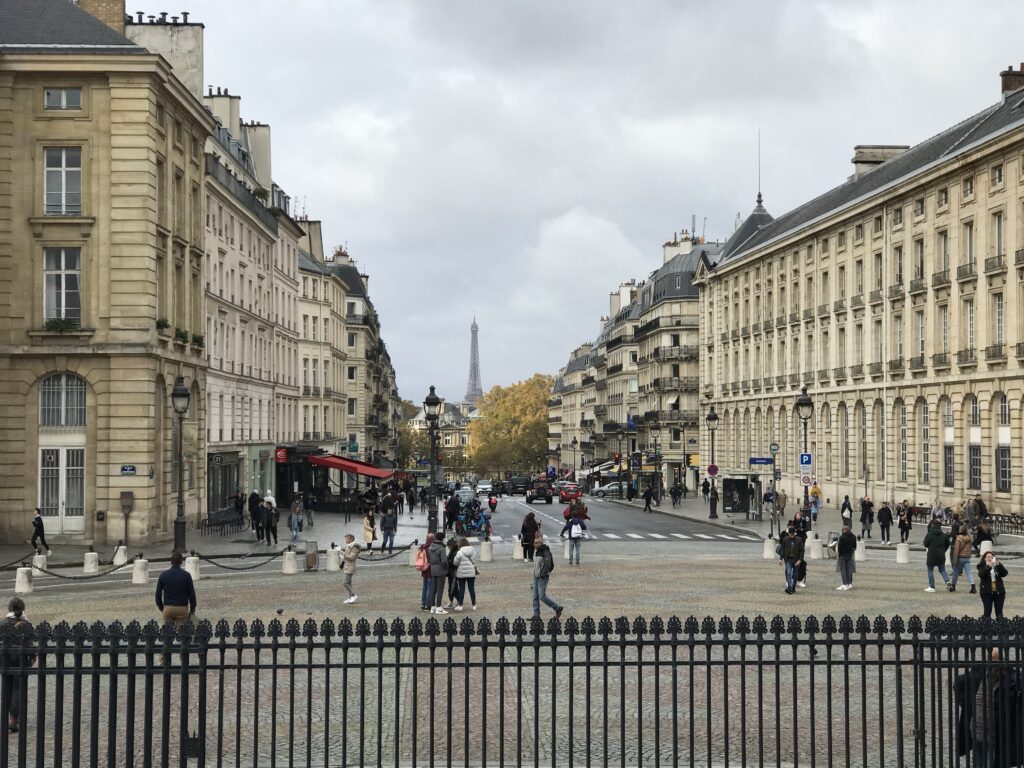
Who Paid for the Reconstruction?
Funding for the Notre Dame reconstruction comes from a mix of public funds, donations from individuals, corporations, and philanthropic foundations, and international contributions. Significant gifts were pledged by French billionaires and global donors in the immediate aftermath of the fire, totaling hundreds of millions of euros16.
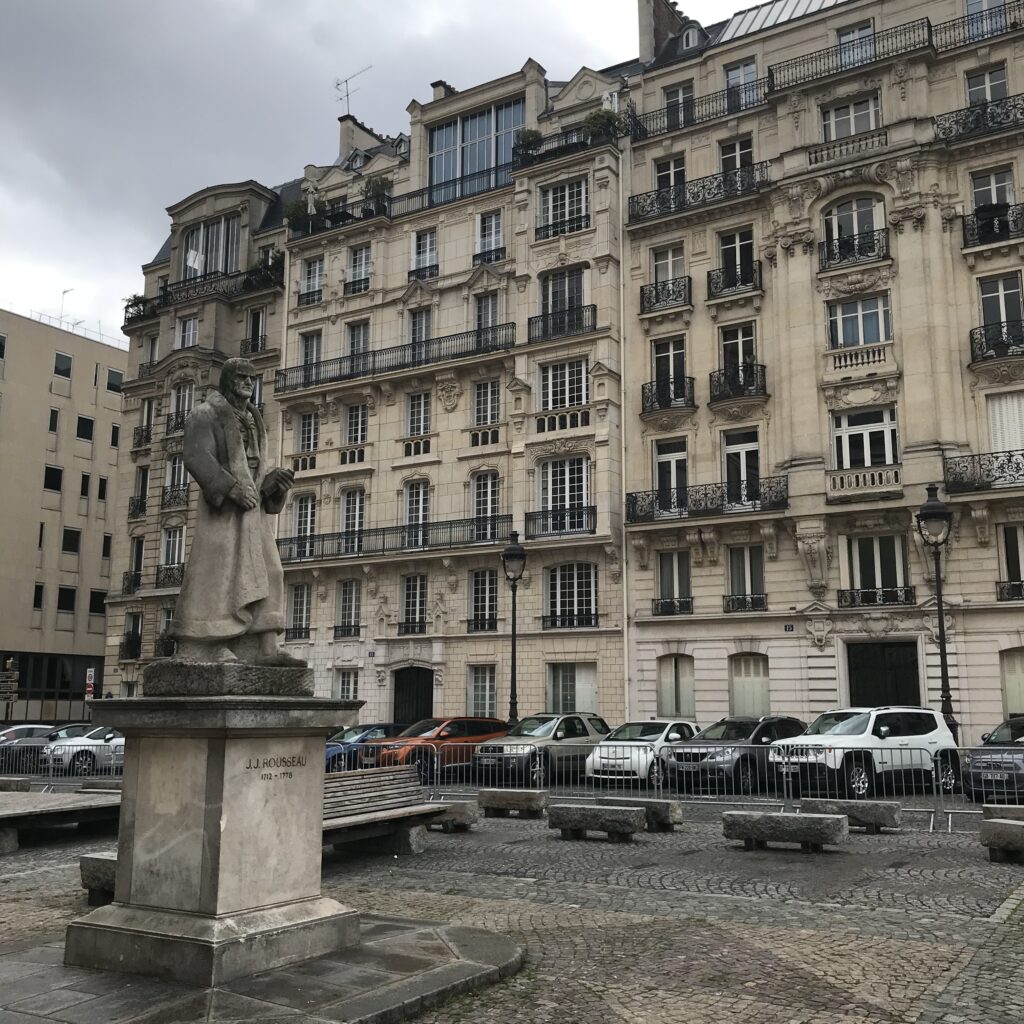
Key Tour Takeaway:
The Bateaux Mouches cruise offers an unparalleled perspective of Paris’s riverfront icons such as the Eiffel Tower, Notre-Dame, and the Louvre, but sites like the Panthéon, Bastille (Place de la Bastille), Père-Lachaise Cemetery, and Place Sainte-Geneviève are located too far from the river to be seen from the boat. Notre Dame’s restoration is a technically ambitious, globally funded endeavor set for completion in 2026.
Paris Saint-Germain
Recent accolades, performances, and expert commentary strongly suggest that Paris Saint-Germain (PSG) is viewed as the best soccer team in the world in 2025.
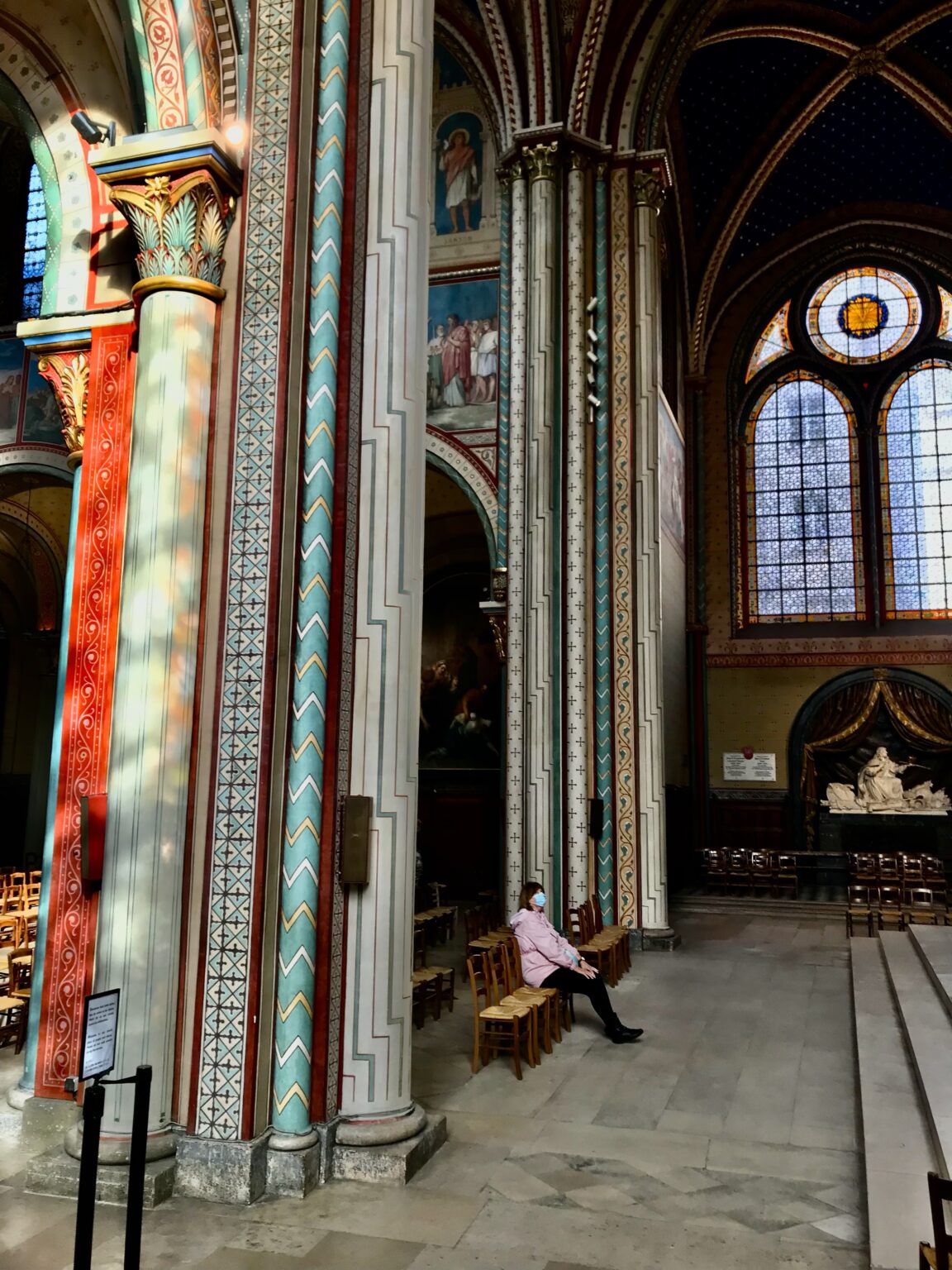
Under coach Luis Enrique, PSG has completed a historic season, winning the French Ligue 1 title, Coupe de France, French Super Cup, and—in a milestone—its first UEFA Champions League trophy. The team reached the FIFA Club World Cup final as clear favorites and is widely regarded as the current premier soccer team globally1234.

FIFA stands for Fédération Internationale de Football Association. It is the international governing body for association football (soccer), as well as beach soccer and futsal. Founded in 1904 in Paris, FIFA now has 211 national member associations, making it one of the largest sports organizations in the world. FIFA’s main roles include organizing international competitions (such as the Men’s and Women’s World Cups), promoting the development of football globally, and ensuring the integrity and accessibility of the sport…
Seattle Sounders FC vs Paris Saint-Germain (June 23, 12:00 PM PT) was the most popular match scheduled for Seattle8. This match featured the hometown Sounders against the French powerhouse PSG, a 12-time Ligue 1 champion that qualified based on its UEFA ranking over the past four years8. PSG’s star power and global recognition, combined with the Sounders’ local fanbase, made this the highest-profile matchup in Seattle.
Key factors in PSG’s dominance:
- Regarded as the number one club side in the world, with a consensus among players and coaches participating in the Club World Cup123.
- PSG’s 2024/25 campaign is seen as a golden chapter, with a balanced, hard-working team rather than relying solely on superstar individuals.
- Their midfield, led by Vitinha, João Neves, and Fabián Ruiz, is compared favorably to the legendary Barcelona teams, marked by high-intensity pressing, quick ball recovery, and dynamic attacks43.
- The team has excelled despite the departures of former stars Kylian Mbappé, Lionel Messi, and Neymar, underscoring its strength as a collective123.
- Notably, Lionel Messi himself called PSG “the best team in the world” after facing them1.
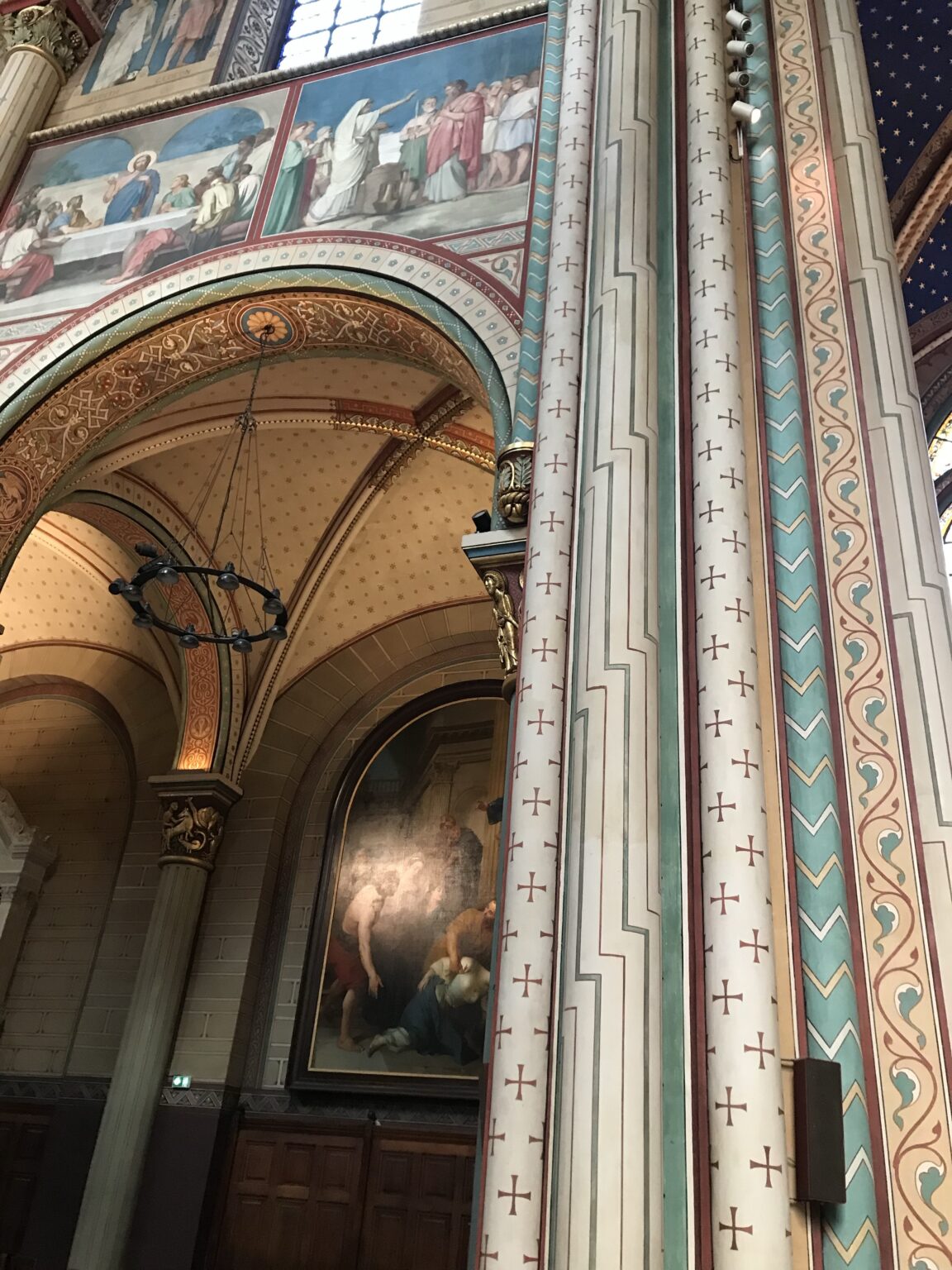
While PSG lost the Club World Cup final to Chelsea in July 2025, their overall season performance still positions them atop the football world for club achievements56.
What to Do as a Visitor to Paris Saint-Germain
- Stadium Tours: Visitors can take a guided tour of Parc des Princes, the iconic stadium in western Paris, home to PSG.
- Matchday Experience: On match days, the stadium atmosphere is electric, with fans chanting and the entire Parc des Princes “acting as the star.” Experiencing a game here is a must for football fans.
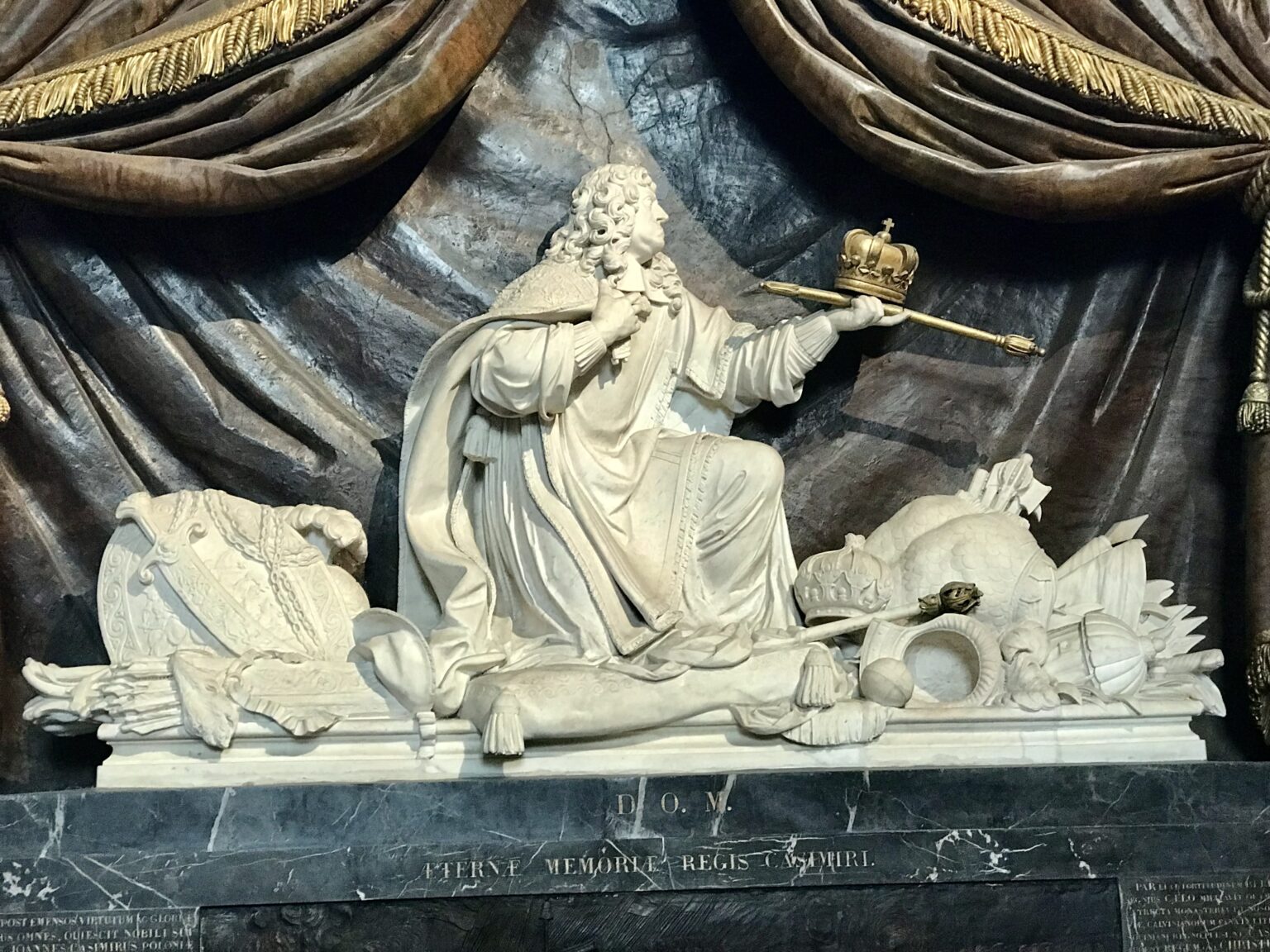
Explore the Local Neighborhood: Saint-Germain-des-Prés
- Historic Cafés: Enjoy a coffee at legendary Parisian cafés such as Café de Flore or Les Deux Magots, frequented by writers and artists91011.
- Shopping: Browse high-end boutiques, visit Le Bon Marché, or explore local chocolatiers like Debauve and Gallais for gourmet treats911.
- Arts & Museums: Visit the Musée Maillol for sculpture and fine art, or the Musée National Eugène Delacroix, honoring the famed Romantic painter9.
- Cultural Walks: Stroll Boulevard Saint-Germain, enjoy bookshops, and take in the elegant architecture, including the Church of Saint-Germain-des-Prés, the oldest in Paris1012.
- Parks & Gardens: Wander the lush Jardin du Luxembourg, relax at the Place de Fürstenberg, or take a walk along the Seine91314.
Nearby Iconic Sights
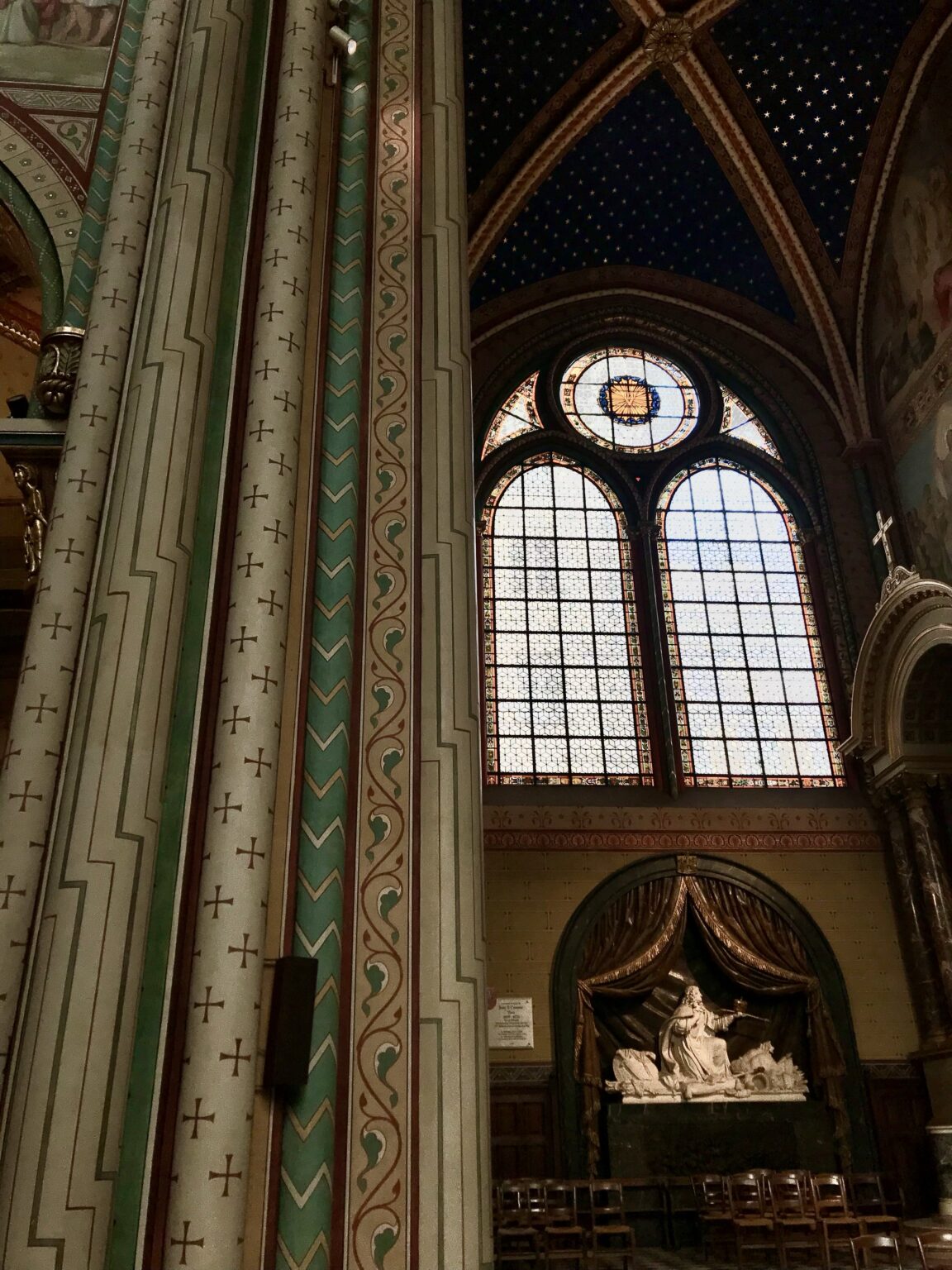
In Summary
- Bois de Boulogne: Paris’s largest park for cycling, picnicking, and relaxing, not far from Parc des Princes.
- Roland Garros: A short distance away is the famous tennis complex, host of the French Open, adding to the sports-centric attractions in the area15.
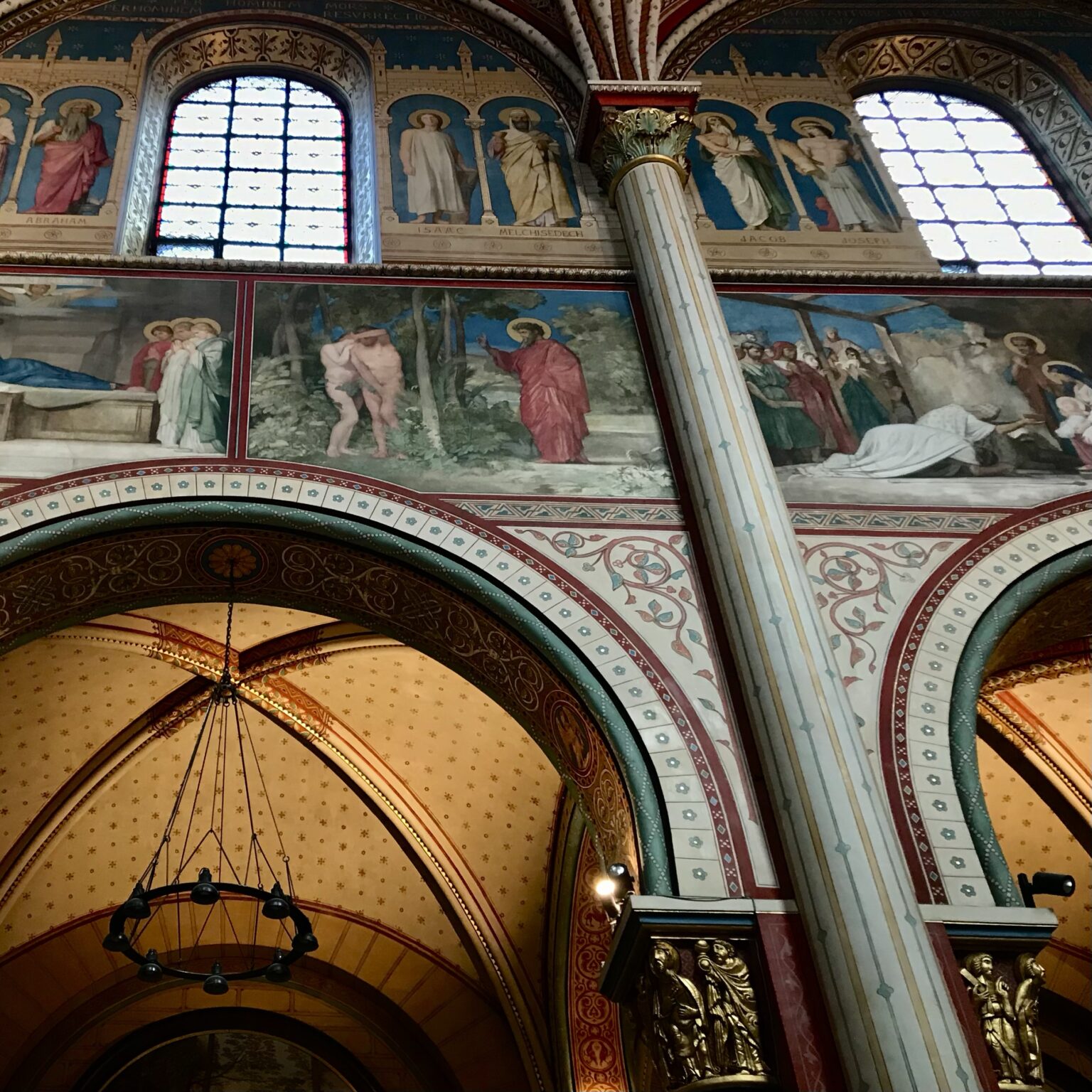
PSG is currently considered the world’s leading soccer team, famed for their on-field success and distinctive collective ethos. For visitors, a trip to Parc des Princes and a day exploring the vibrant Saint-Germain-des-Prés quarter offer cultural, historical, and sporting delights, making it a highlight for both football enthusiasts and travelers seeking a classic Parisian experience978.

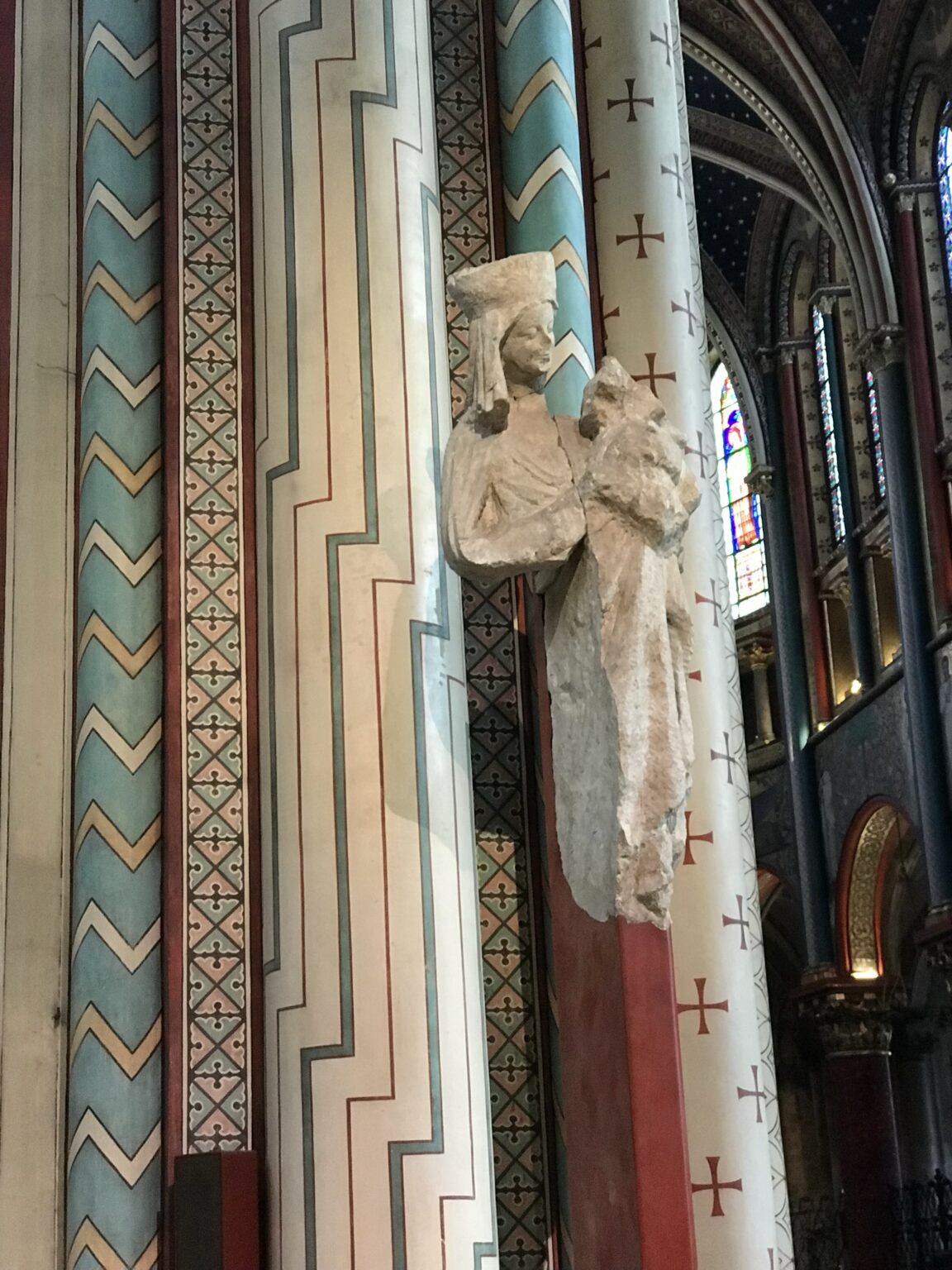
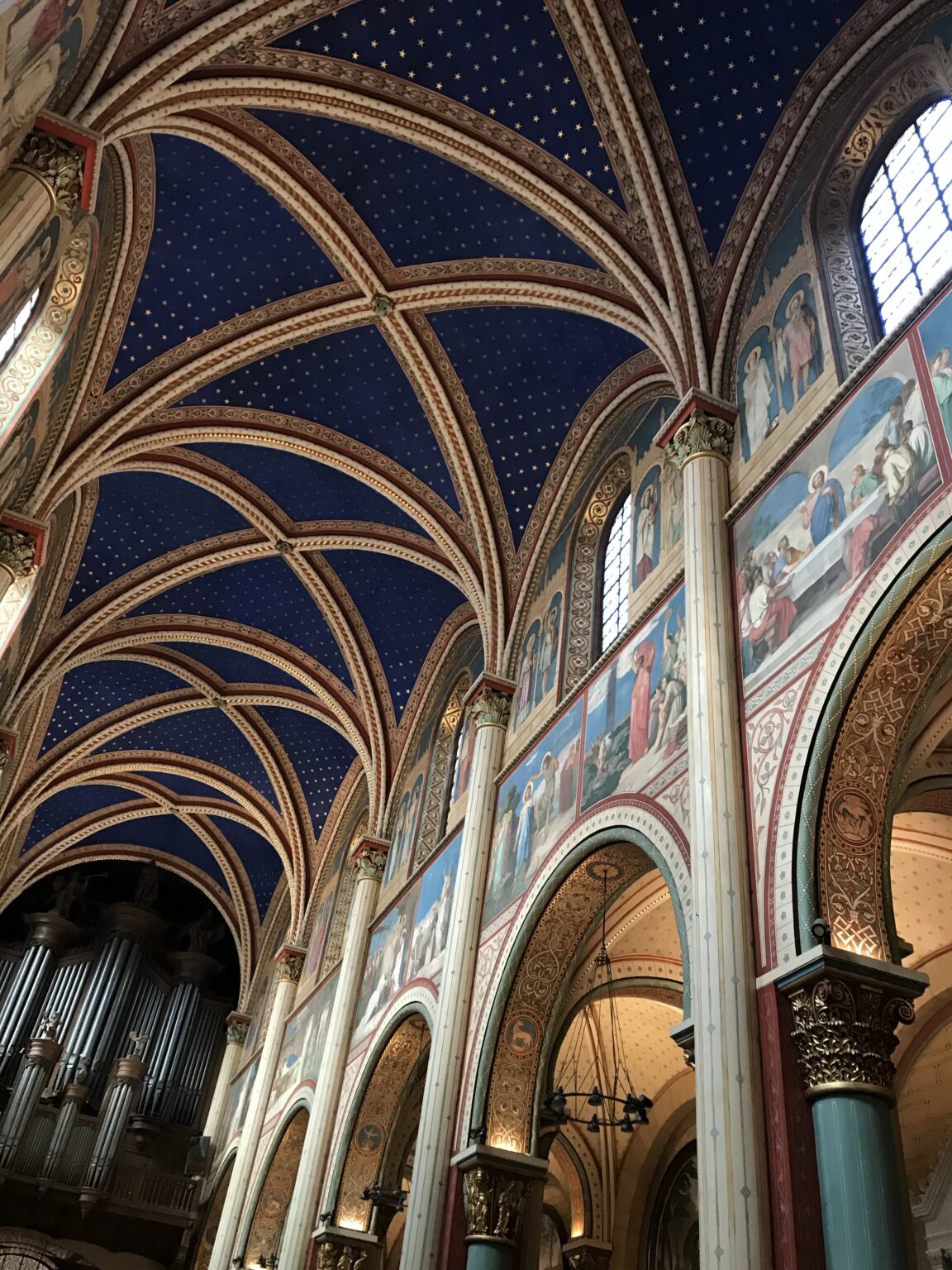
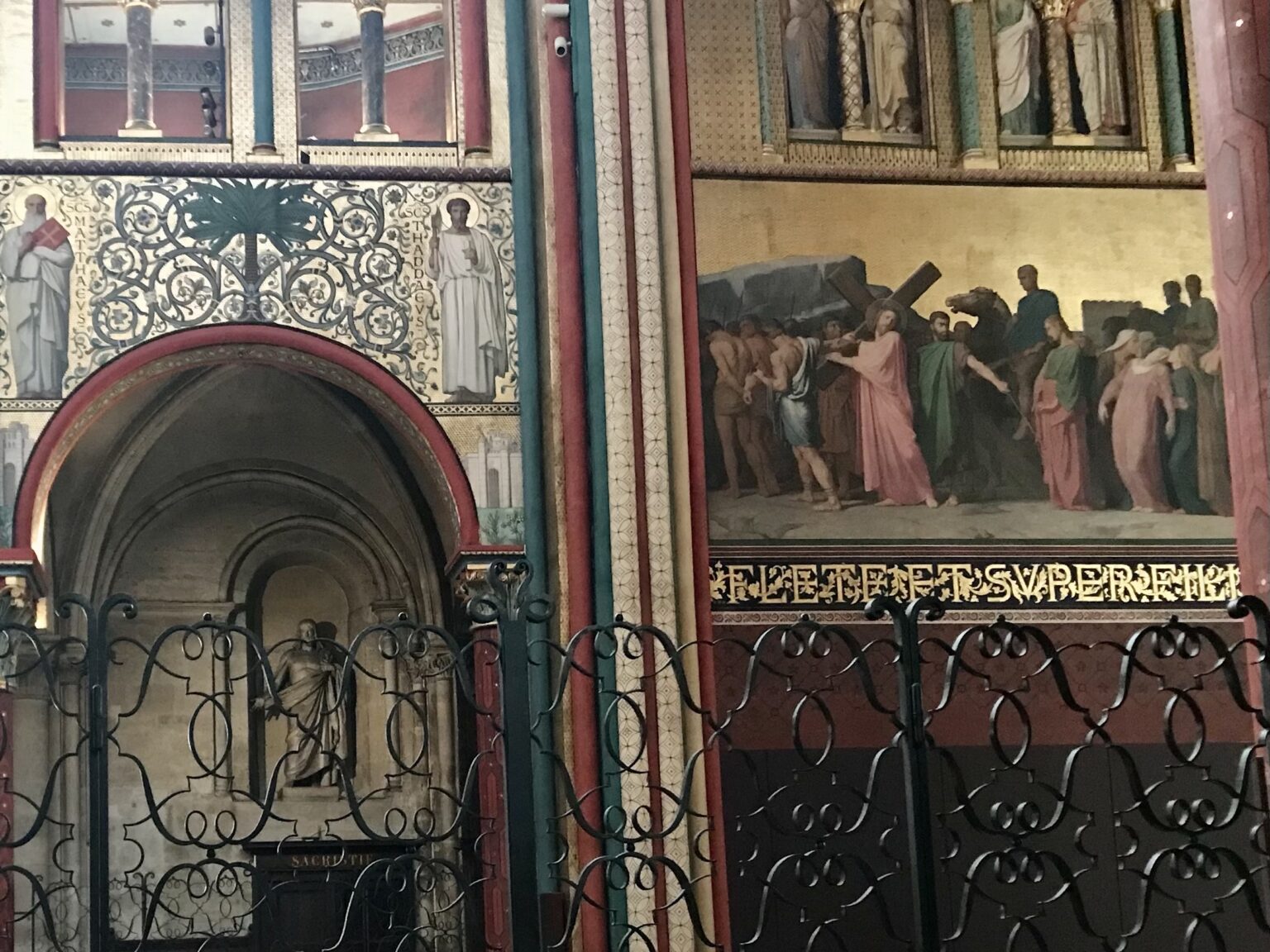
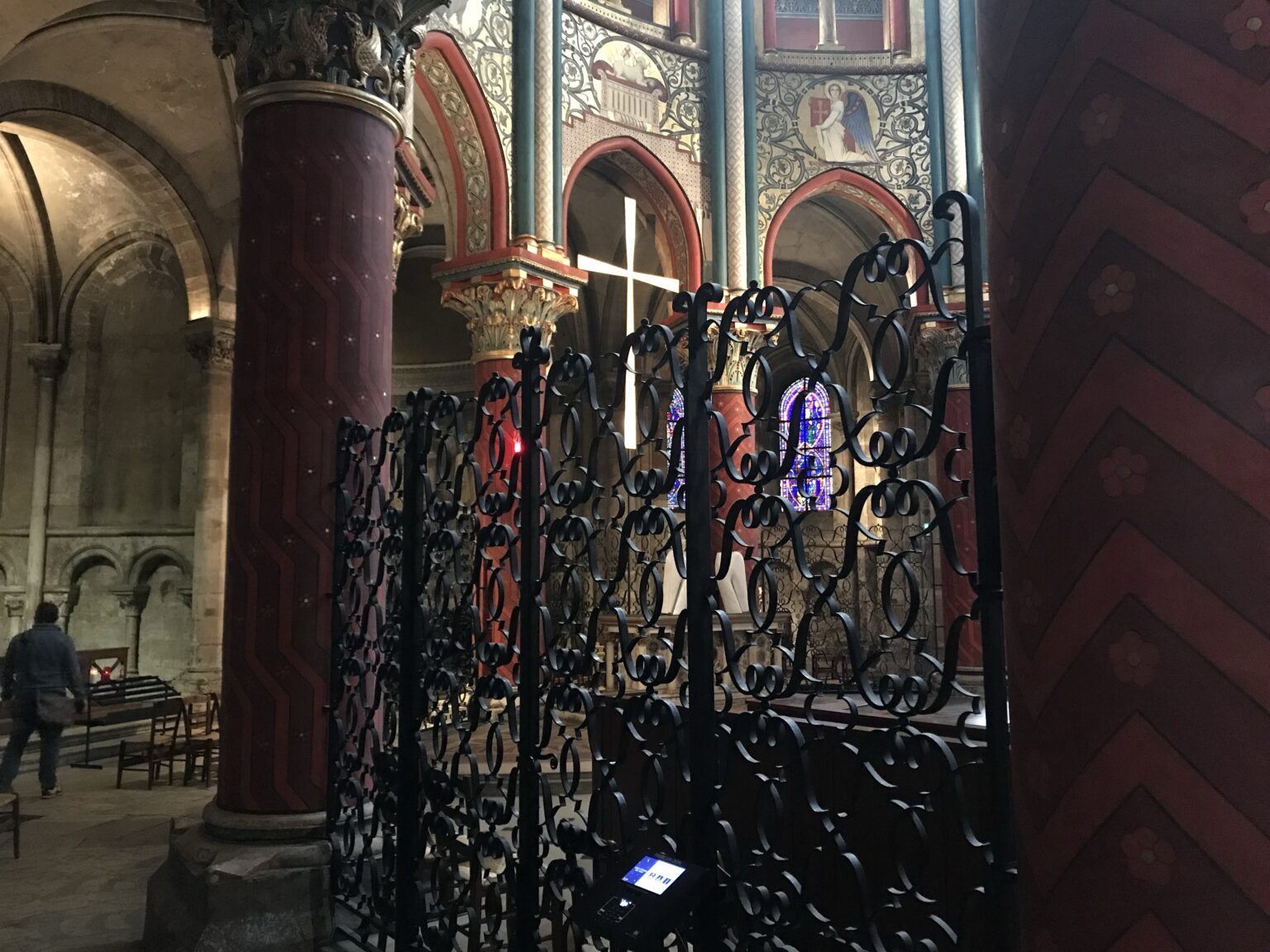
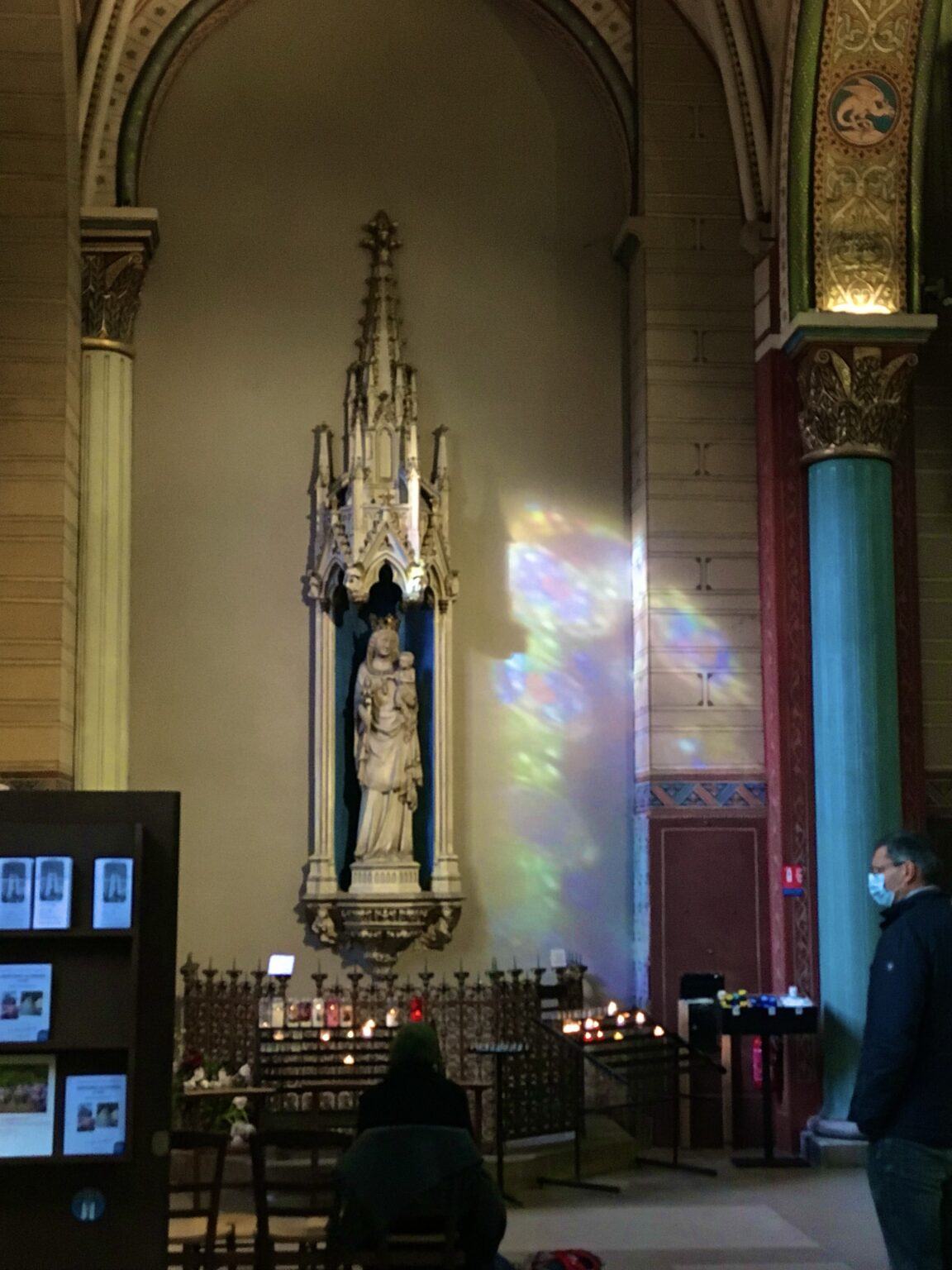

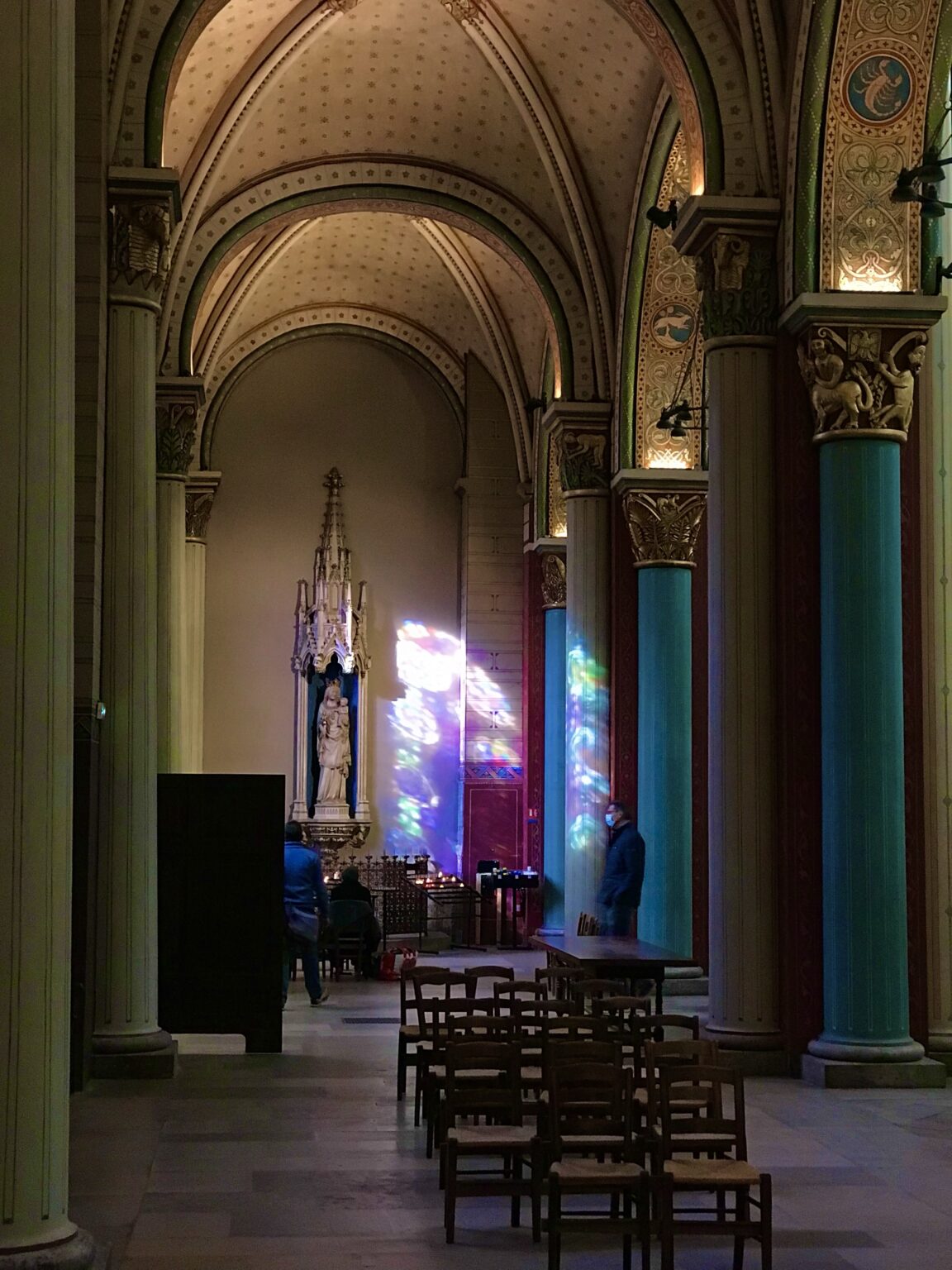
Here’s a detailed, narrative exploration of what each type of visitor finds at the key Paris sites including entry fees and hours where relevant:
Eiffel Tower
Engineers are fascinated by its 18,000 wrought-iron pieces and ingenious riveted structure, a marvel of late 19th-century civil engineering with remarkable double-deck lifts and parabolic arches.
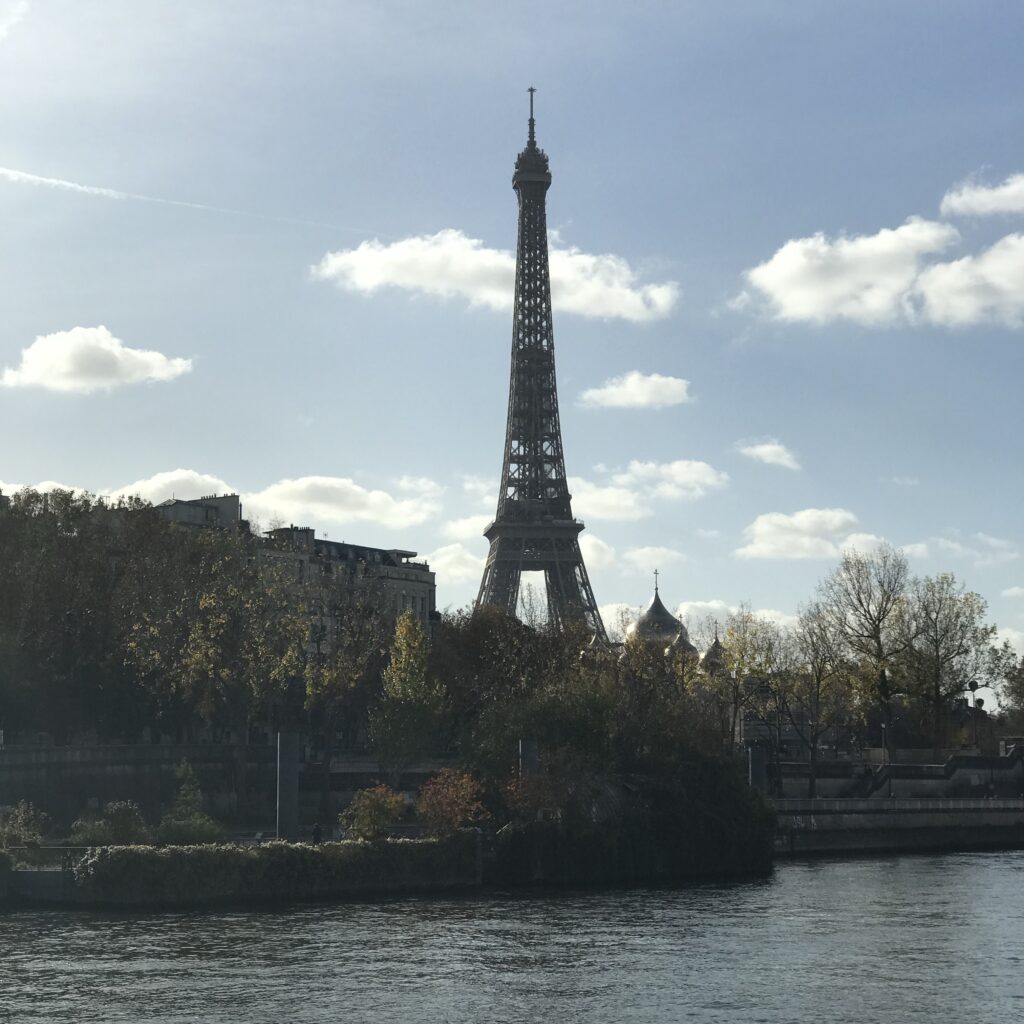
Architects admire its latticework and expressive use of industrial materials by Eiffel and Nouguier. Historians value the tower as the centerpiece of the 1889 World’s Fair and France’s evolving identity, tracking its repainting and WWII survival tales.
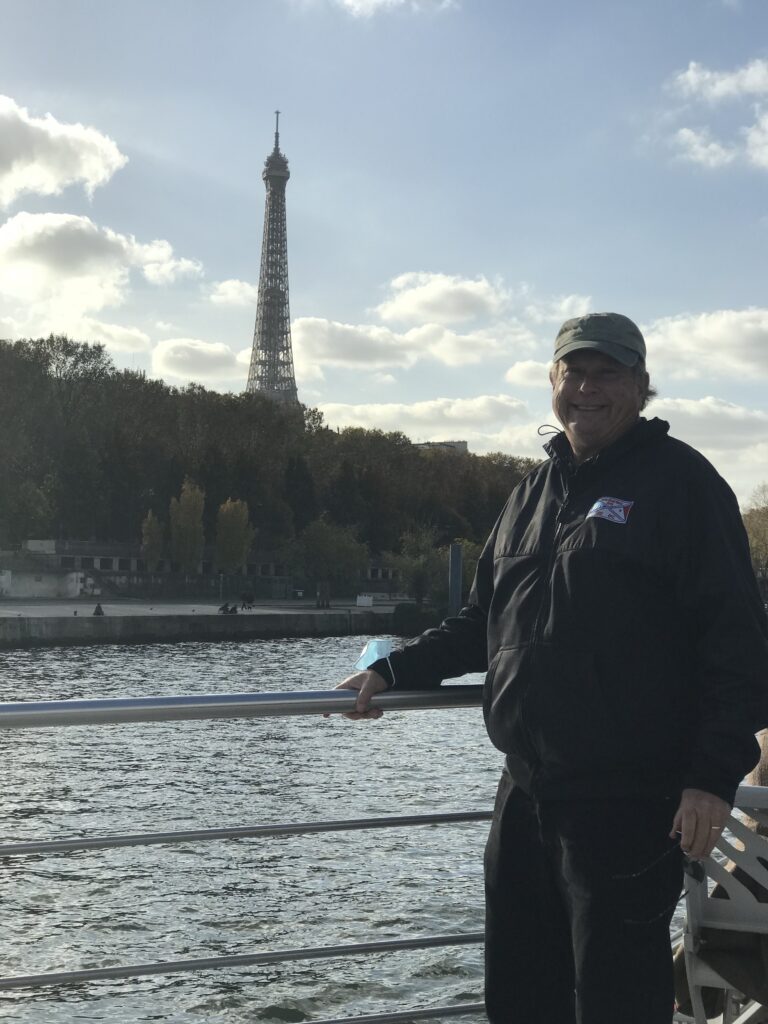
Sailors use the tower as a navigational landmark when traversing the Seine, especially near Port de Suffren. Nature lovers appreciate the falcons nesting on the structure and the panoramic views over Paris’s green spaces. Catholics will find a small chapel dedicated to St-Ferran on the first floor, plus significant holiday Masses.
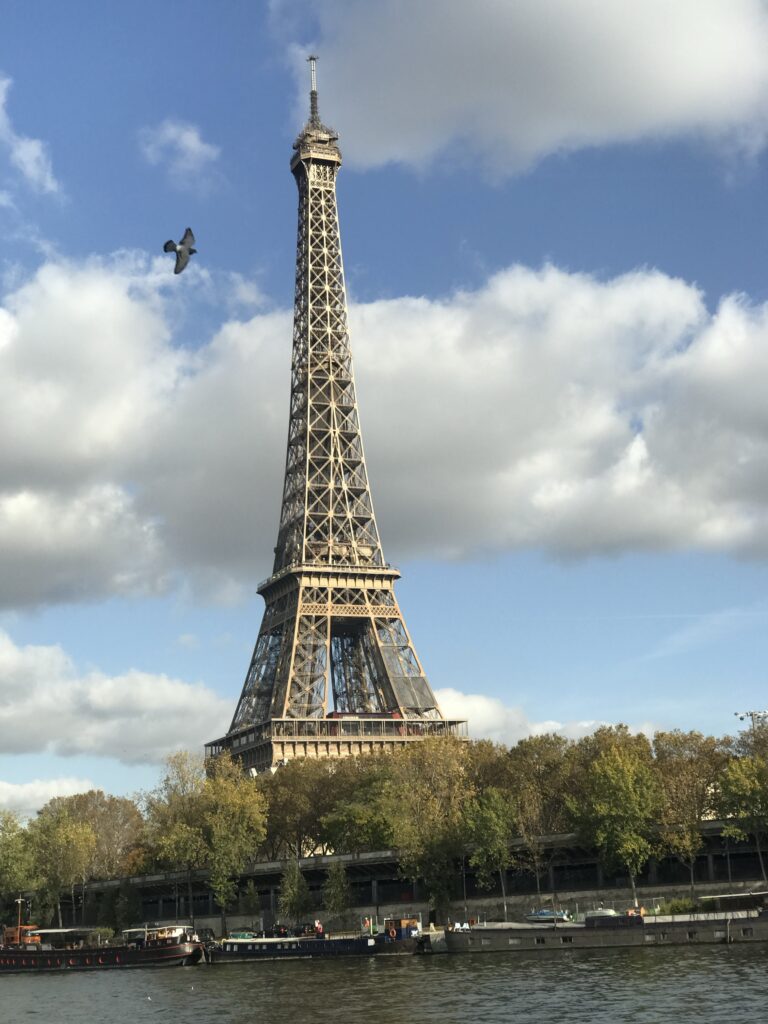
Hikers challenge themselves with the 674-step climb to the second level. Open daily, with extended hours in summer; entry ranges from €14.50–36.10 depending on lift/stair choice and level.
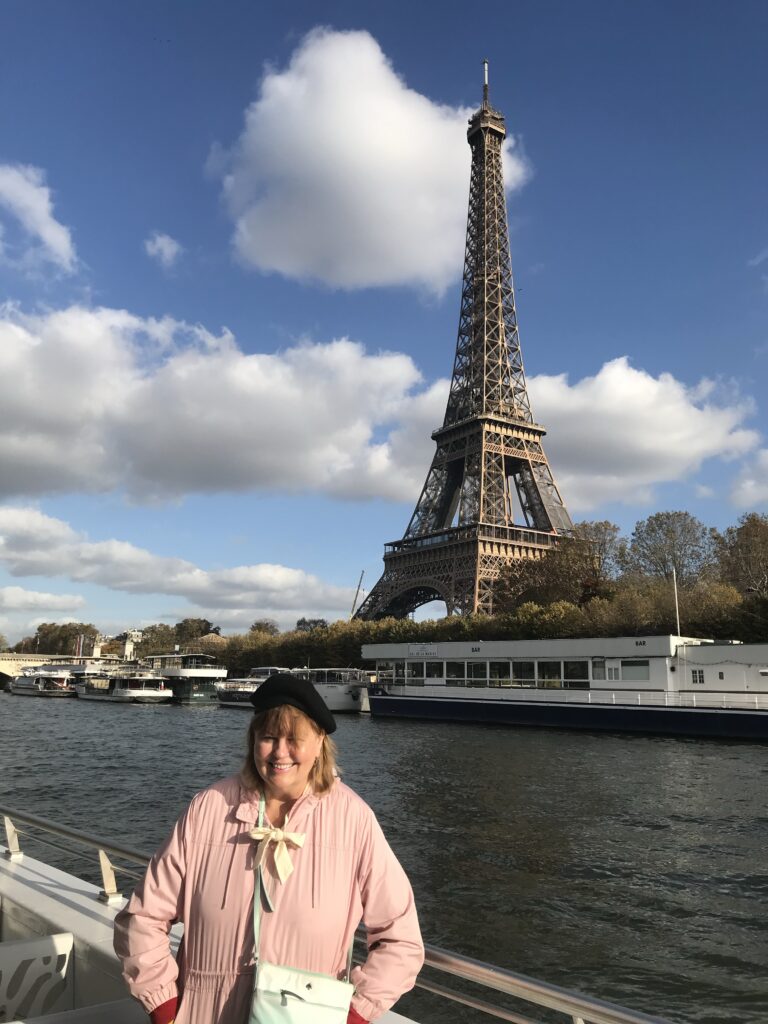
Notre-Dame Cathedral
For engineers, Notre-Dame’s ongoing restoration—particularly the complex rebuild of its historic oak-and-lead roof and 500-ton spire—showcases ancient and modern construction skills. Architects relish its Gothic masterpieces: flying buttresses, rib vaults, and the drama of Viollet-le-Duc’s spire. Historians trace its origins to the 12th century and reflect on its tumultuous existence, including the 2019 fire and ongoing repairs.
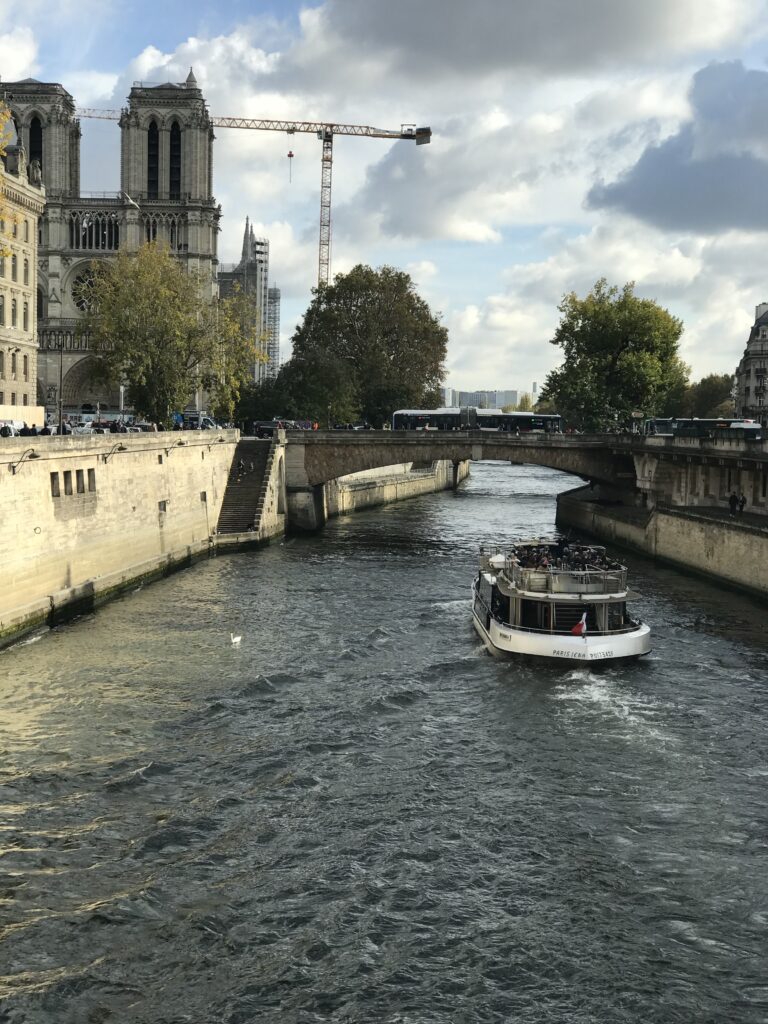
Sailors see its silhouette as a crucial reference when cruising mid-Seine. Nature lovers are drawn to the rose garden behind the apse and the peaceful square Jean-XXIII. Catholics regard it as a prime Marian shrine and a place to venerate relics like the Crown of Thorns. Hikers can anticipate a tower climb (opening with restoration re-completion) or enjoy riverside walking routes. Entry is free, open daily from early morning to evening.
Louvre Museum
Engineers are intrigued by the modern technology maintaining the 73,000 square meters of galleries, including its climate-control systems and the iconic glass pyramid. Architects celebrate the blend of the original royal palace, medieval fortress remains, and Pei’s contemporary addition. Historians examine collections spanning prehistory to the Napoleonic era, plus the museum’s birth from the French Revolution. Sailors spot the Louvre as a major riverside landmark near Port du Louvre. Nature lovers find the adjacent Tuileries Gardens a highlight. Catholics can seek works like Leonardo’s “Virgin of the Rocks” and altarpieces. Hikers might log hours (if not days) traversing the full length of its galleries. Open every day except Tuesday, with evening hours Wednesday and Friday; adult entry is €22.
Musée d’Orsay
Engineers find the Beaux-Arts structure fascinating, especially the cast-iron train shed and clockwork mechanisms from the building’s railway origins. Architects marvel at how an old station was seamlessly transformed into a top-tier art museum, maintaining historic architectural elements. Historians explore its transformation from 1900 World’s Fair train hub to museum in 1986, plus WWII tales. Sailors can note its proximity to Seine boat landings. Nature lovers appreciate the plant court under the grand glass roof. Catholics may seek religious works by artists like Gauguin. Hikers enjoy exploring the museum’s two sweeping levels. Entry is €17.50; closed Mondays.
Conciergerie
Engineering enthusiasts study its medieval ribbed vaults, remarkable for supporting vast public spaces. Architects examine early Gothic palace-to-prison conversions and Flamboyant chapels. Historians come for its royal history and as the Revolutionary prison that held Marie Antoinette. Sailors recognize its proximity to river law courts. Nature lovers might look for bats under vaulted arches and beautiful river views. Catholics may pause at the reconstructed oratory cell of the queen. Hikers get a unique tower climb on guided tours. Open daily, adult entry €13.
Pont Alexandre III
Engineers appreciate its low, 45-meter steel arch with no midstream piers. Architects admire its flamboyant Beaux-Arts ornamentation and golden statuary. Historians recall its construction for the 1900 World’s Fair, celebrating Franco-Russian friendship. Sailors value the wide navigation channel below. Nature lovers may spot swallows and enjoy container gardens. Catholics see it as a ceremonial route to Les Invalides. Hikers can stroll both banks or cross to famous museums. Free, open all hours.
Pont Neuf
Engineering innovation is seen in its stone voussoirs and bastion “balconies.” Architects appreciate its elegant arches (1607). Historians recognize it as Paris’s oldest bridge and a symbol of royal permanence. Sailors use its mooring niches. Nature lovers can picnic at the Square du Vert-Galant on the downstream tip. Catholics see connections to Sainte-Chapelle and processional routes. Hikers often include it in central Paris walking loops. Free, open 24 hours.
Les Invalides
Stands out to engineers for the gilded dome’s structural feats, while architects see a baroque masterpiece by Hardouin-Mansart. Historians follow its journey from veterans’ hospital to Napoleon’s tomb. Sailors note its prominence from the river. Nature lovers can enjoy esplanade wildflowers. Catholics pray in the grand Army cathedral. Hikers benefit from shelter in the covered arcades. Open daily, entry €15 (includes museum).
Grand Palais and Petit Palais
Engineers are drawn to the steel-and-glass naves and 17-ton arches of the Grand Palais. Architects analyze Beaux-Arts detailing and the Petit Palais’s luminous rotunda. Historians learn about their construction for the 1900 Exposition Universelle and rich exhibition history.
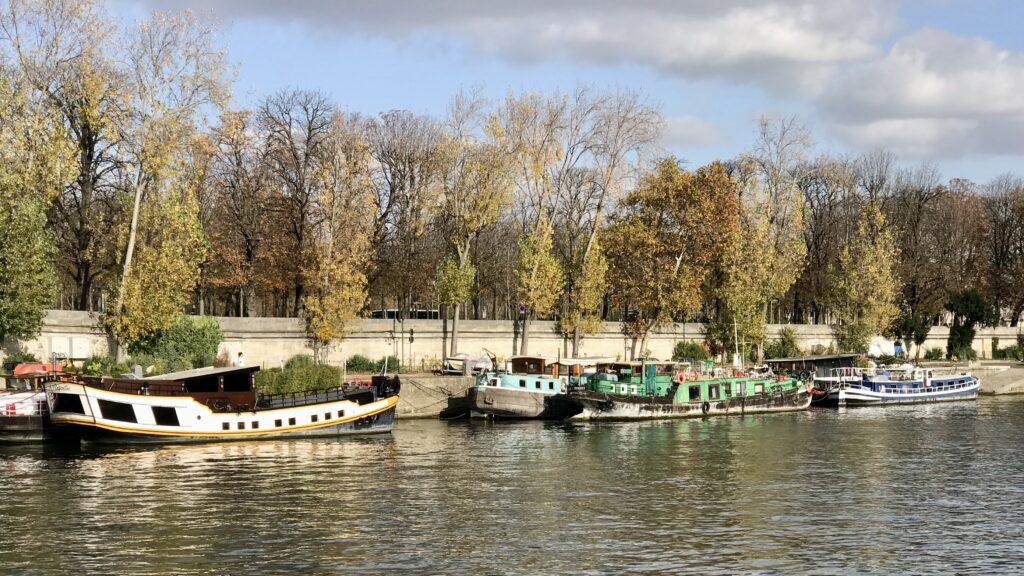
Sailors see them from river-level landing stages. Nature lovers sample the Petit Palais’s hidden garden. Catholics find sacred art in rotating exhibitions. Hikers can complete a circuit of both buildings. Grand Palais and most exhibitions: €15–17 (Grand Palais), Petit Palais permanent collection free, exhibitions €11–15.
Panthéon
Engineers admire the 830-ton triple-shell dome, and Foucault’s pendulum experiment. Architects revel in Soufflot’s neoclassical grandeur and triumphal colonnade. Historians reflect on its role as a revolutionary mausoleum.

Sailors spot it as a hilltop landmark when entering Paris. Nature lovers take in its bee-friendly square. Catholics honor St-Geneviève’s relics inside. Hikers ascend 200+ steps to the rooftop lookout. Entry €13–16, open daily.
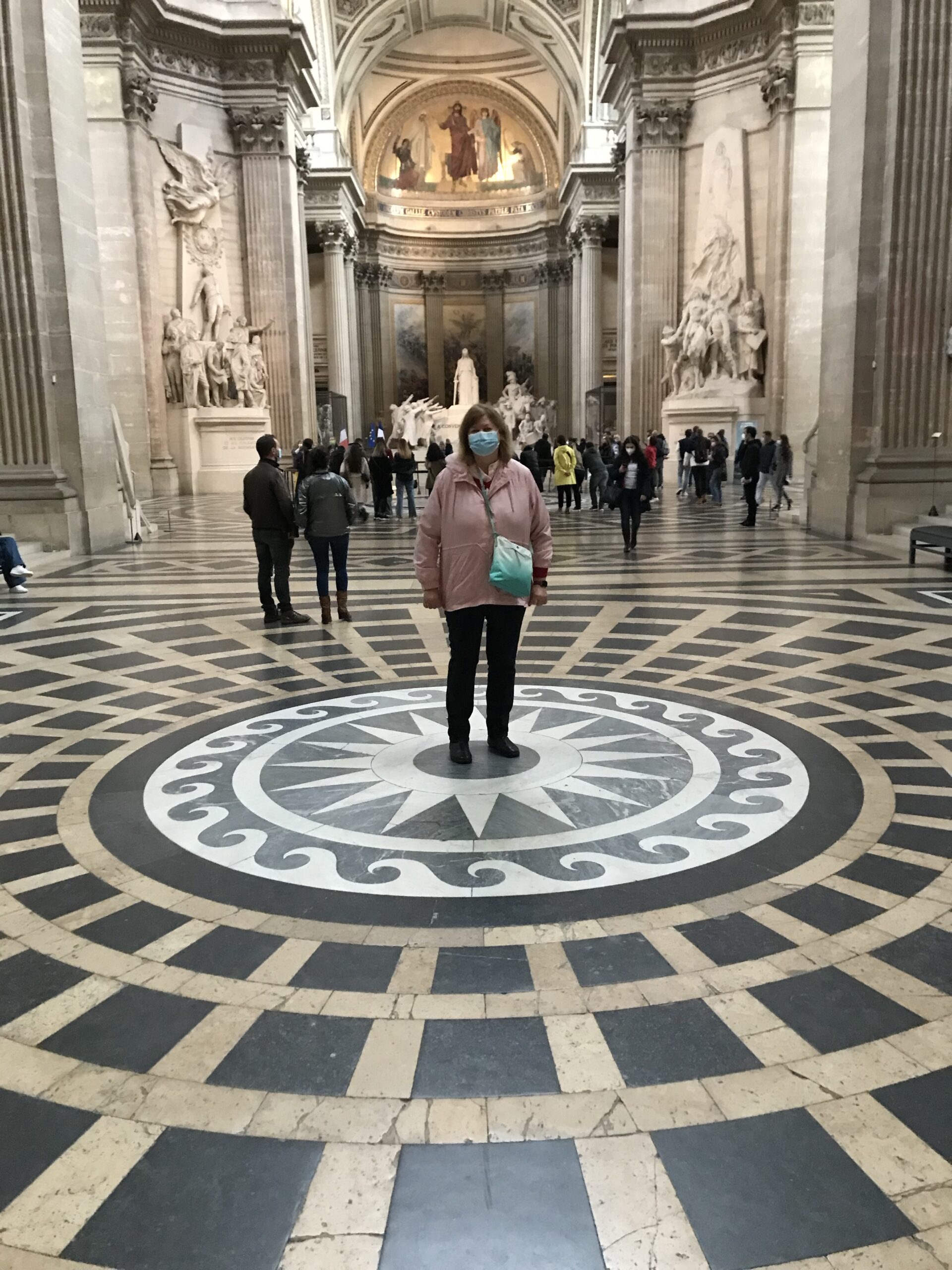
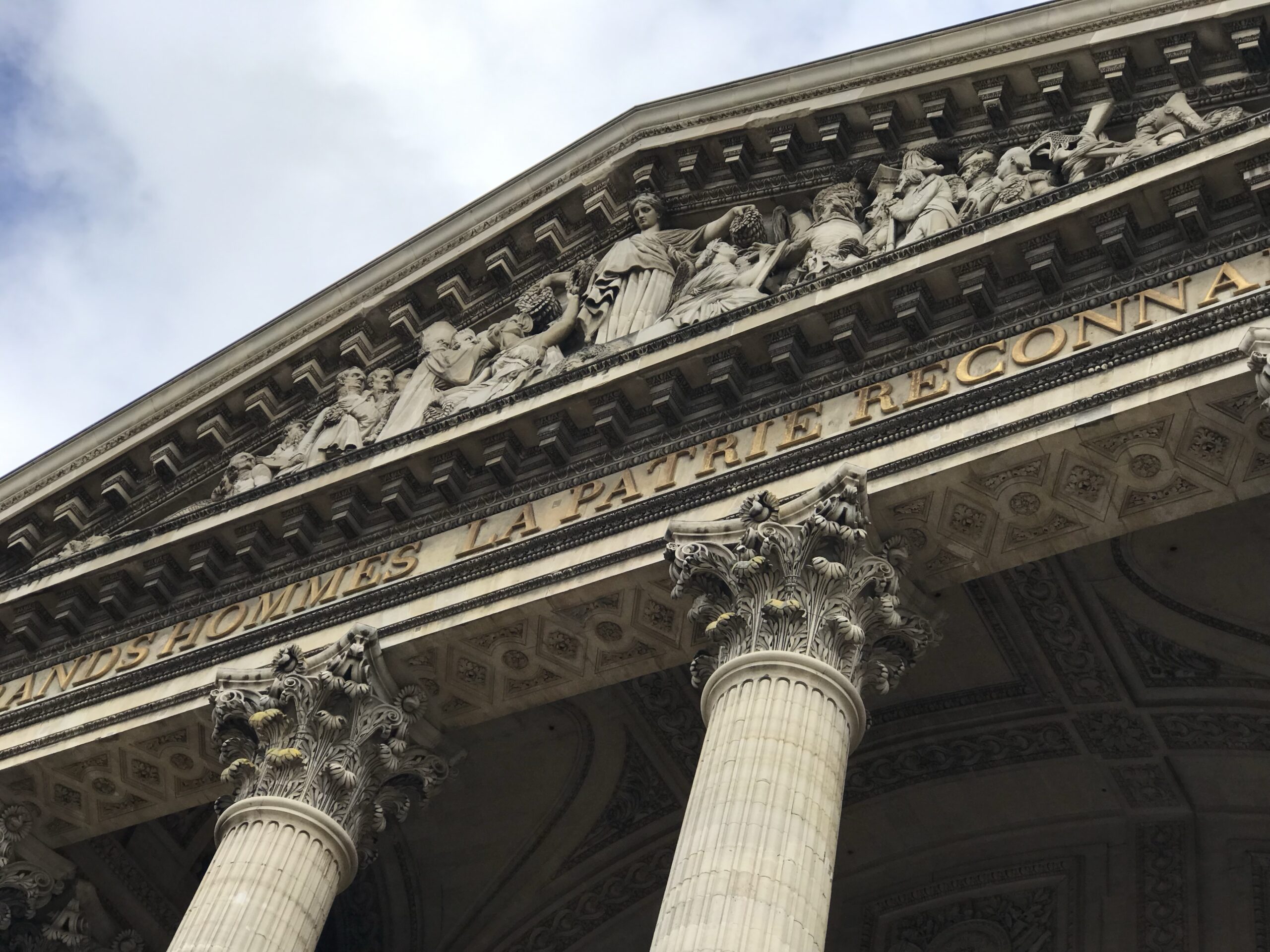
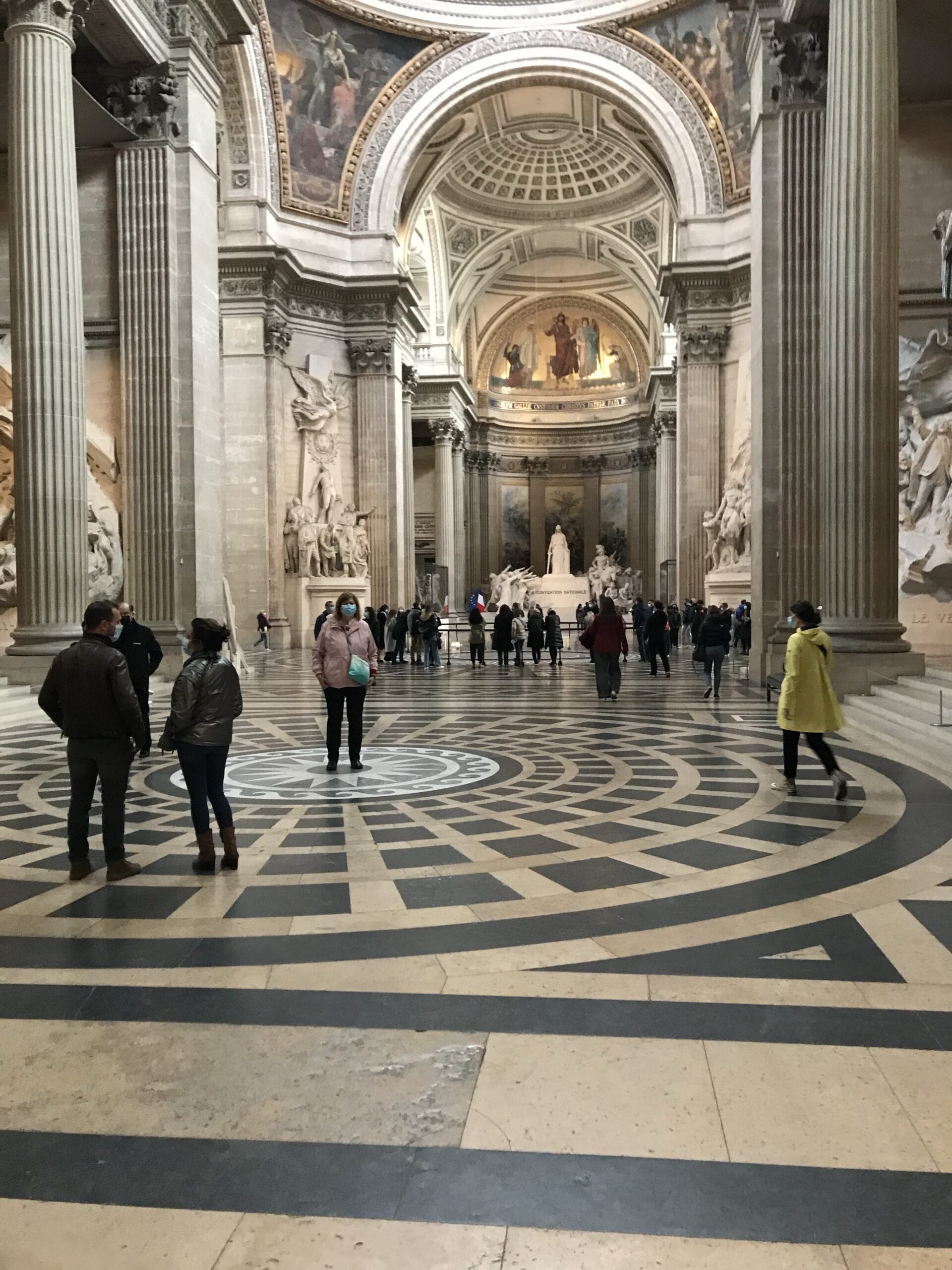
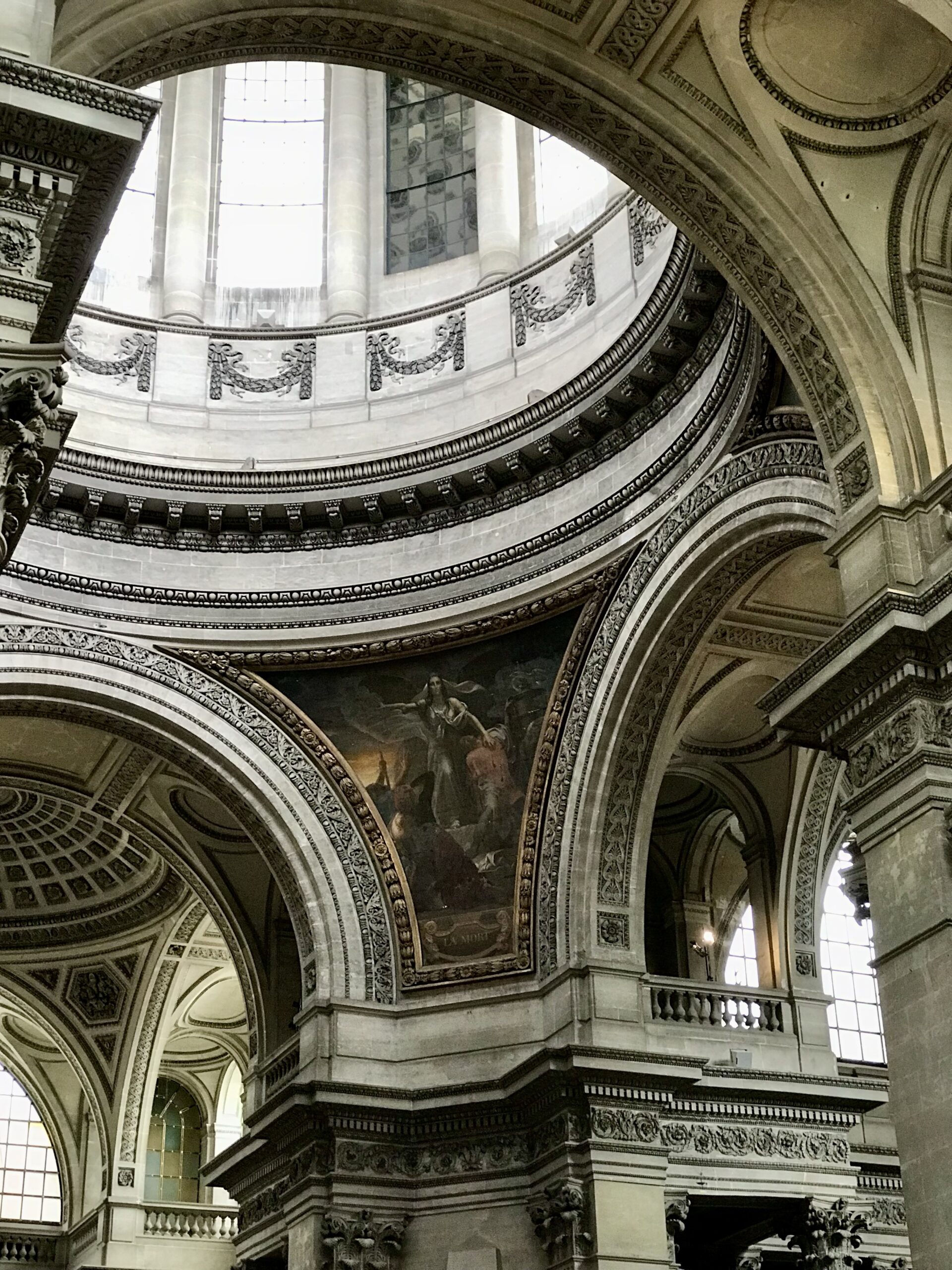
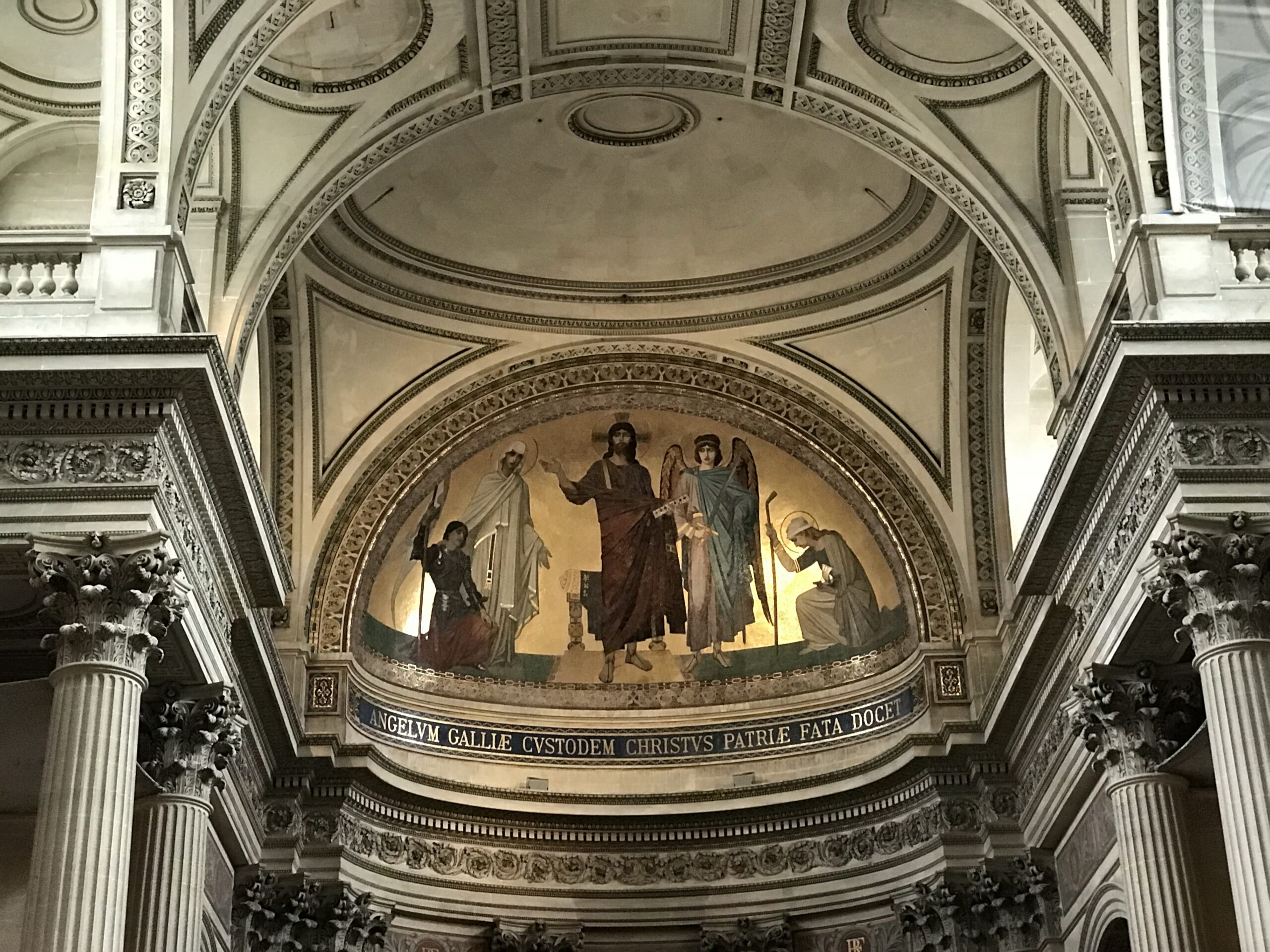
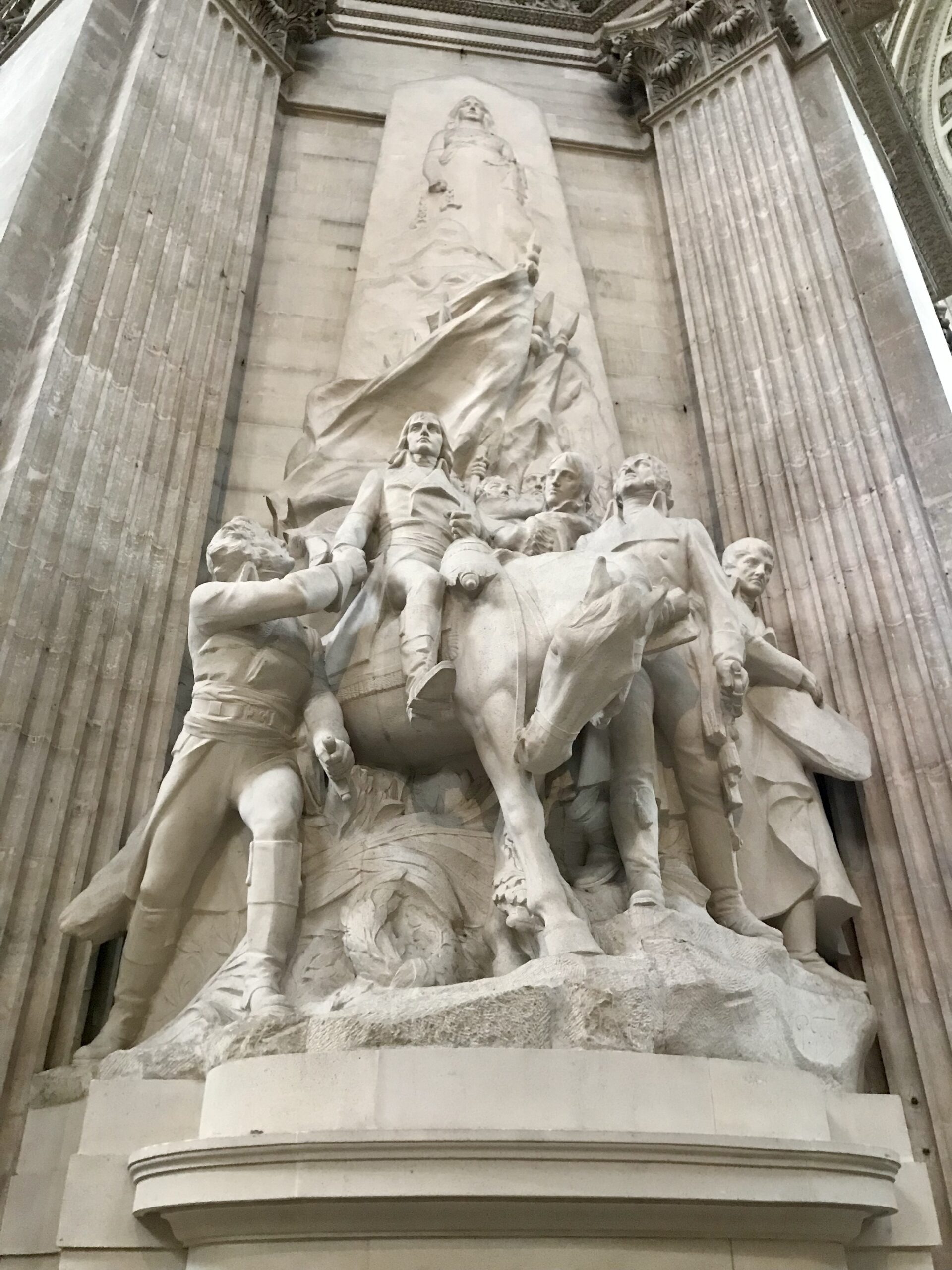

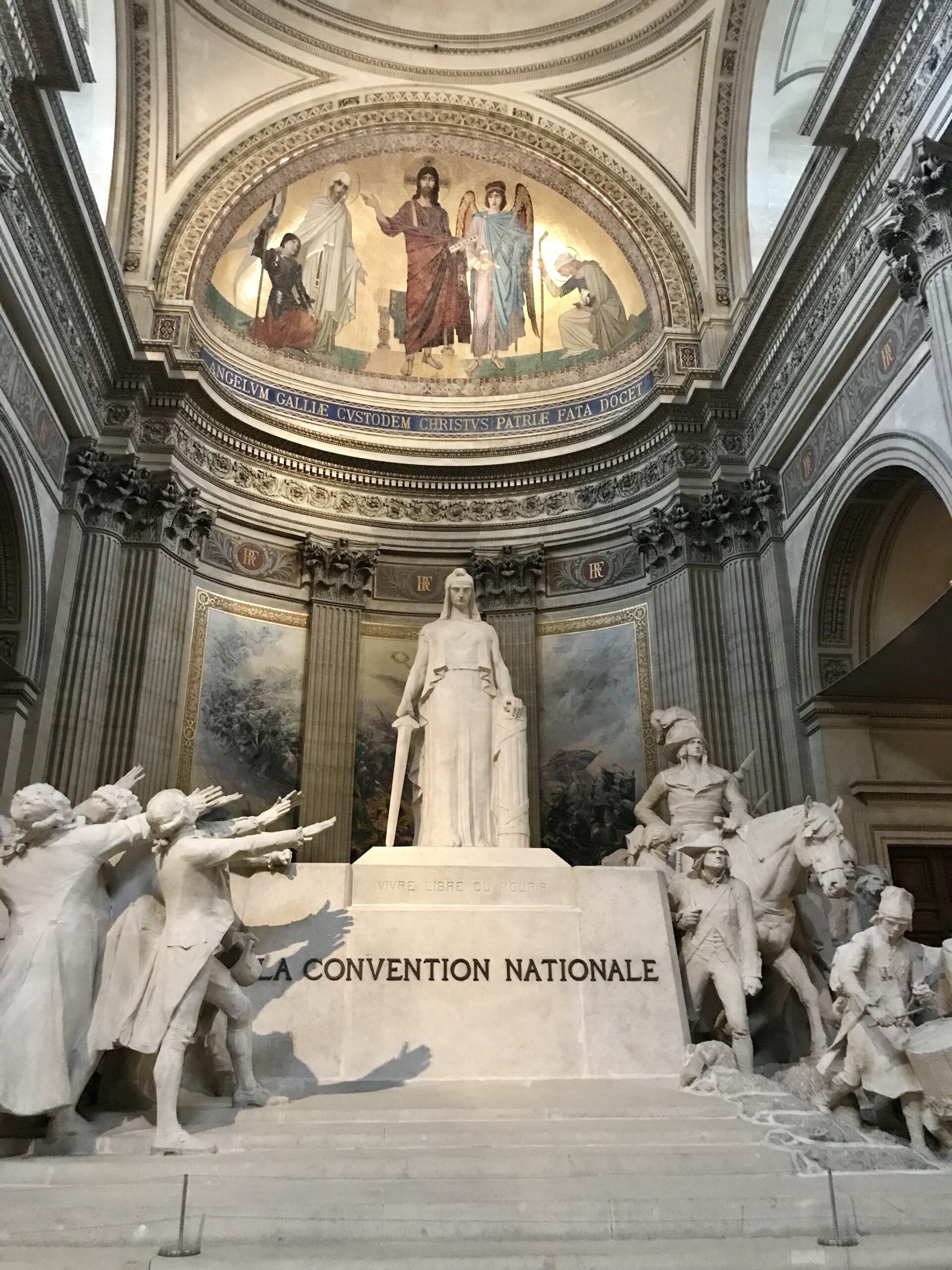

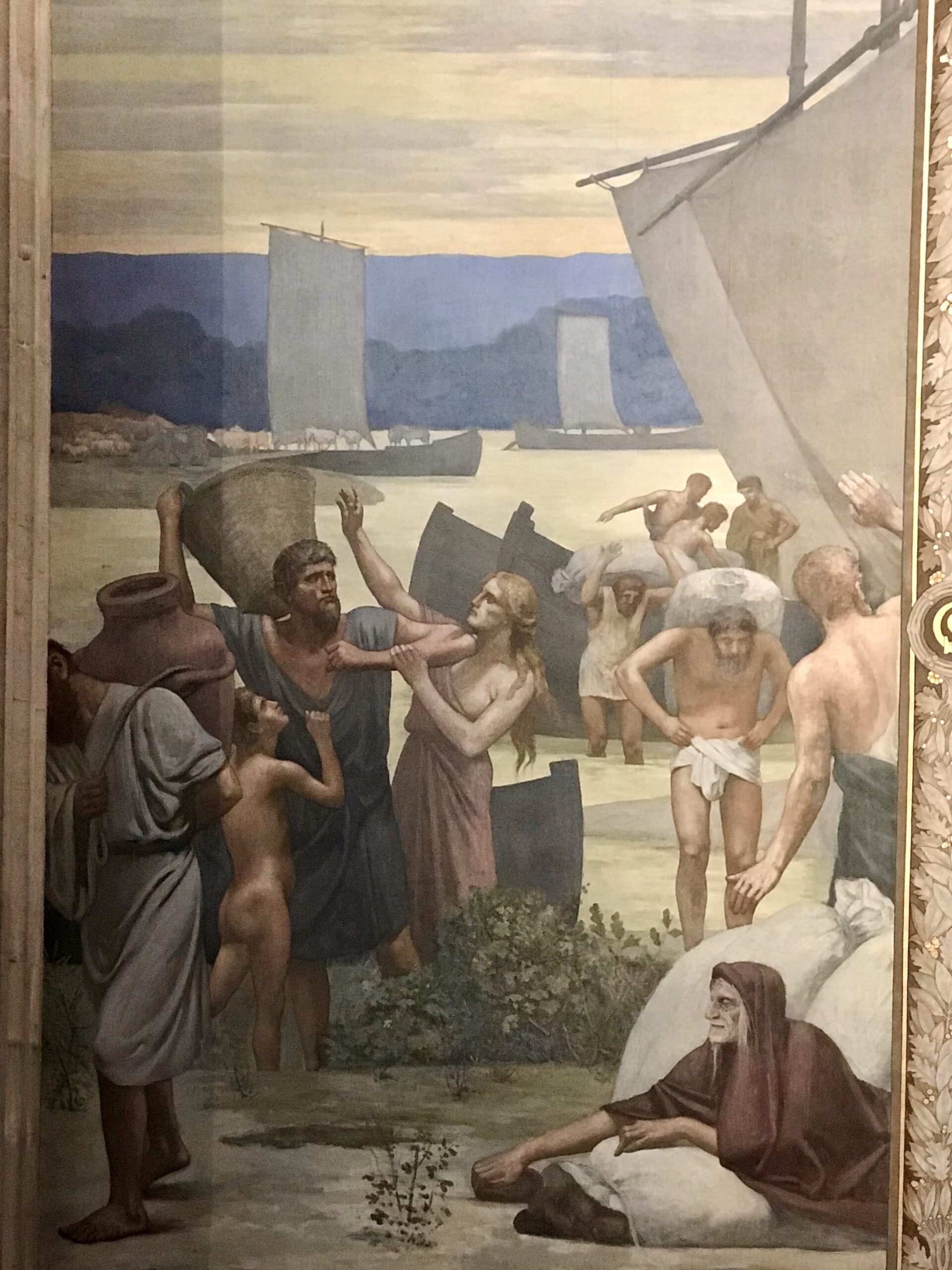
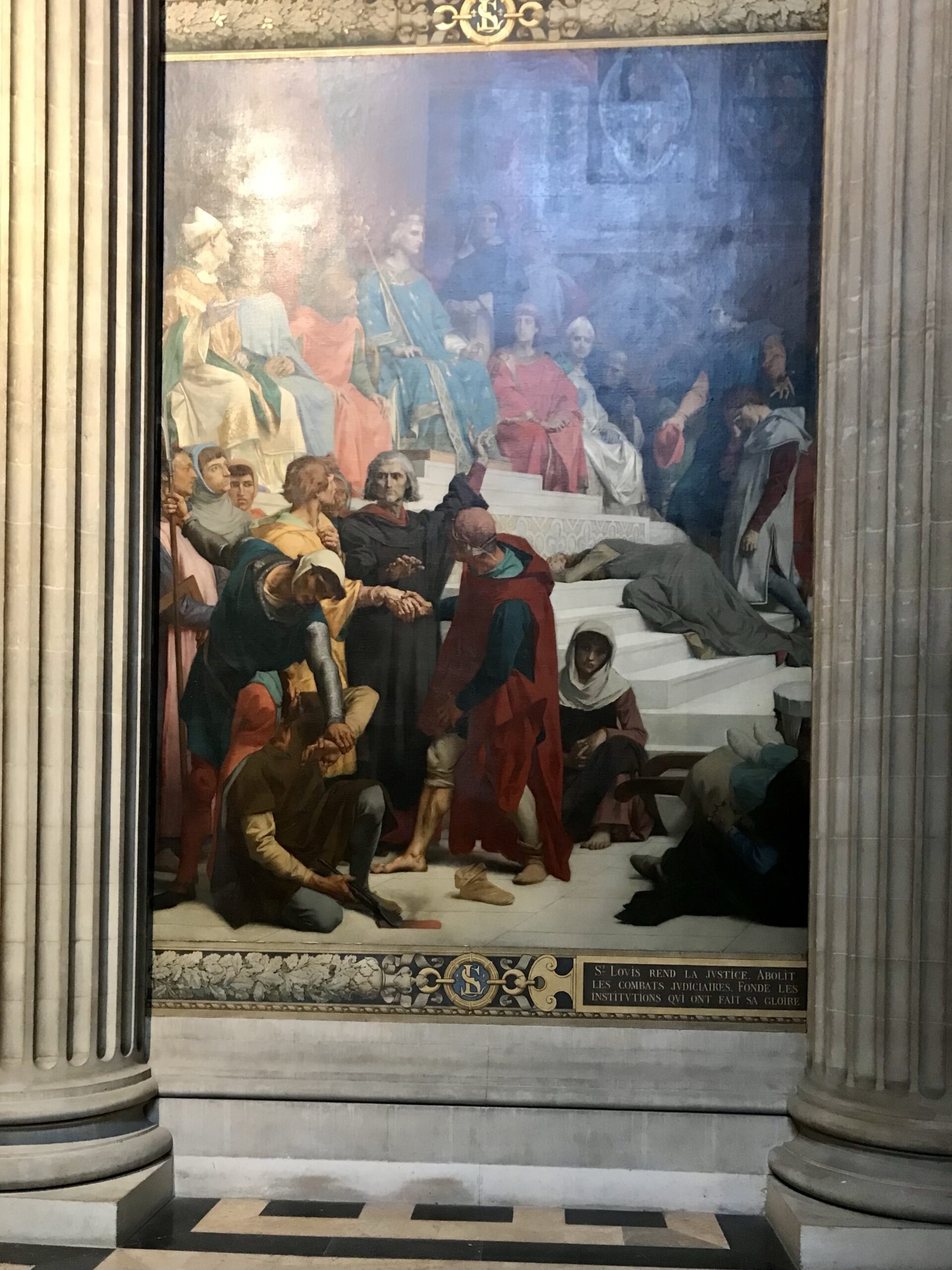
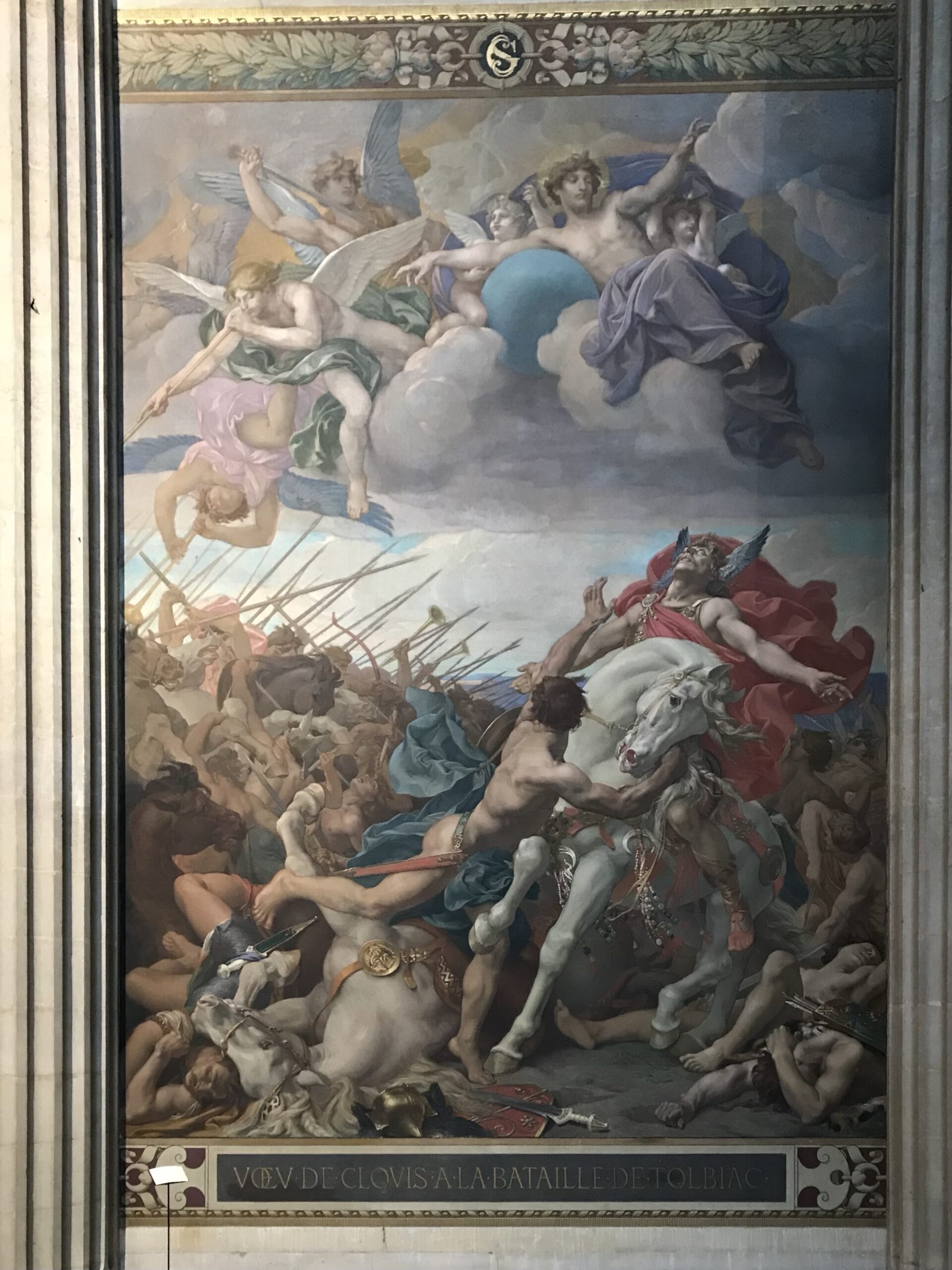
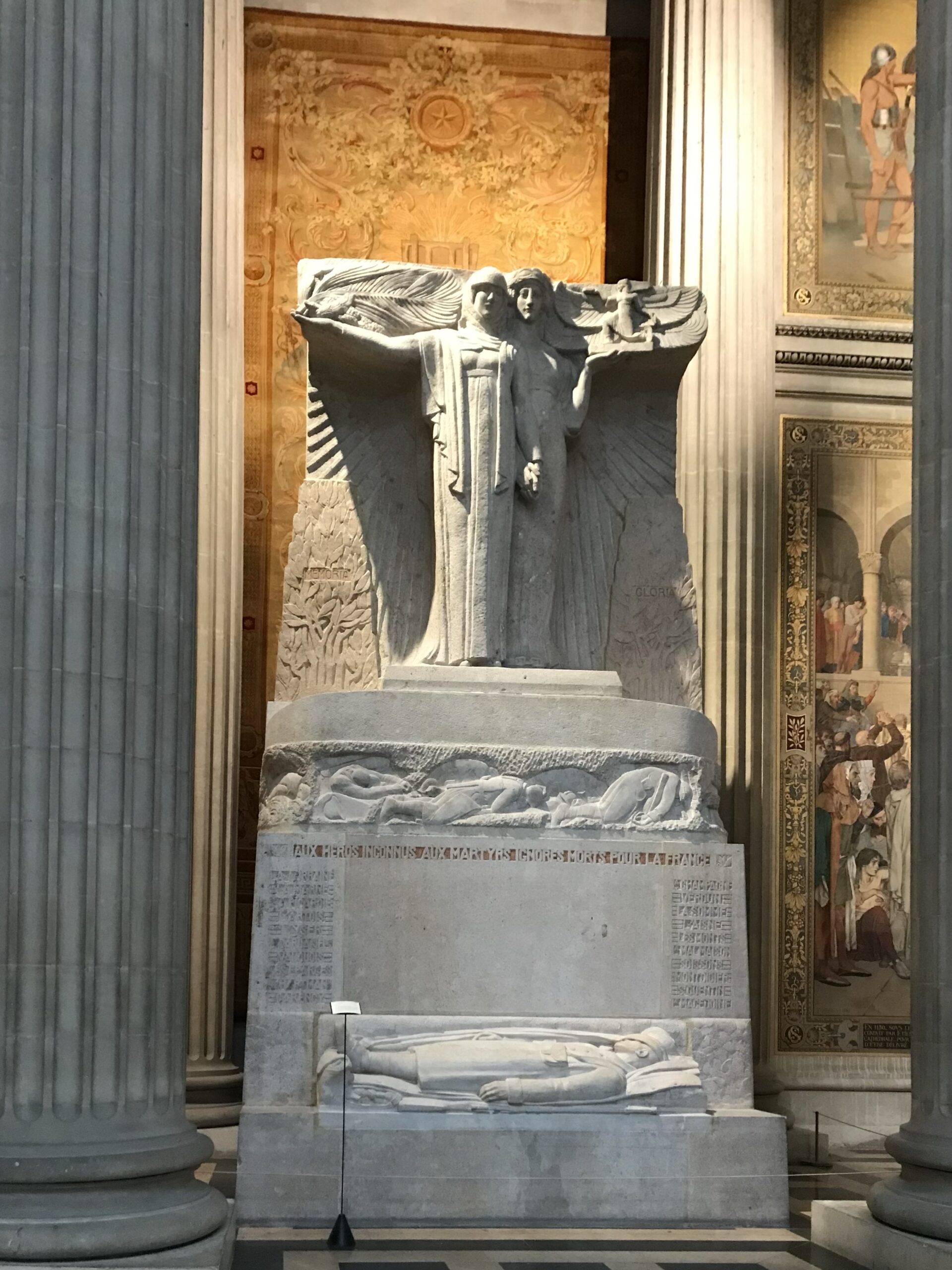
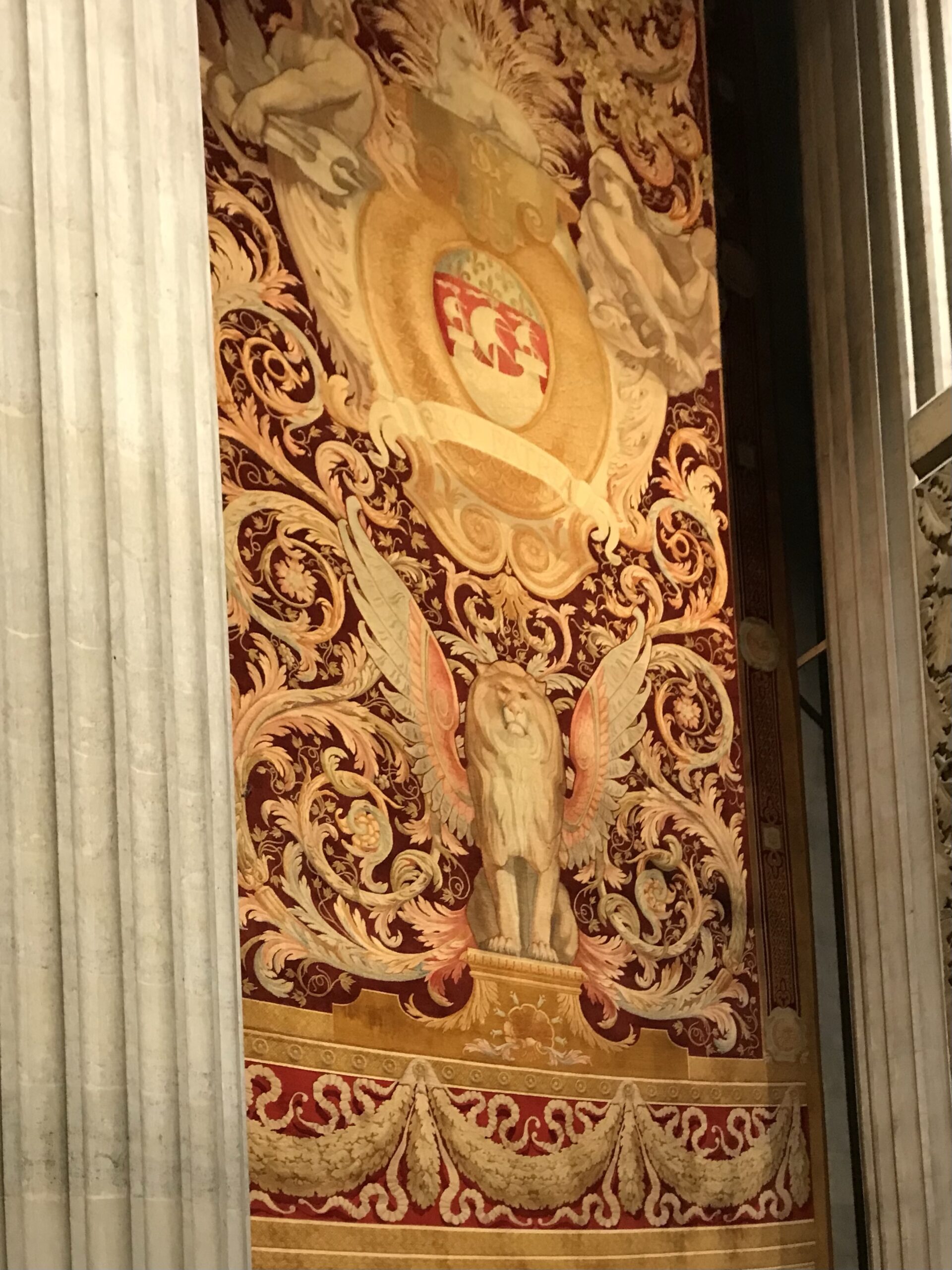
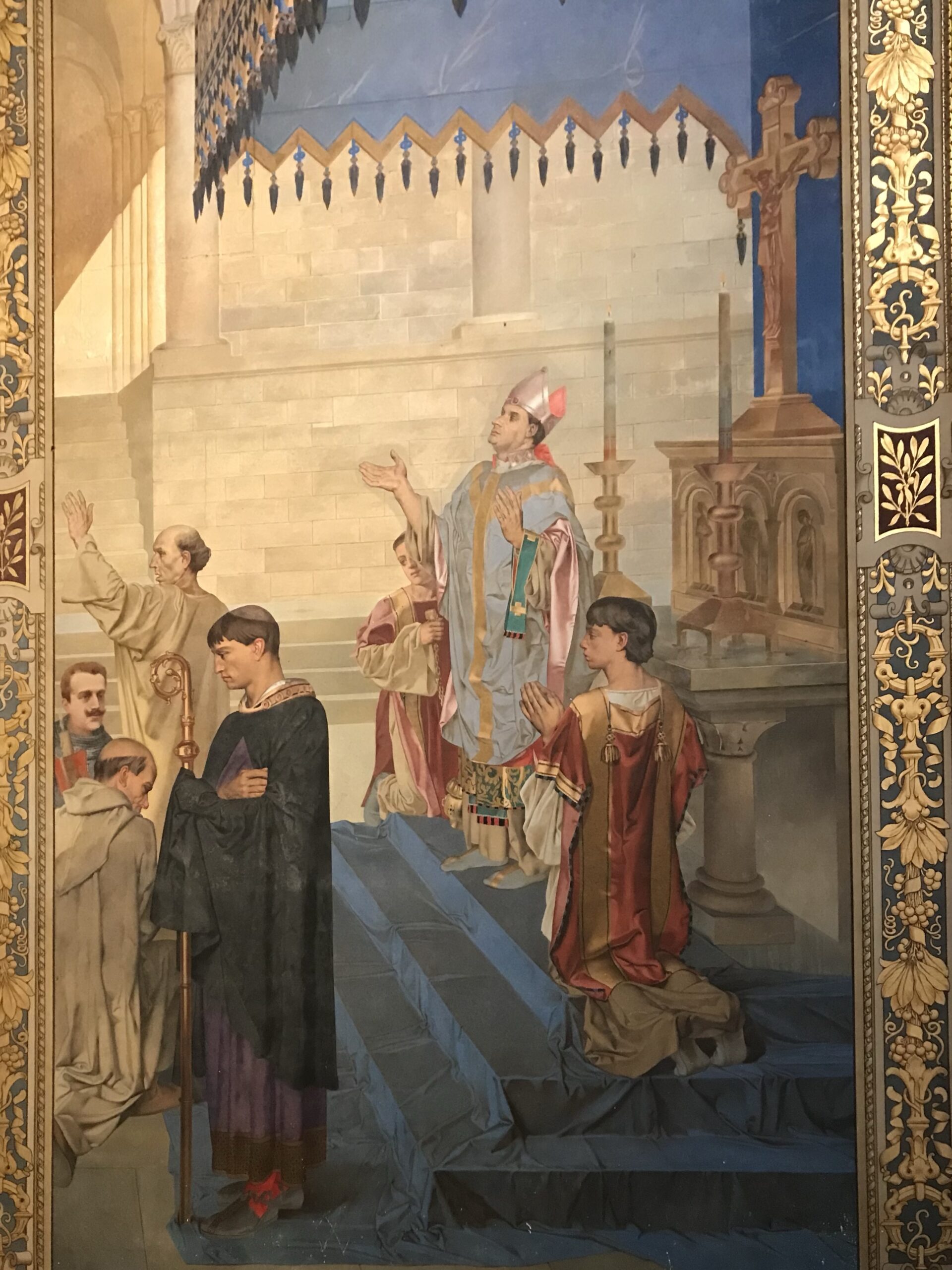
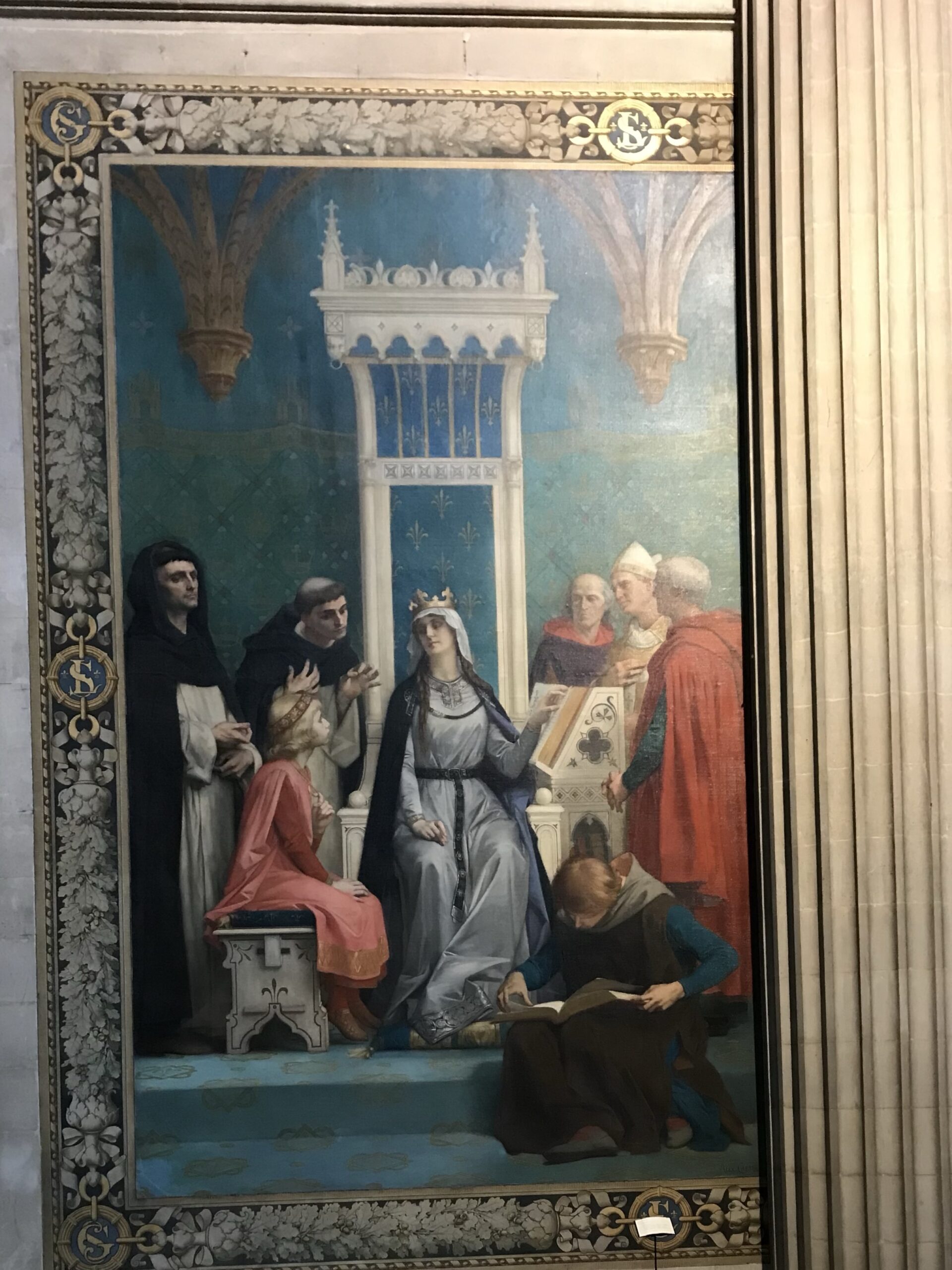
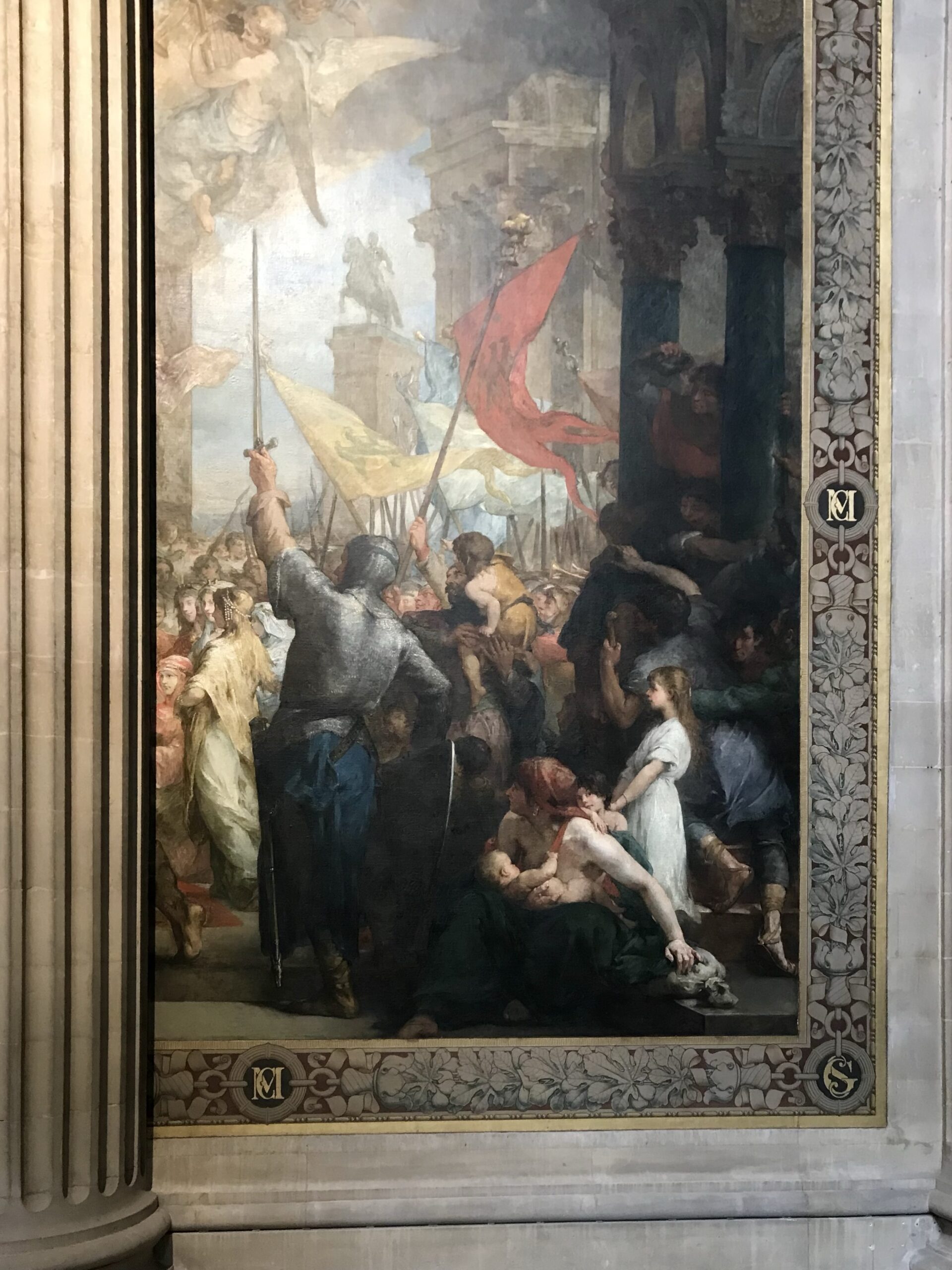
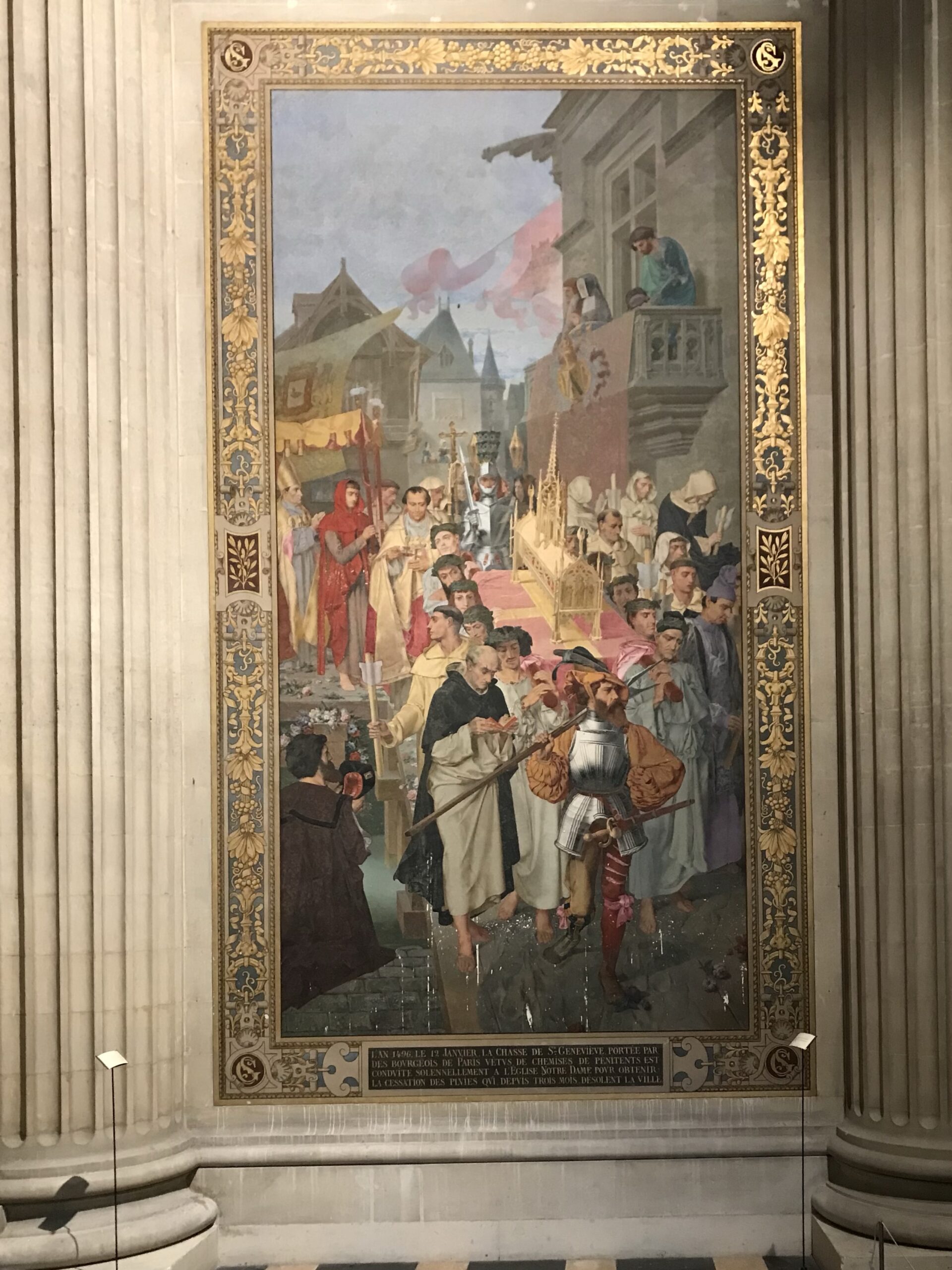
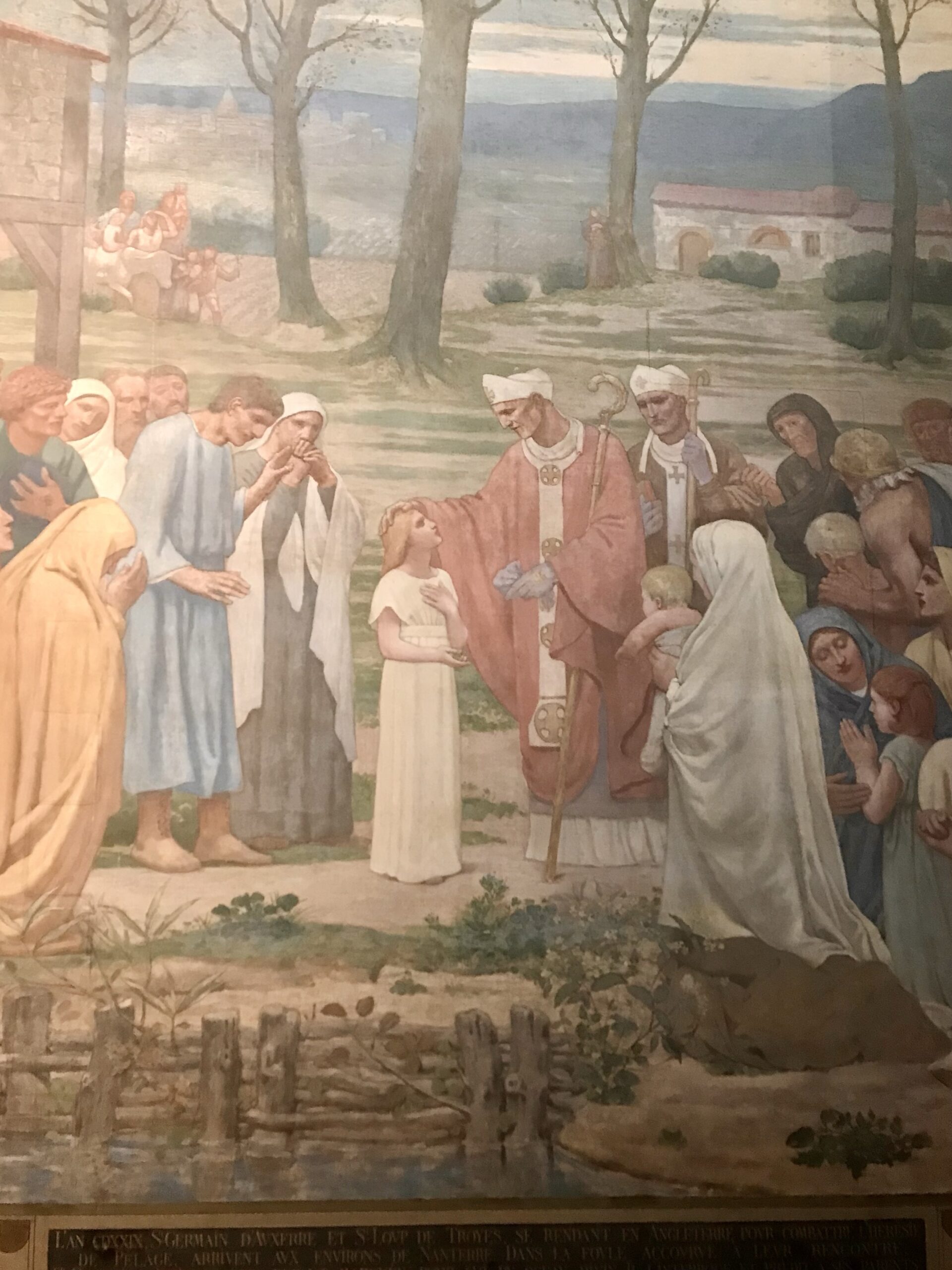
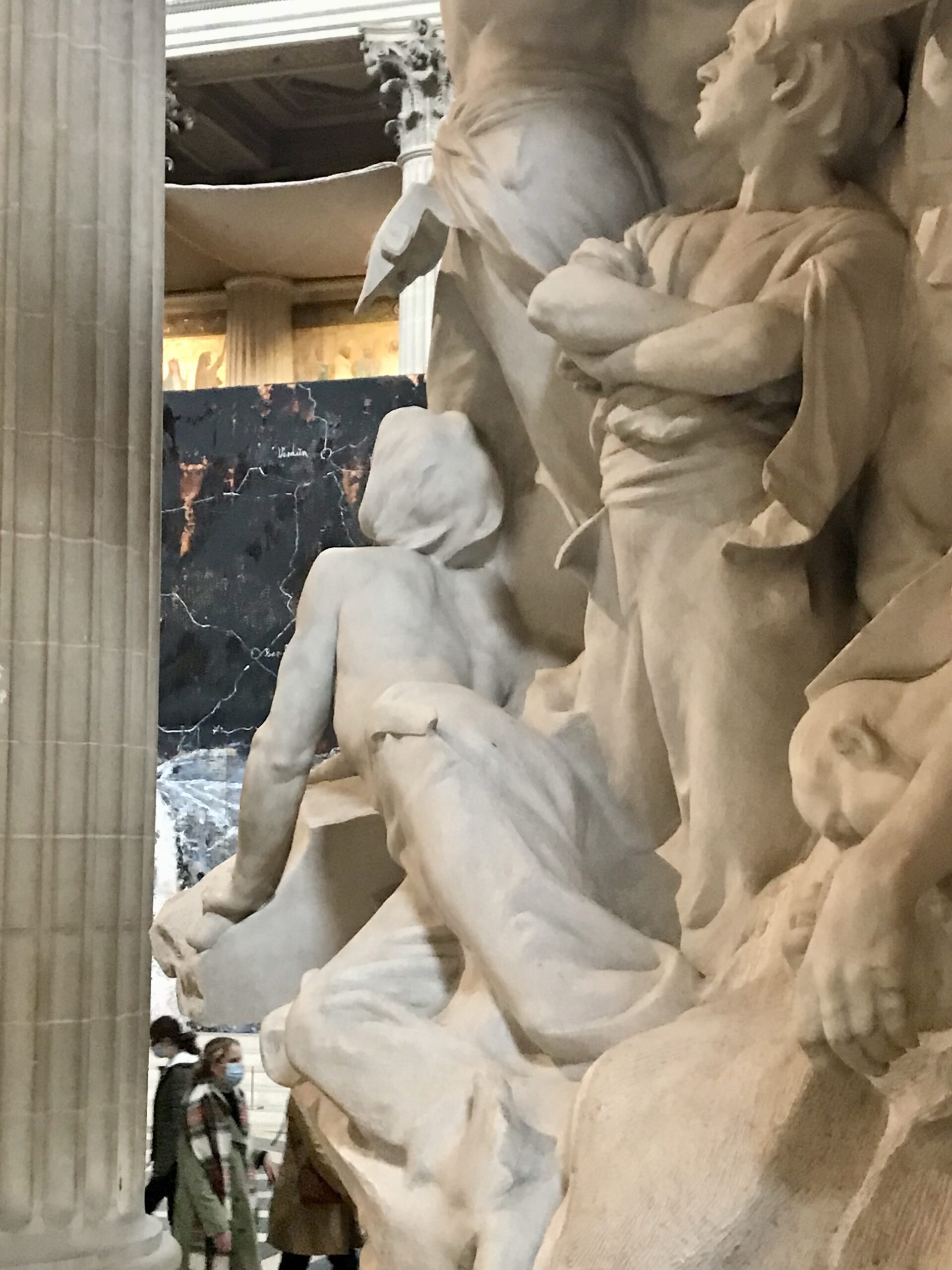
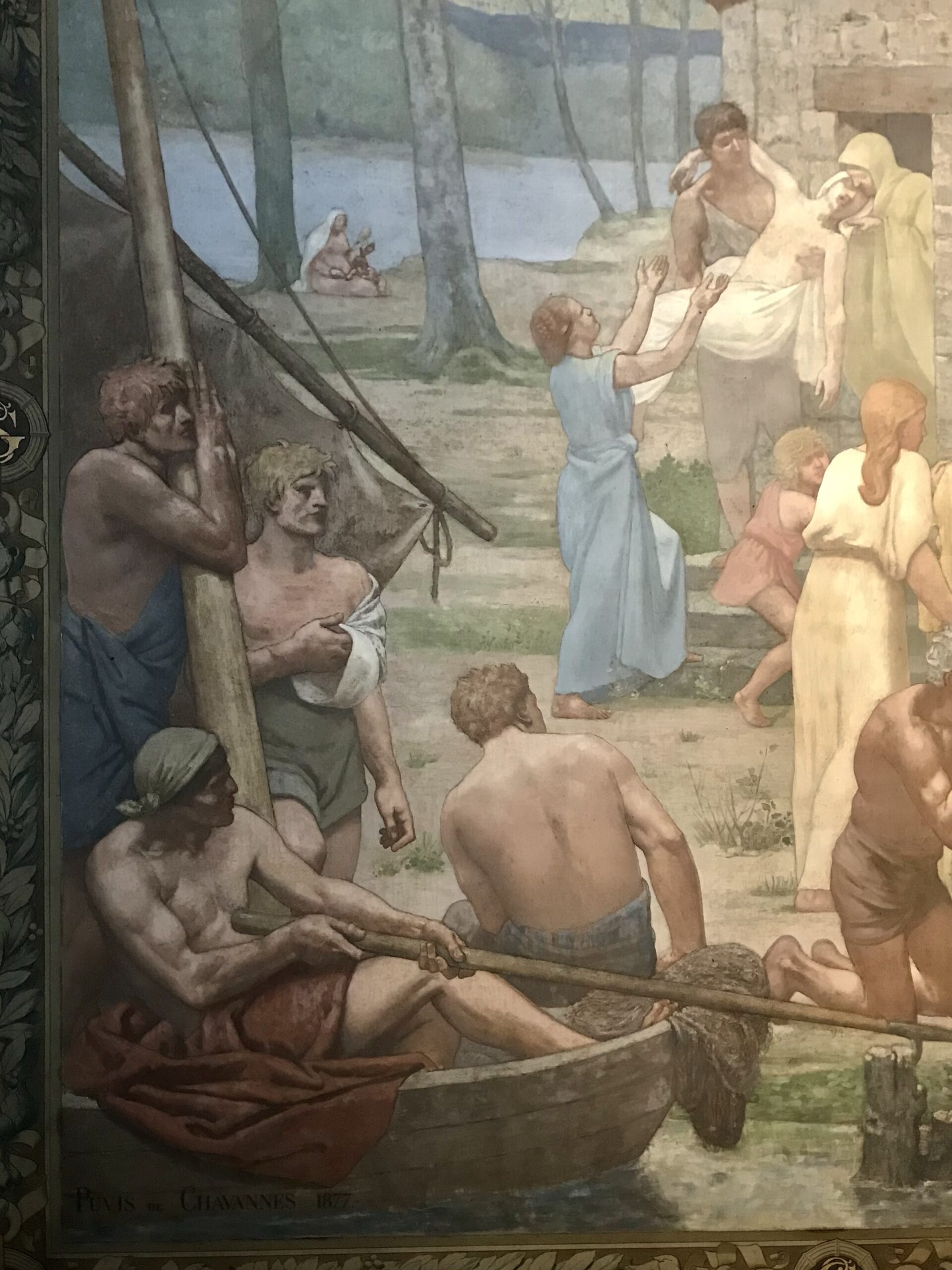
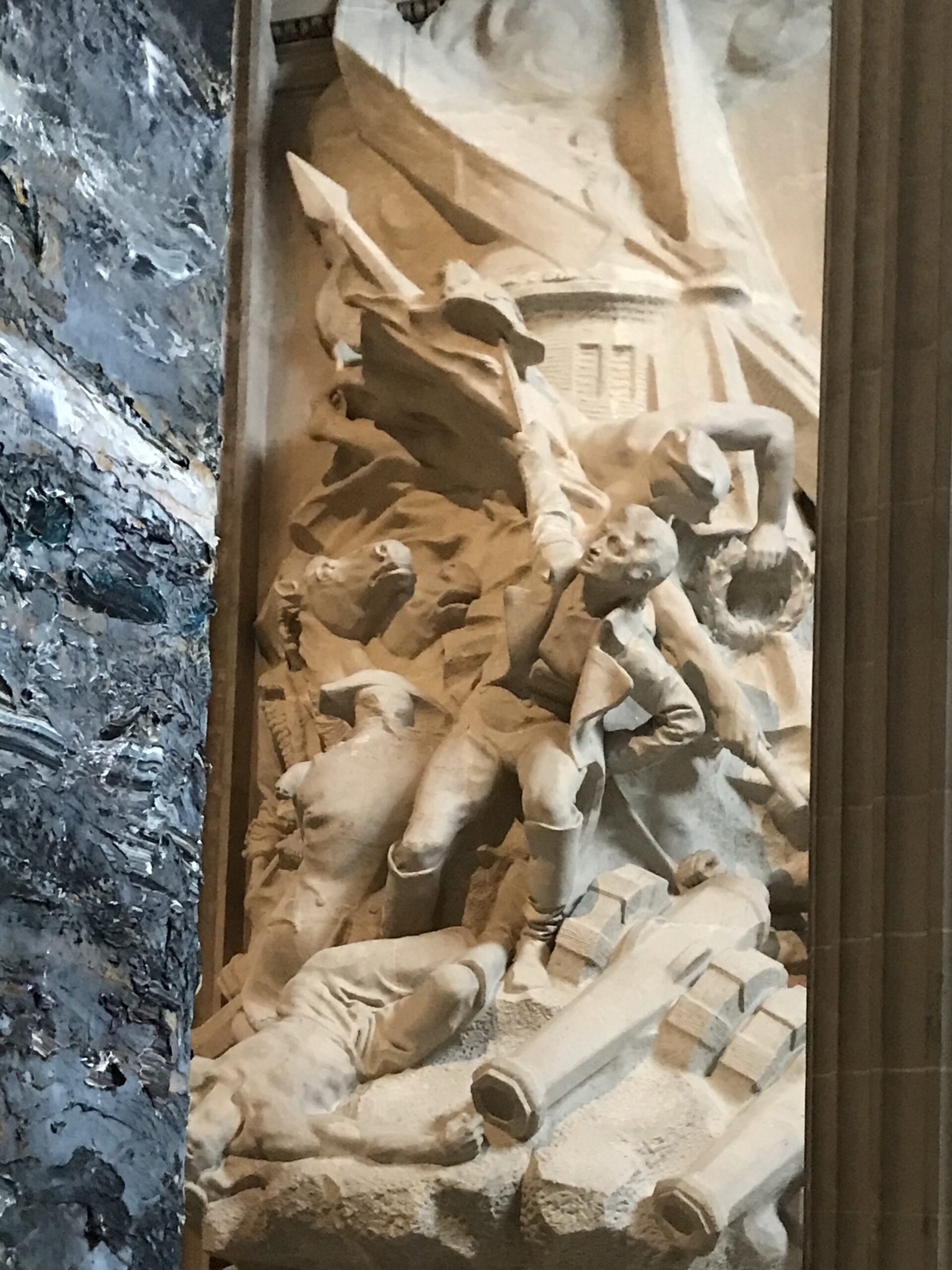
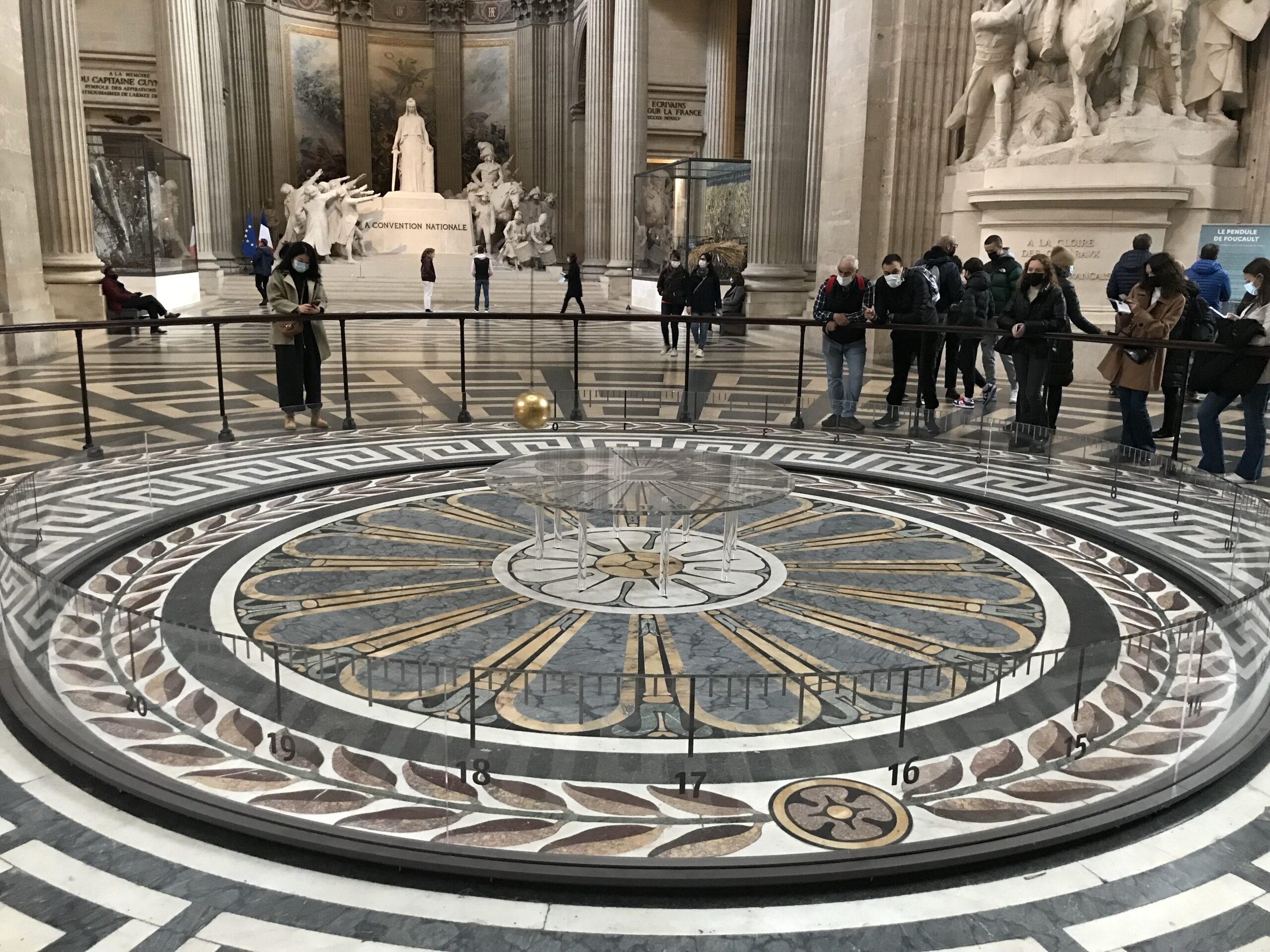
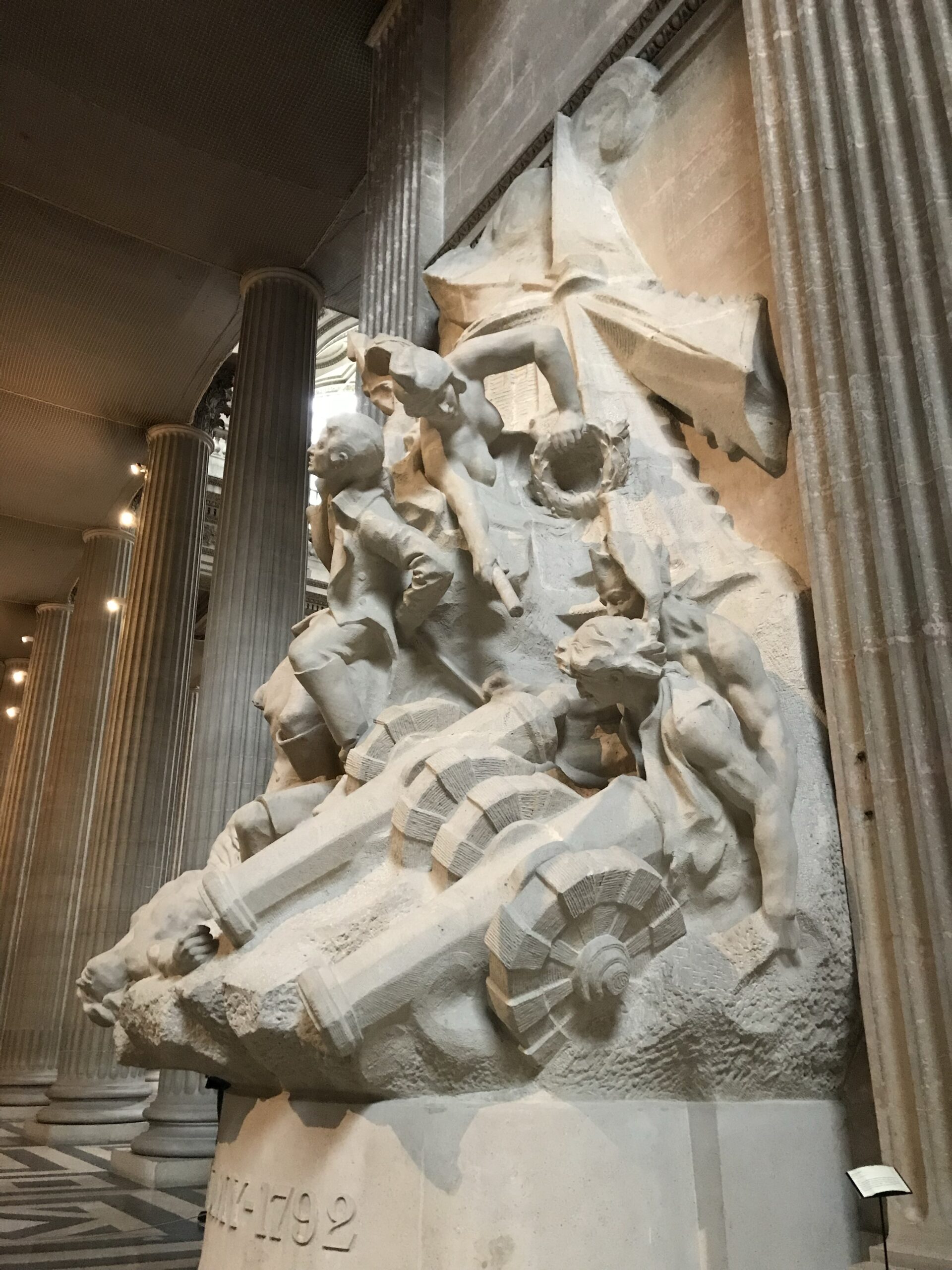
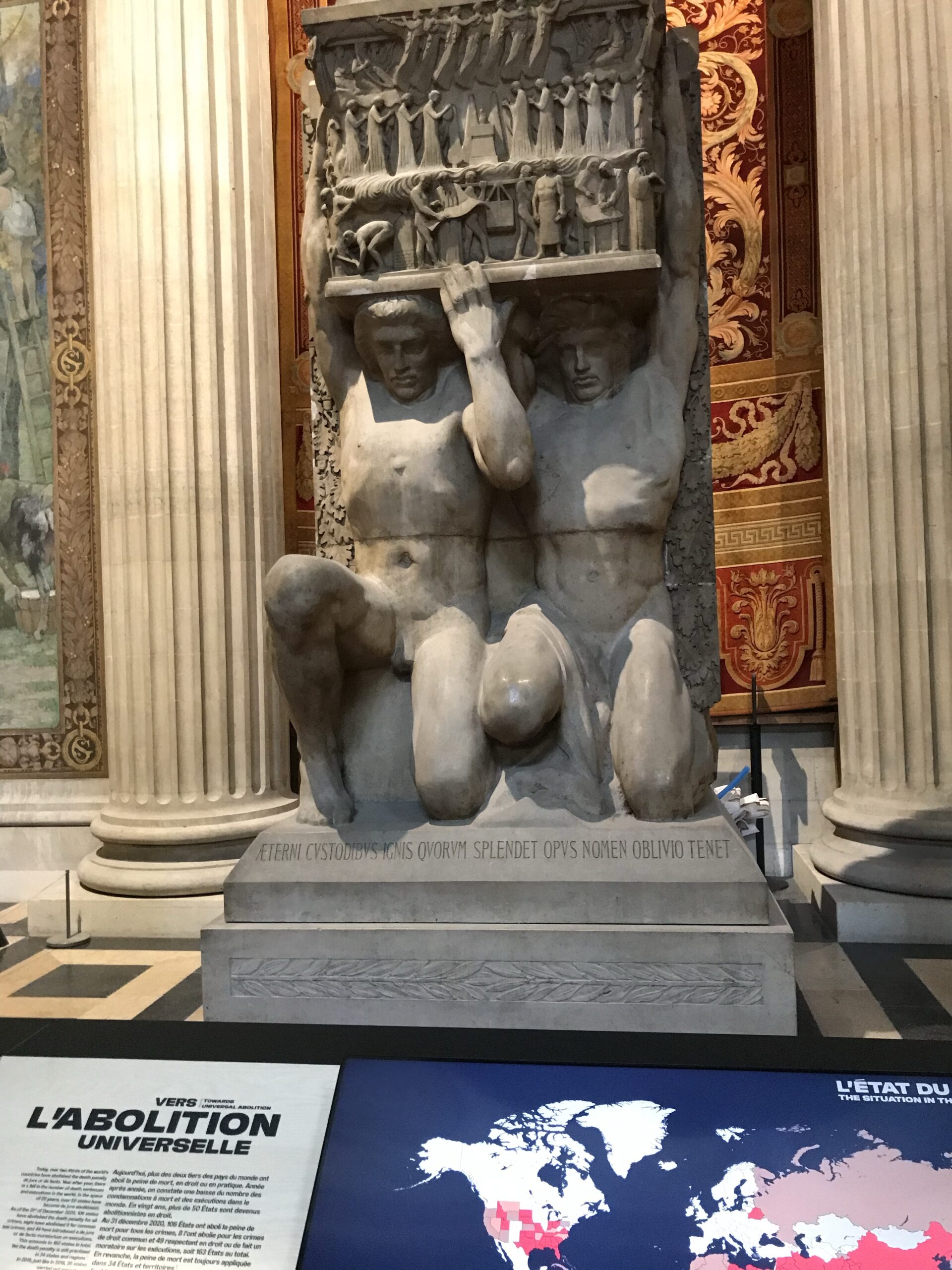
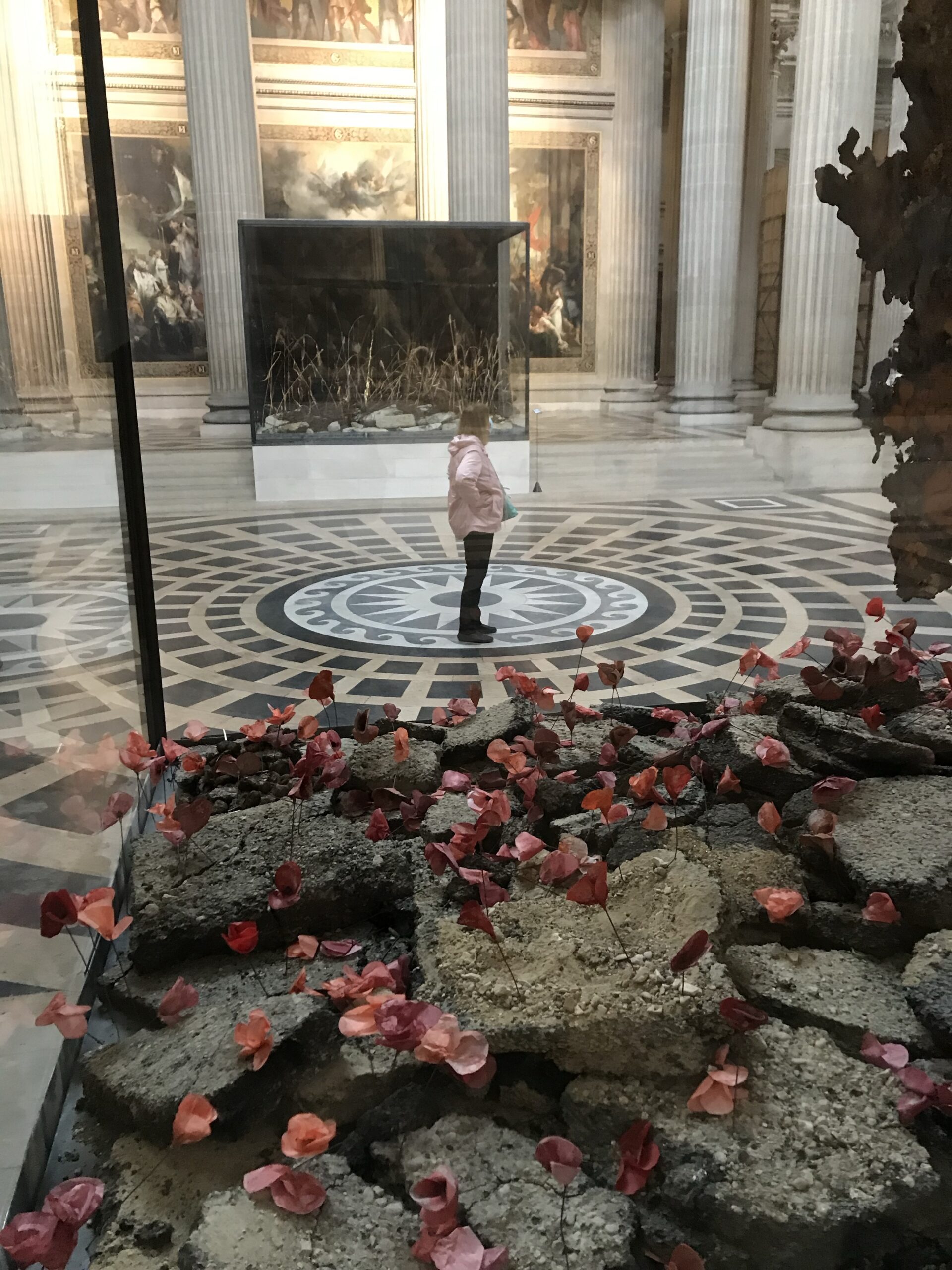
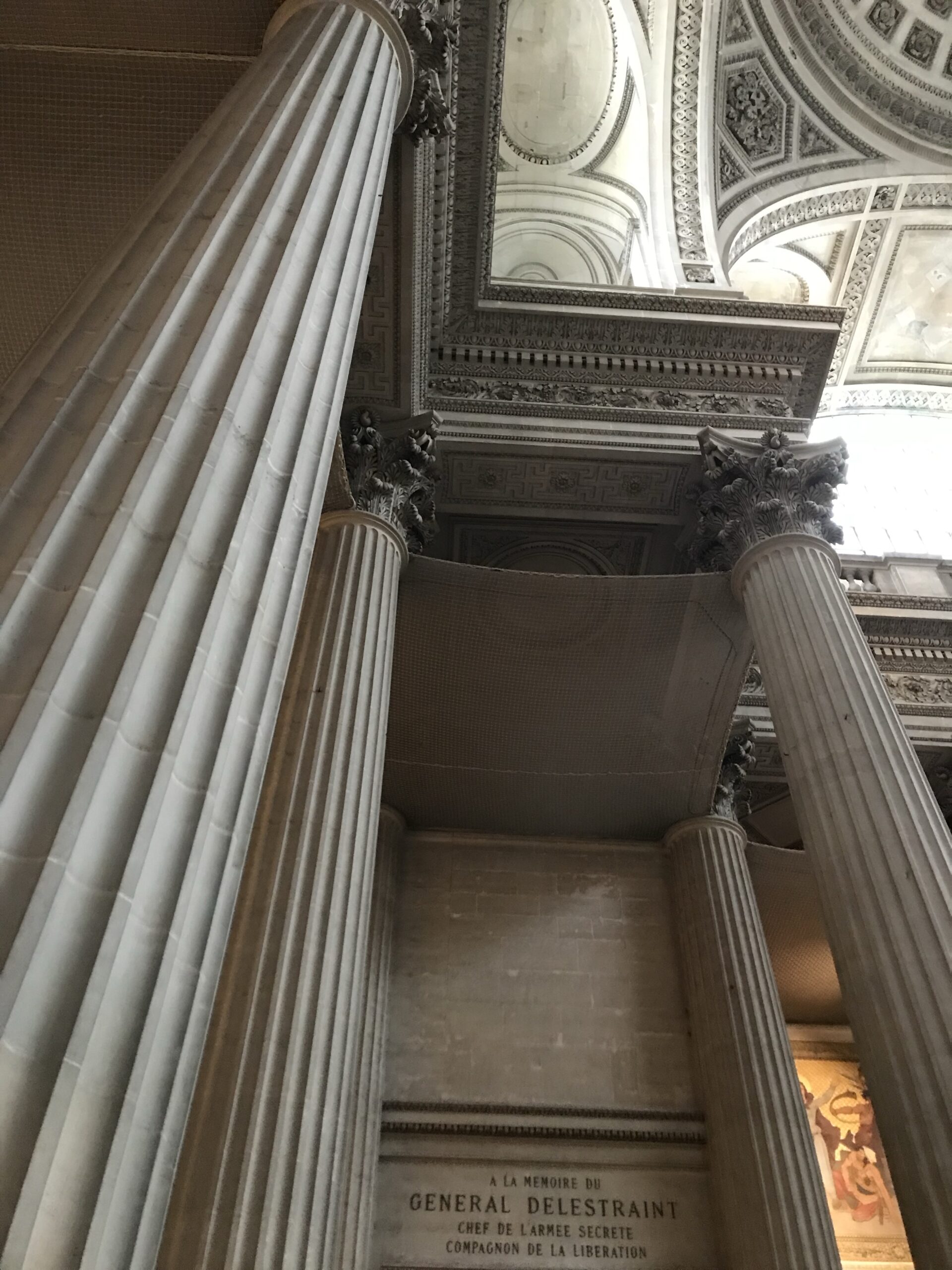
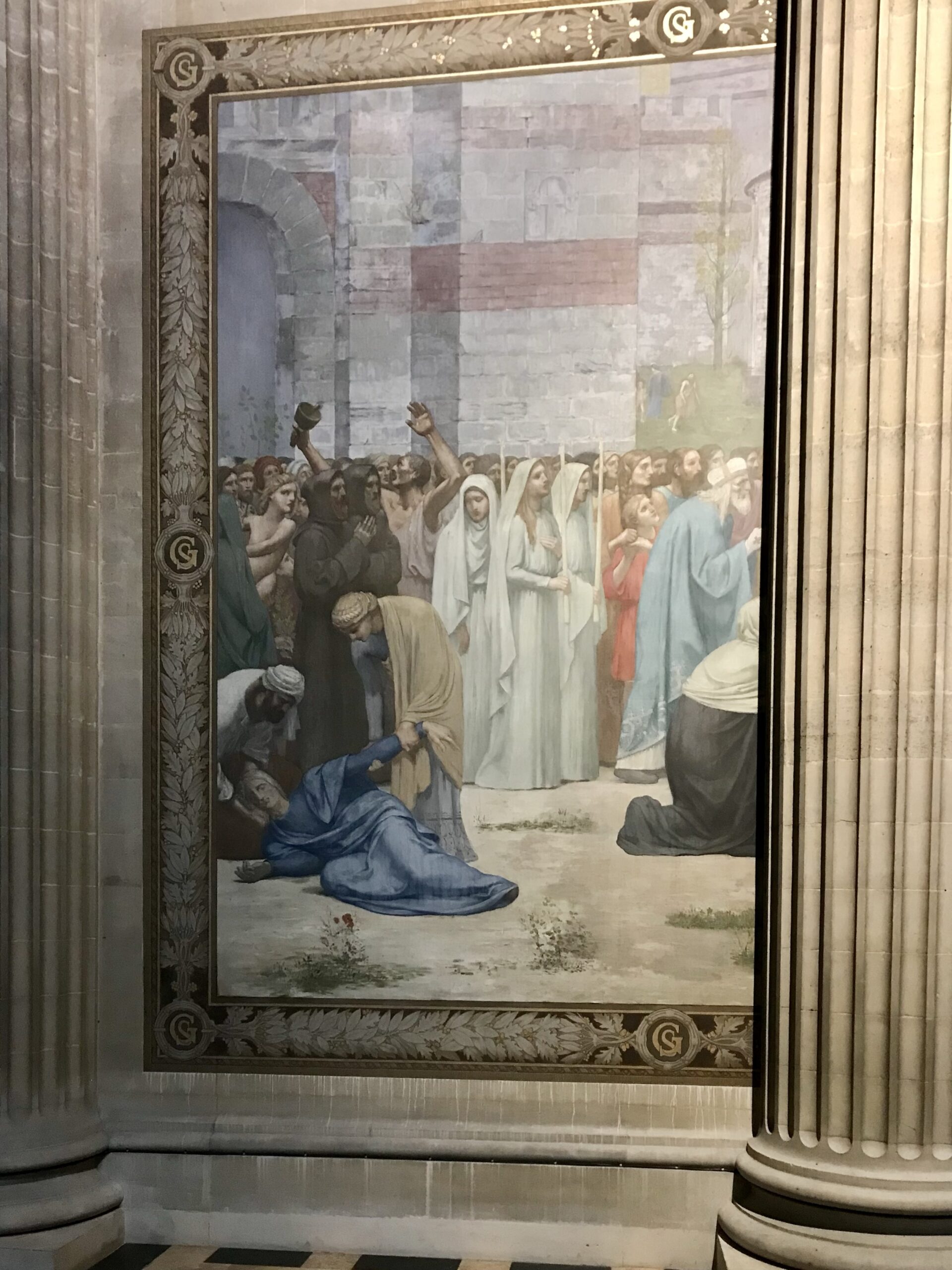
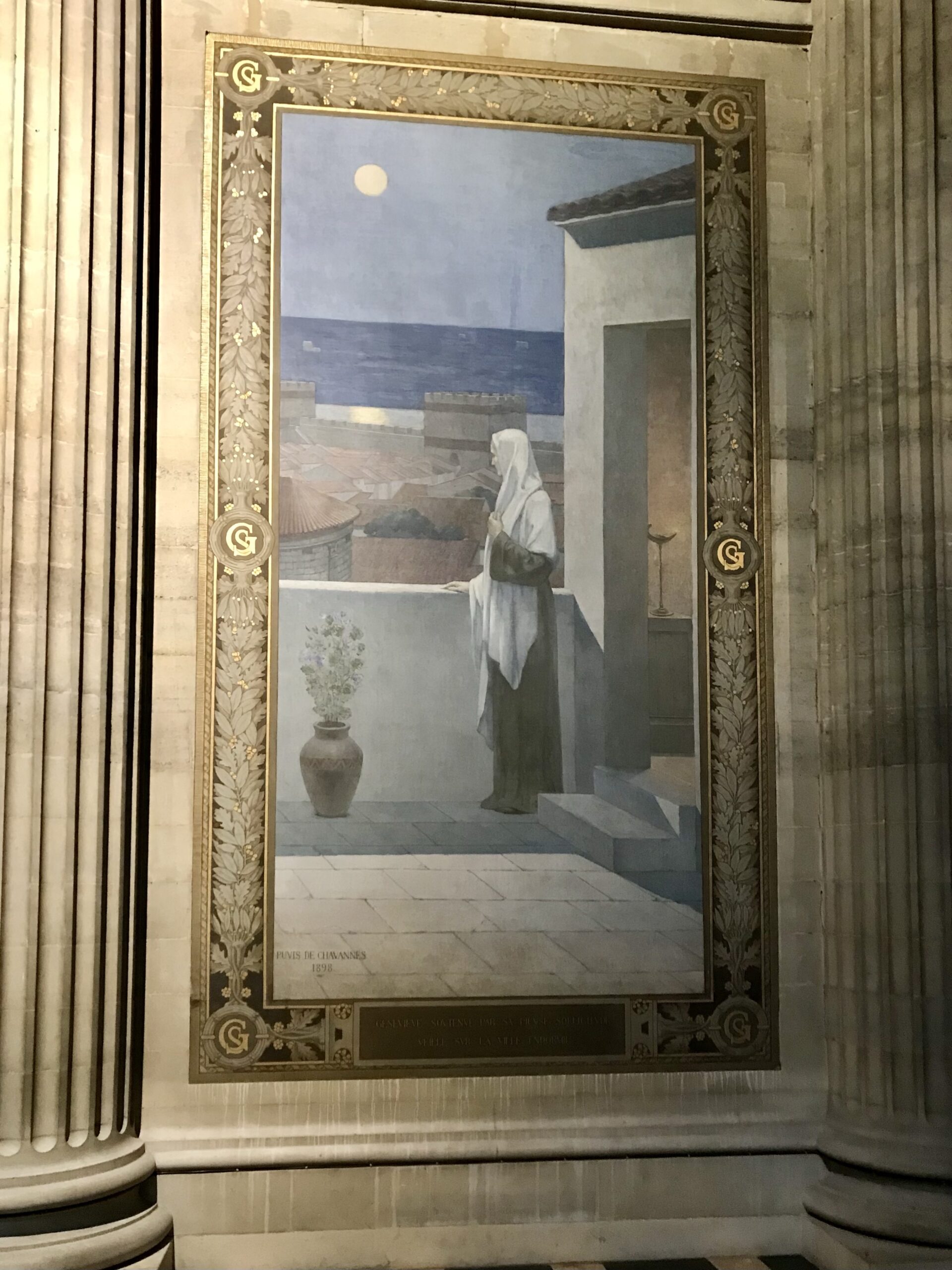
Place de la Bastille (July Column)
An engineering feat with its massive base on the canal’s vault, the Bastille’s July Column is a neoclassical centerpiece with gilded sculpture. Architects notice its Corinthian details, while historians contemplate the site of the 1789 prison storm and memorial crypt. Sailors appreciate the canal locks beneath their feet. Nature lovers enjoy its weekend street markets. Catholics recall its revolutionary significance for religious freedoms. Hikers find it a strategic stop on right-bank urban walks. Public access free; guided crypt visit €11.50.
Cimetière du Père-Lachaise
Engineers study its clever terracing and drainage. Architects note its romantic landscape design and century-spanning funerary art. Historians pay homage at the graves of Wilde, Morrison, Colette, and more. Sailors look to the cemetery’s hill as a landmark. Nature lovers flock to its thousands of trees and wildlife. Catholics (as well as other faiths) can visit many denominational sections. Hikers can wander kilometers of gently sloping, cobbled lanes. Free; open dawn to dusk.
Place Sainte-Geneviève
Engineers and architects appreciate the square’s planned streets atop a natural hill and the harmonious 18th-century facades. Historians recall its medieval abbey origins and revolutionary barricades. Sailors once noted its bonfire signals visible from the river. Nature lovers enjoy shady plane trees. Catholics visit the statue of Paris’s patroness. Hikers climb steep Latin Quarter lanes nearby. Always open; free.
Jardin du Luxembourg
Engineering interest lies in its irrigation and pond systems. Architects admire the Medici fountain’s baroque beauty and formal garden geometry. Historians seek WWII monuments and 17th-century origins. Sailors (and children) can float model boats in the main basin. Nature lovers adore lush lawns, hundreds of trees, and beekeeping. Catholics stop by the Lourdes grotto and statues. Hikers run or stroll its many paths. Open sunrise to sunset, free.
Église Saint-Séverin
Engineers marvel at its “twisted palm tree” columns and gothic load transfers. Architects study Flamboyant Gothic and modern stained glass. Historians revisit its student parish past. Sailors once prayed here after landing at the river quay. Nature lovers discover a hidden garden. Catholics attend daily Mass and witness organ concerts. Hikers use it as a waypoint for Latin Quarter walks. Free, open with long hours daily.
Hôtel-Dieu
Here, engineers note 19th-century truss upgrades and early gas lighting. Architects are interested in its Neo-Haussmann courtyards. Historians recall its roots as Paris’s first hospital (trad. 651 AD), and WWI surgery. Sailors reference the adjacent emergency quay. Nature lovers enjoy its medicinal garden plots. Catholics can pray in the chapel.
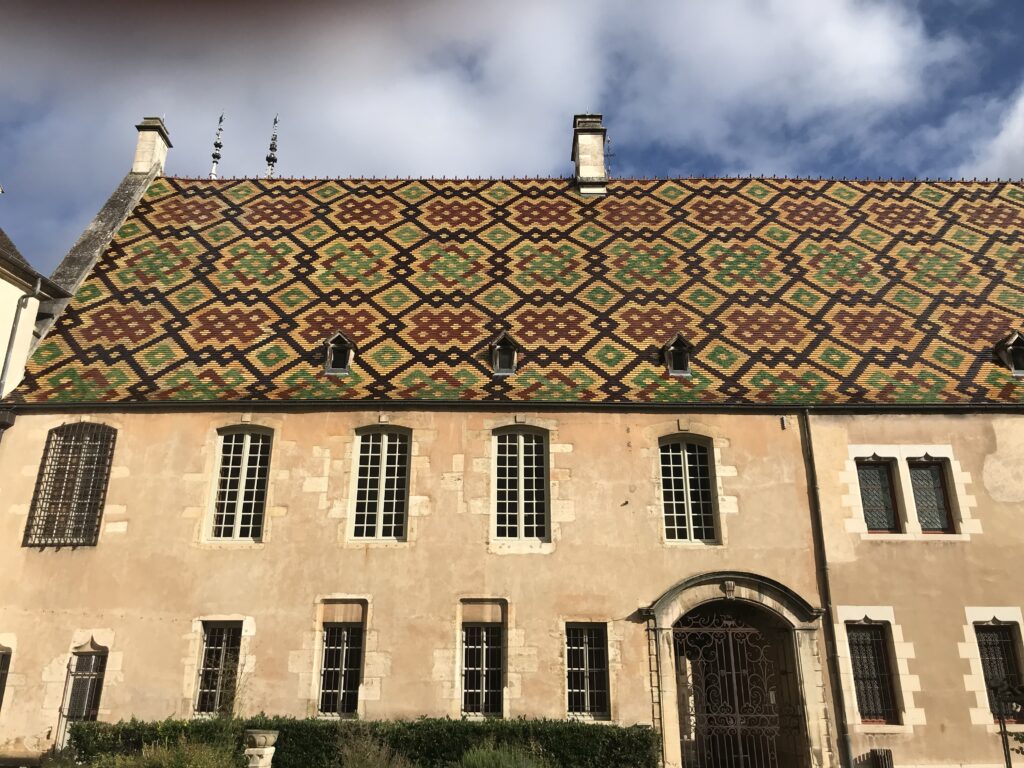
Hikers can stroll the spacious arcades. Courtyards open daily to the public, free.
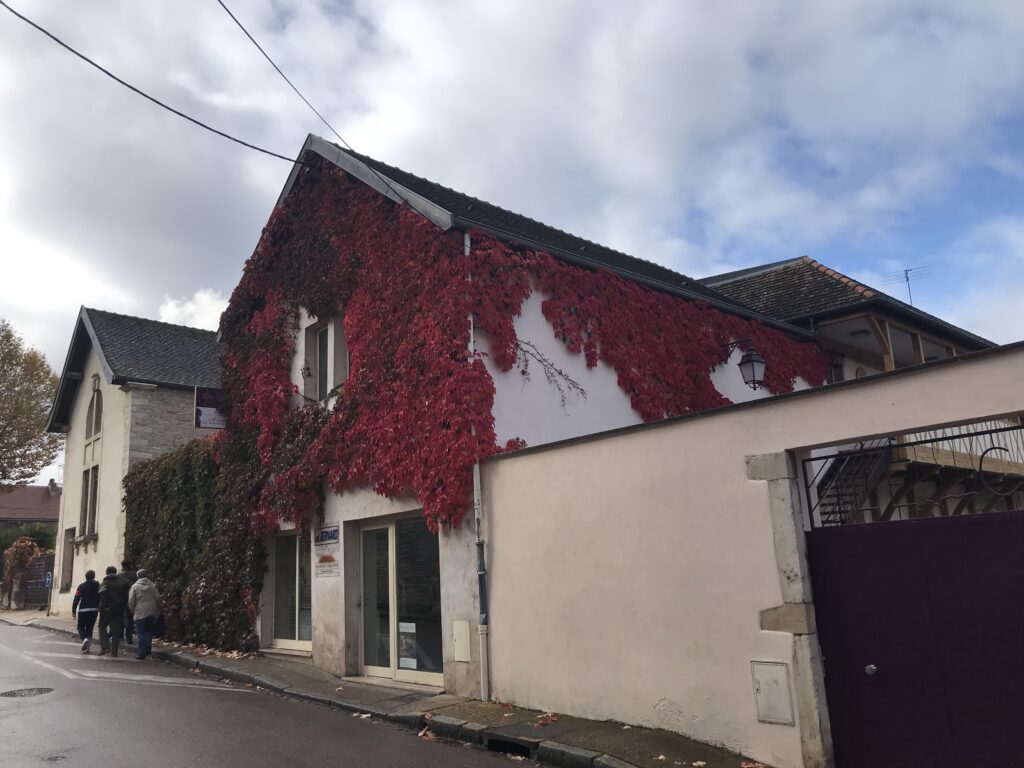

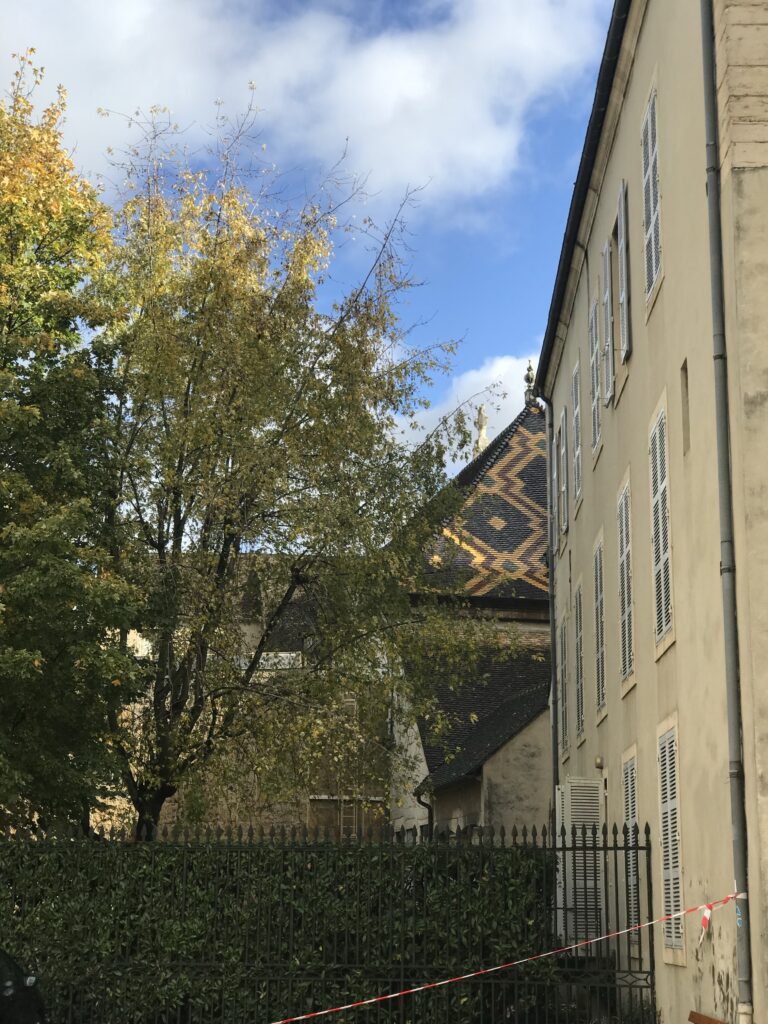
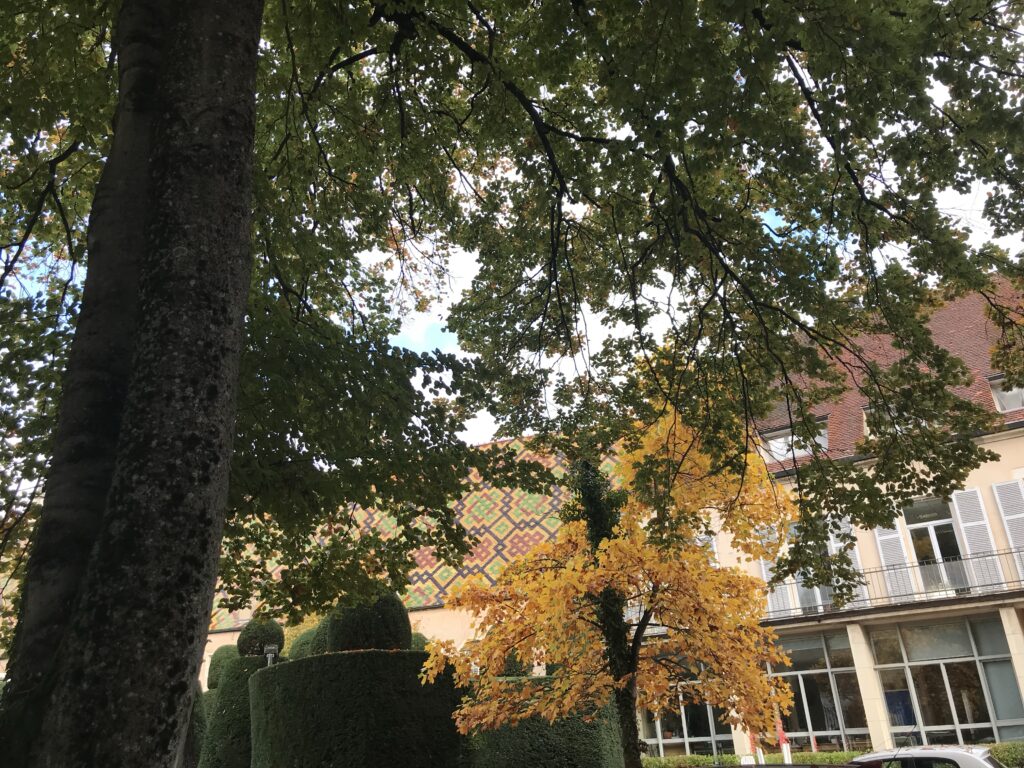

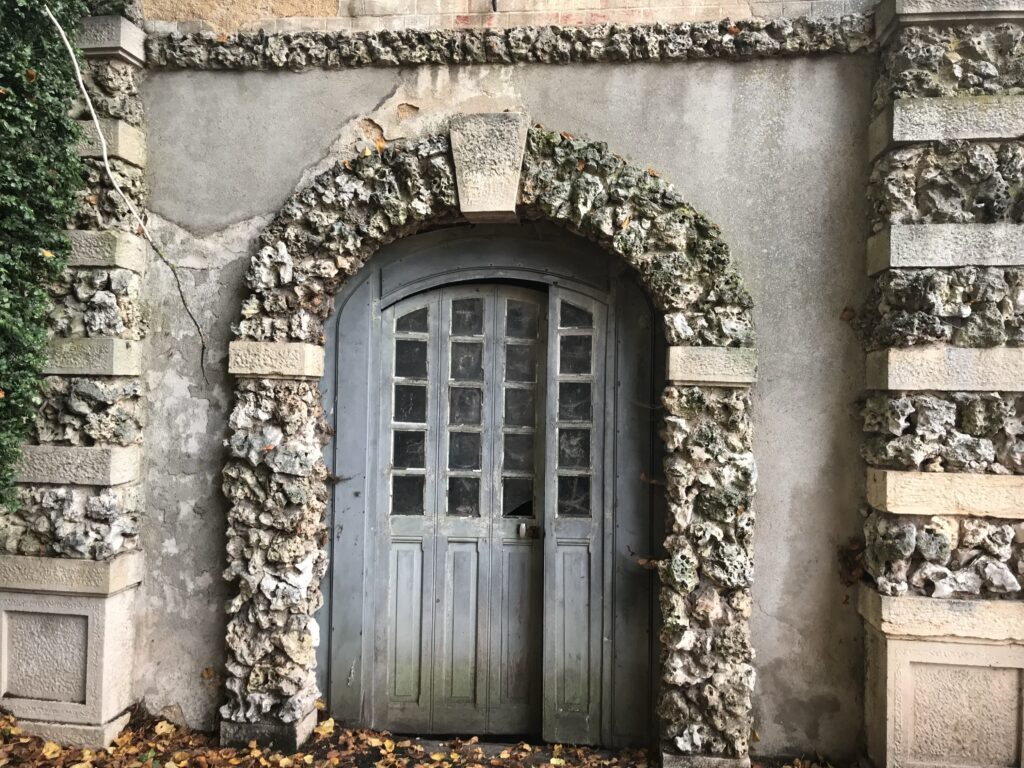
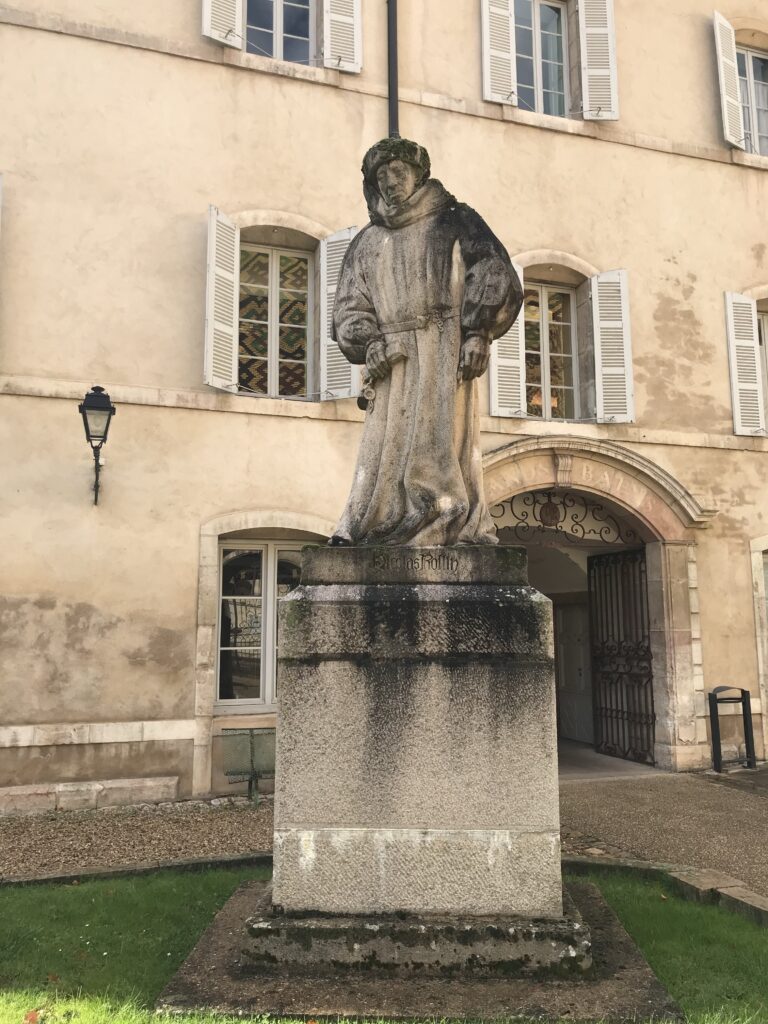
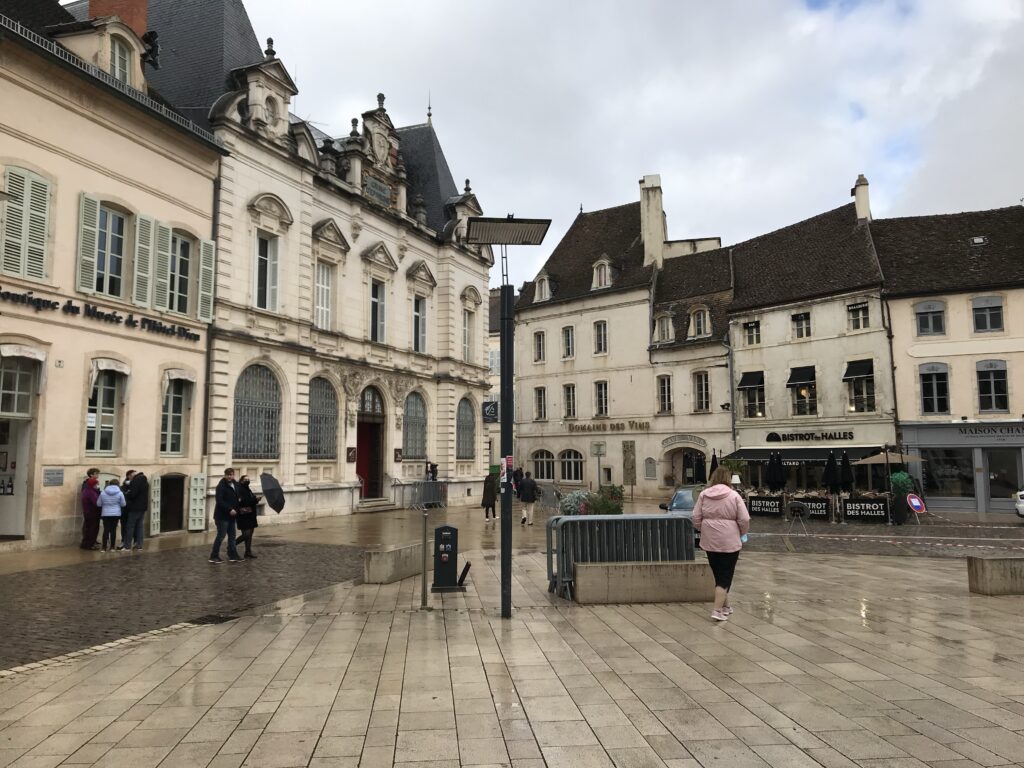
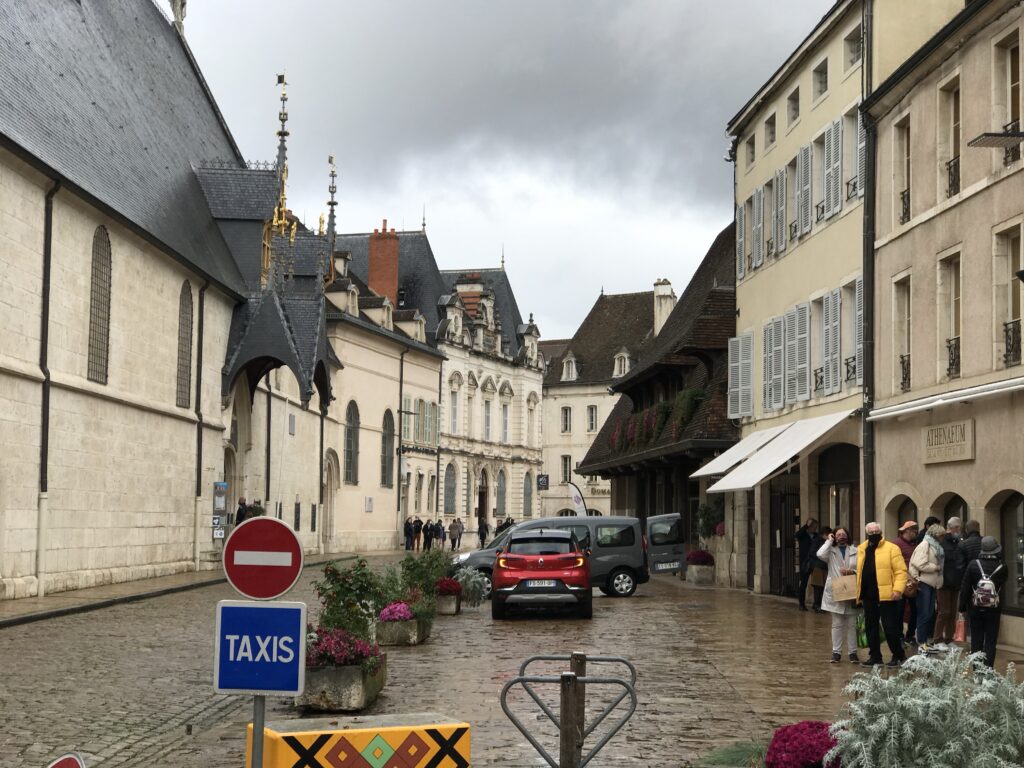
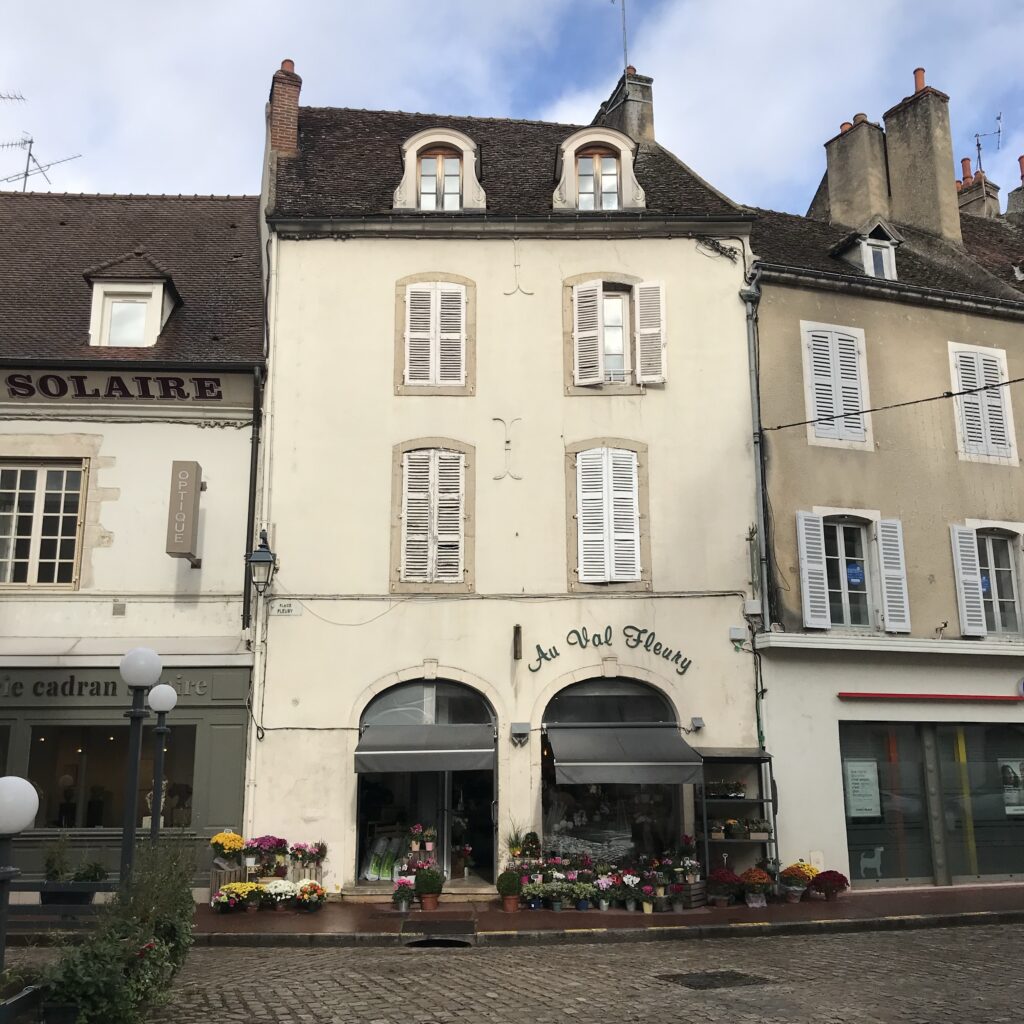
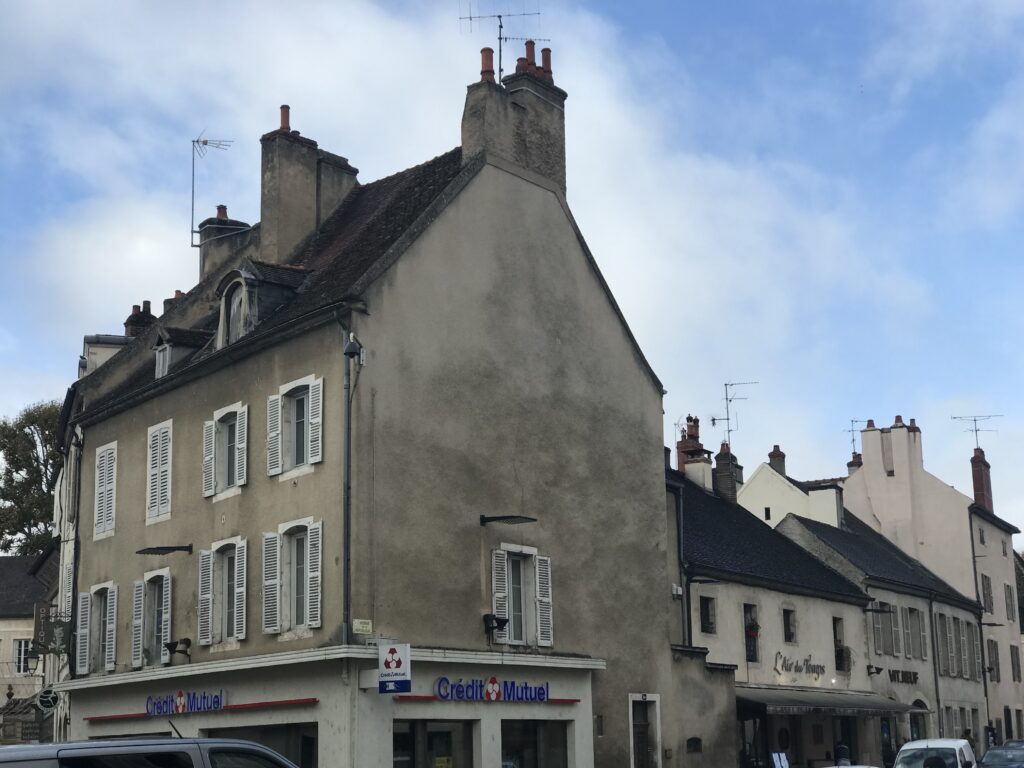
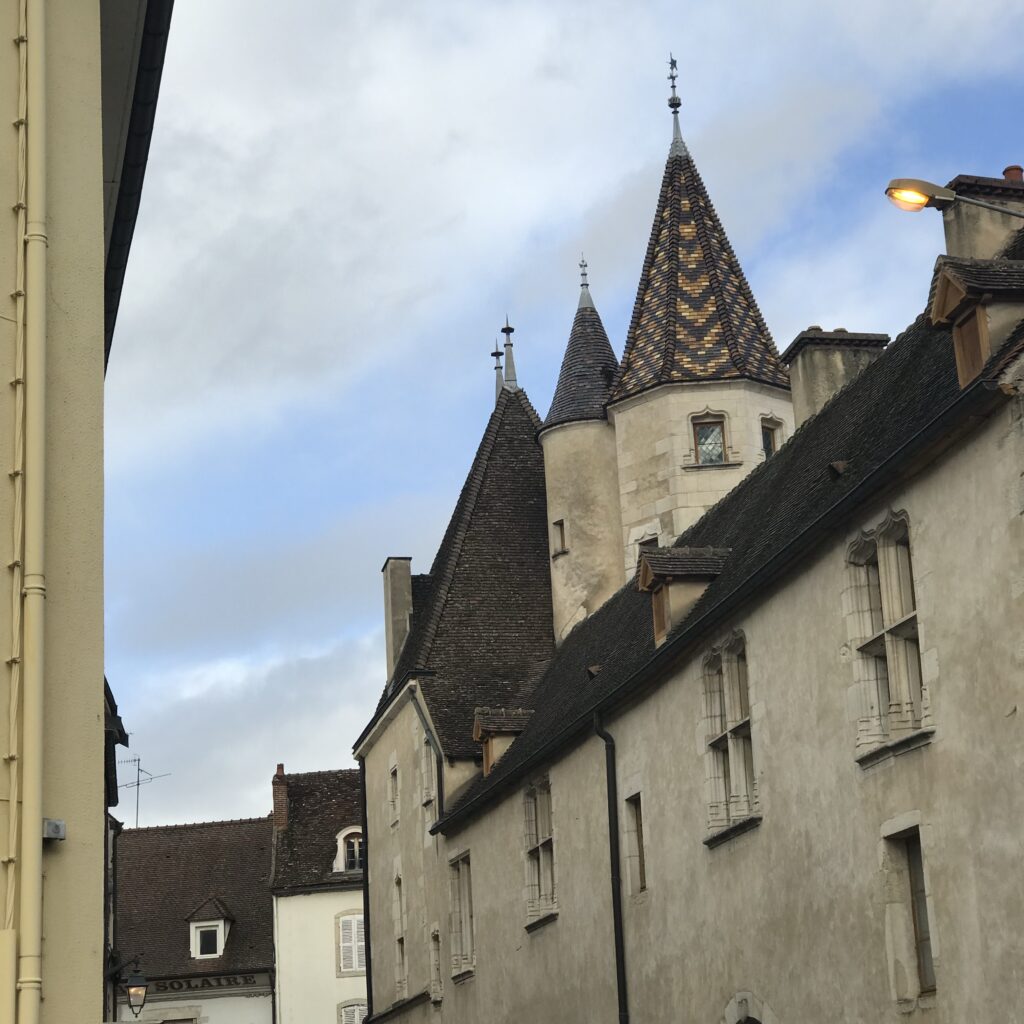
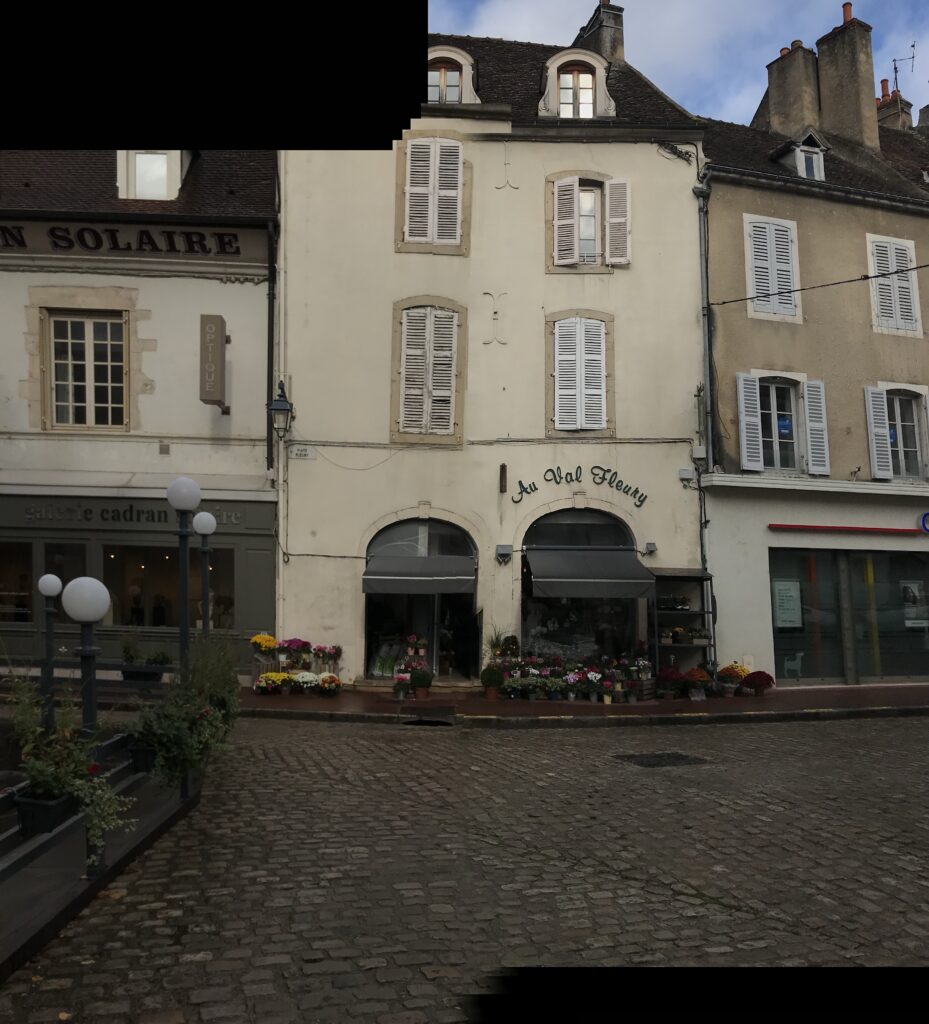
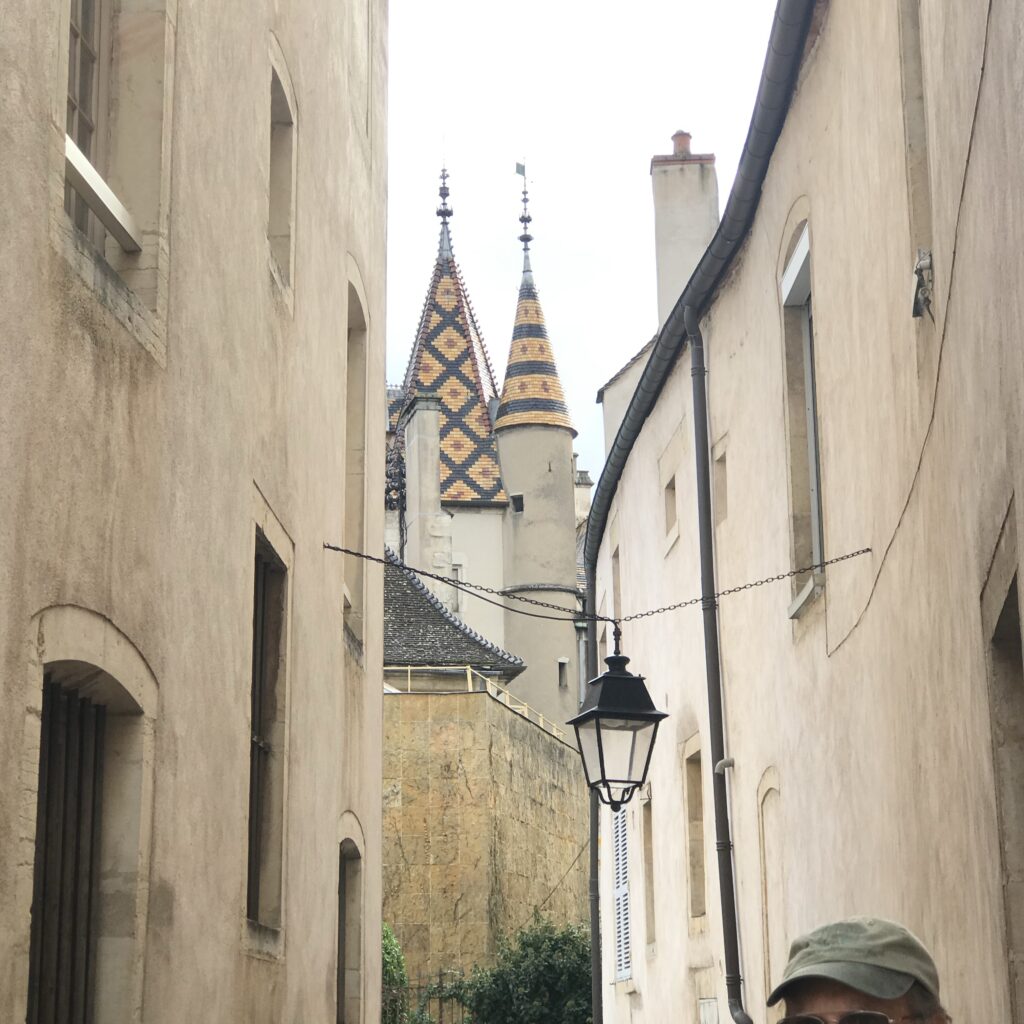
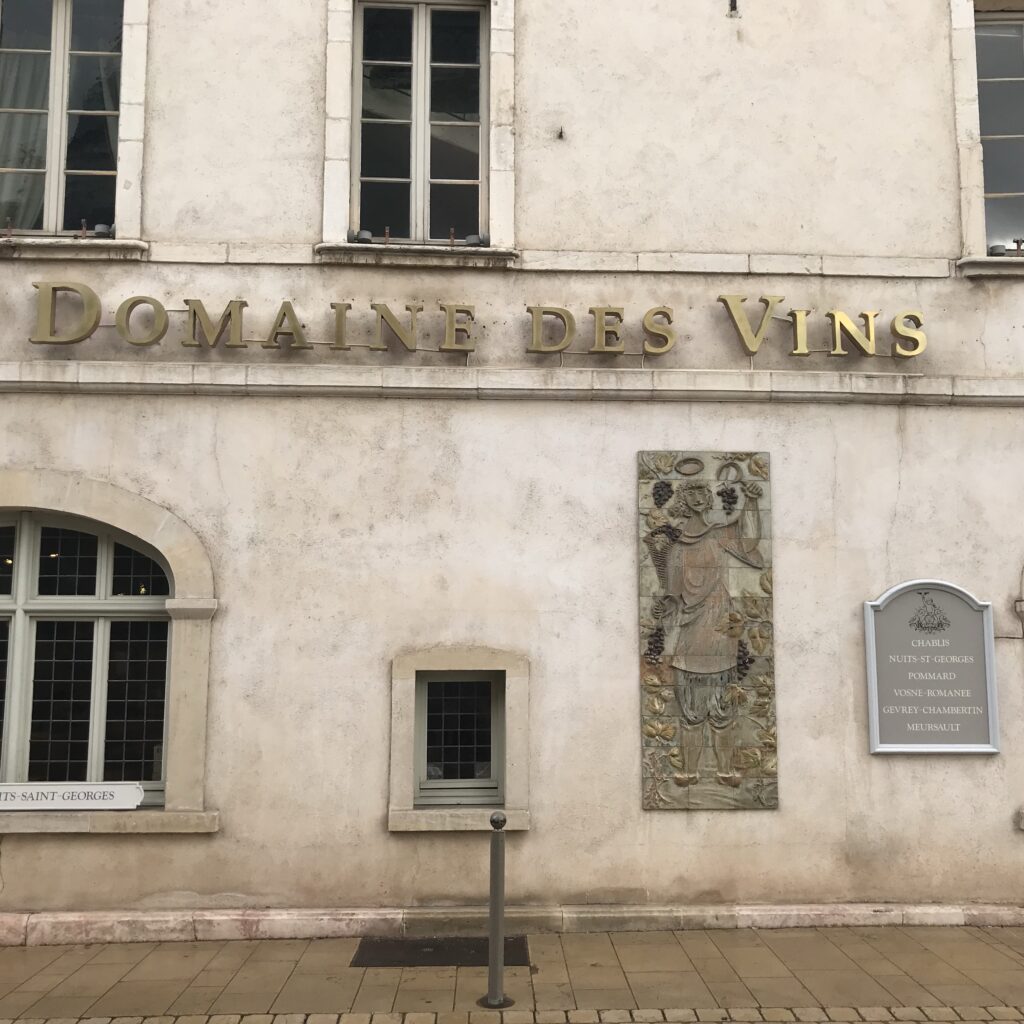
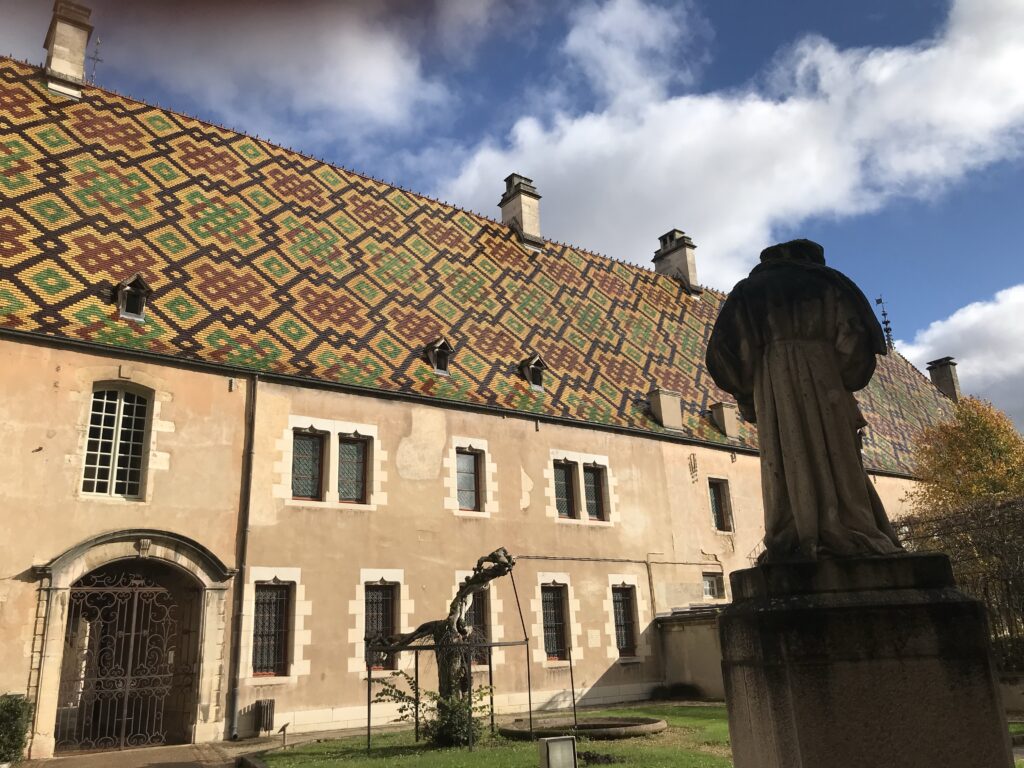
Île Saint-Louis
Engineers respect its 17th-century flood-control embankments. Architects are drawn to the harmonious Louis XIII facades. Historians think of the island’s literary and gastronomic legends. Sailors admire its mooring rings. Nature lovers watch herons among quayside willows. Catholics visit its Baroque parish church. Hikers enjoy a tranquil loop around the island. Always free, always open.
Île de la Cité
For engineers and architects, the island reveals centuries of layered styles, from Roman ruins to Haussmann’s 19th-century urban planning. Historians discuss Paris’s Celtic and Roman origins here. Sailors know it as the core navigation point of the Seine. Nature lovers love the well-kept flower markets. Catholics have four historic churches to visit. Hikers circle the island for unique river vistas. Free and open all the time.
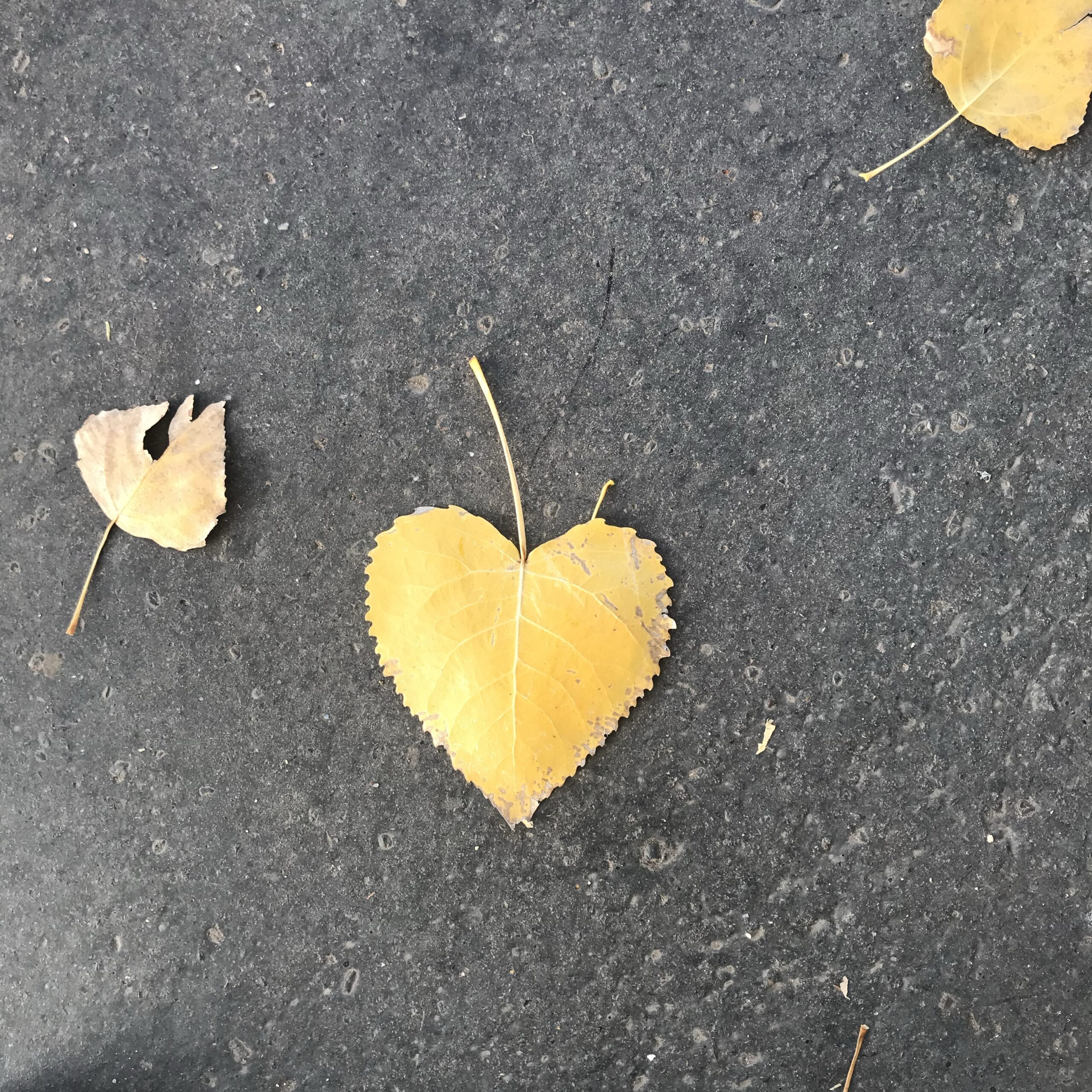
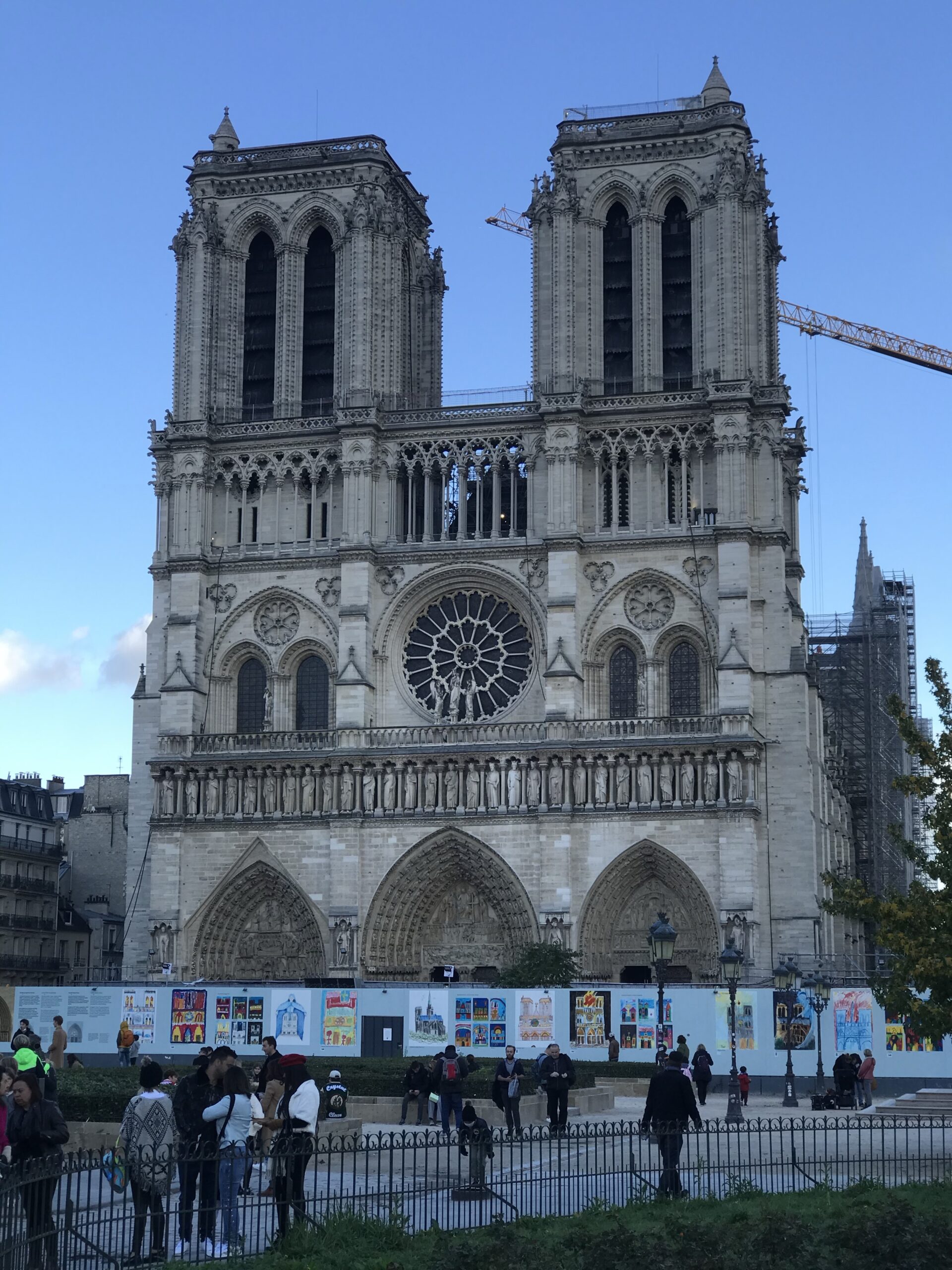
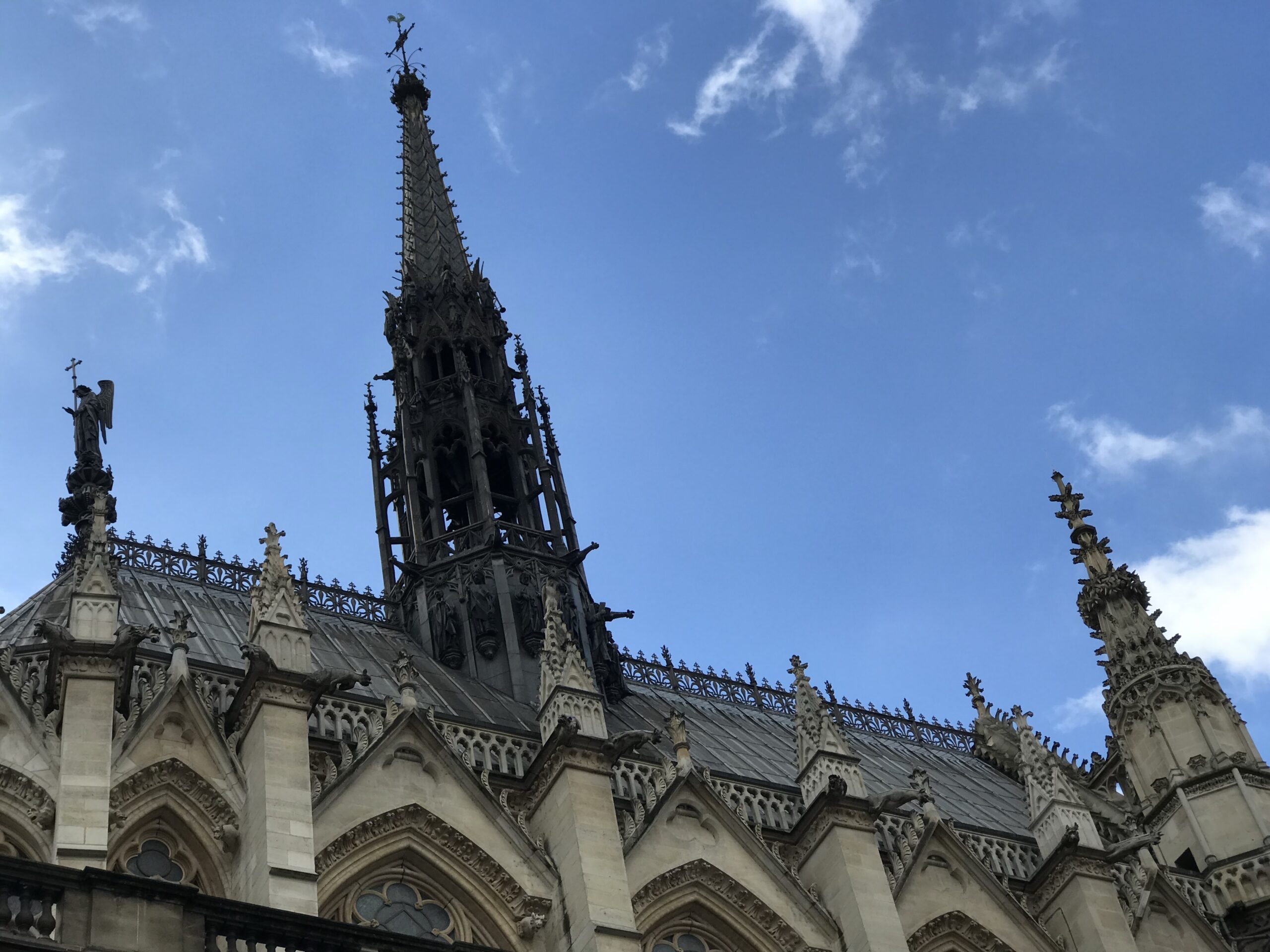
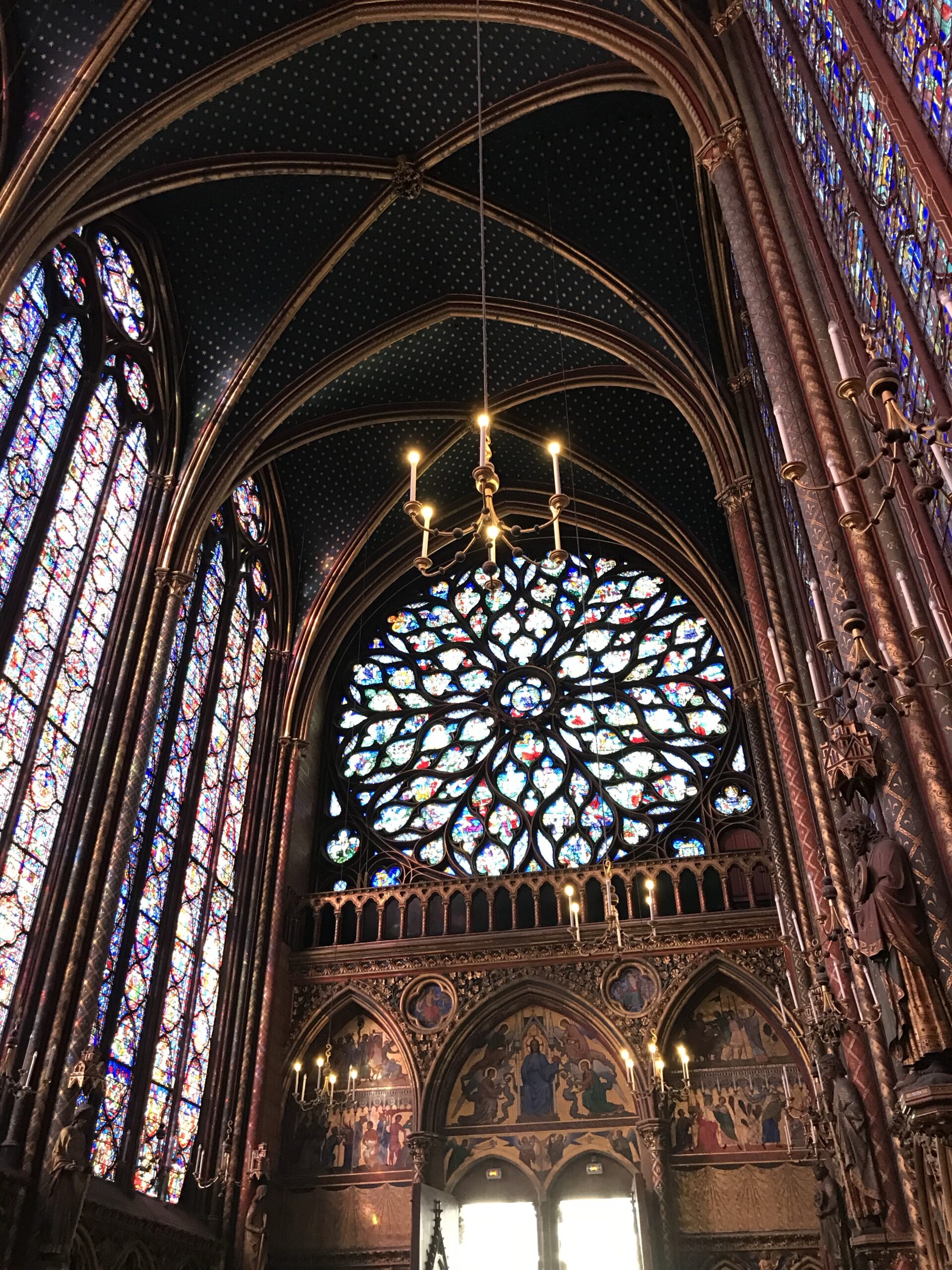
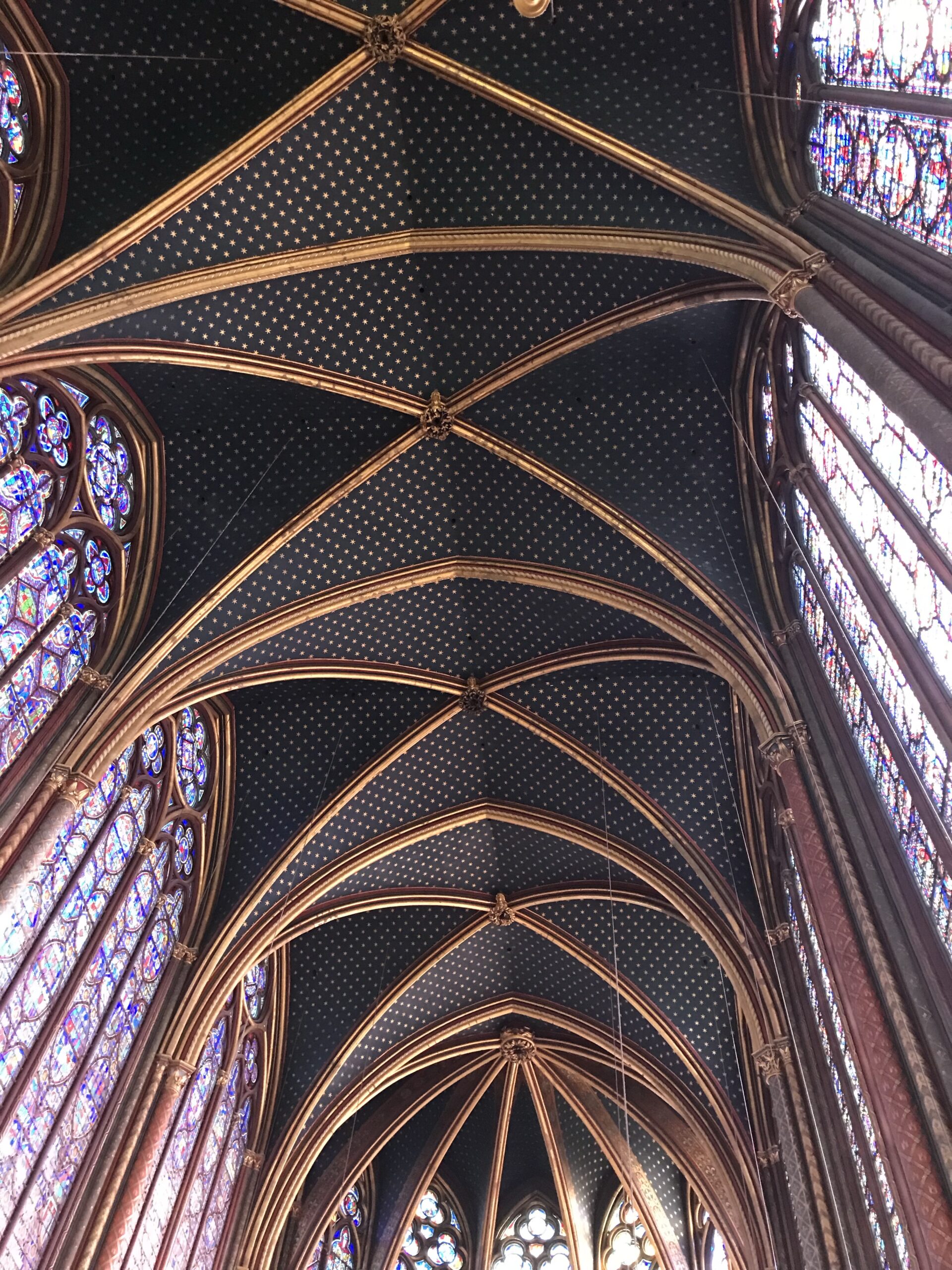
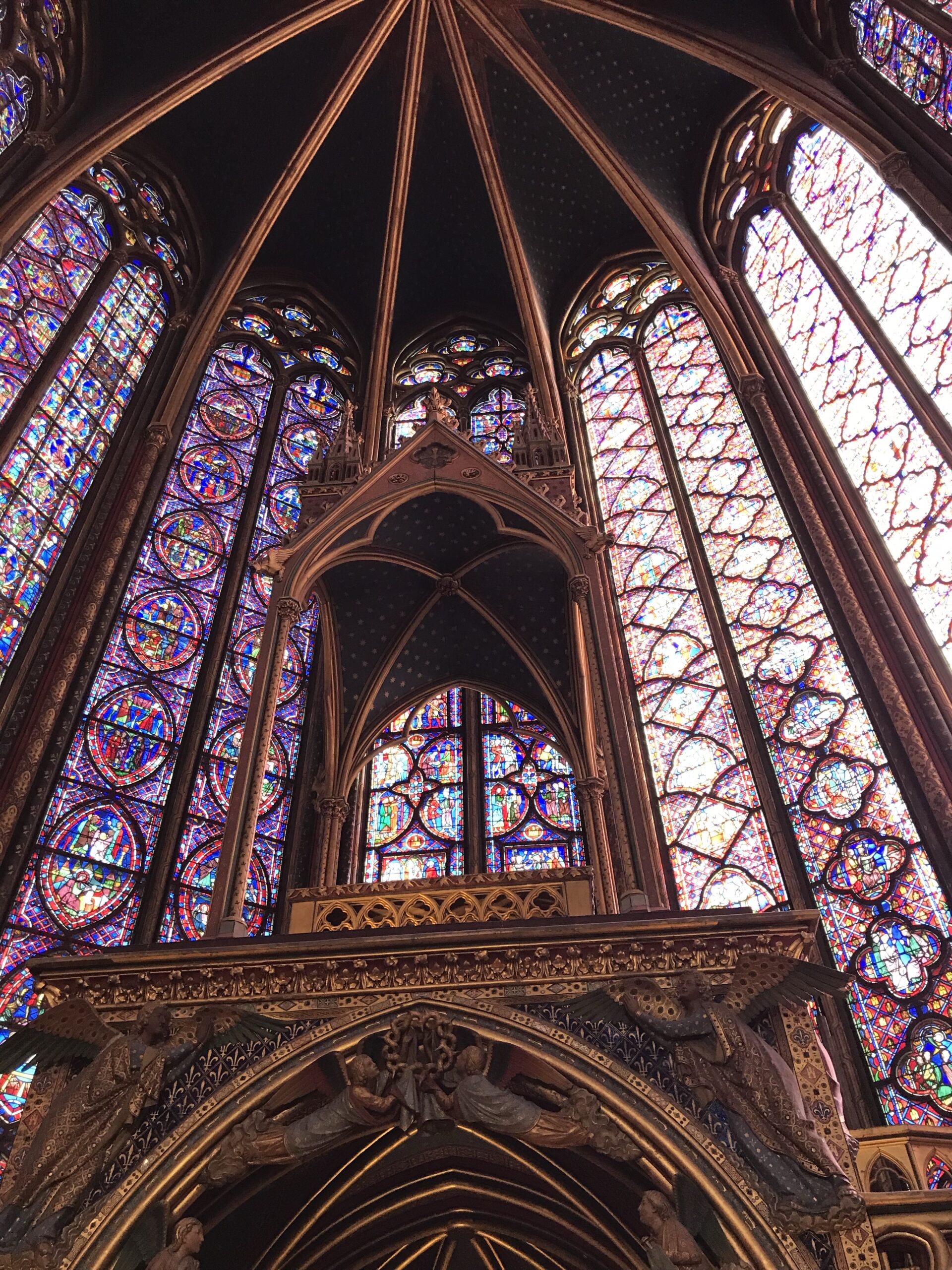
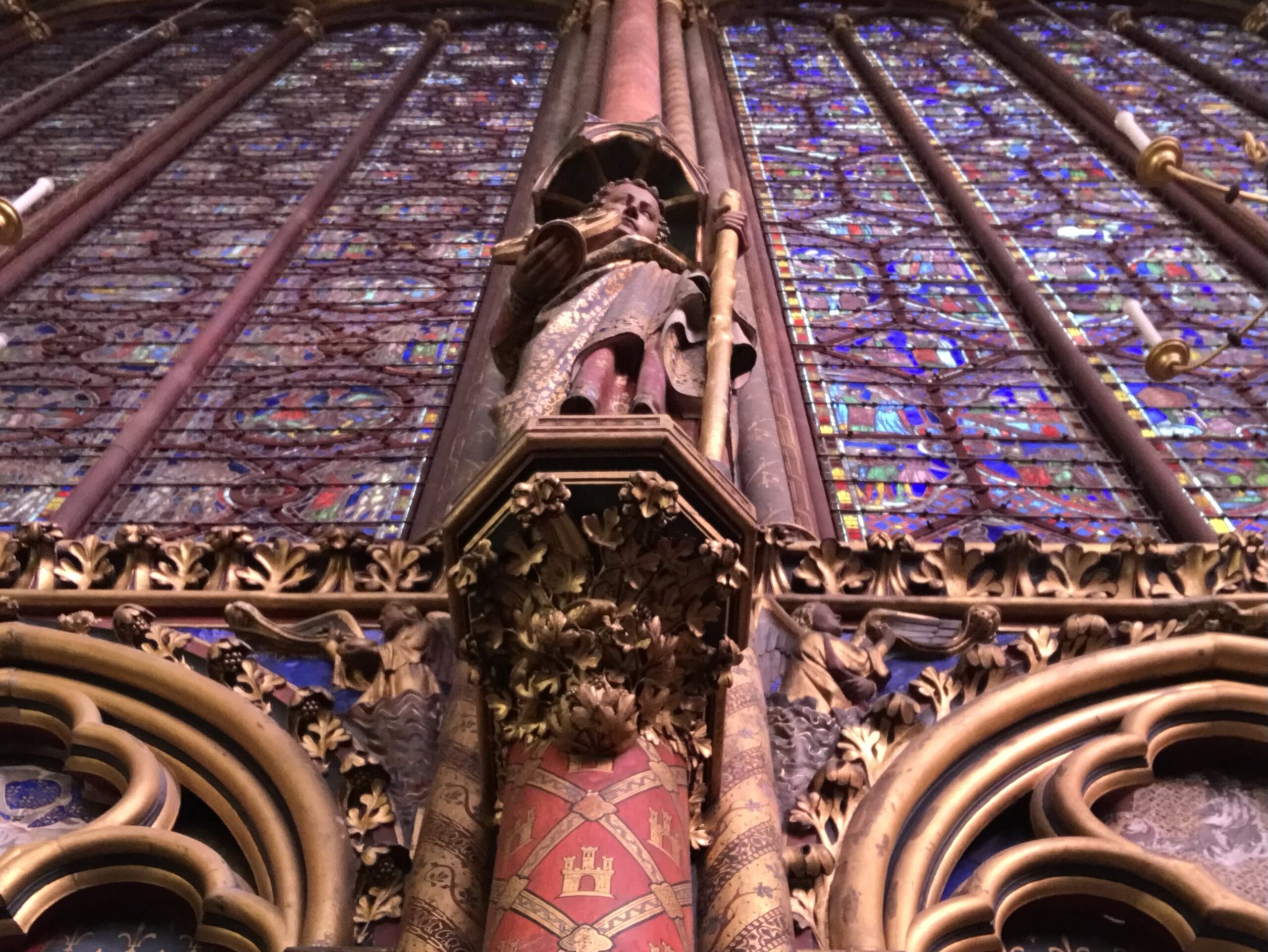
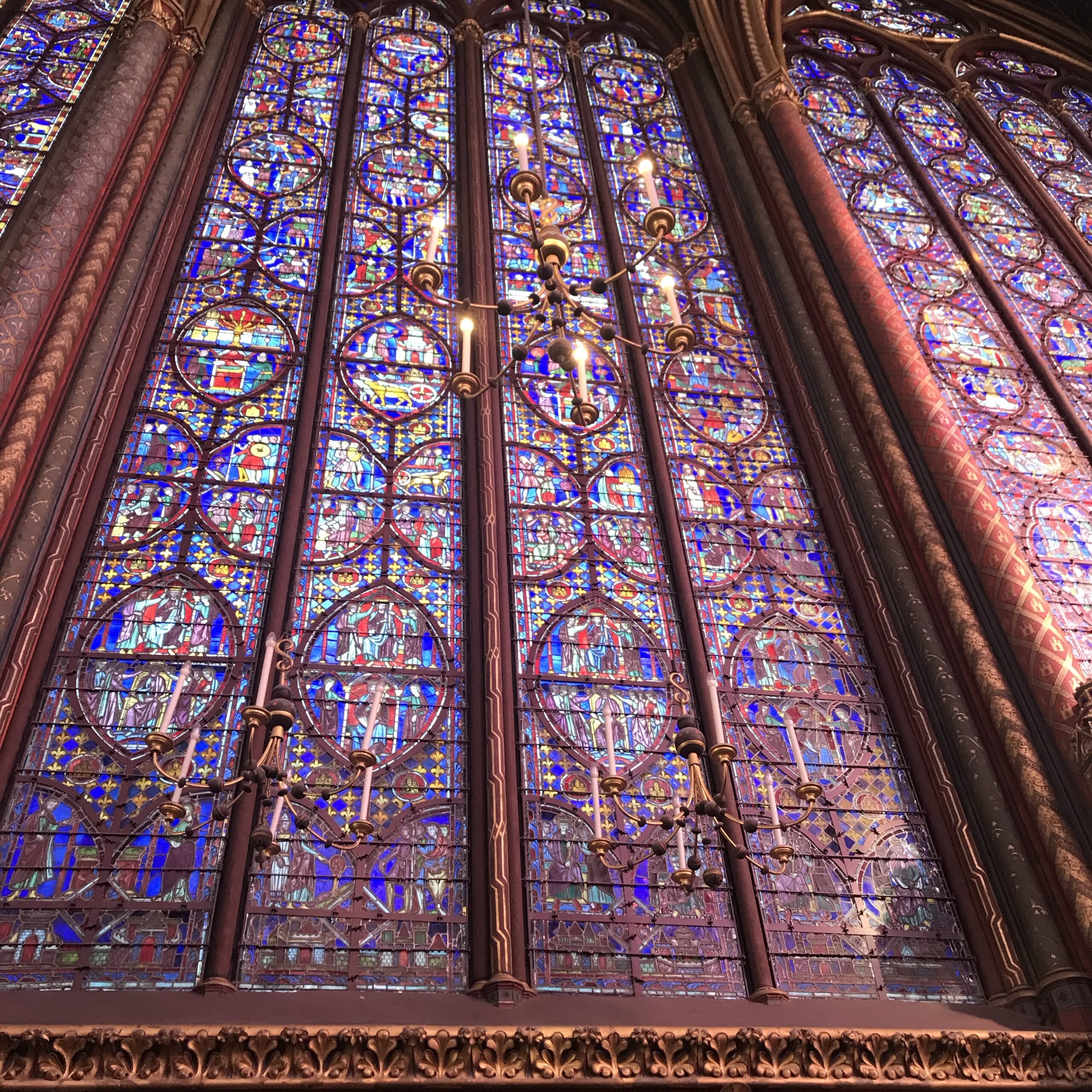
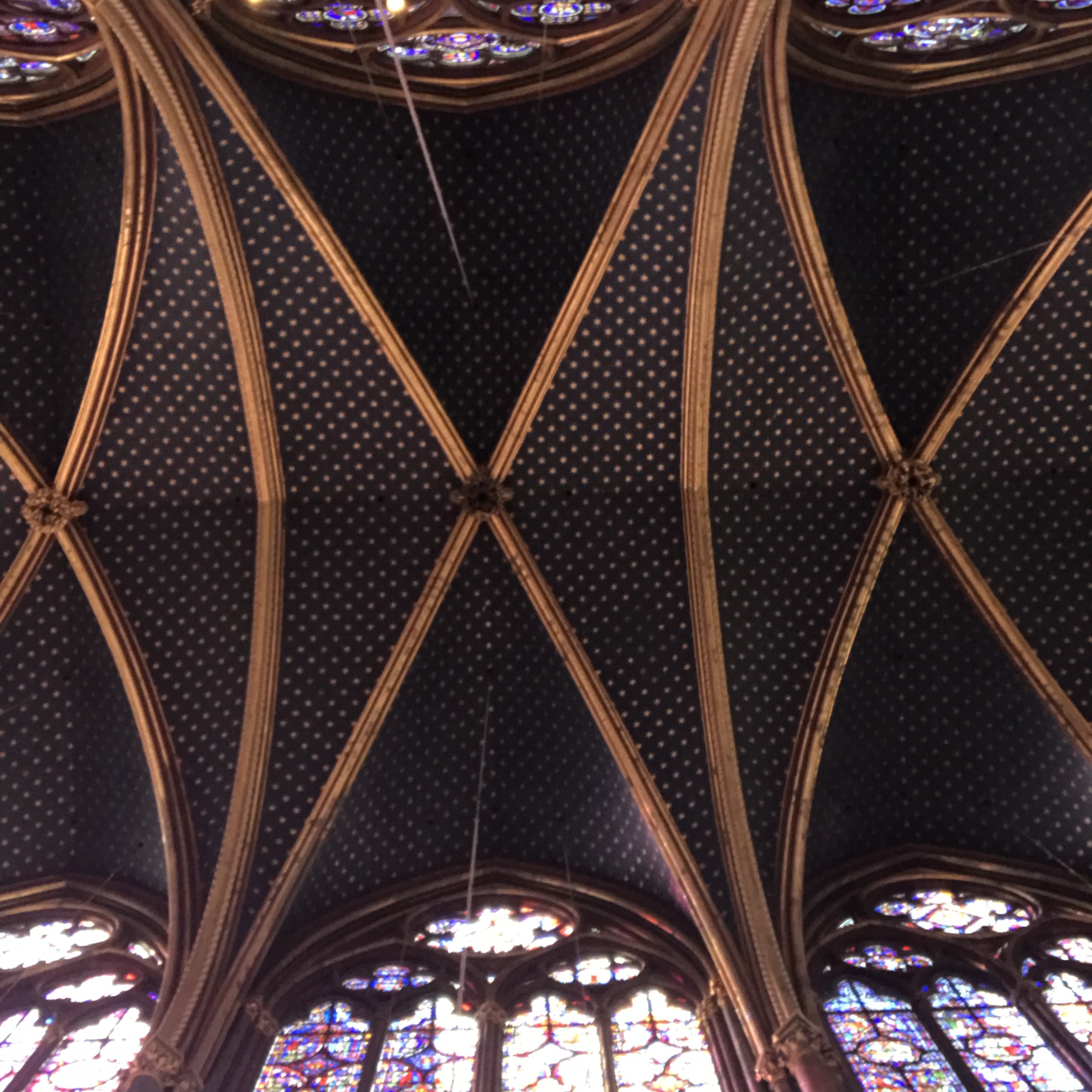
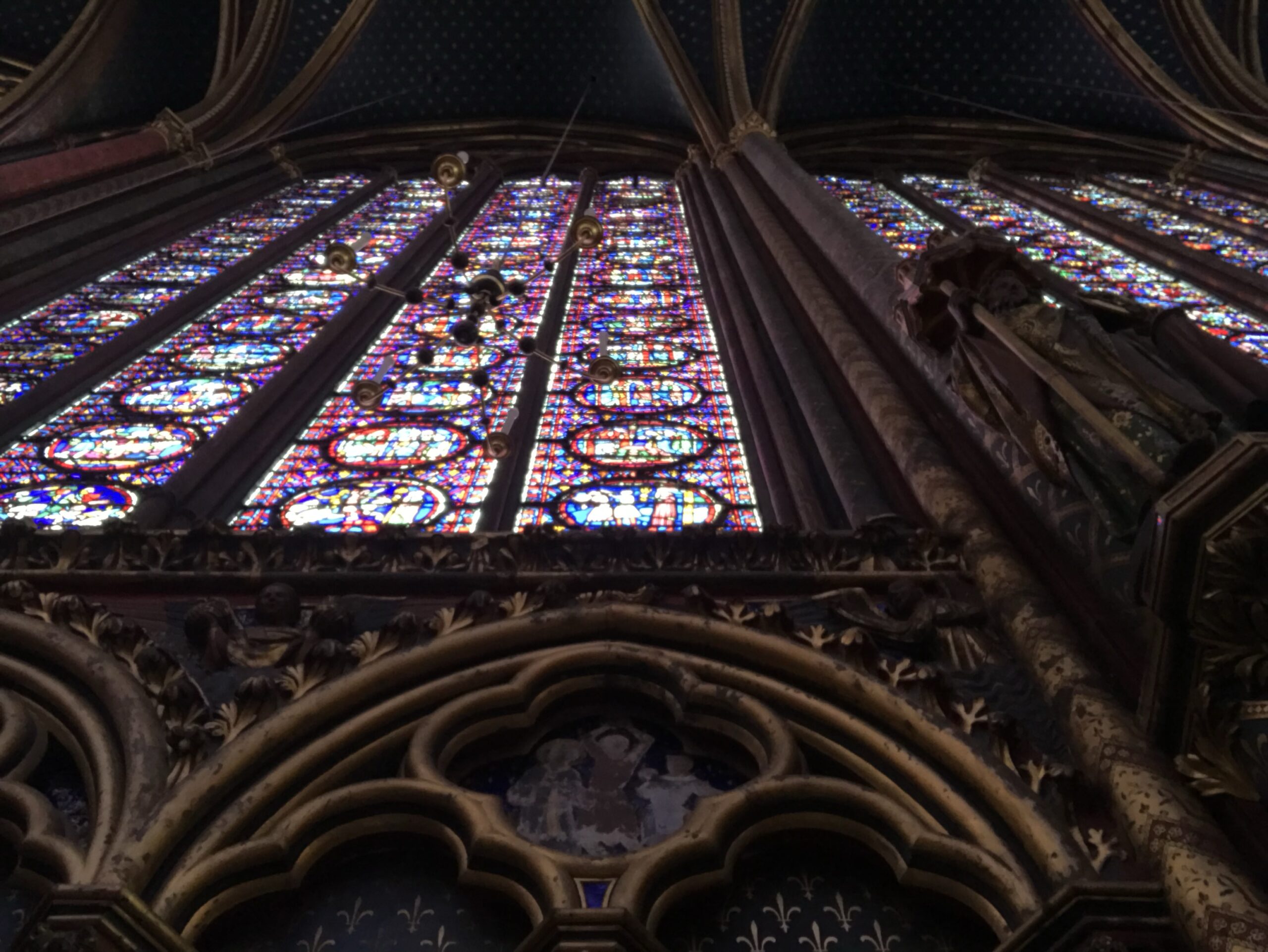
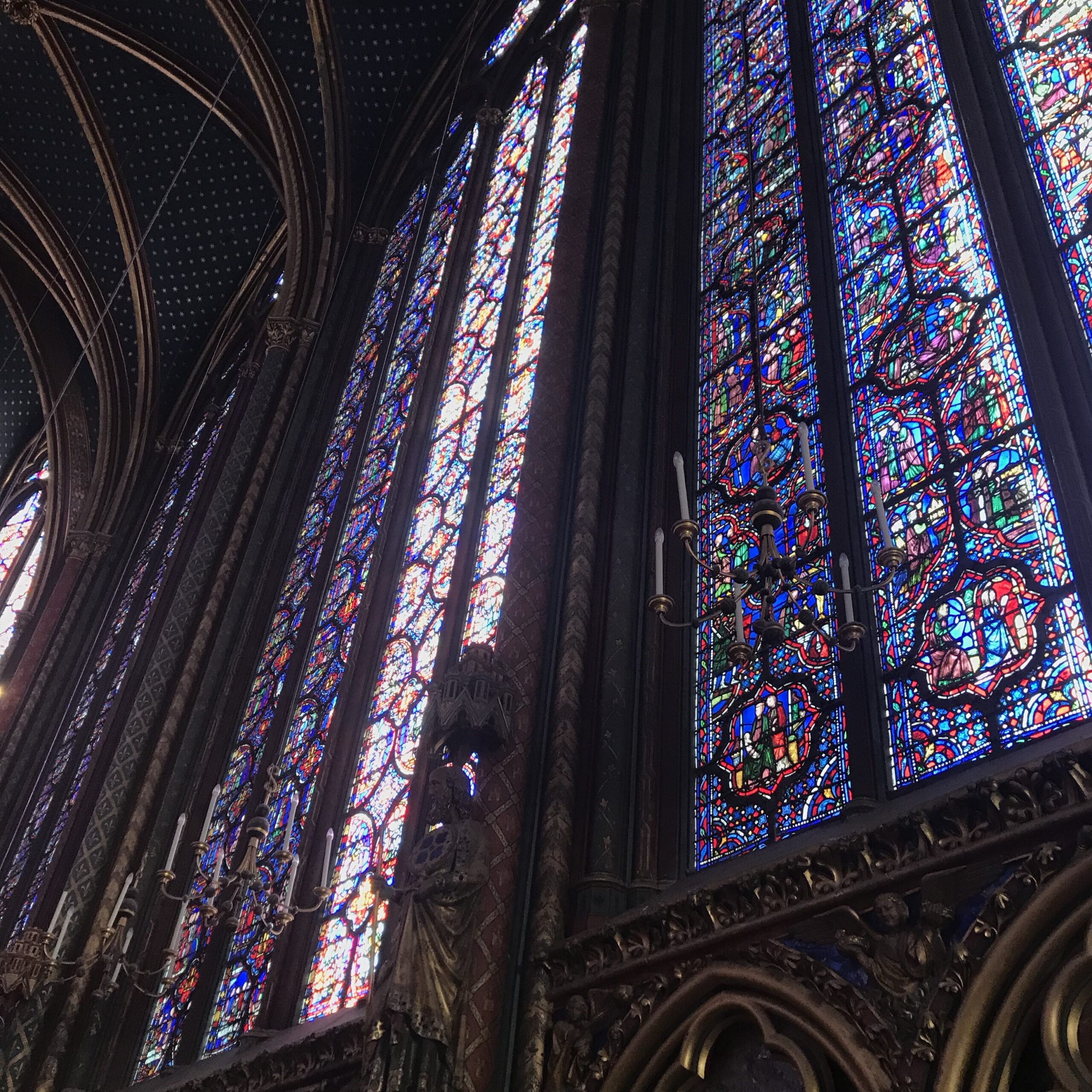
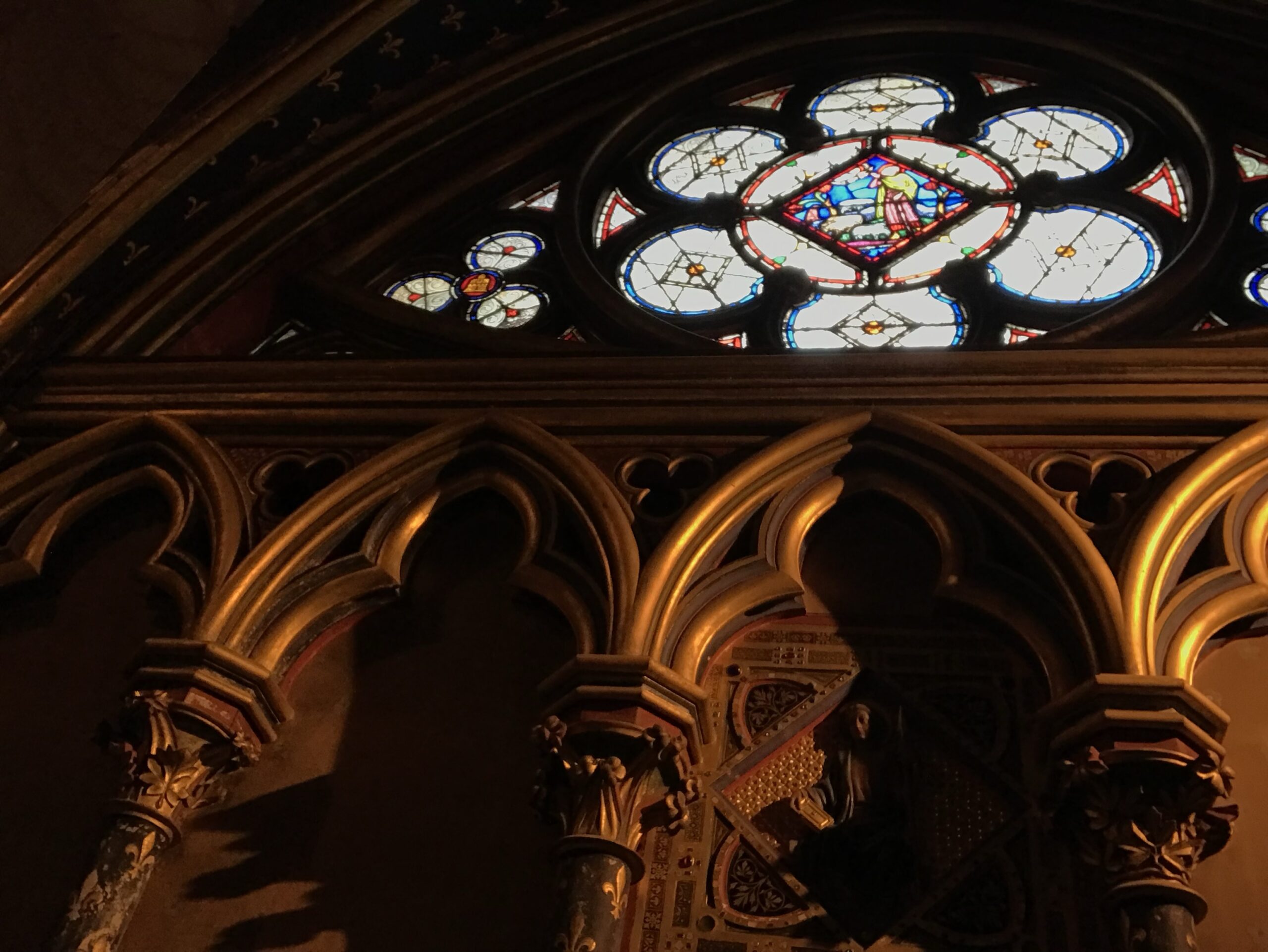
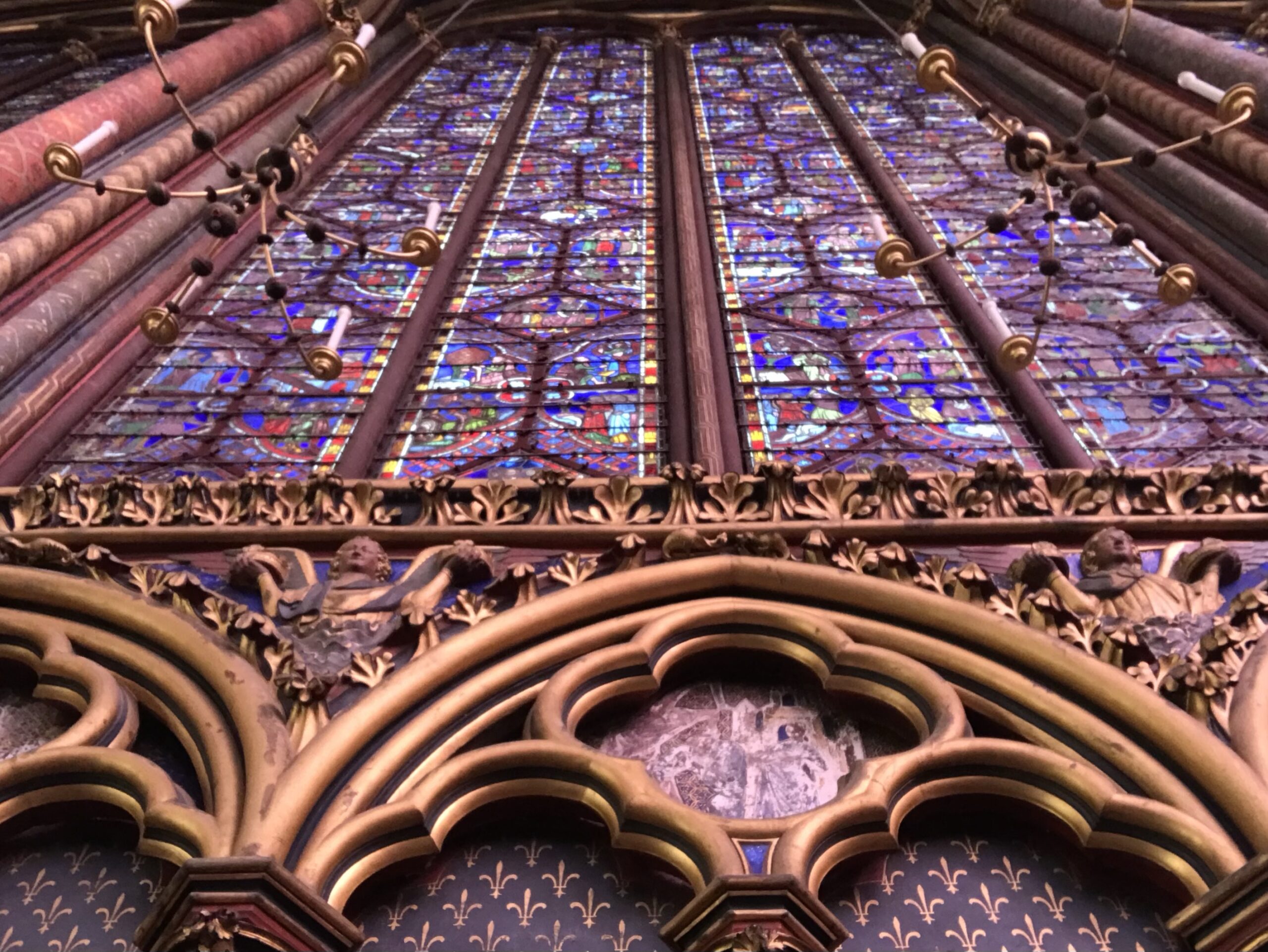
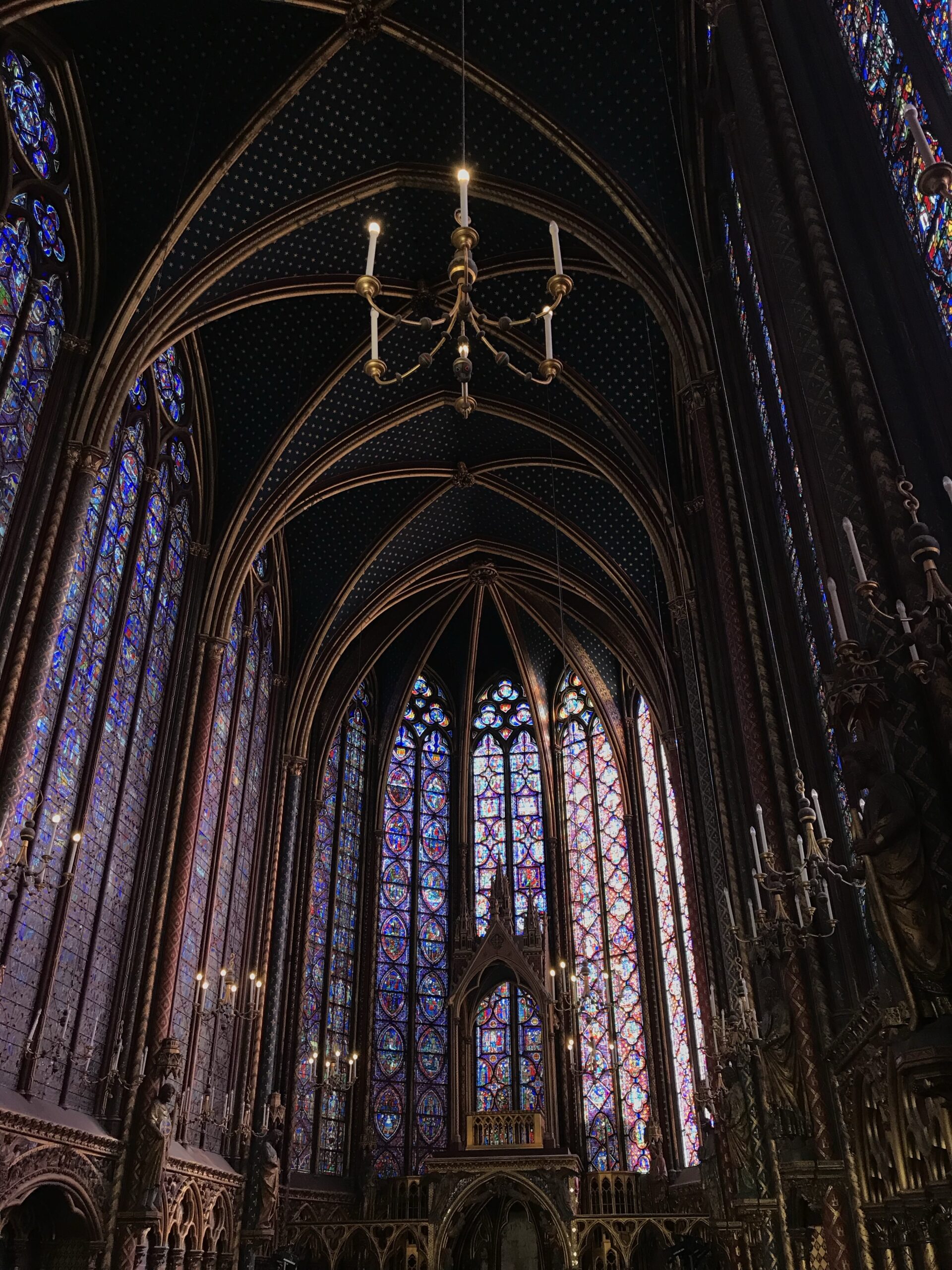
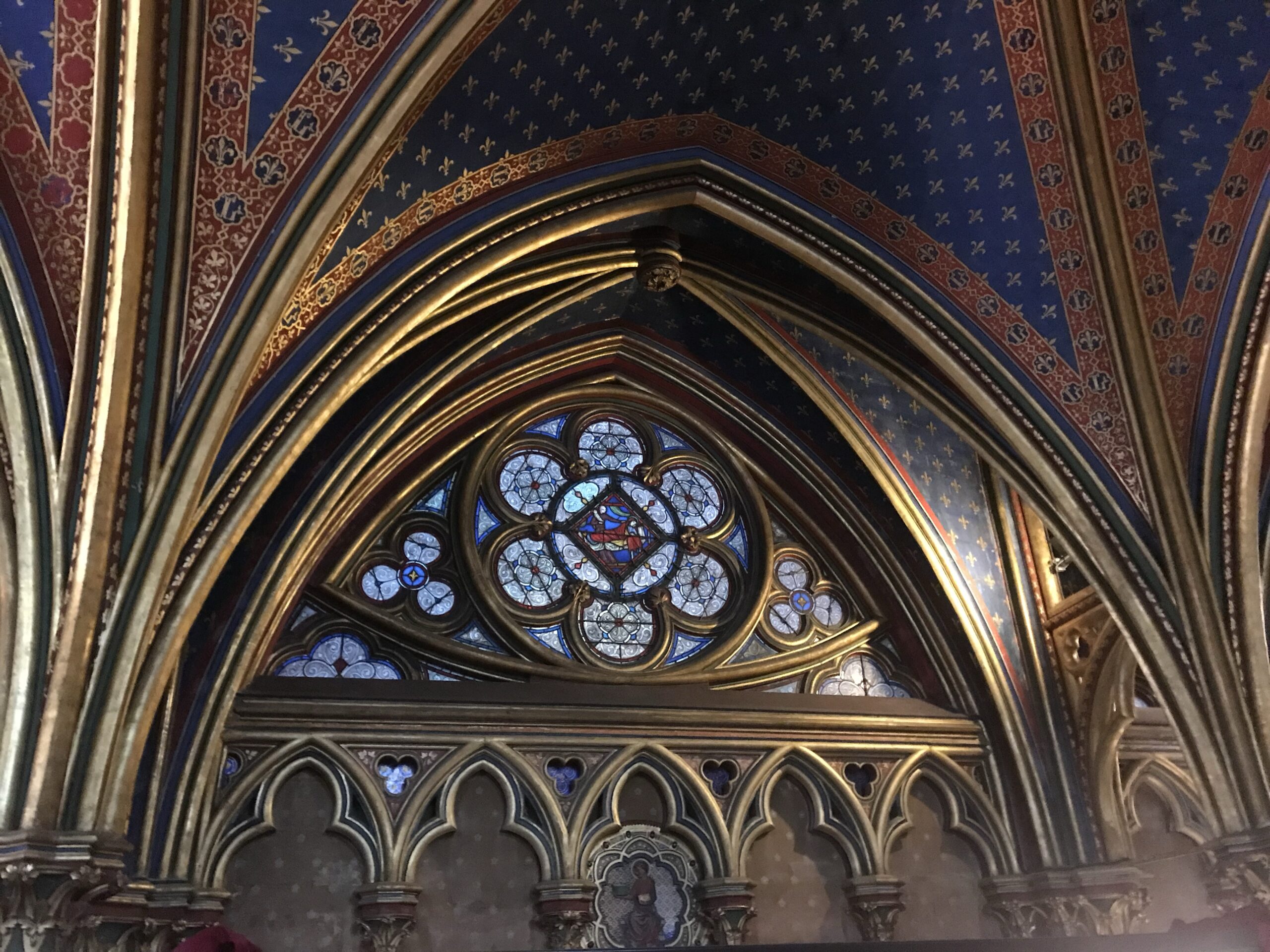
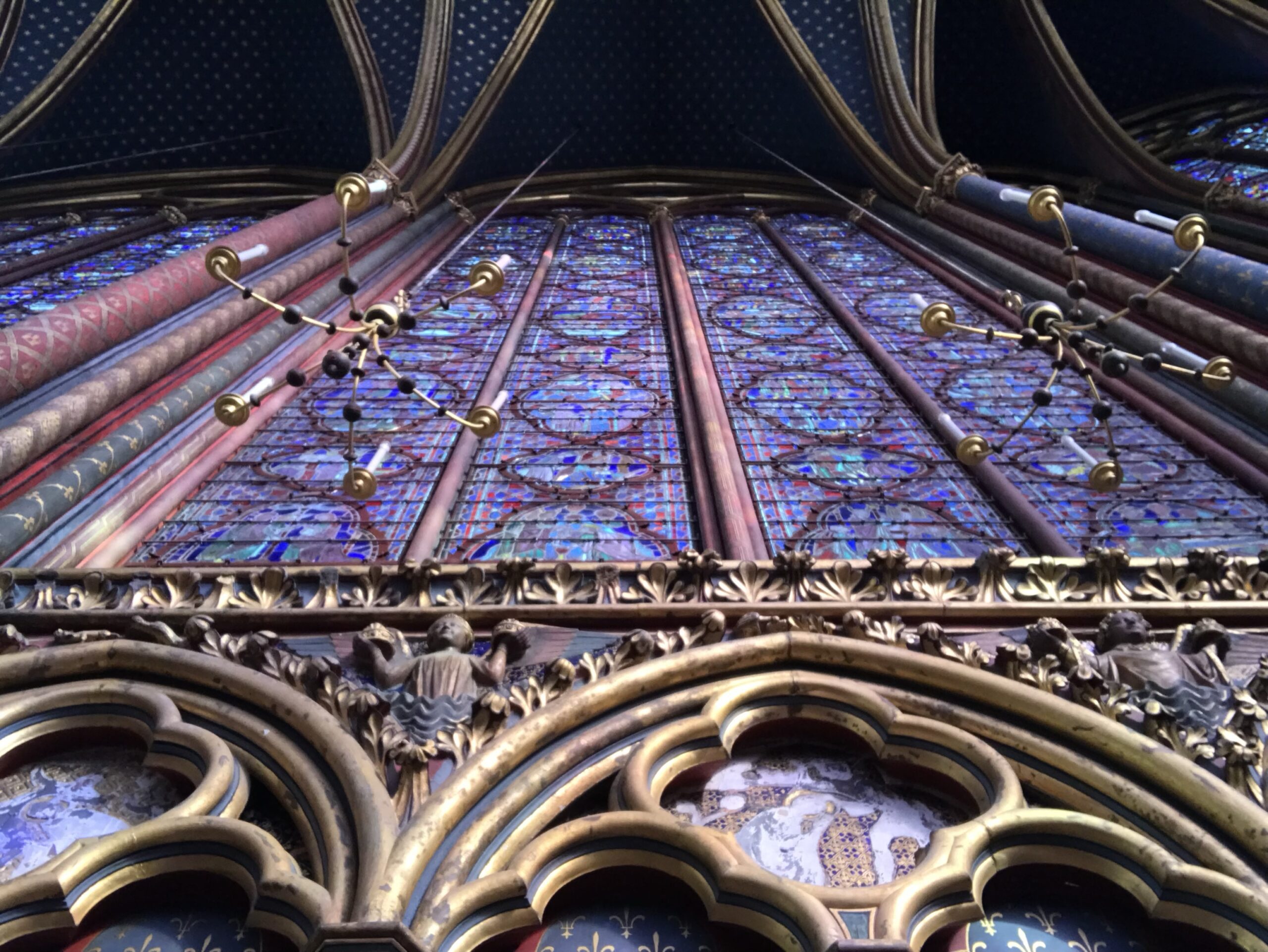
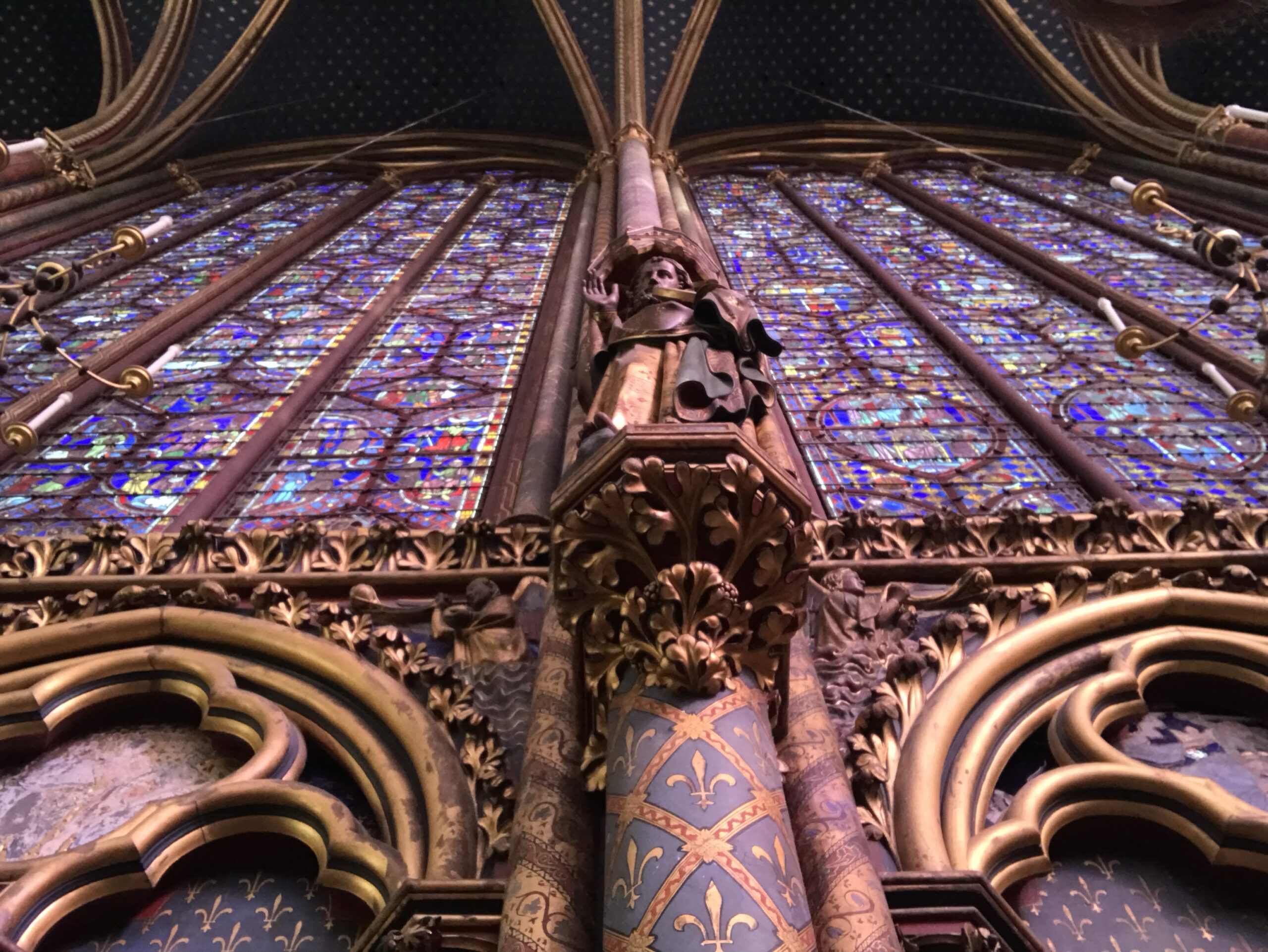
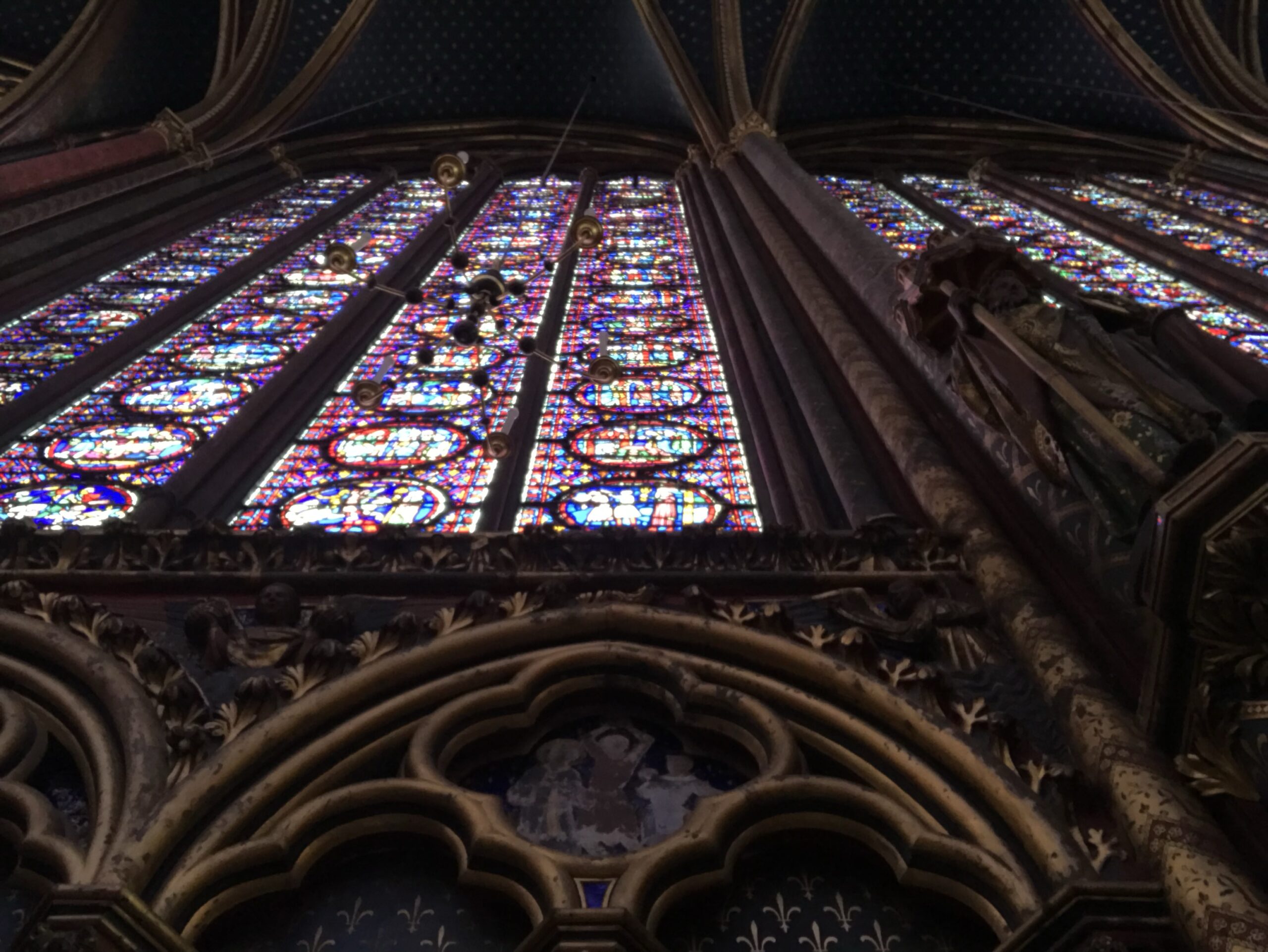
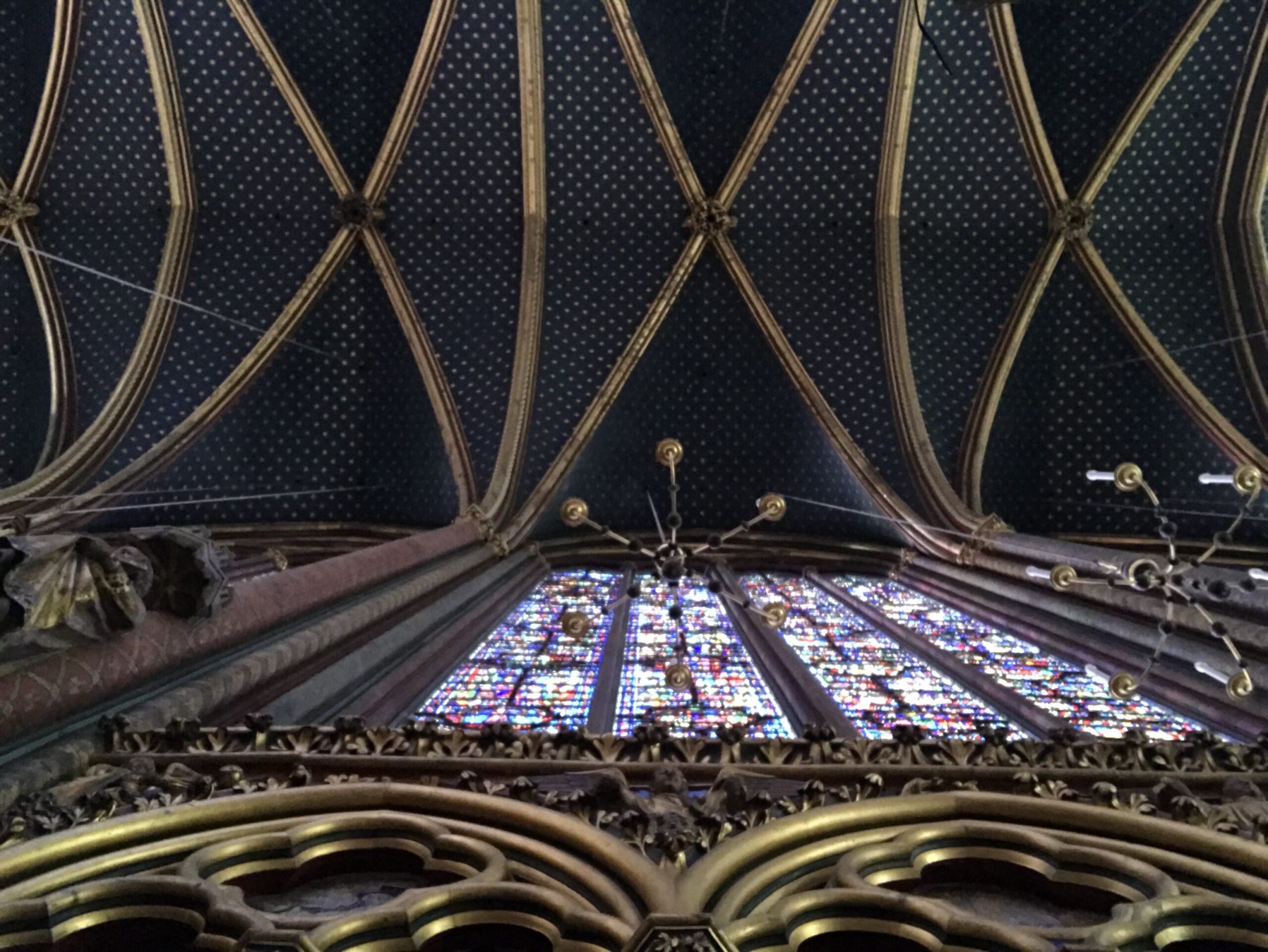
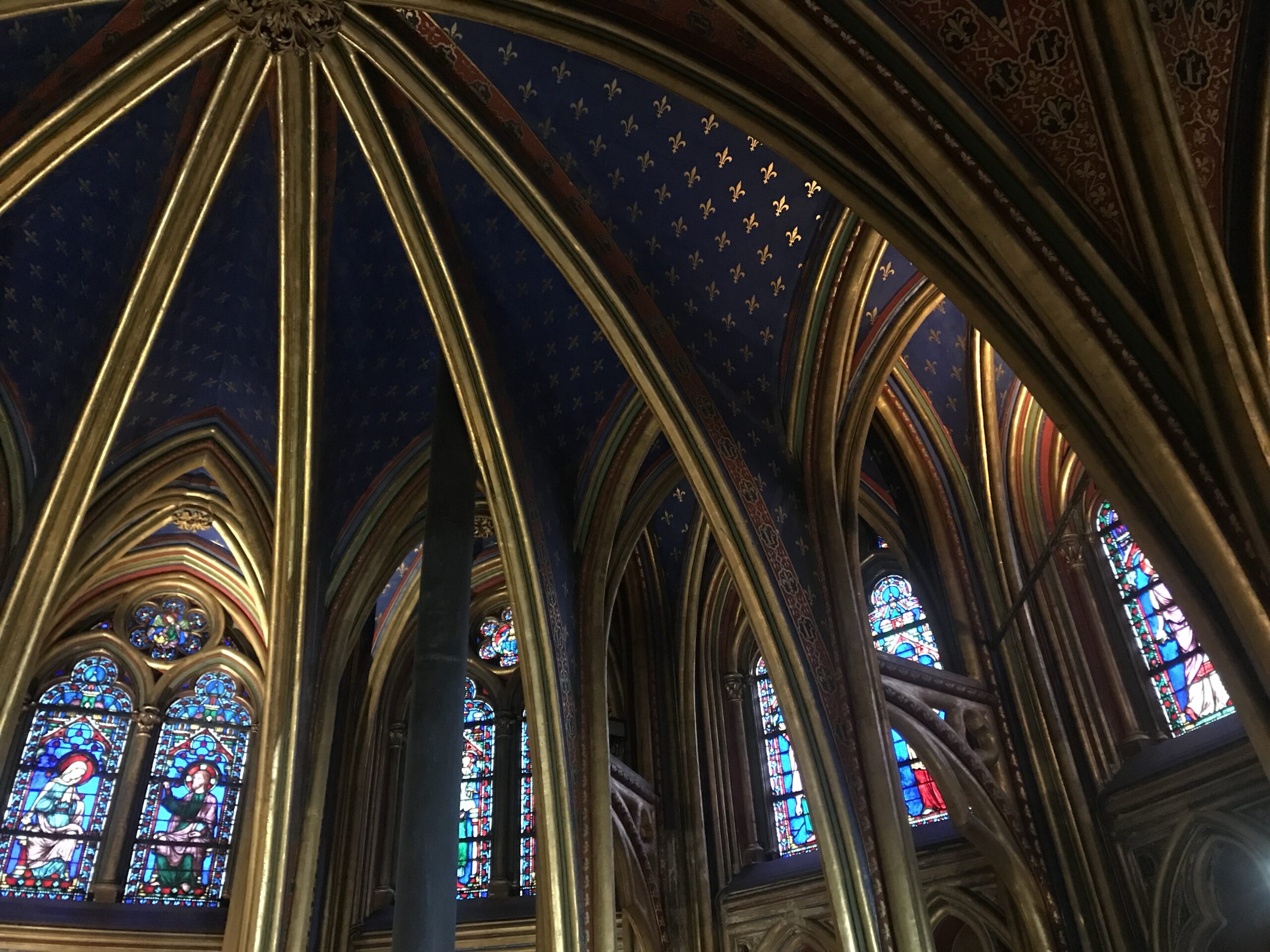
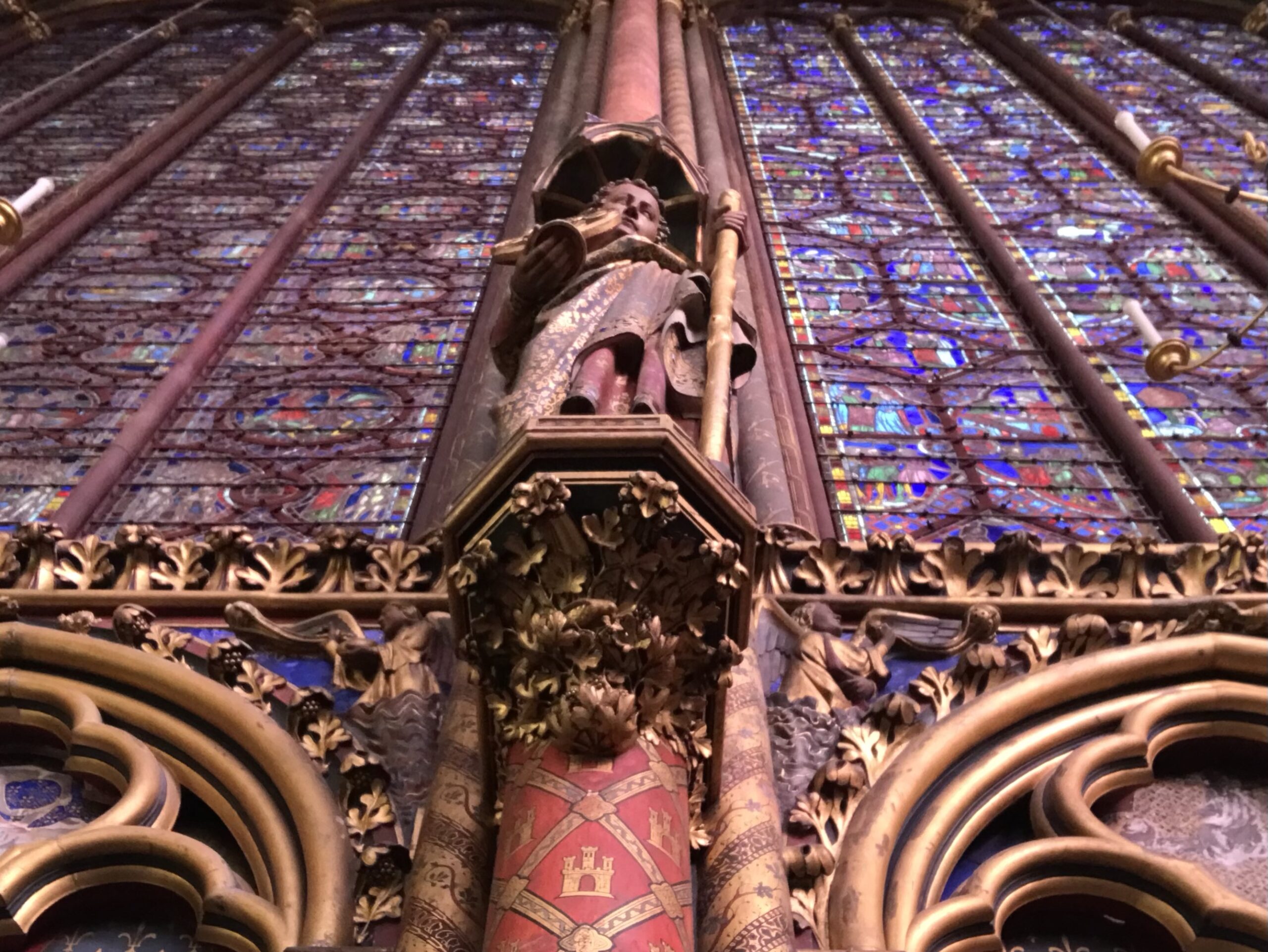
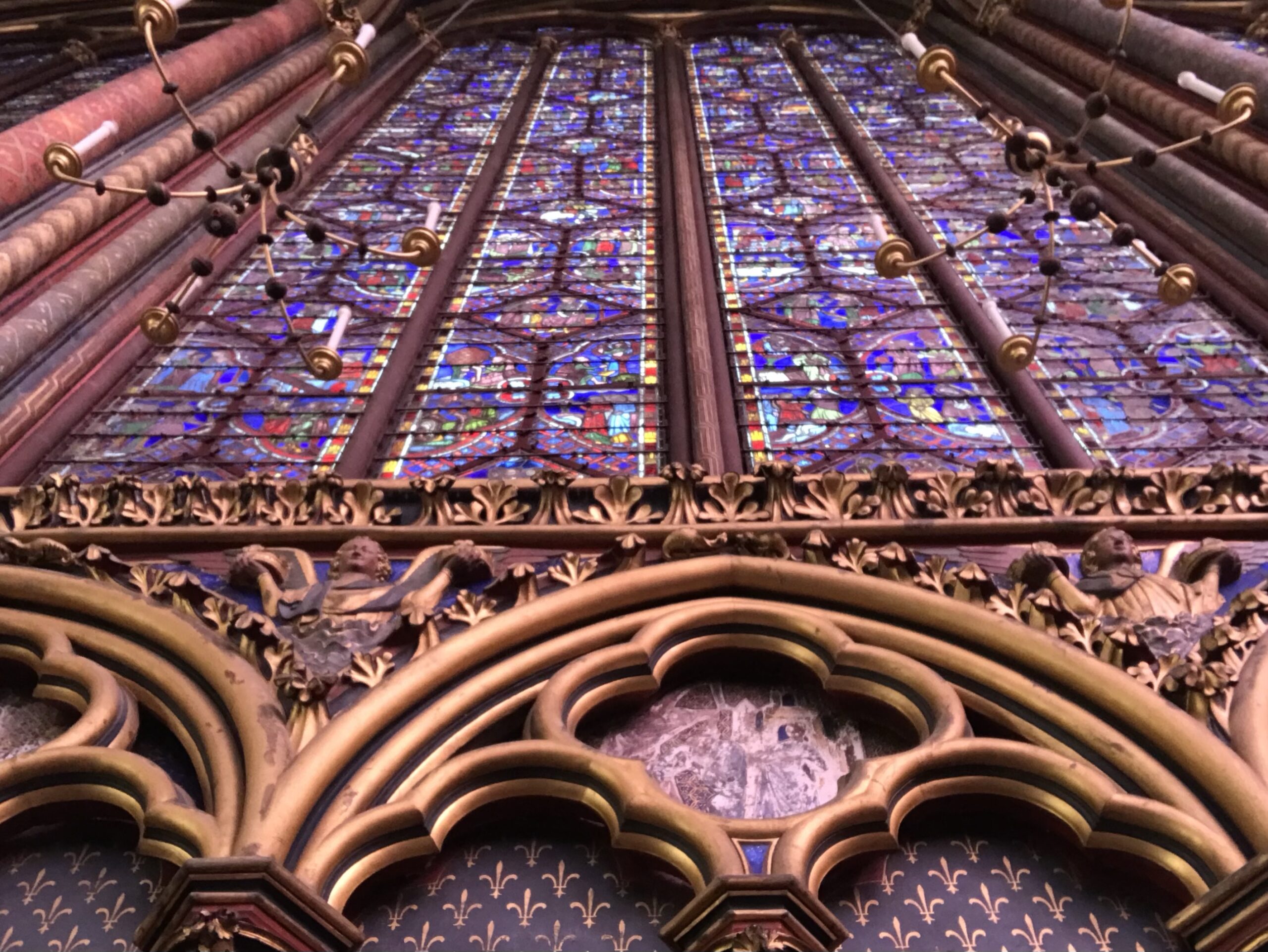
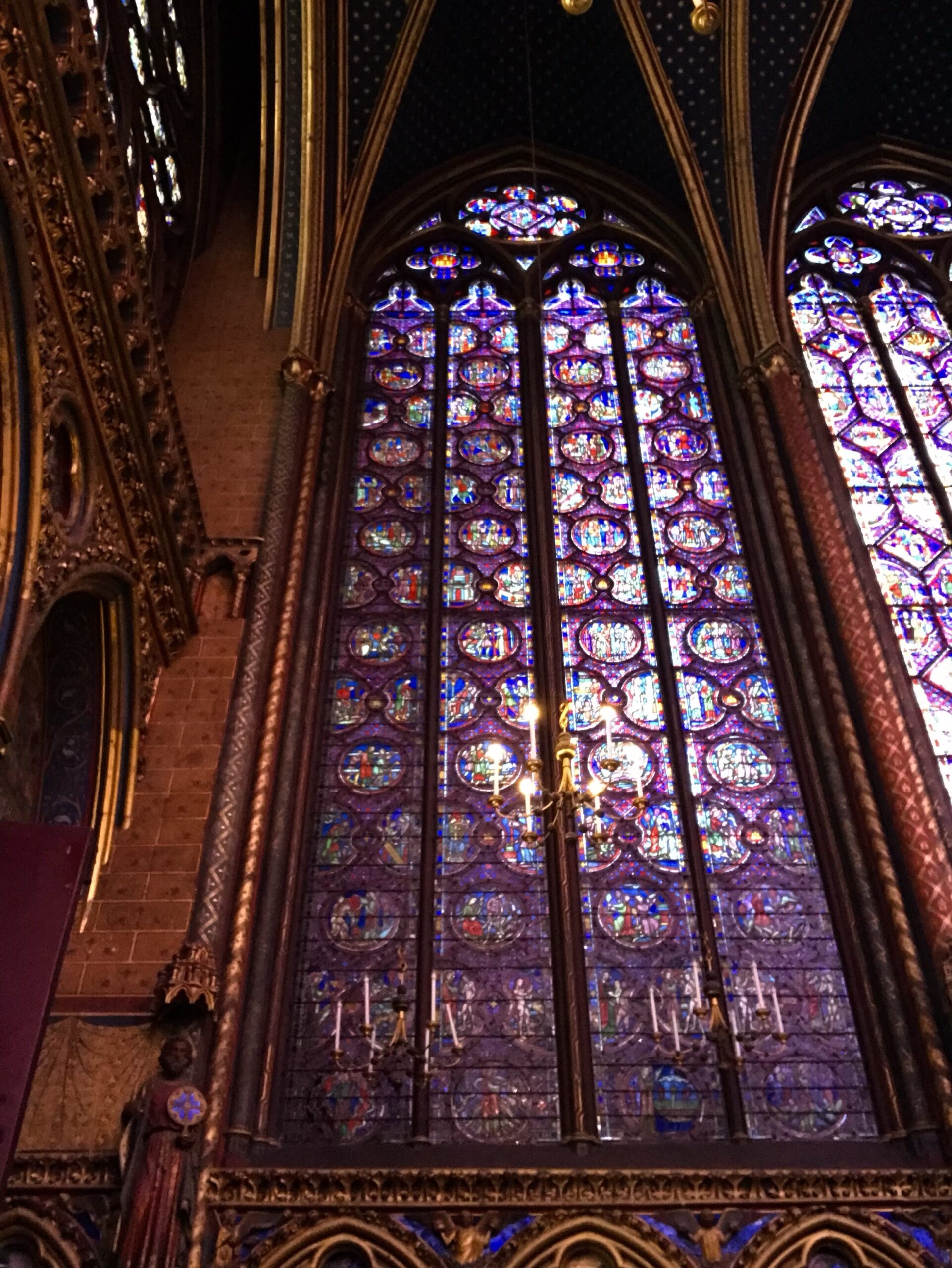
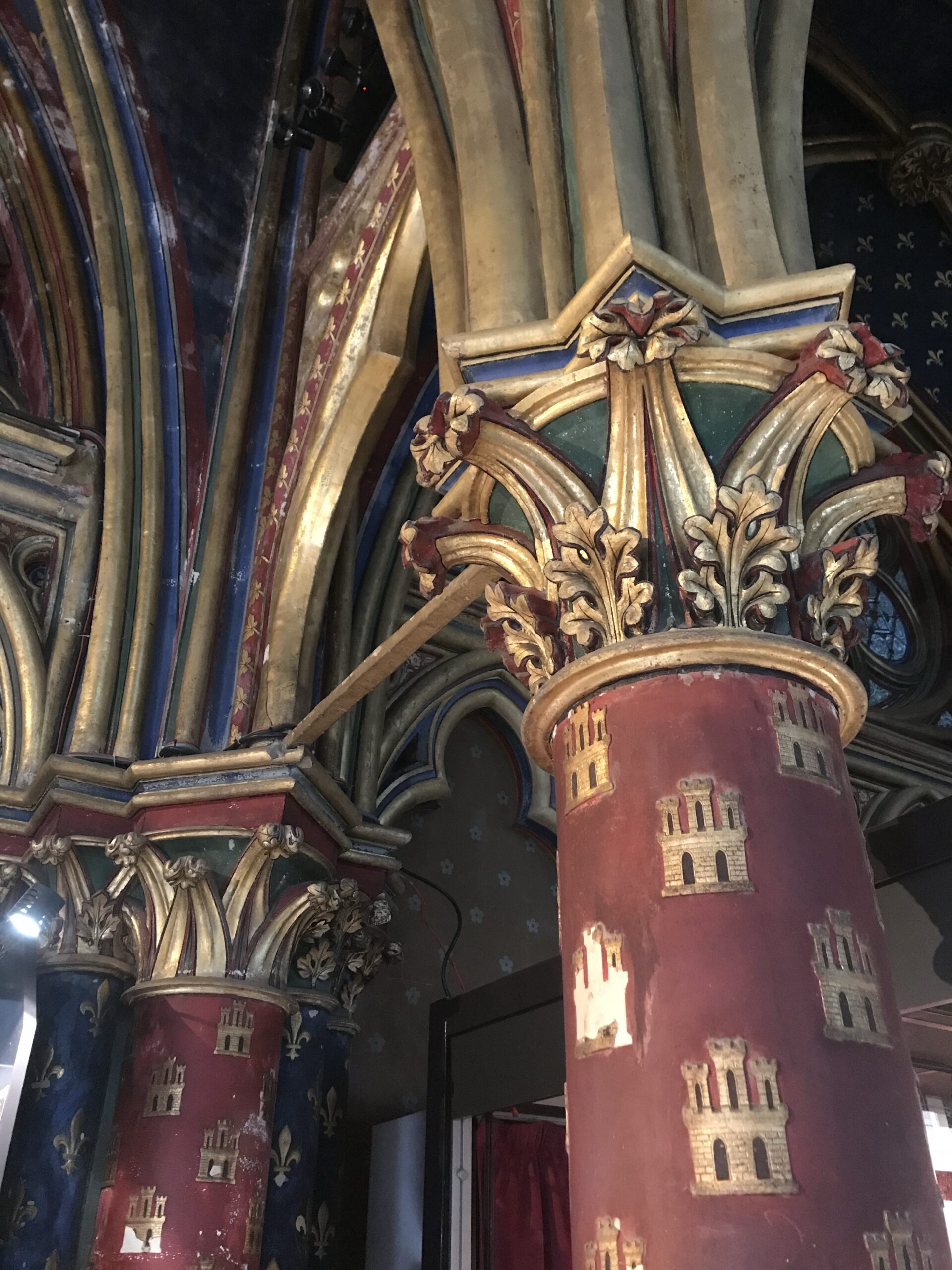
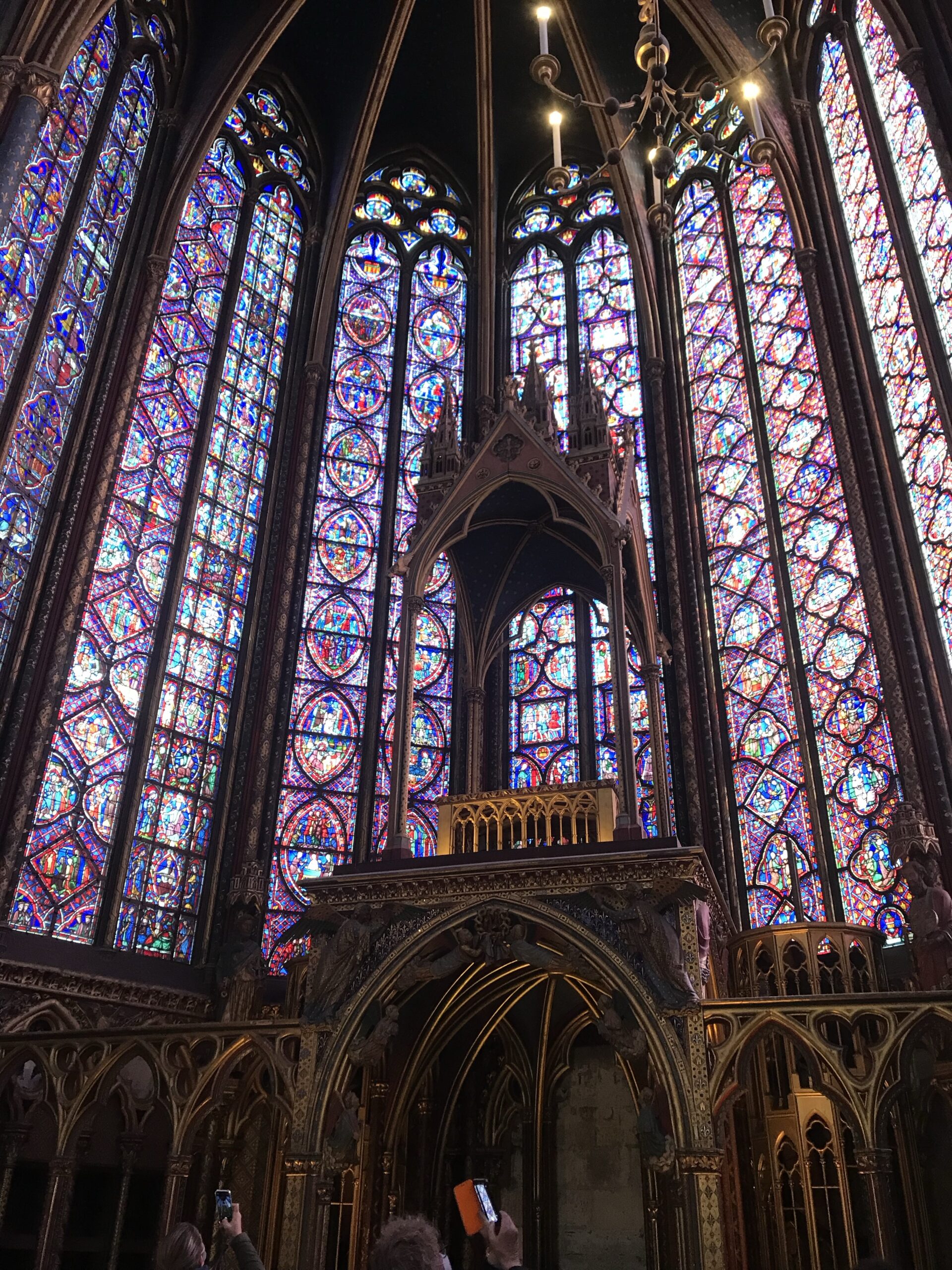
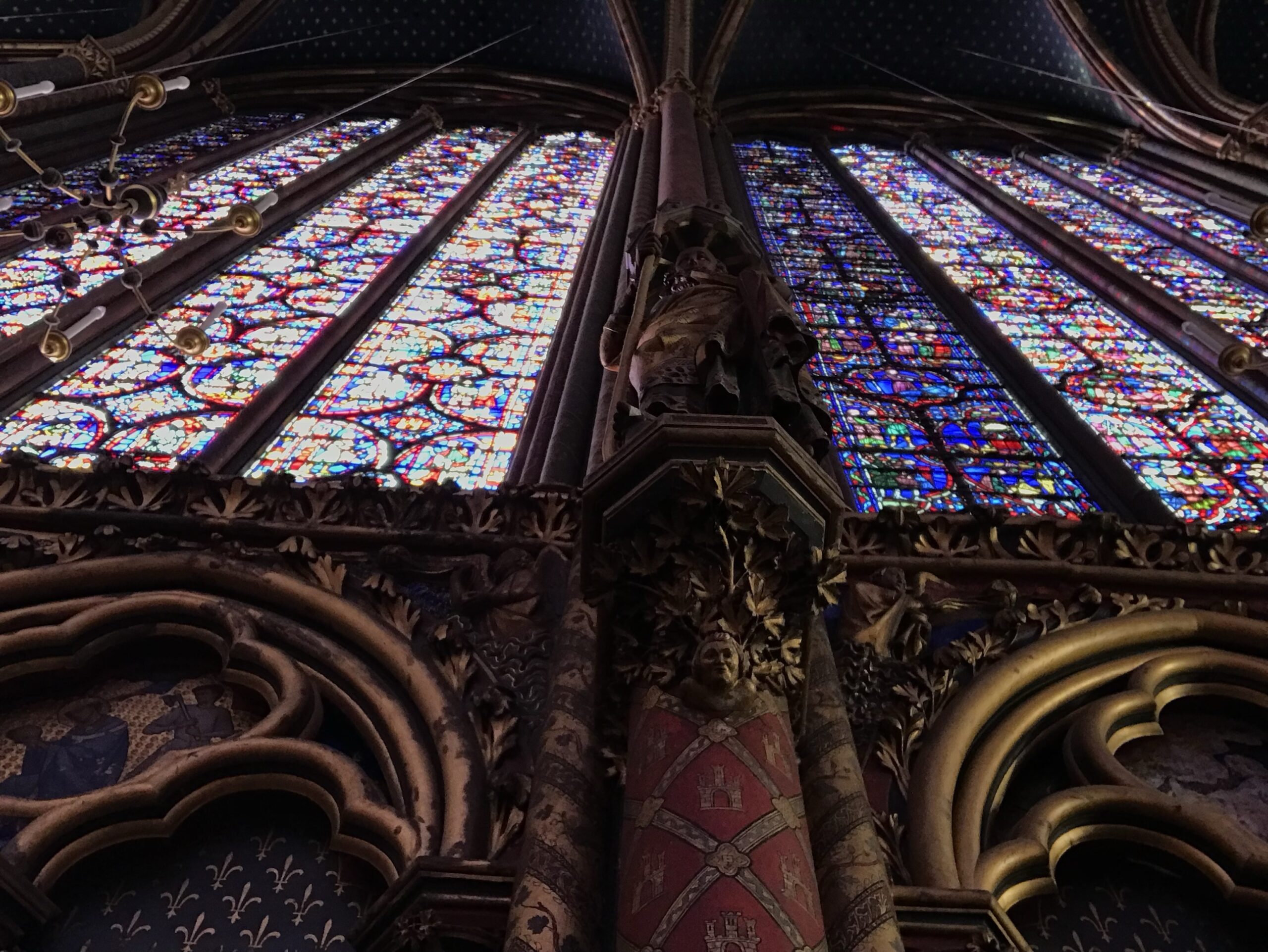
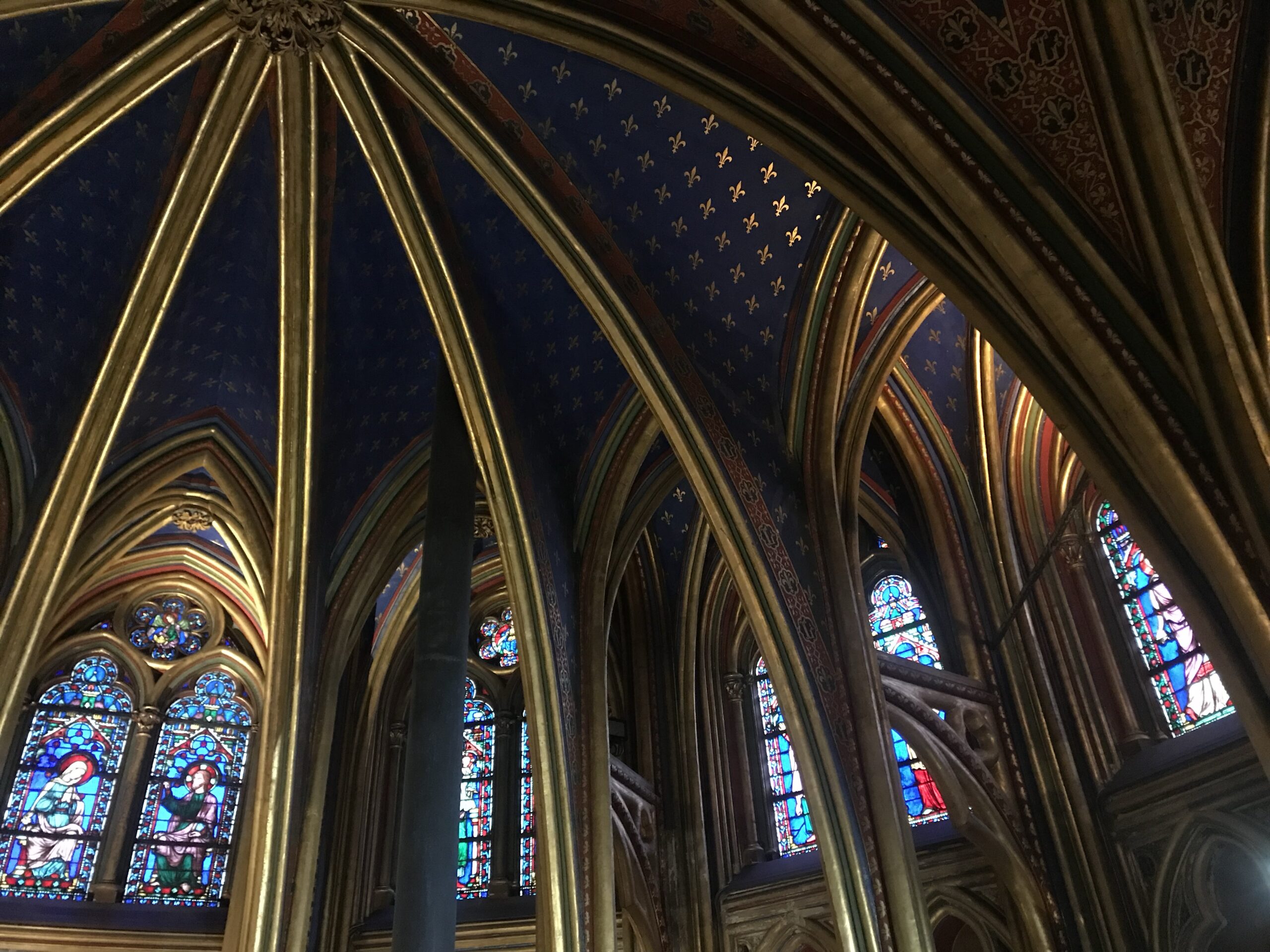
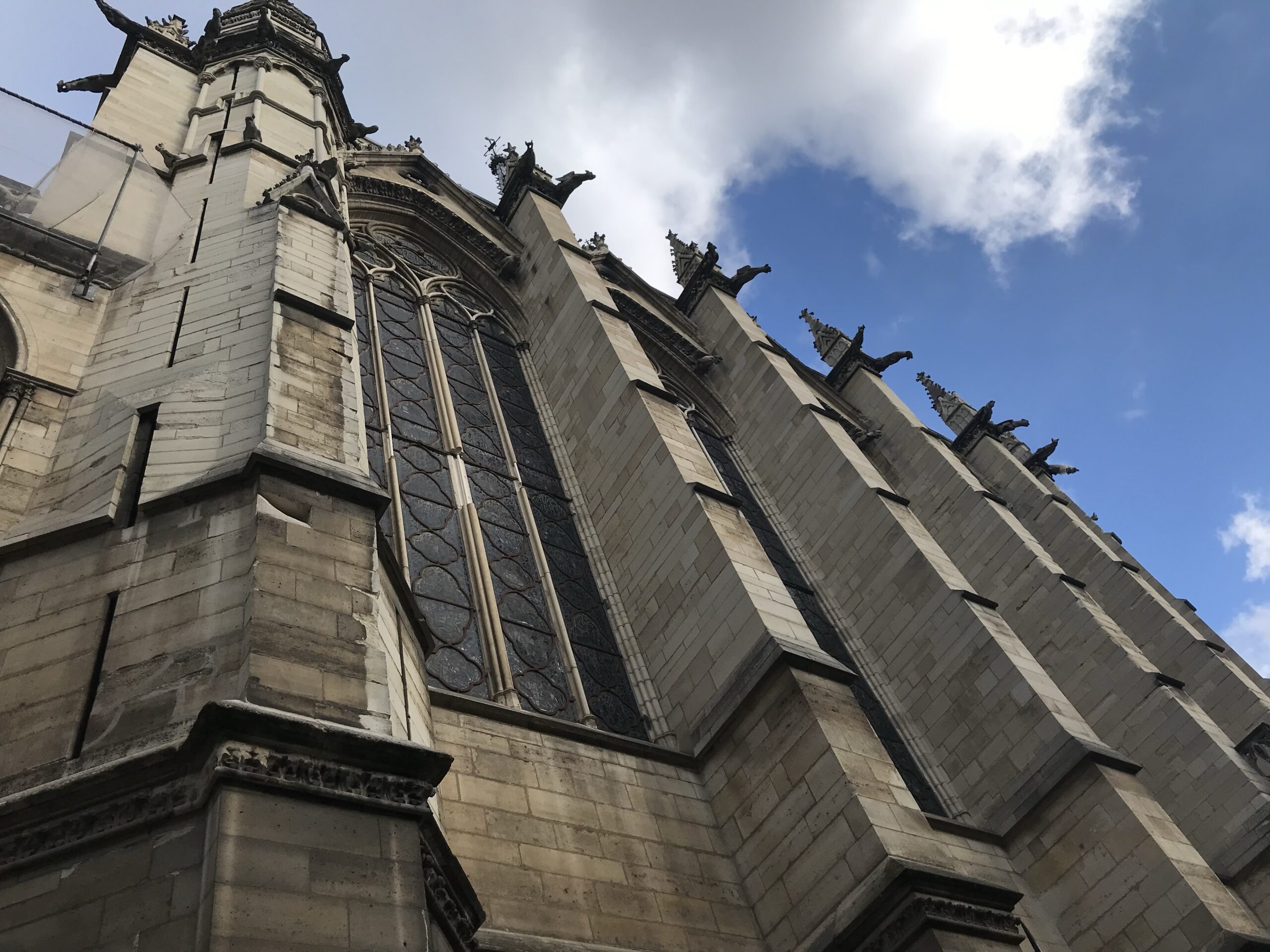
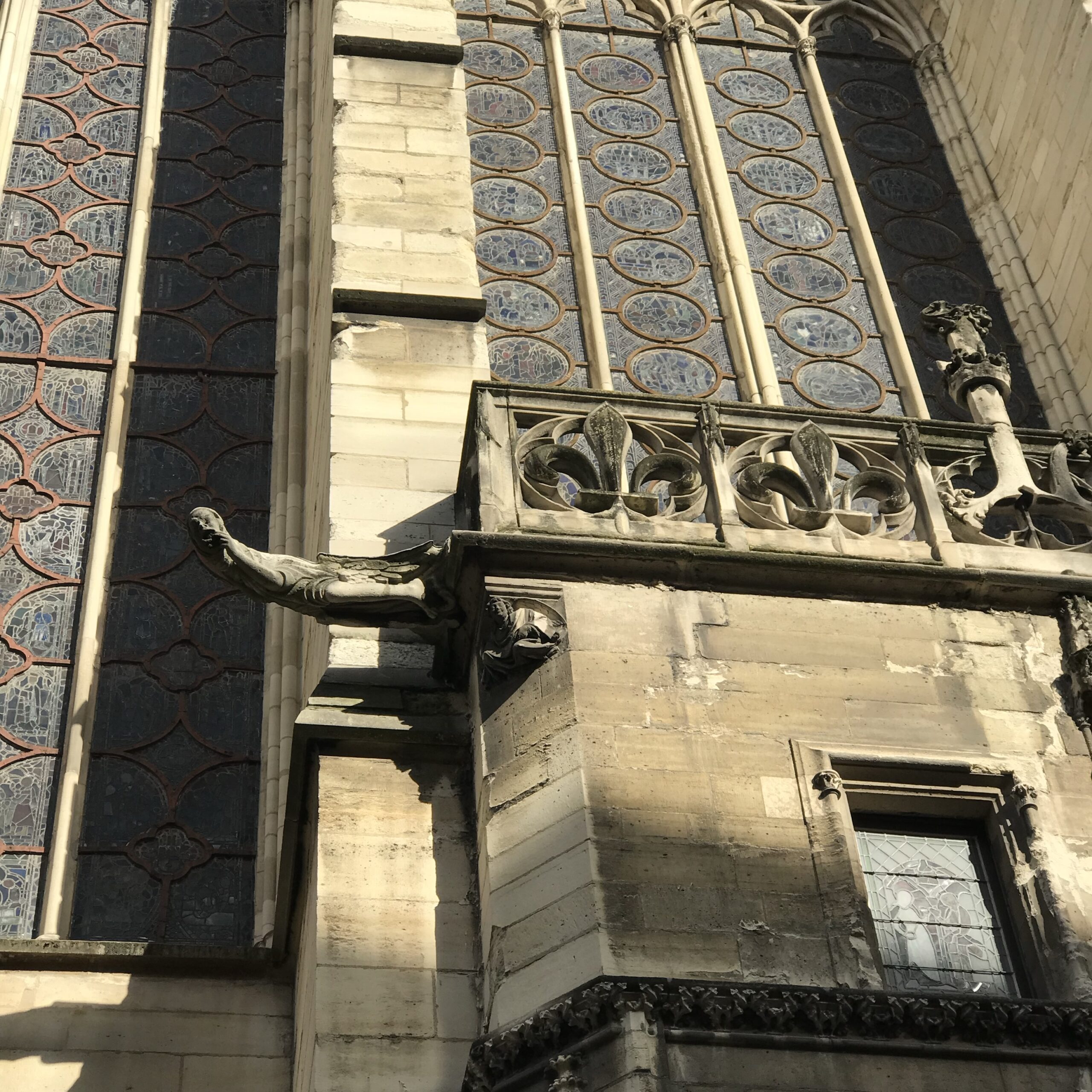

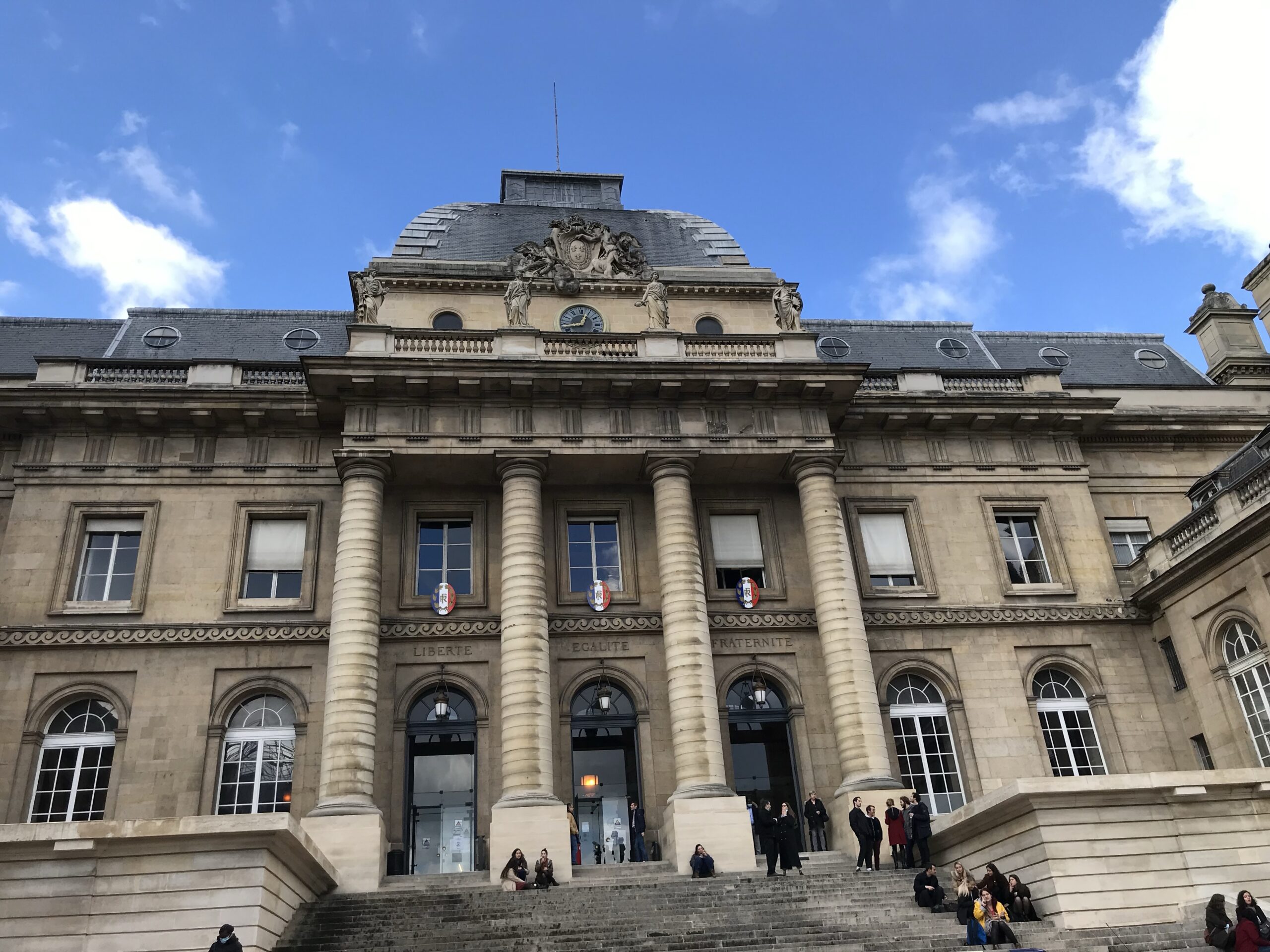
Port de Suffren
Engineers observe early 20th-century quay construction and houseboat utilities. Architects enjoy the uninterrupted views to the Eiffel Tower. Historians seek out river adventure plaques. Sailors use it as a main Seine embarkation point. Nature lovers look for swans and riverside poplars. Catholics have a nearby riverside chapel. Hikers begin riverside treks toward Bir-Hakeim. Quay walks are always free, always open.
Place de l’Odéon
In this semicircular square, engineers and architects consider its 18th-century urban layout and neoclassical théâtre. Historians recall its links with revolutionary and 1968 student protests. Sailors rest near Port de l’Odéon. Nature lovers enjoy café-side plane trees. Catholics can stop by Saint-Sulpice nearby. Hikers climb the lively slopes toward Luxembourg Gardens. Outdoor spaces are free and open at all times.
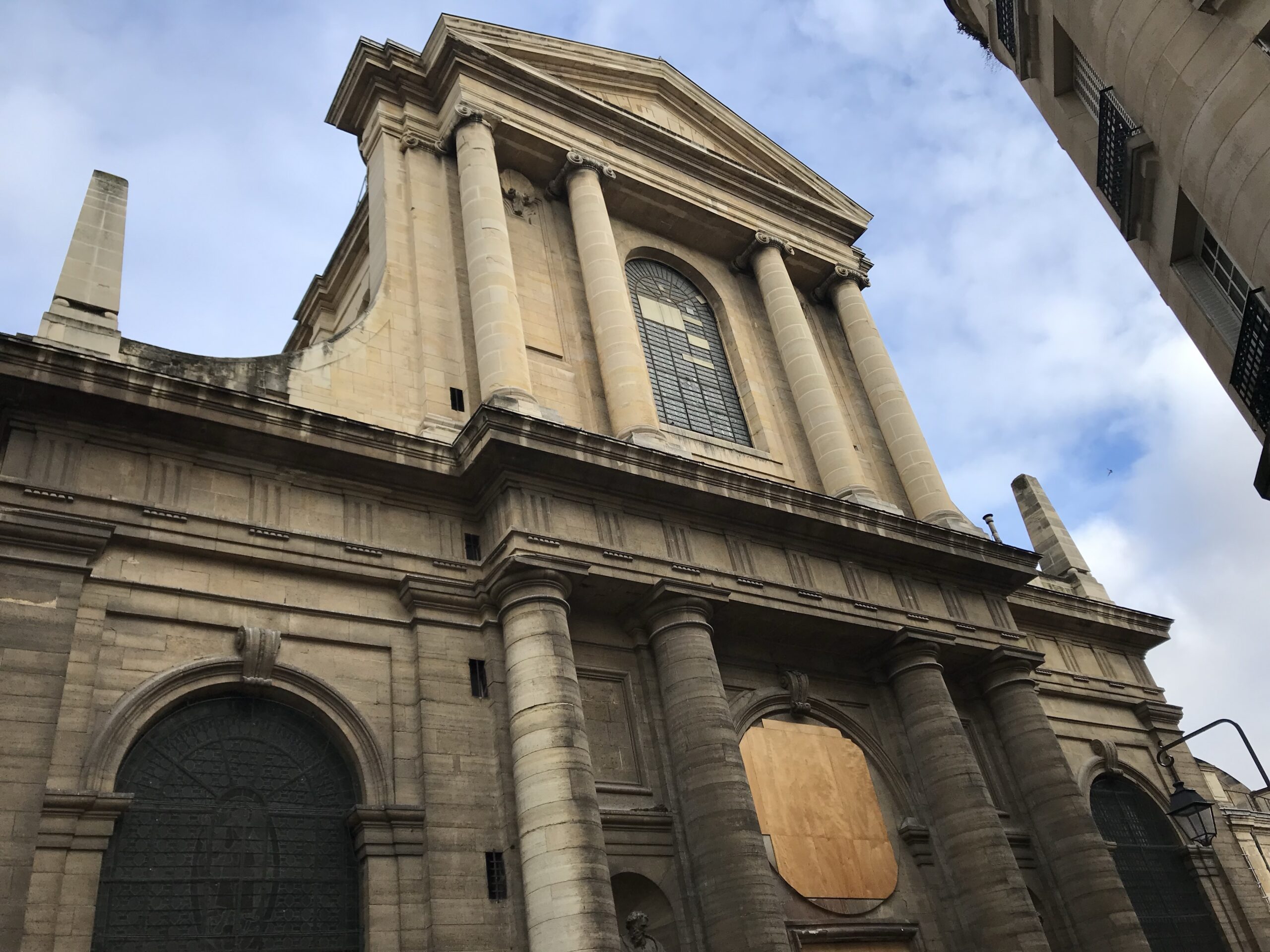
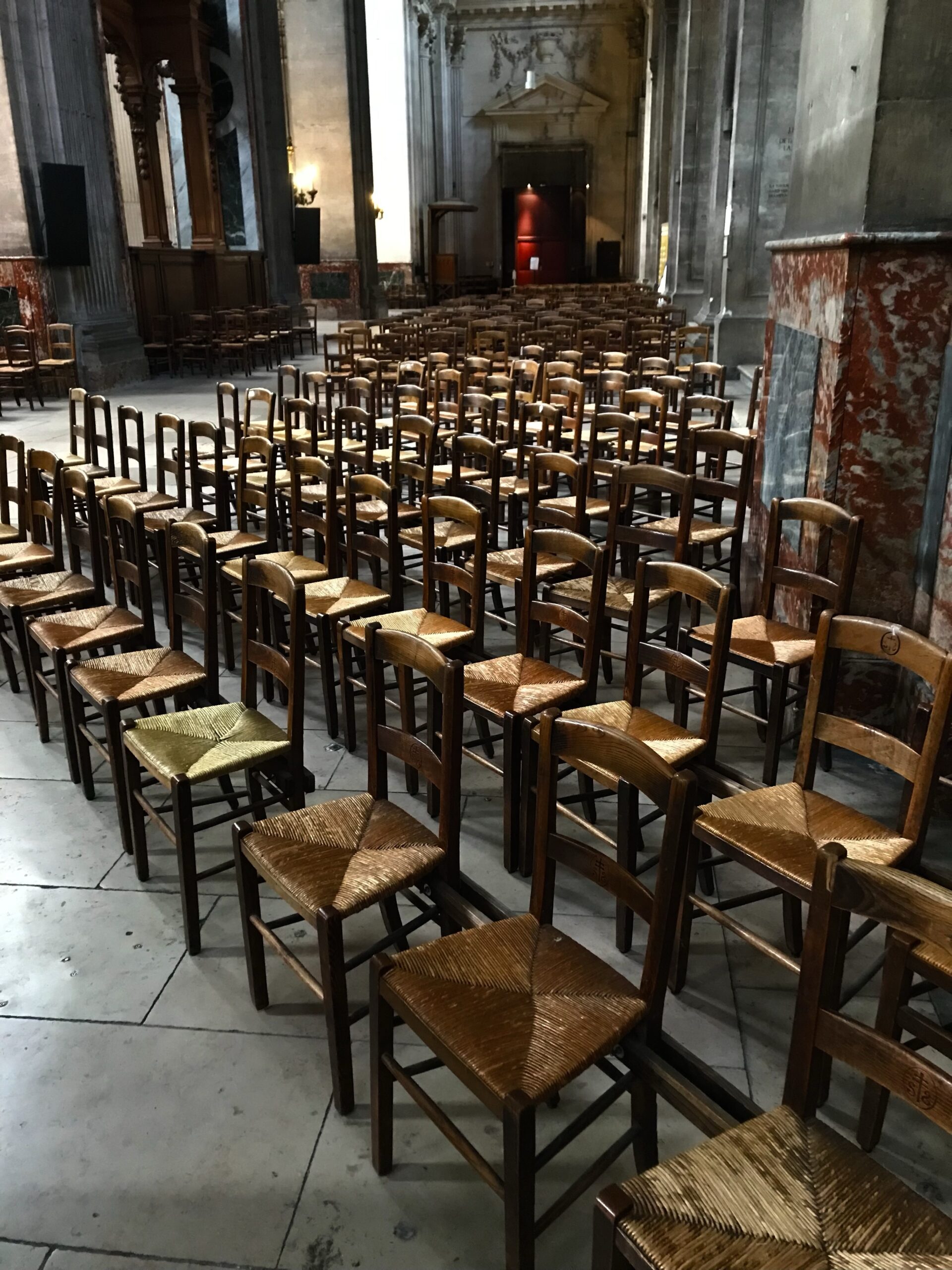
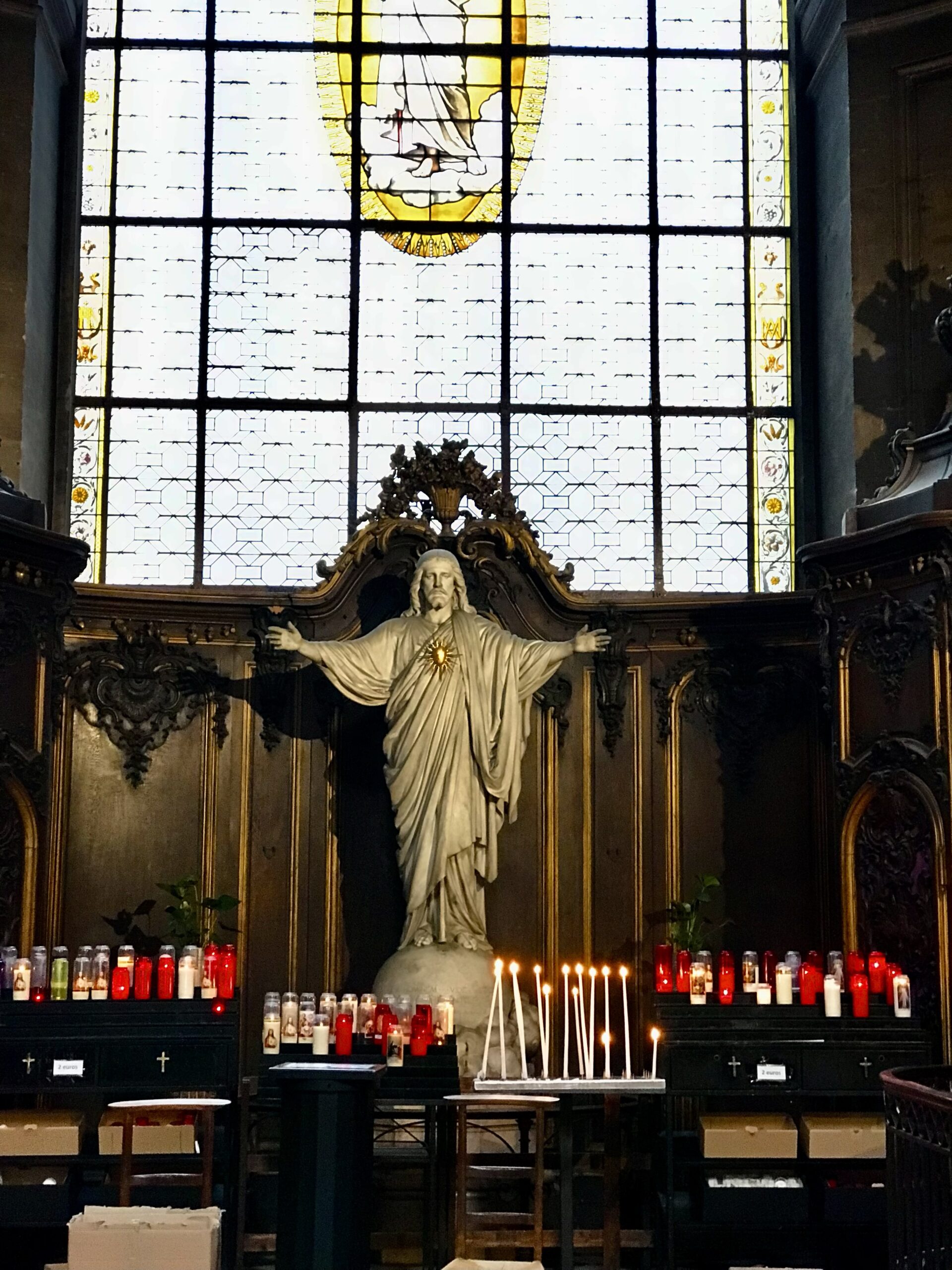
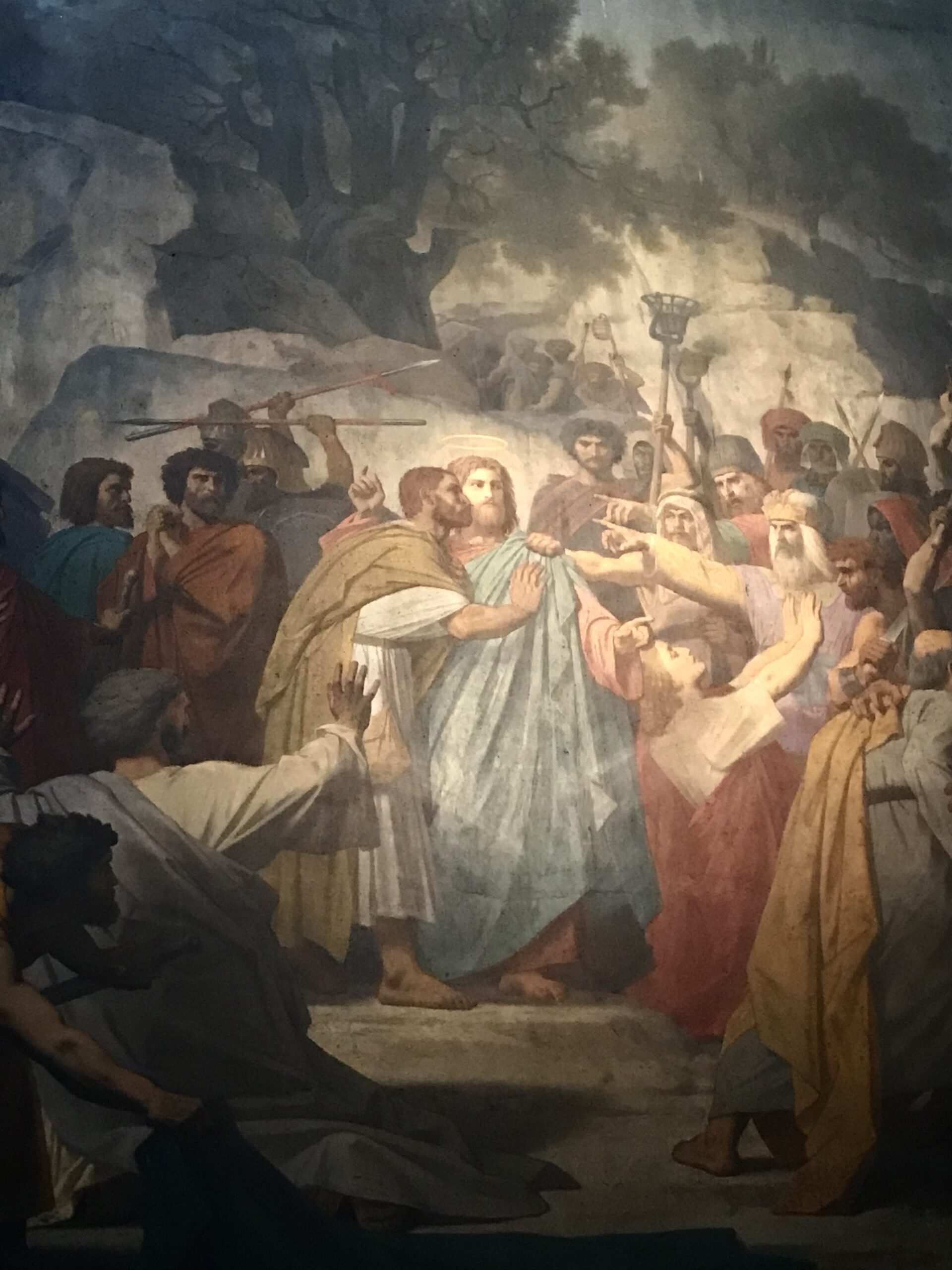
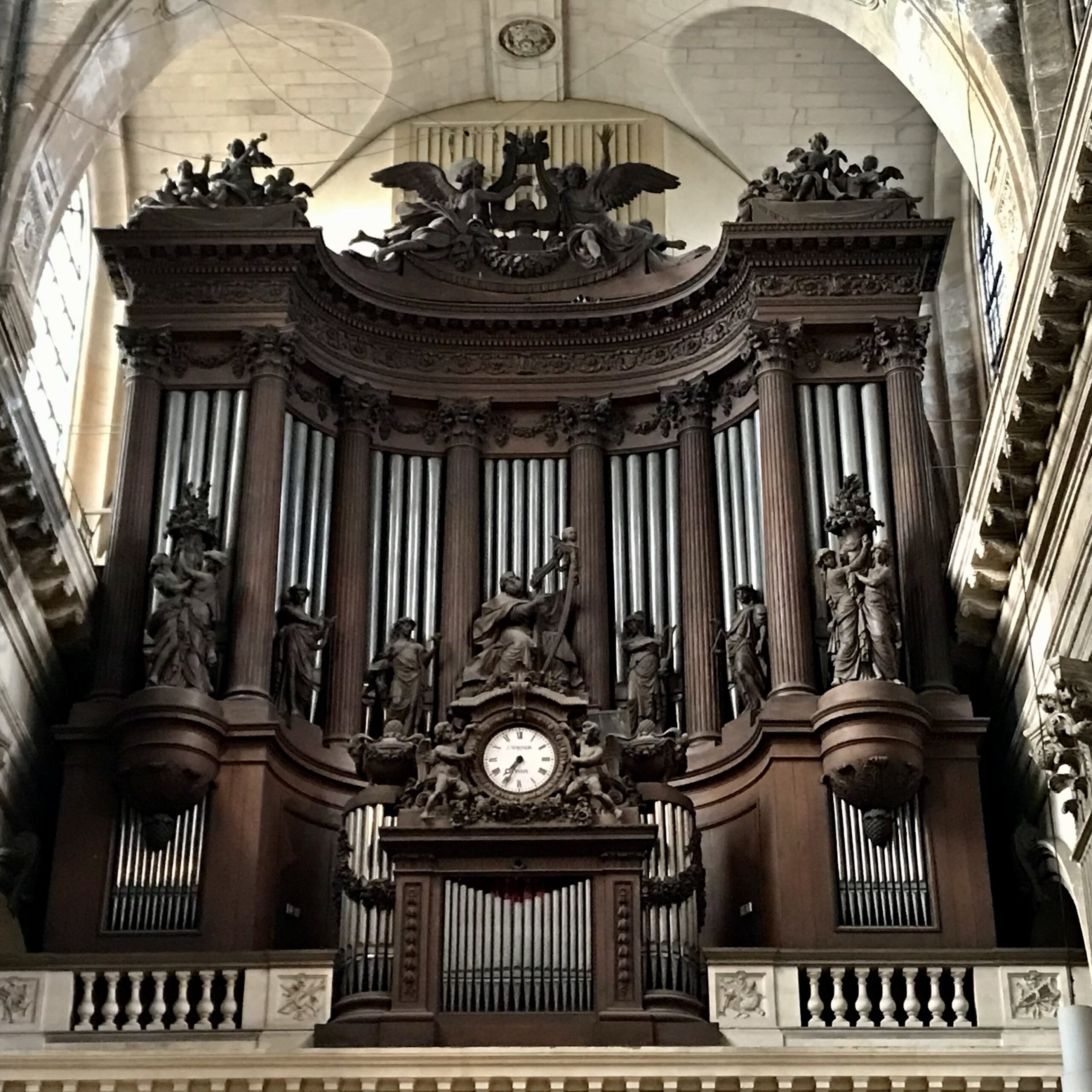
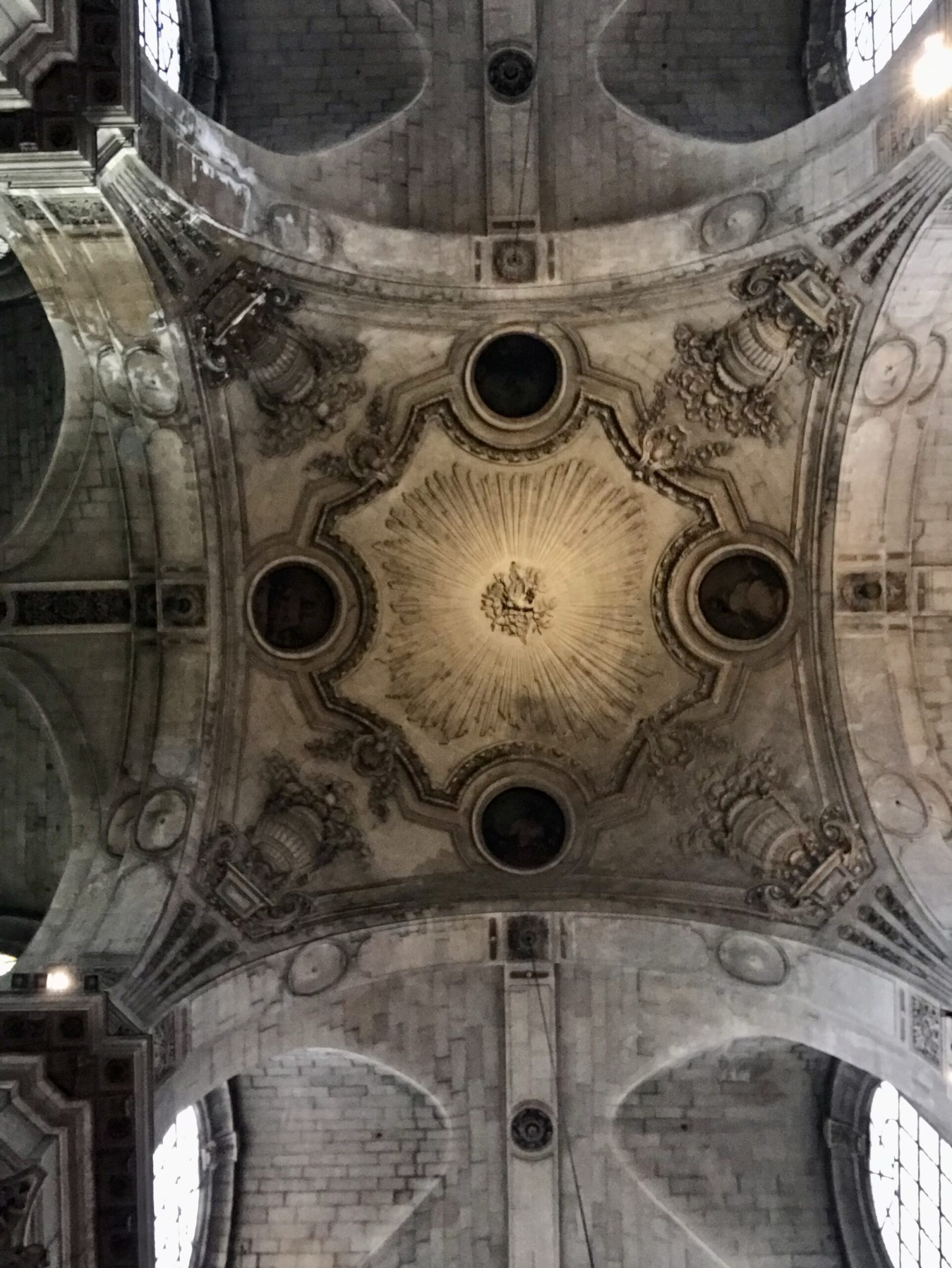
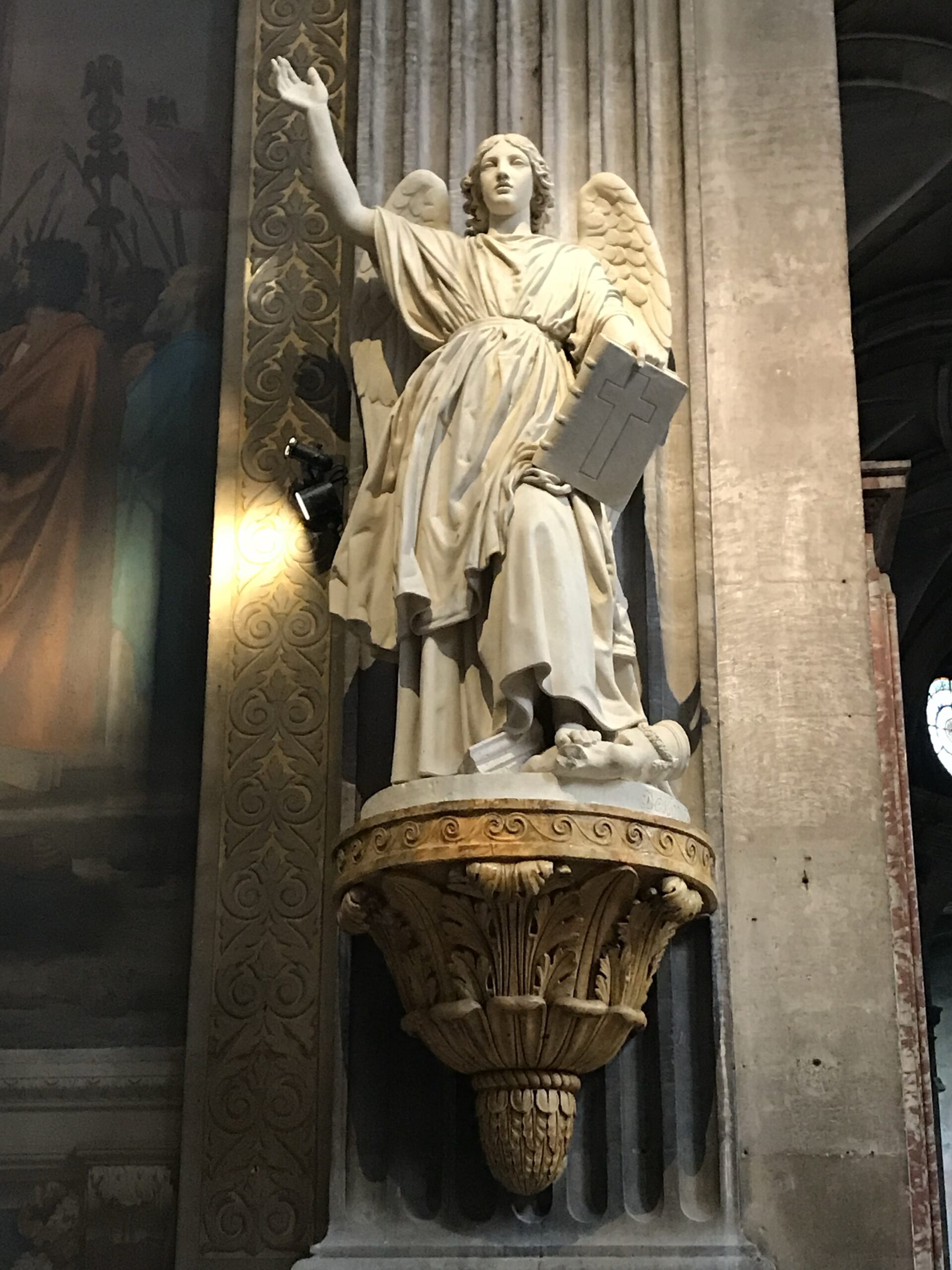
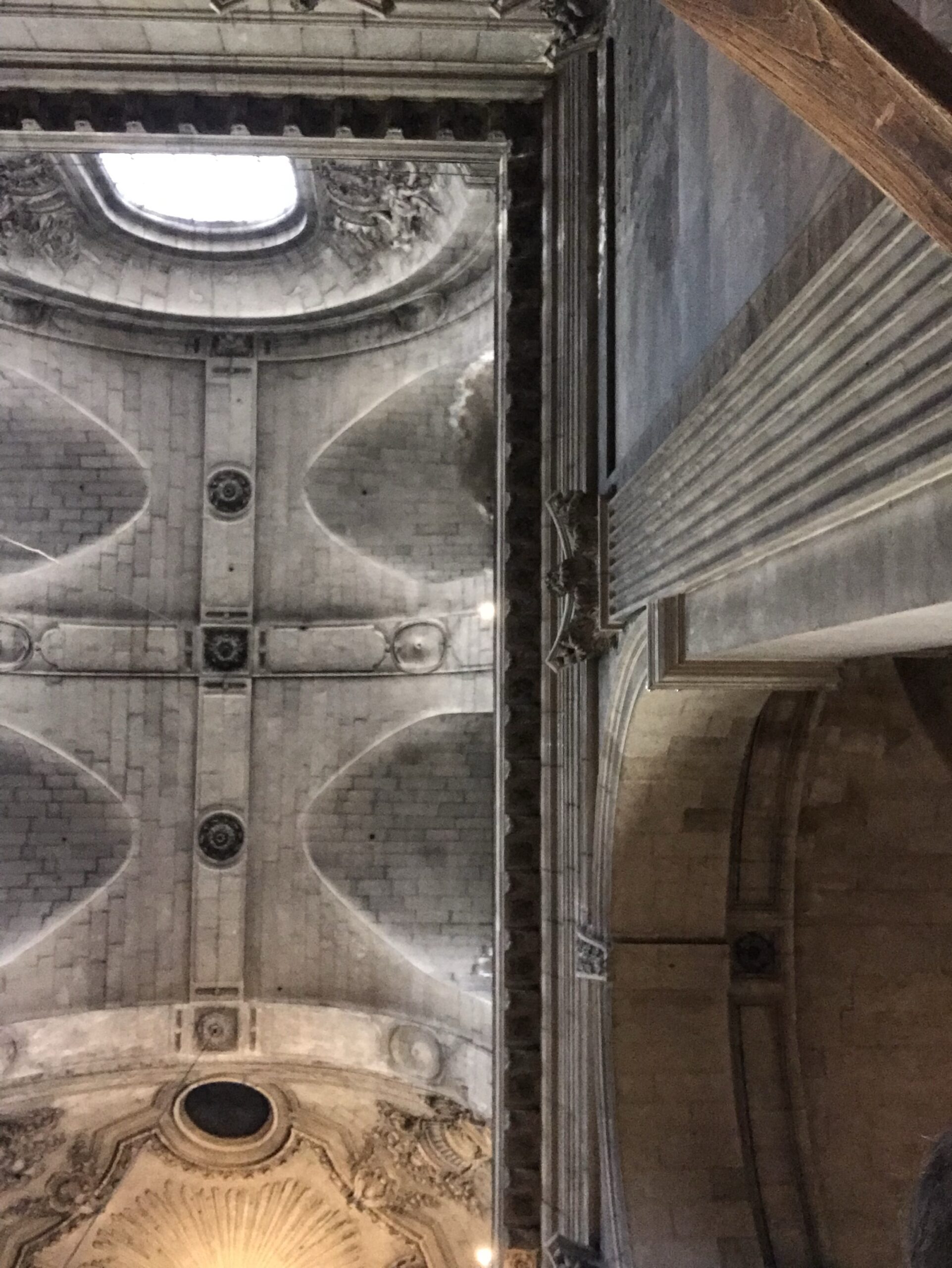
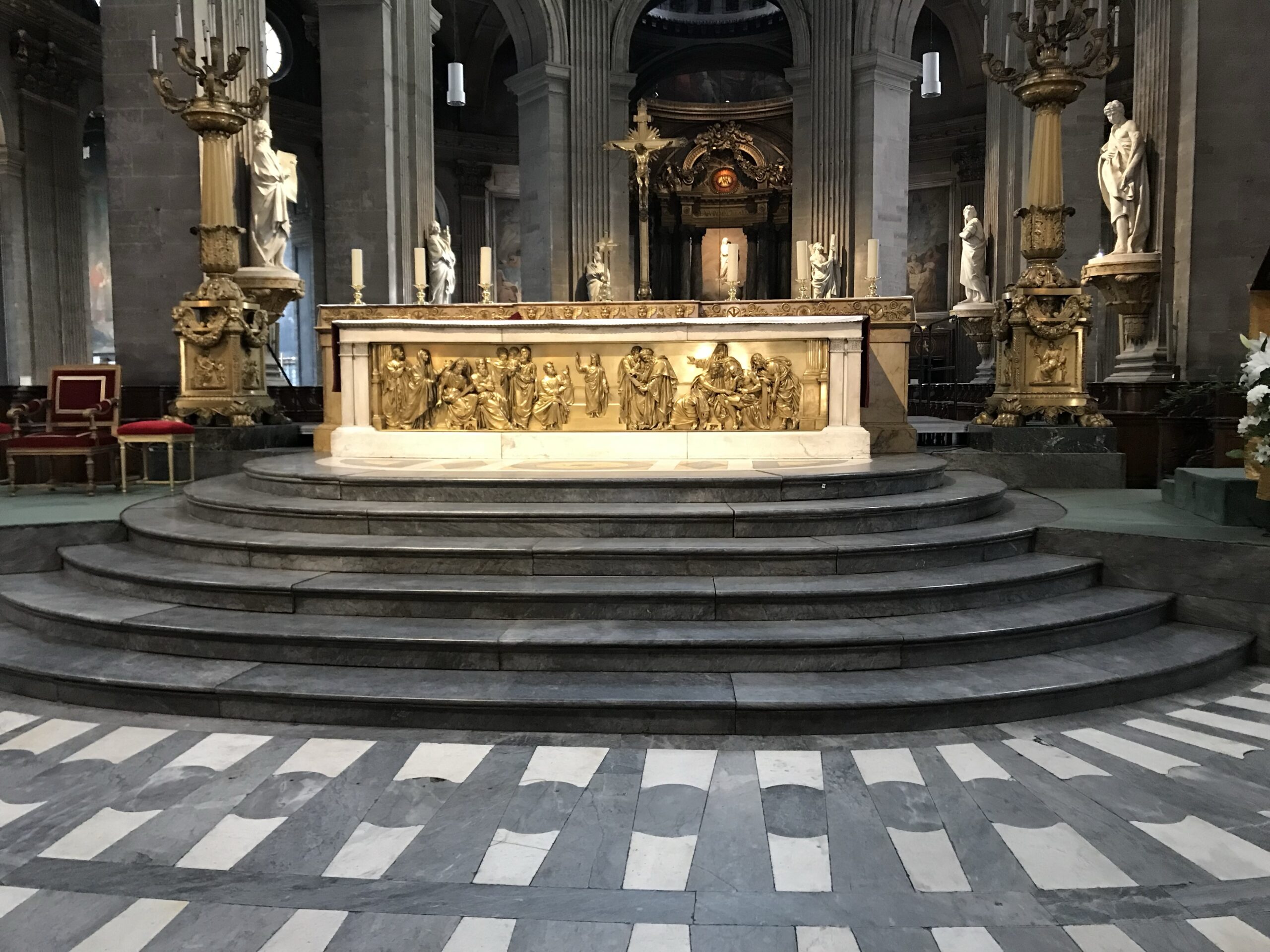
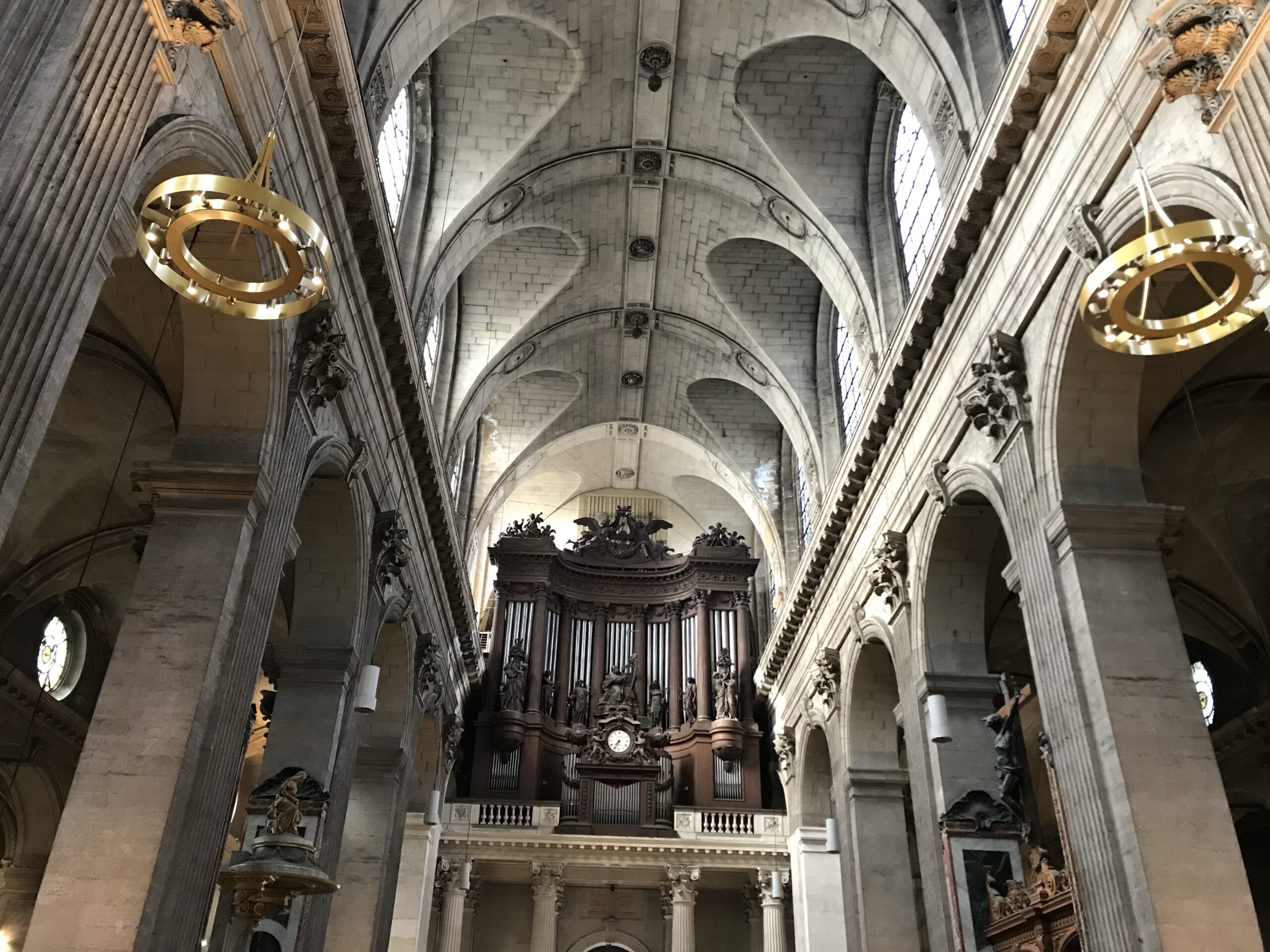

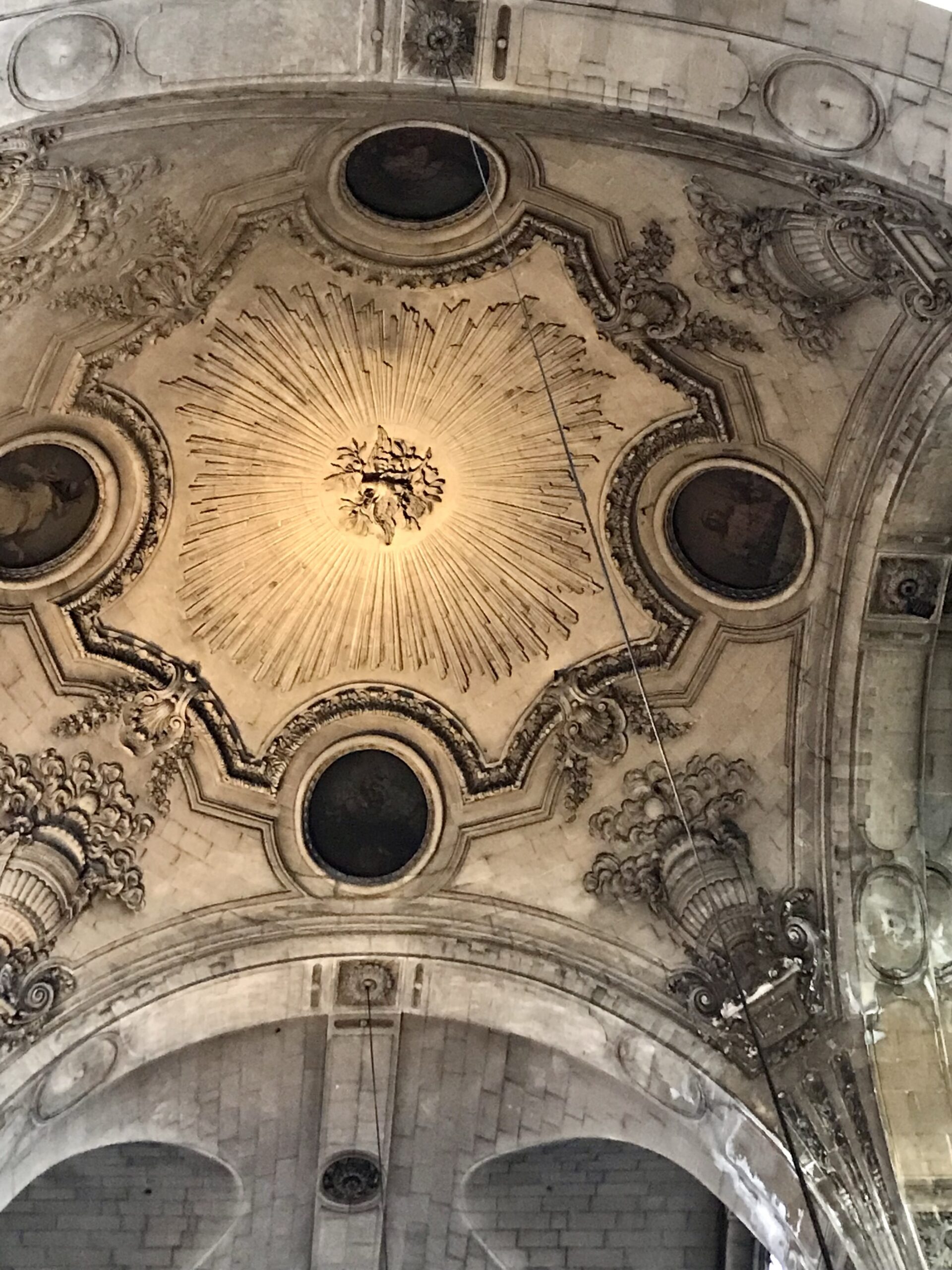
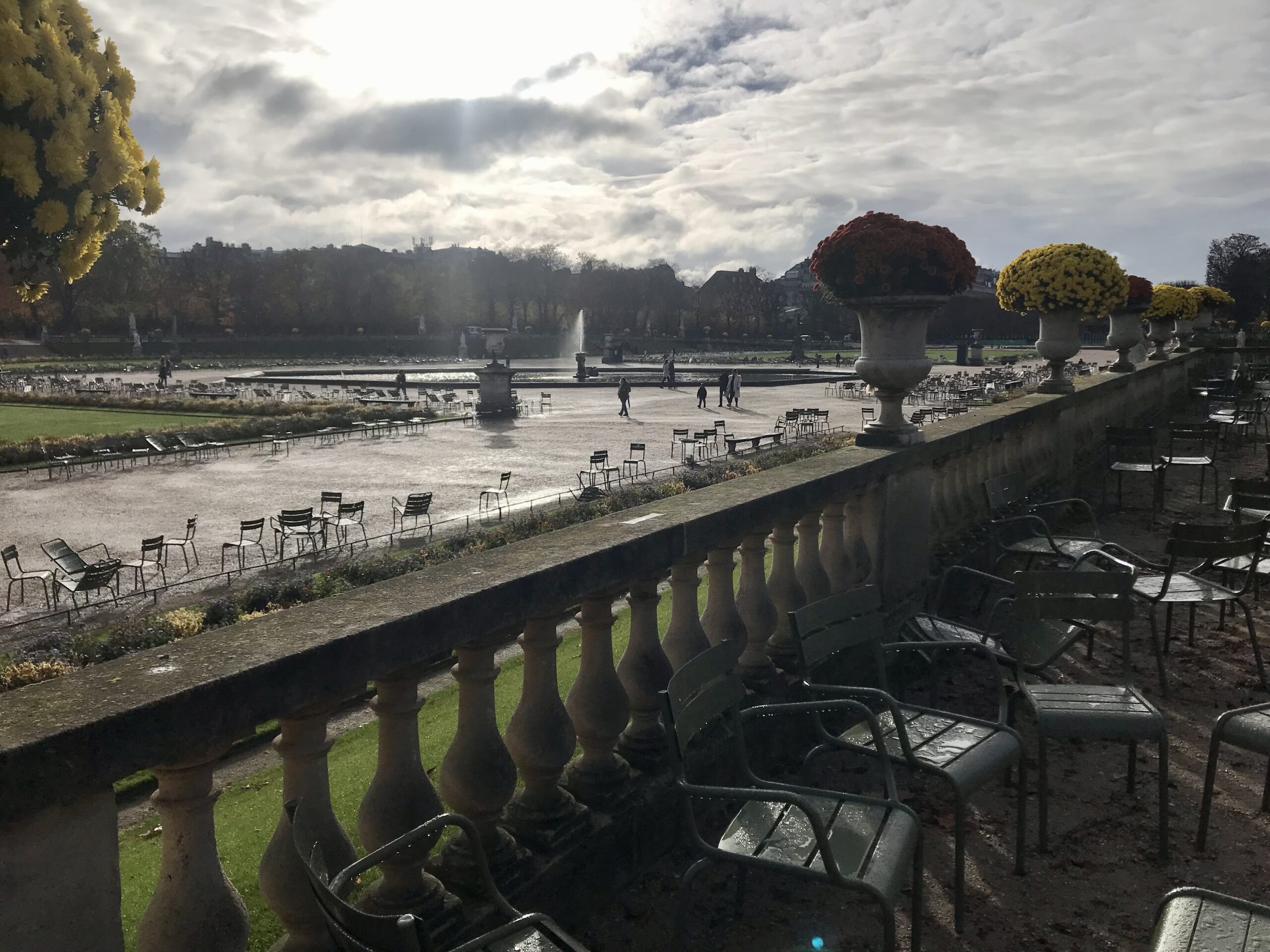
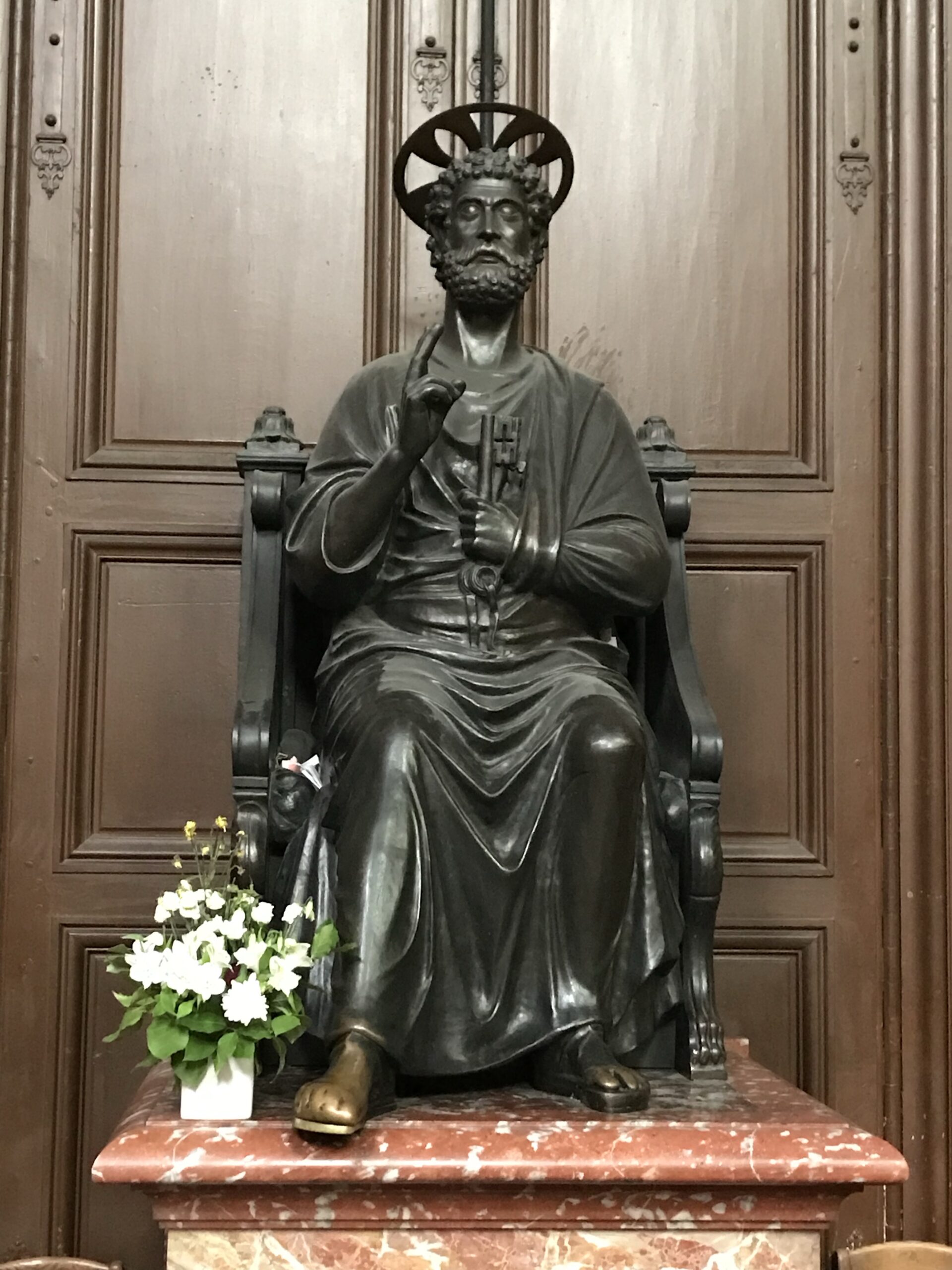
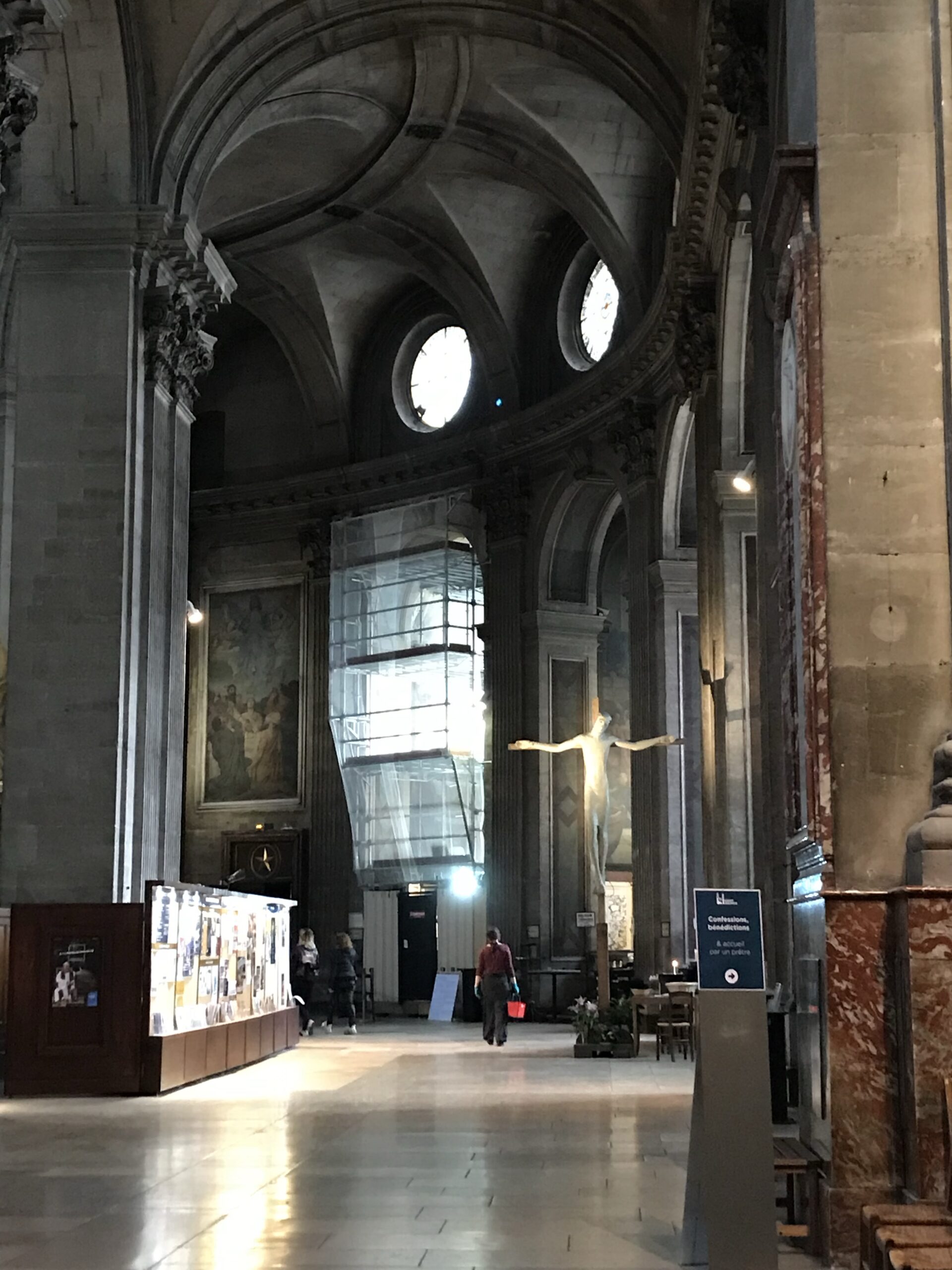
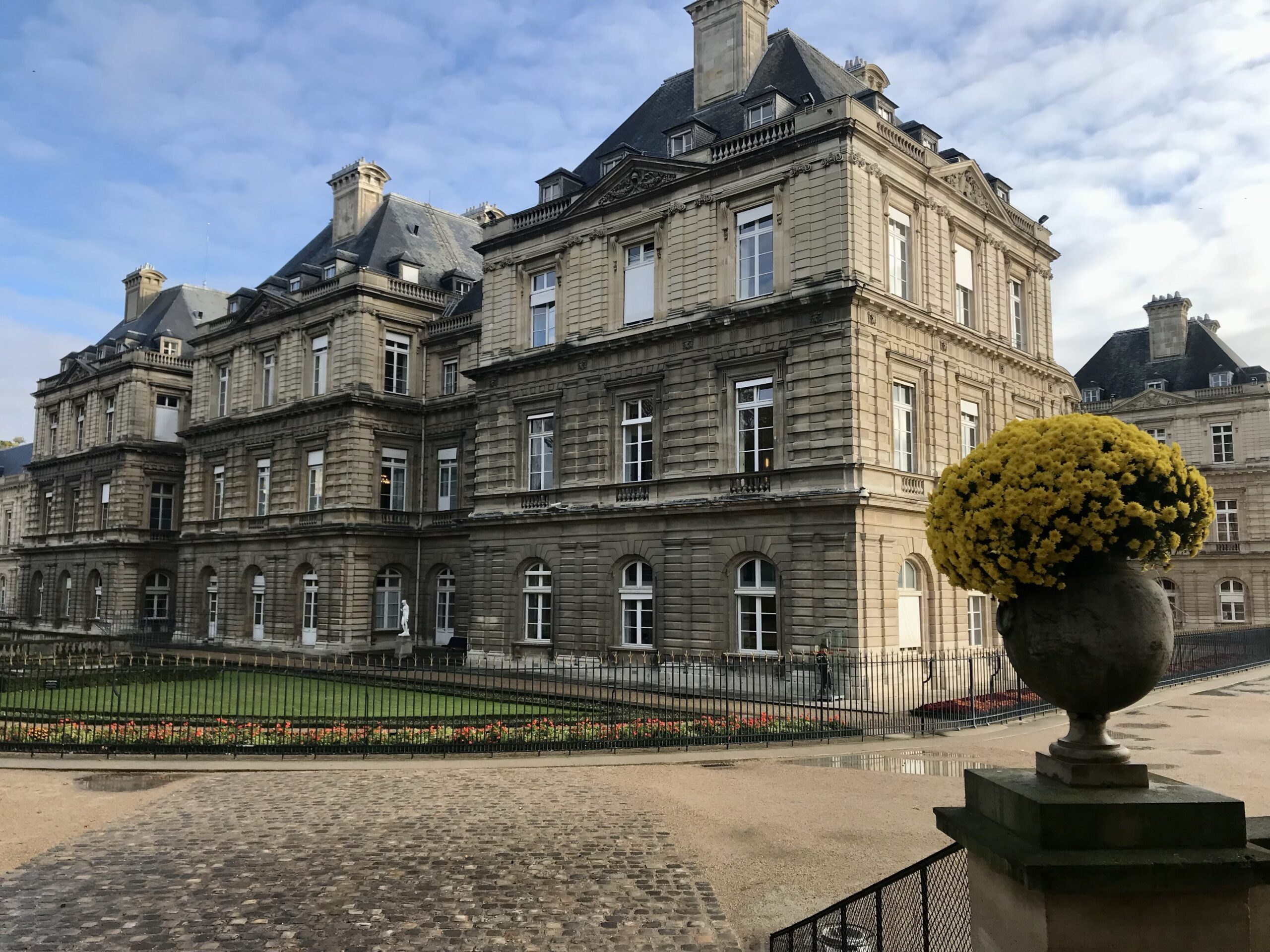
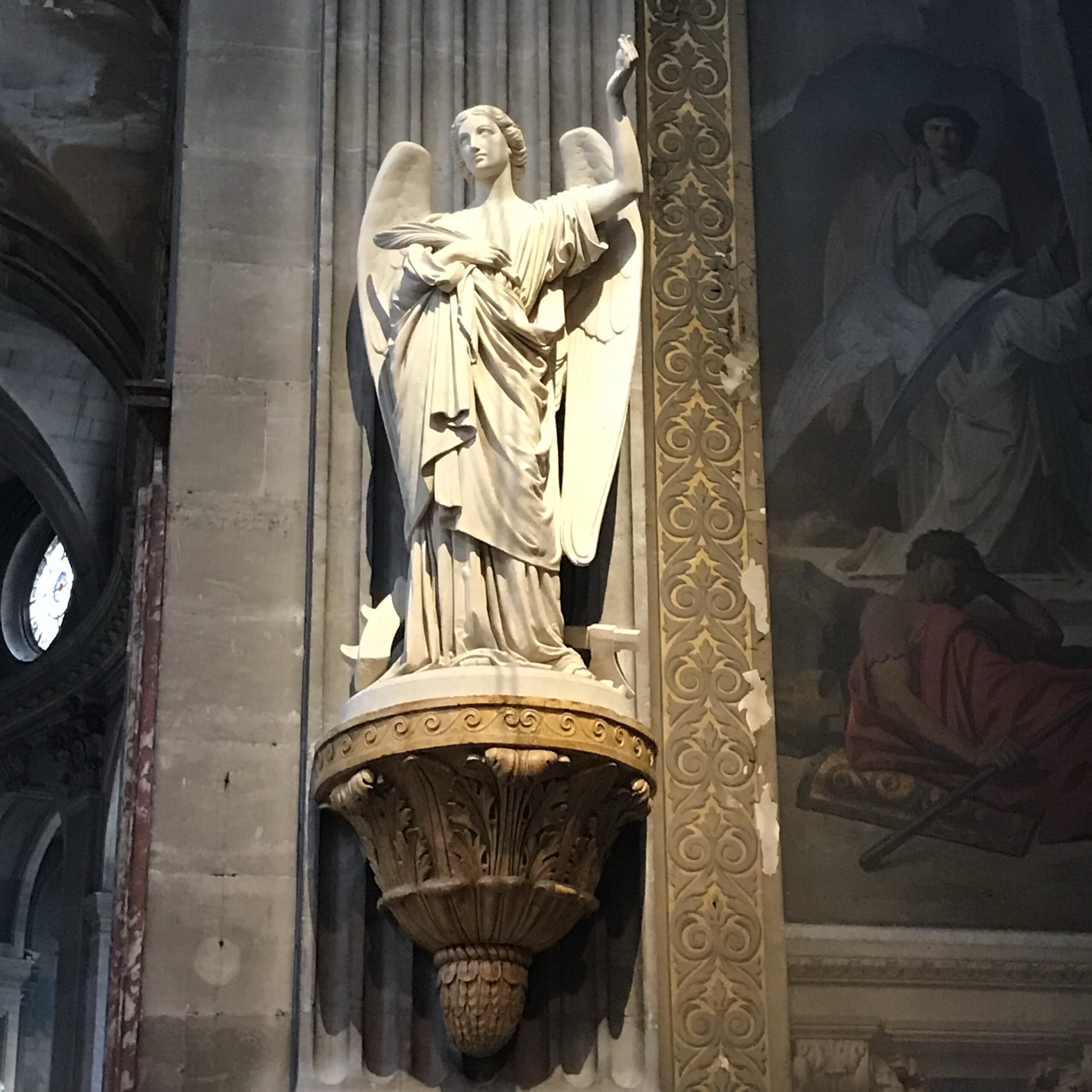
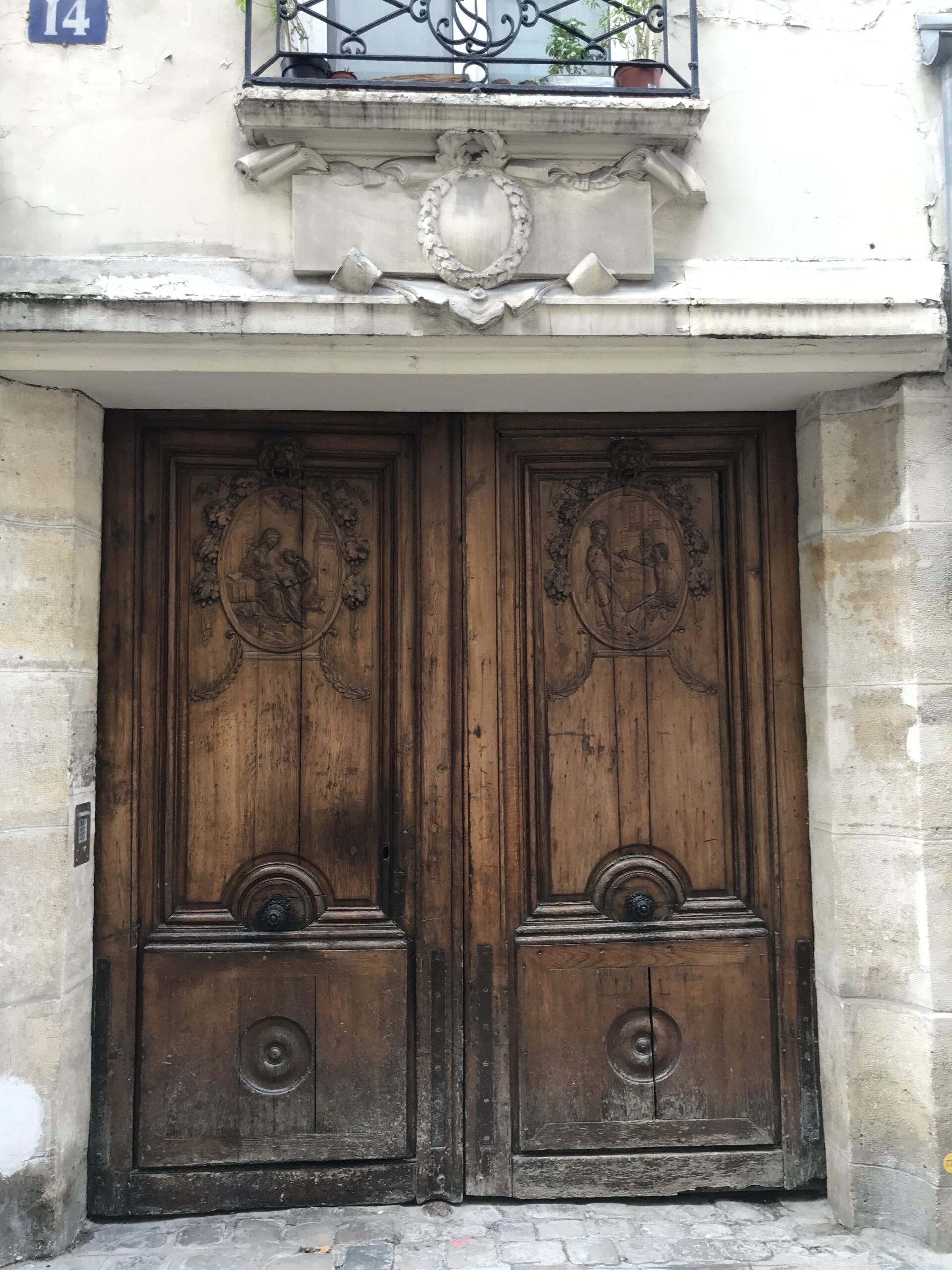
This narrative structure showcases each site’s appeal from diverse perspectives, and provides practical, up-to-date operating information where relevant.
Sources